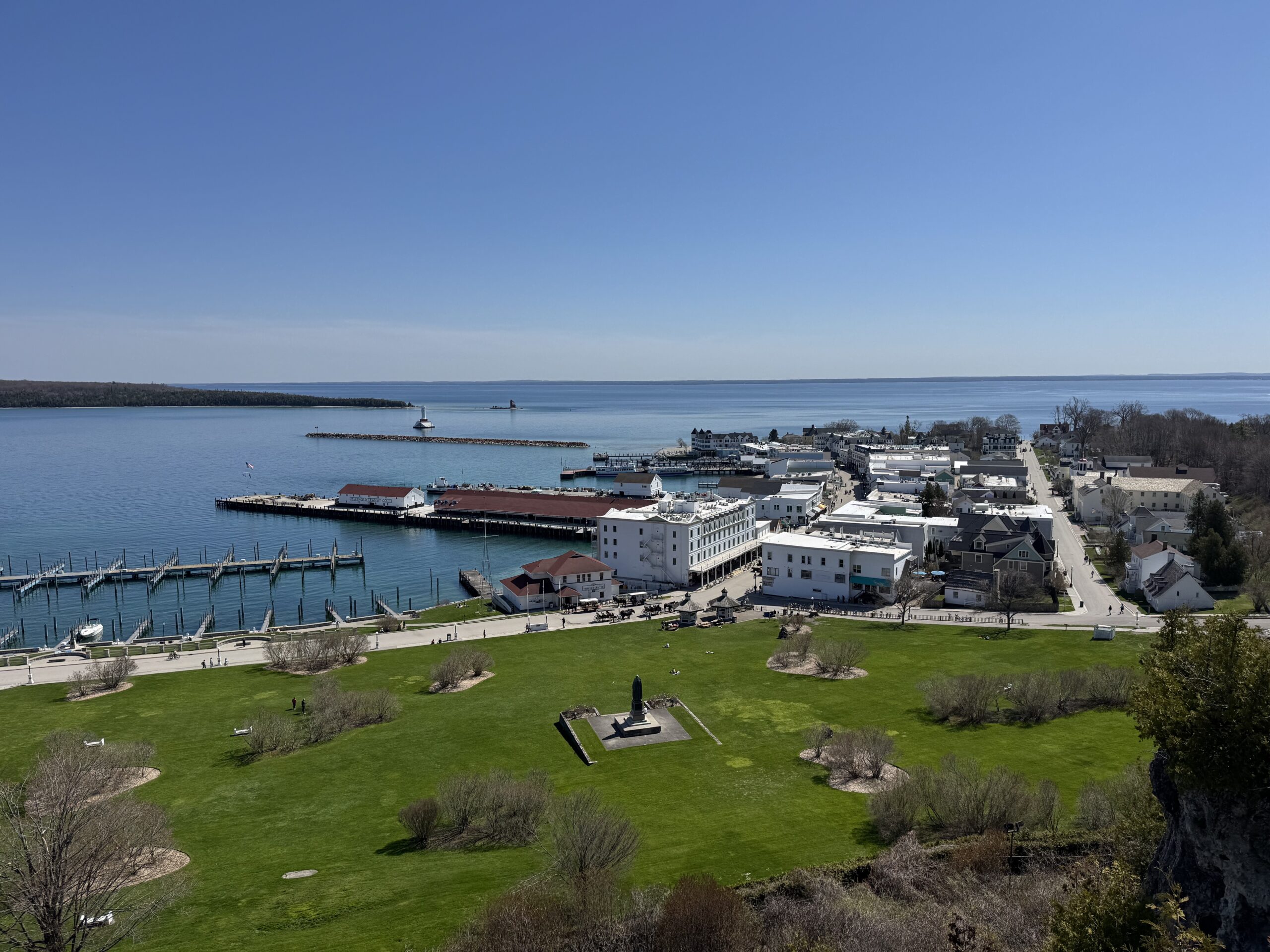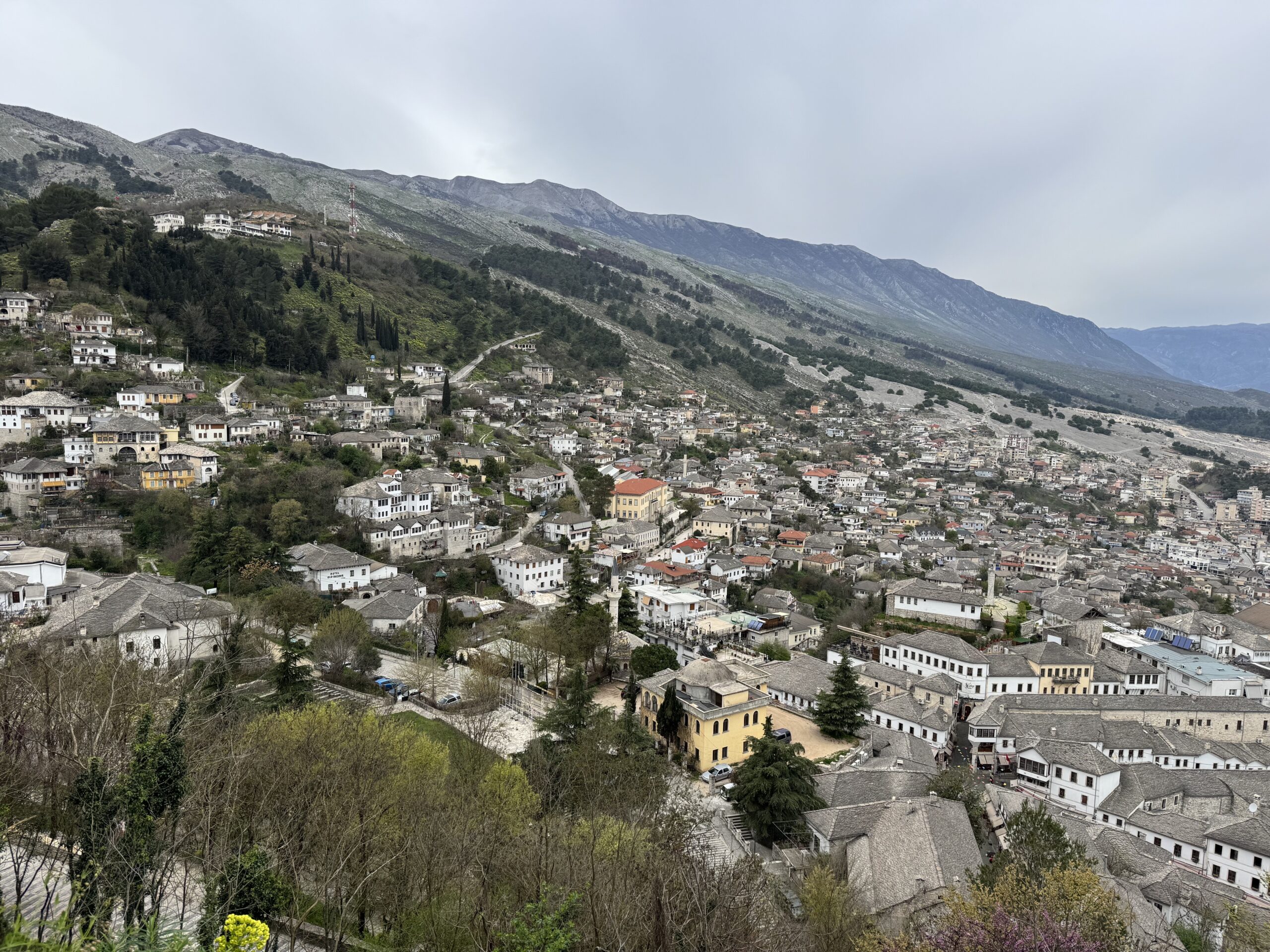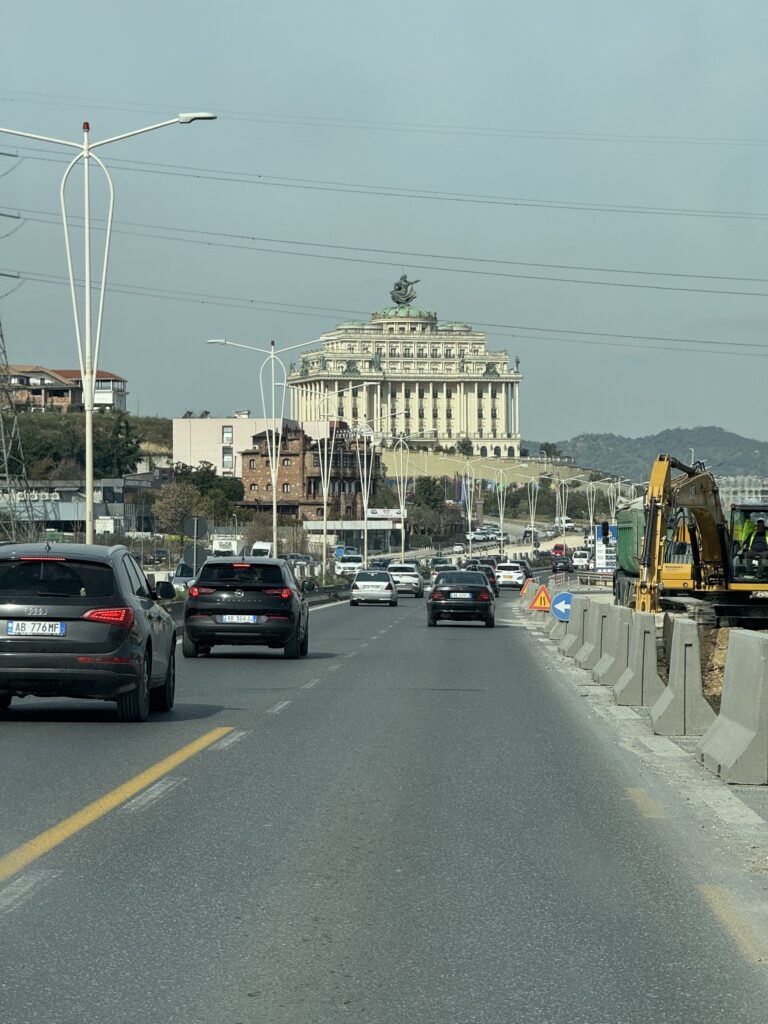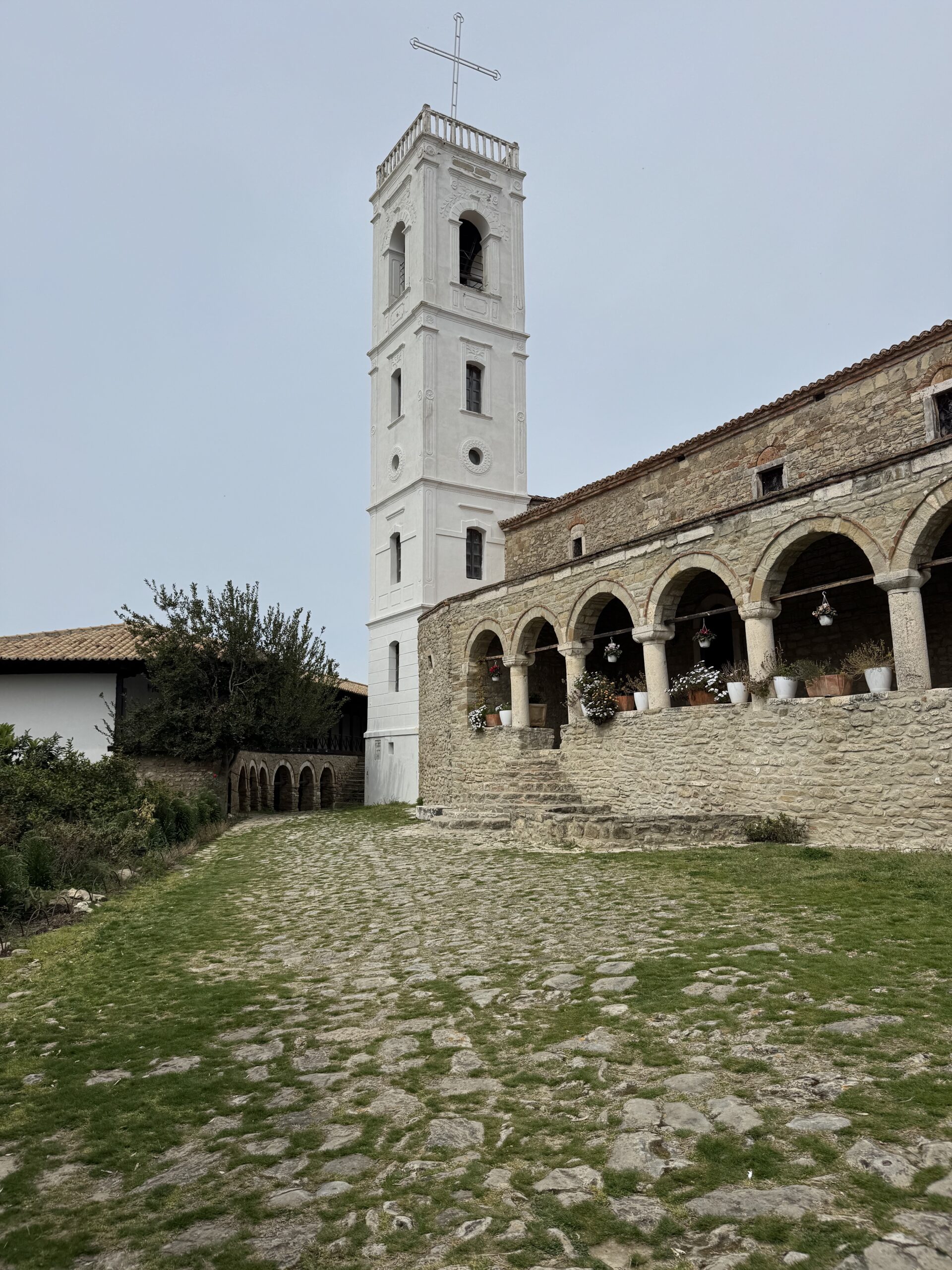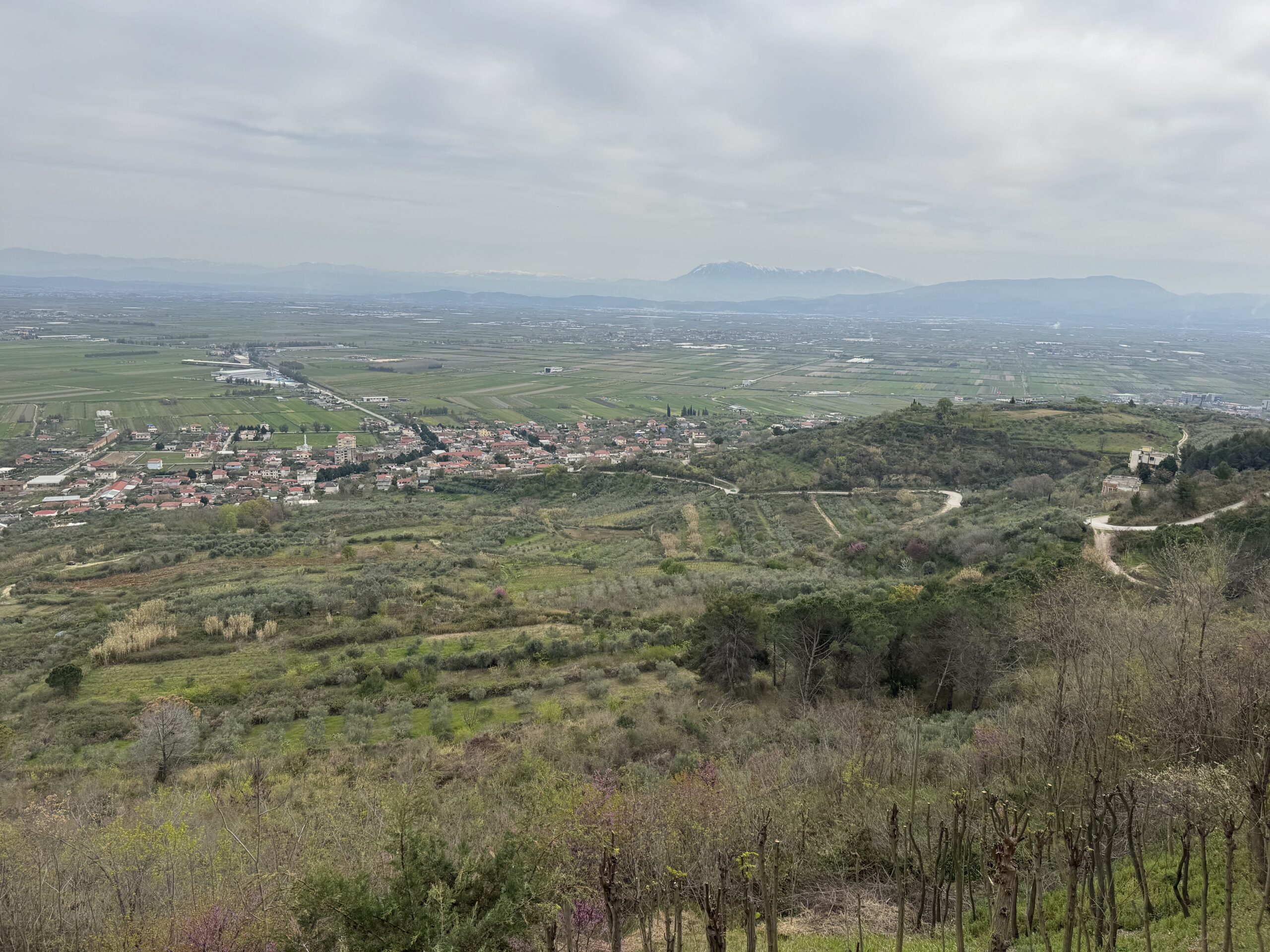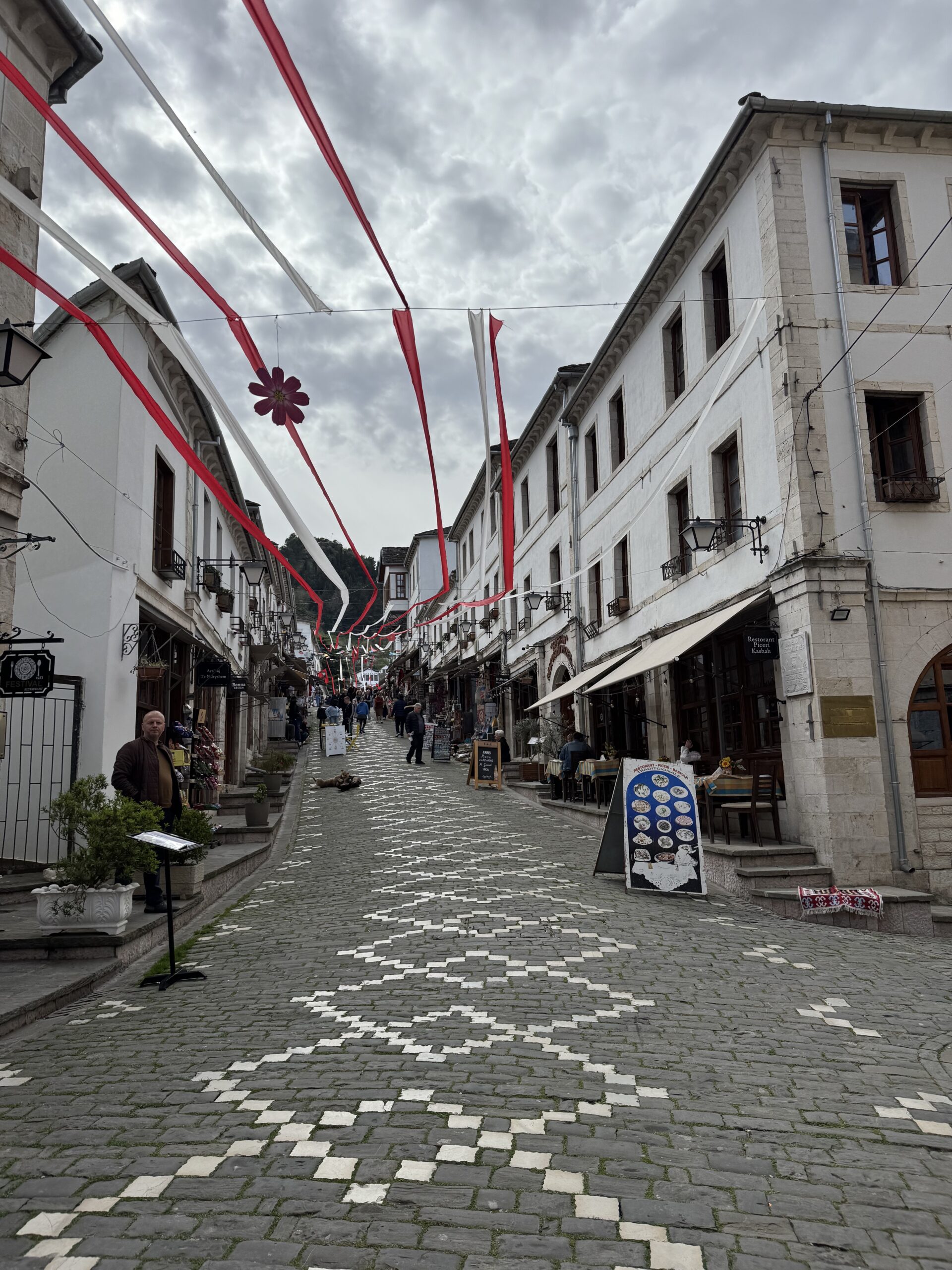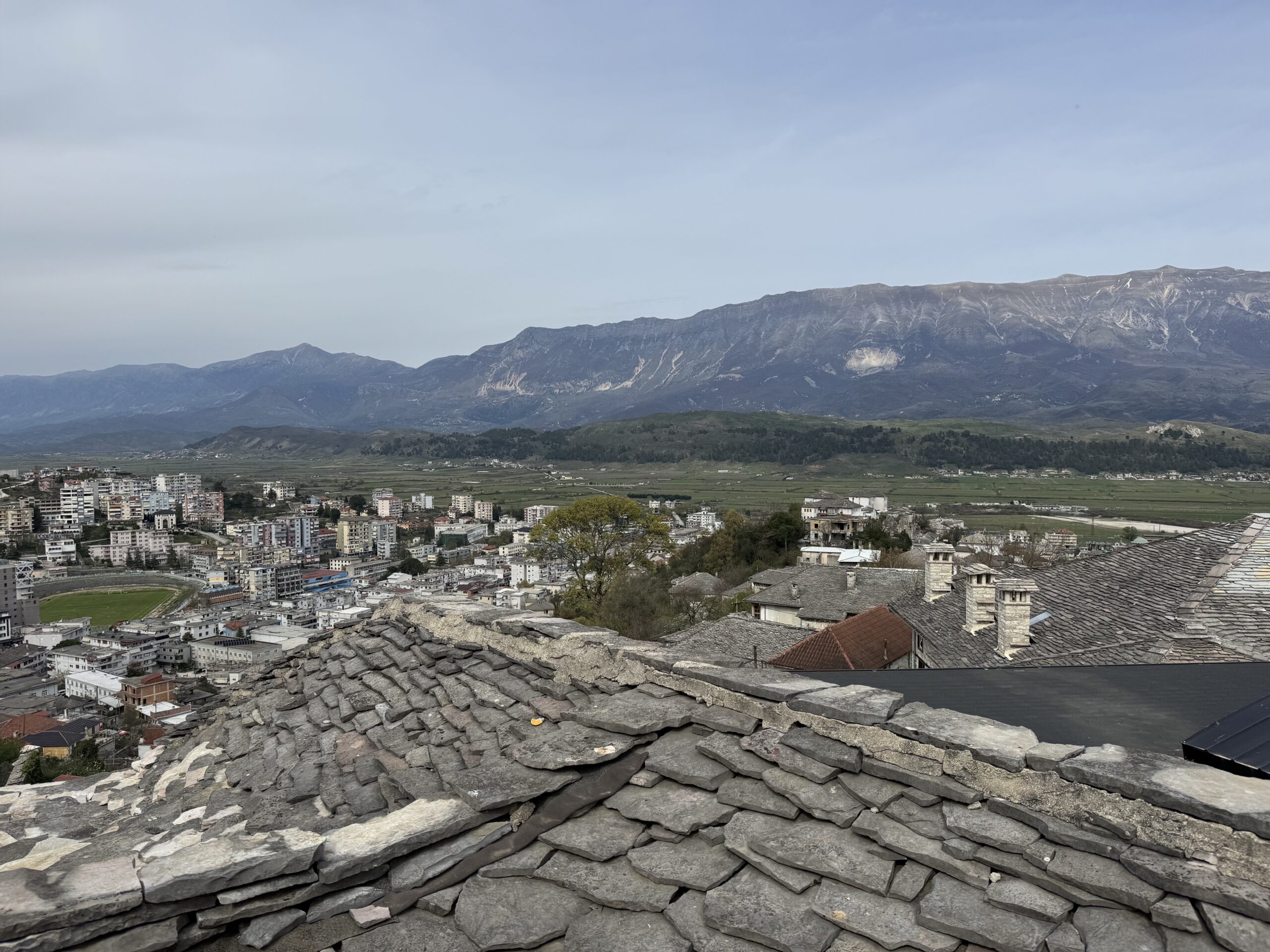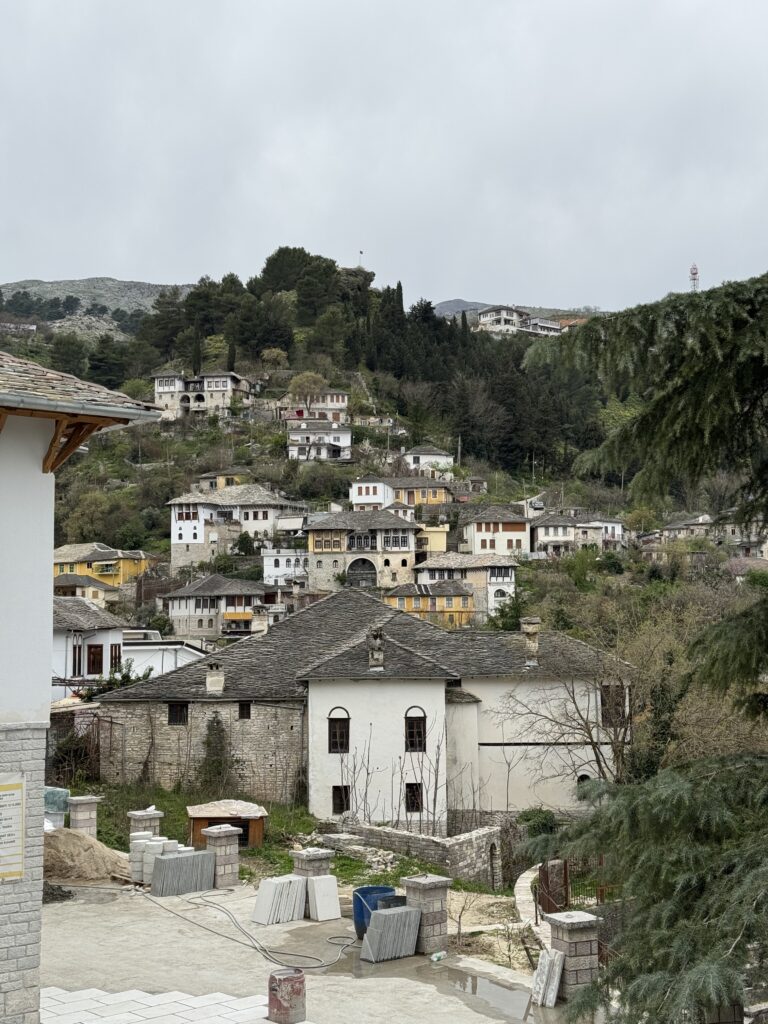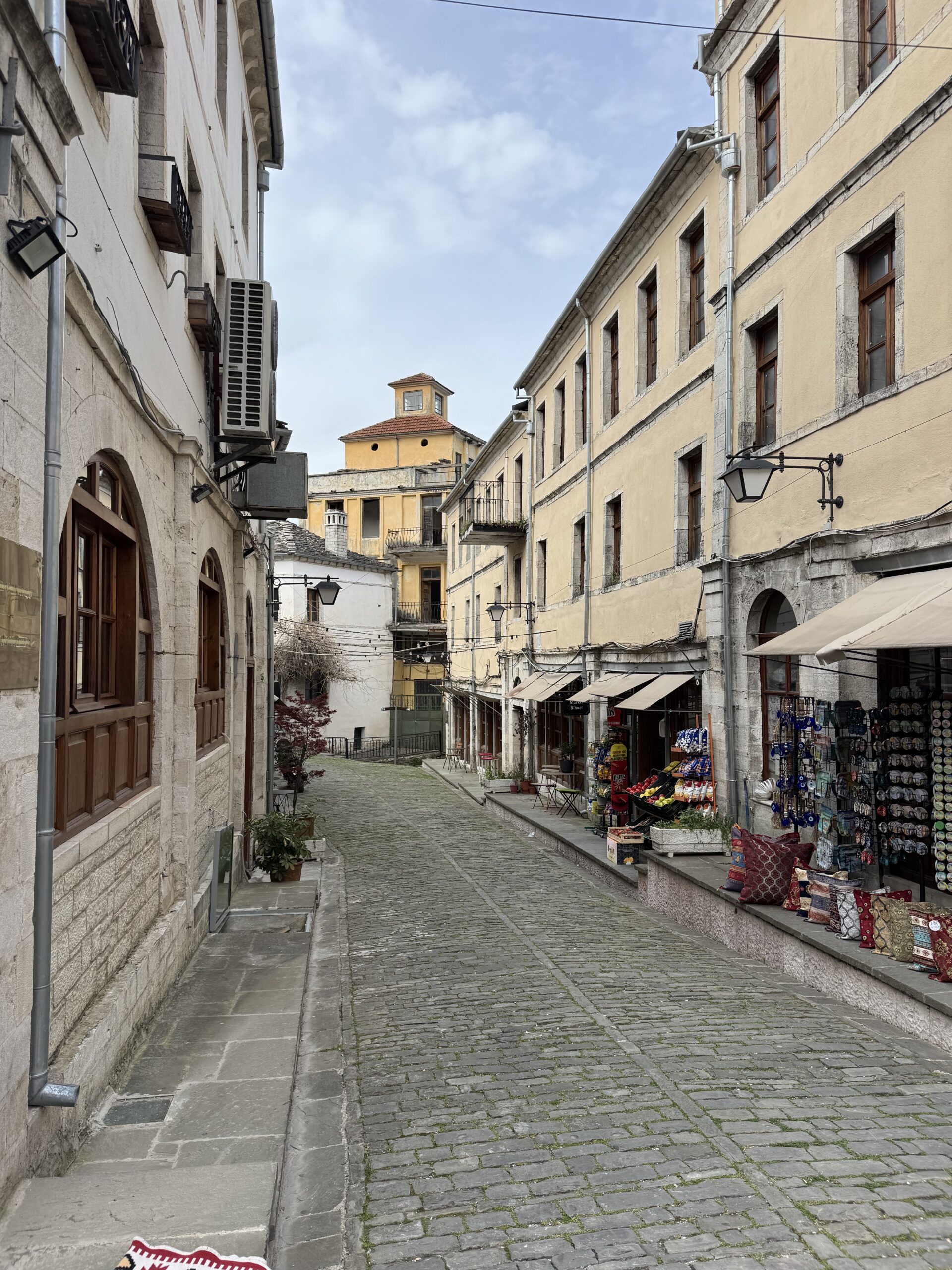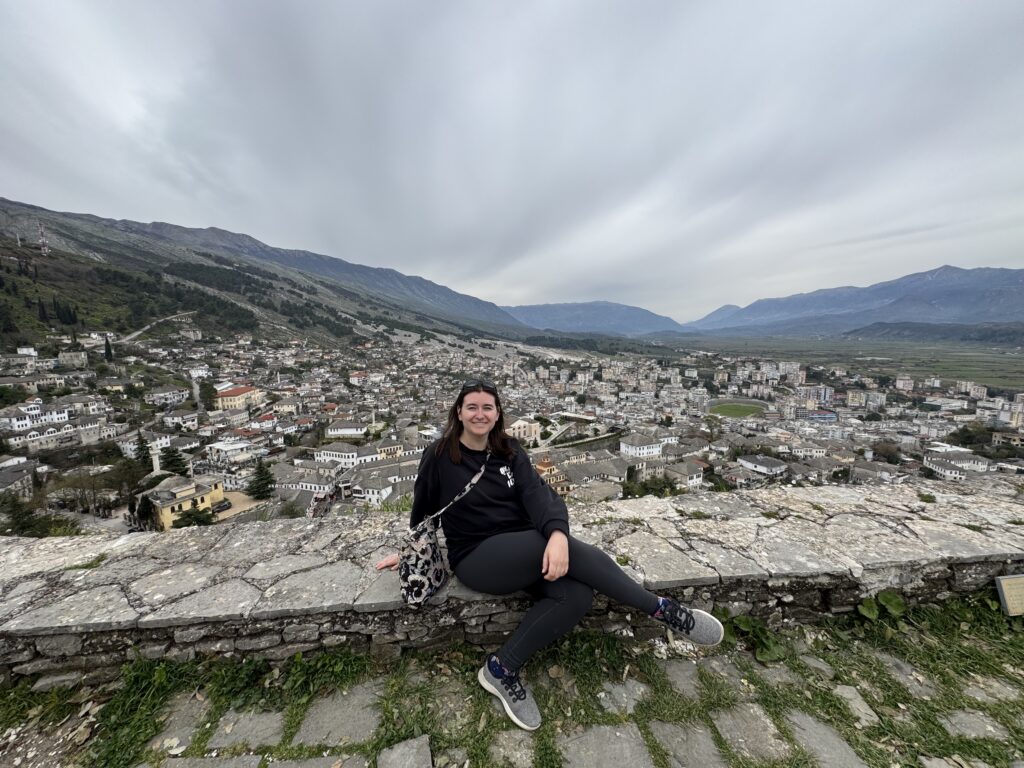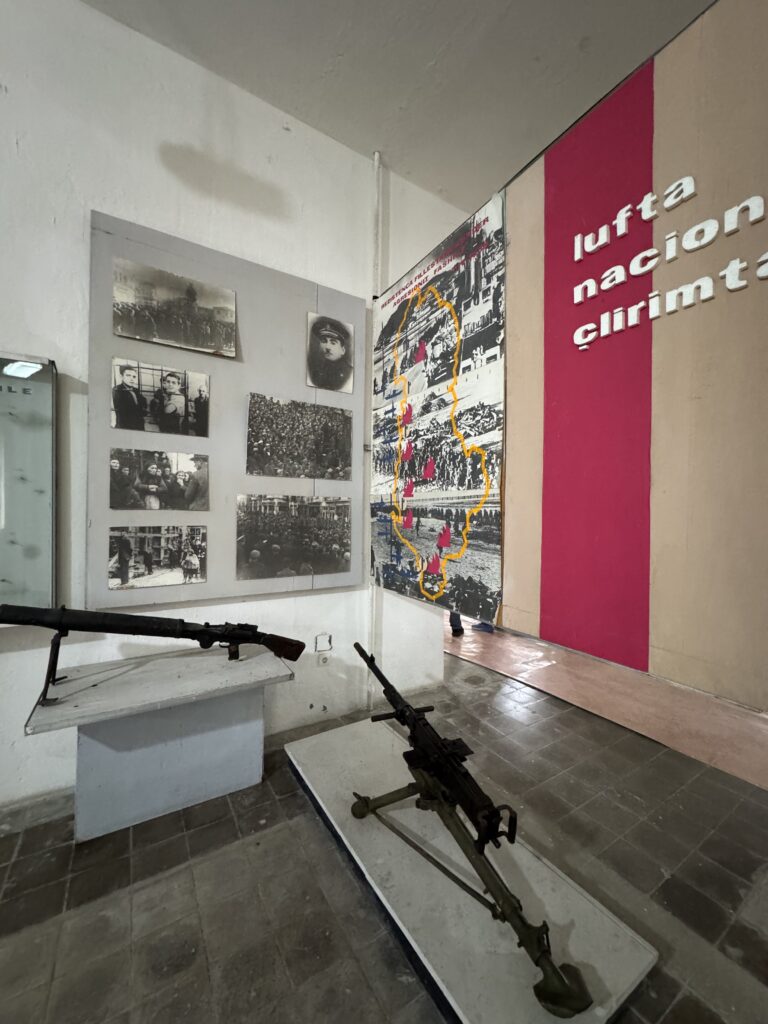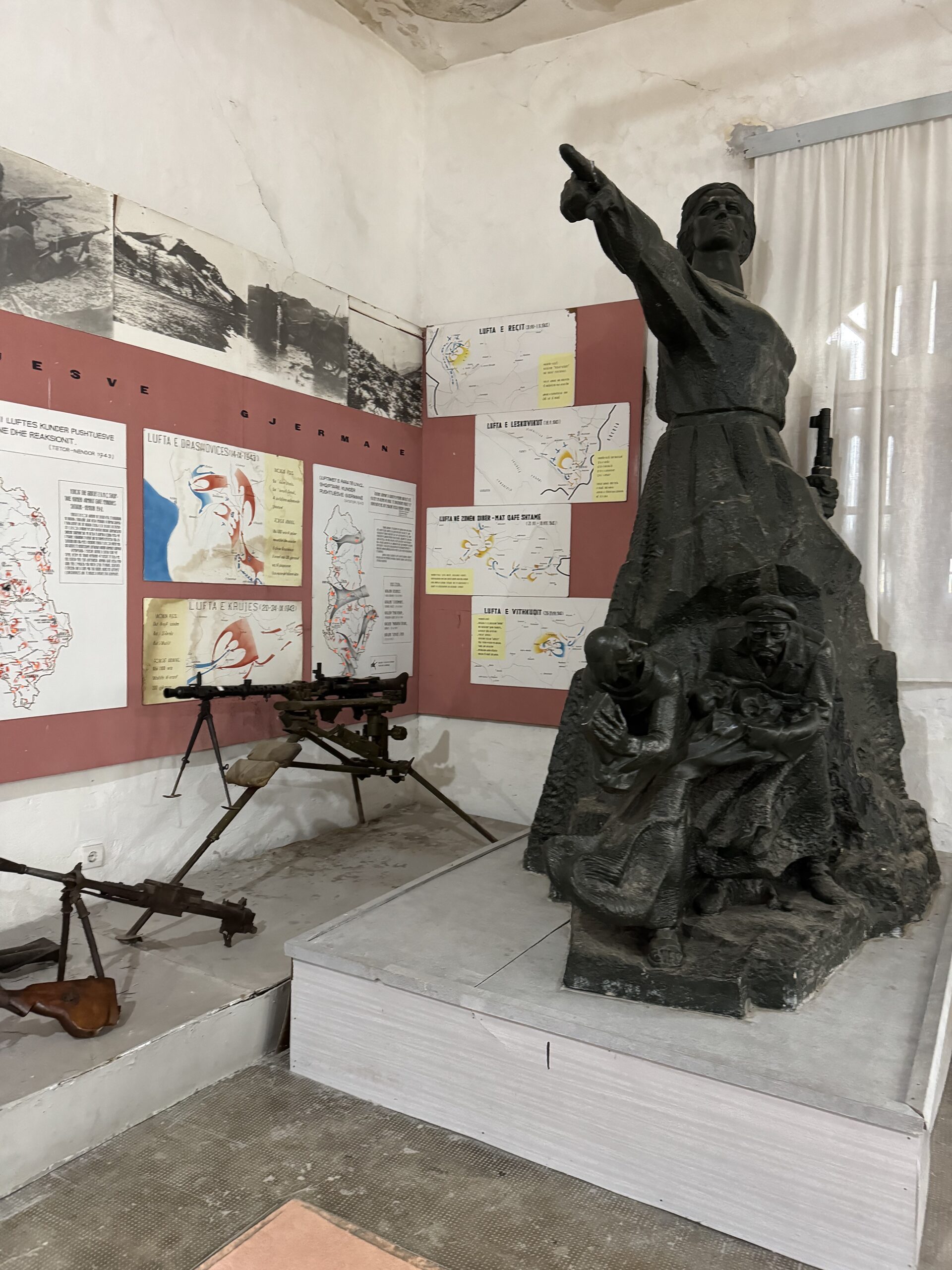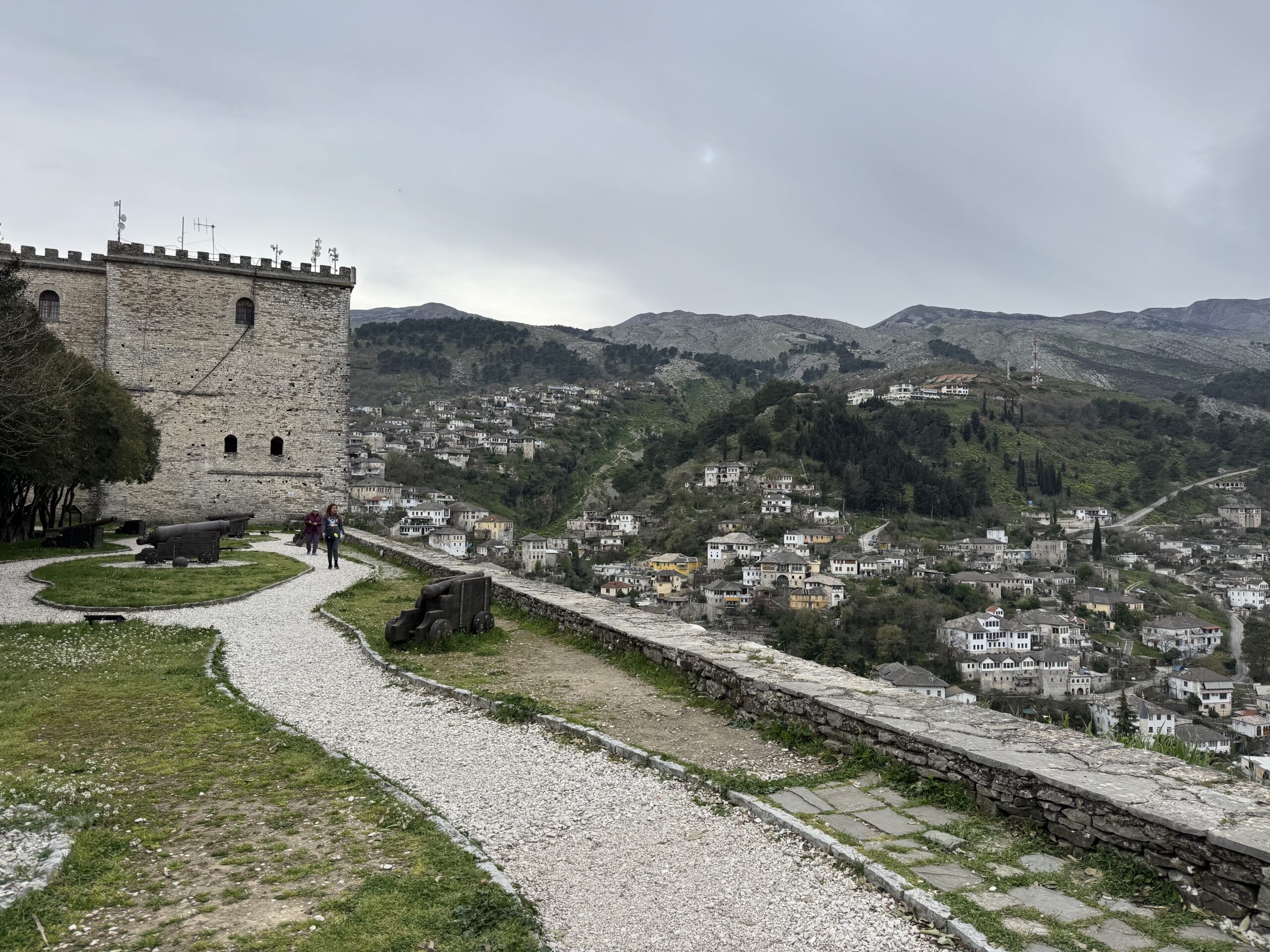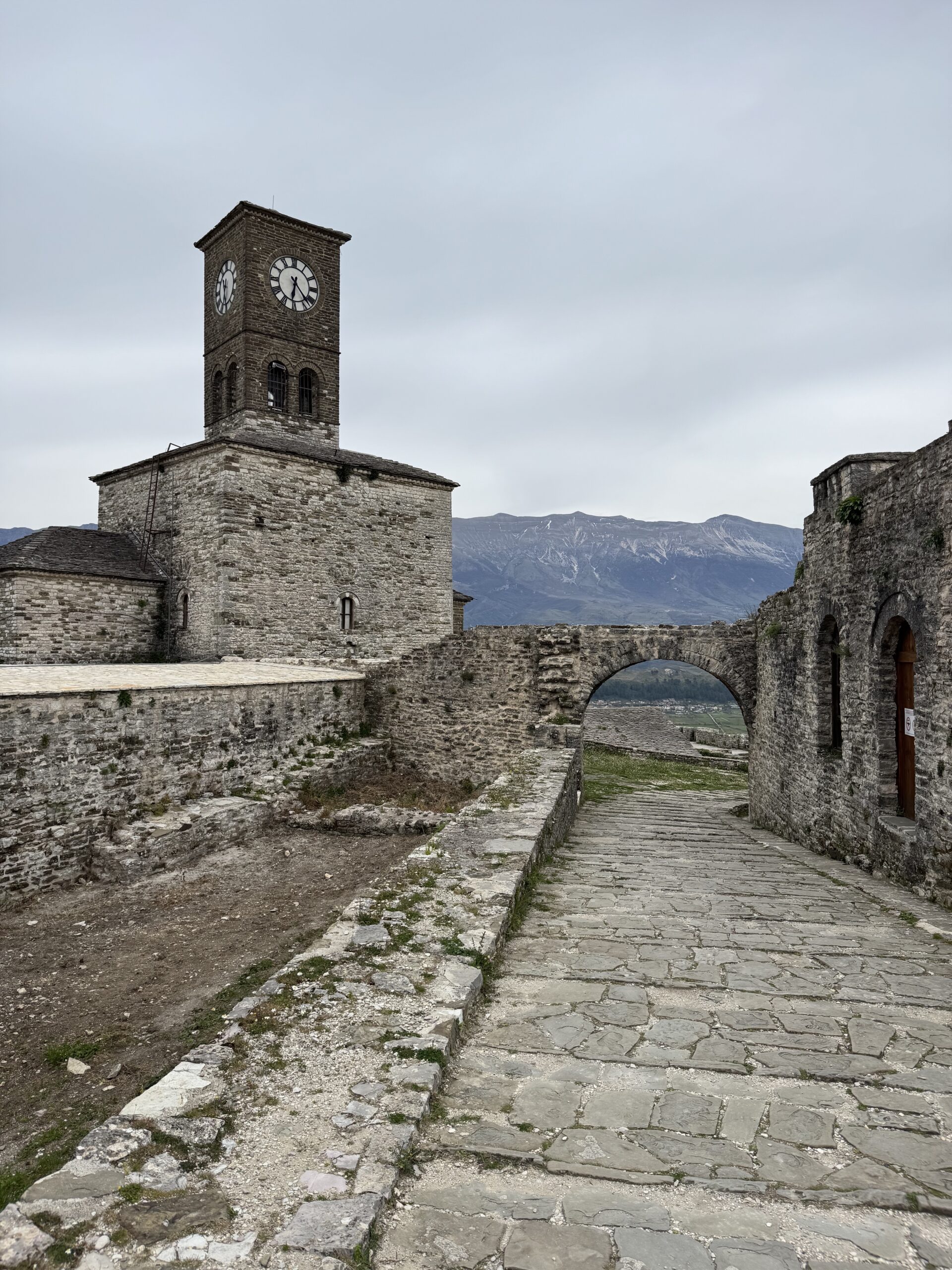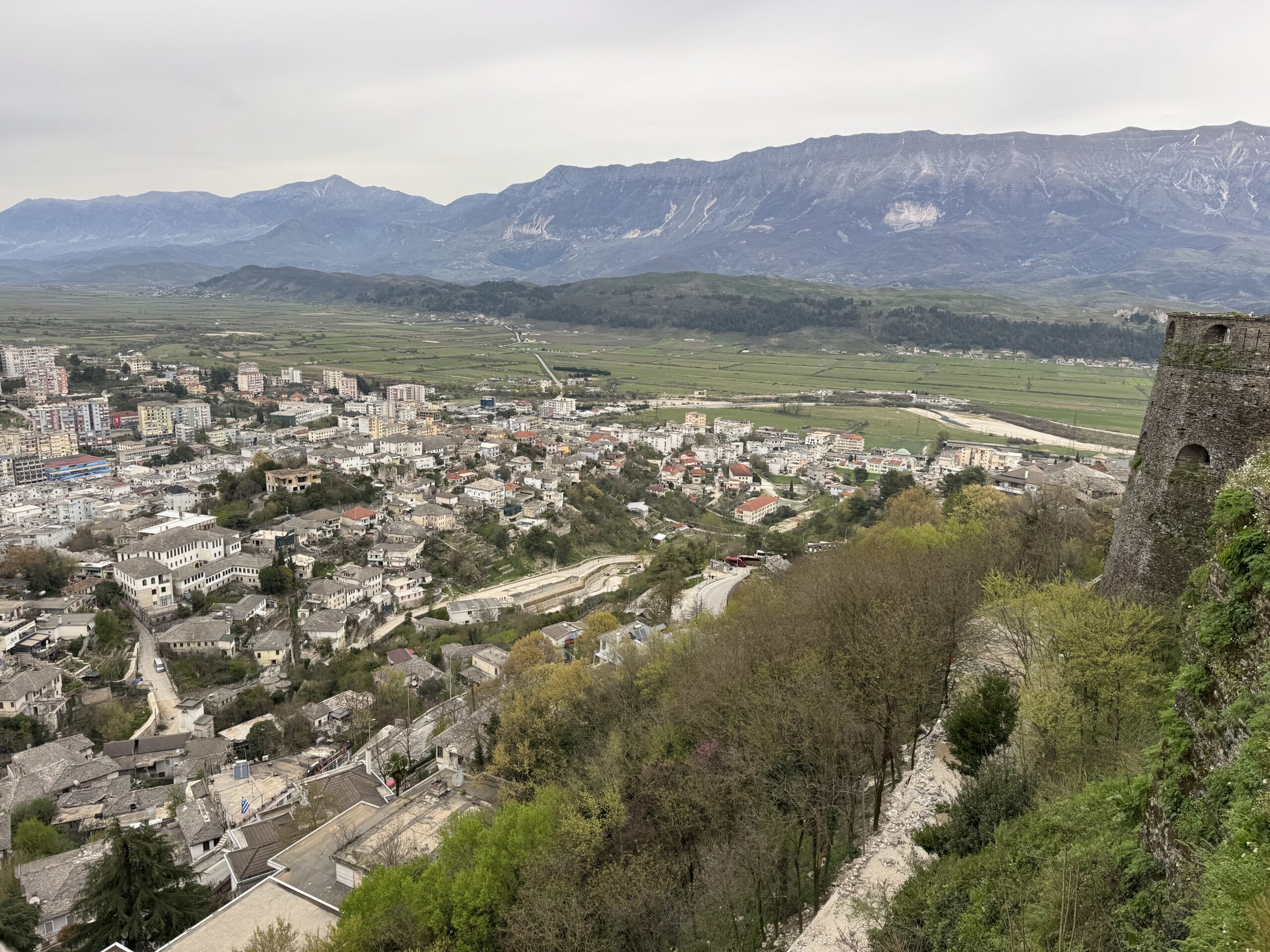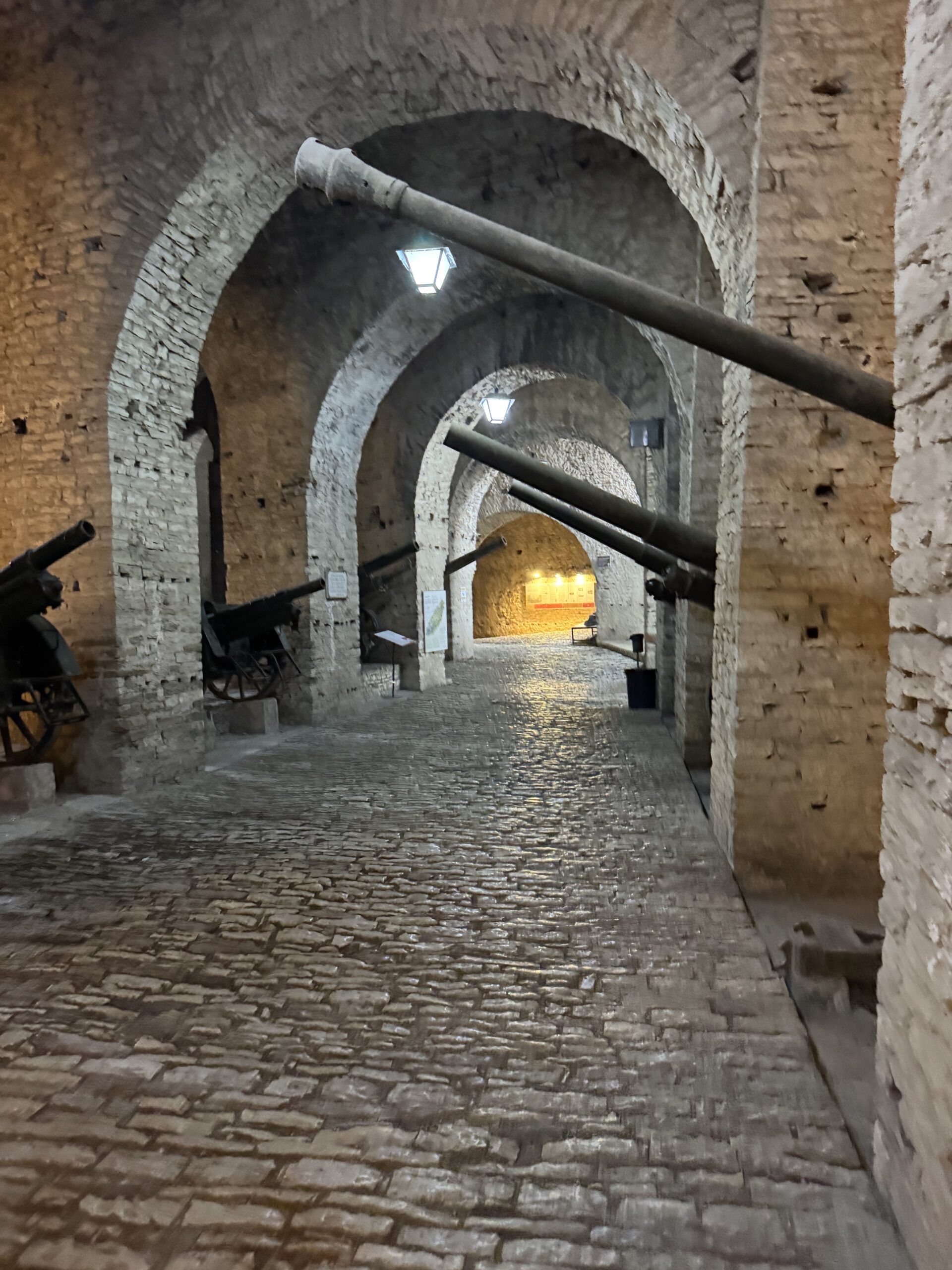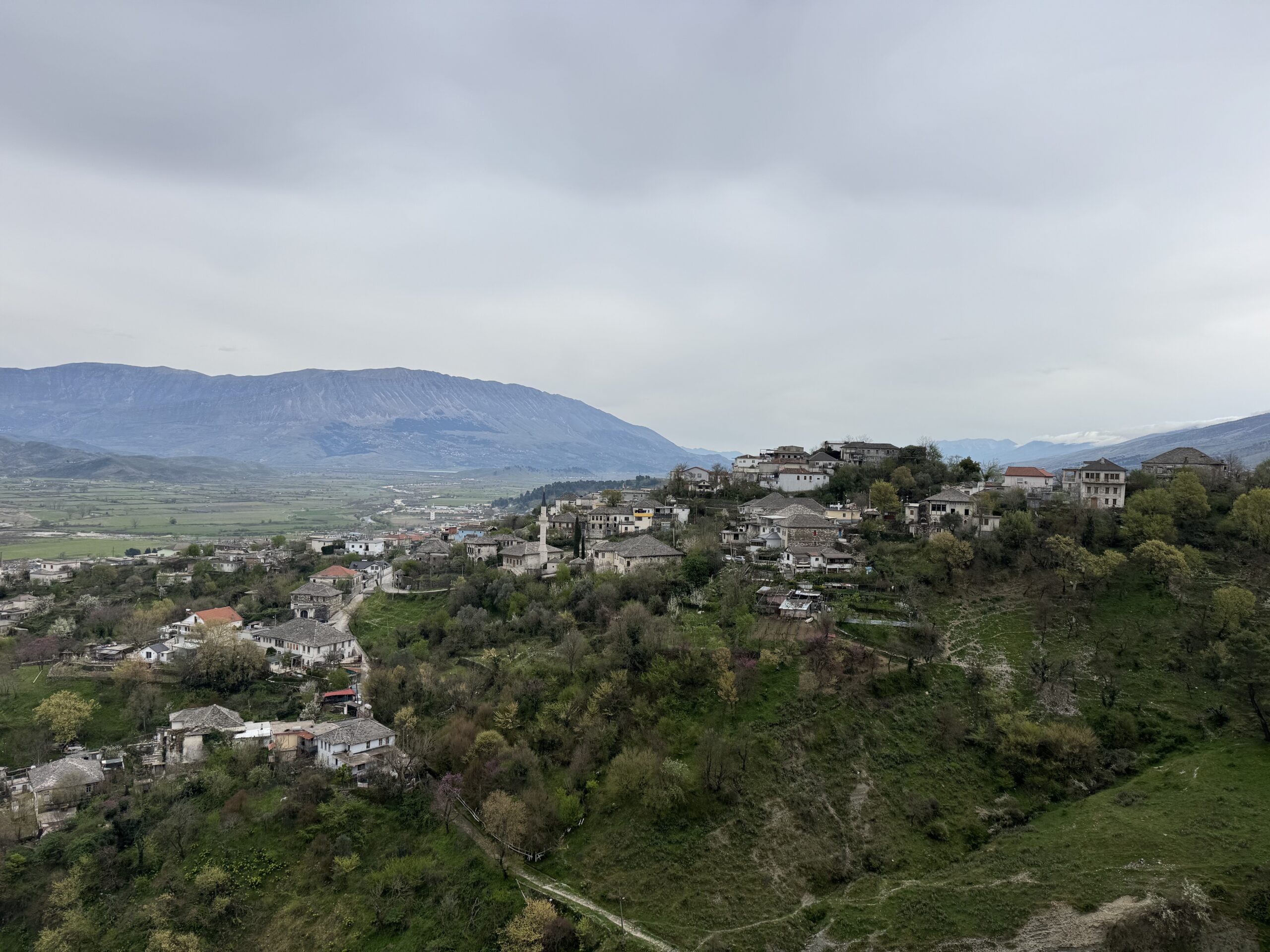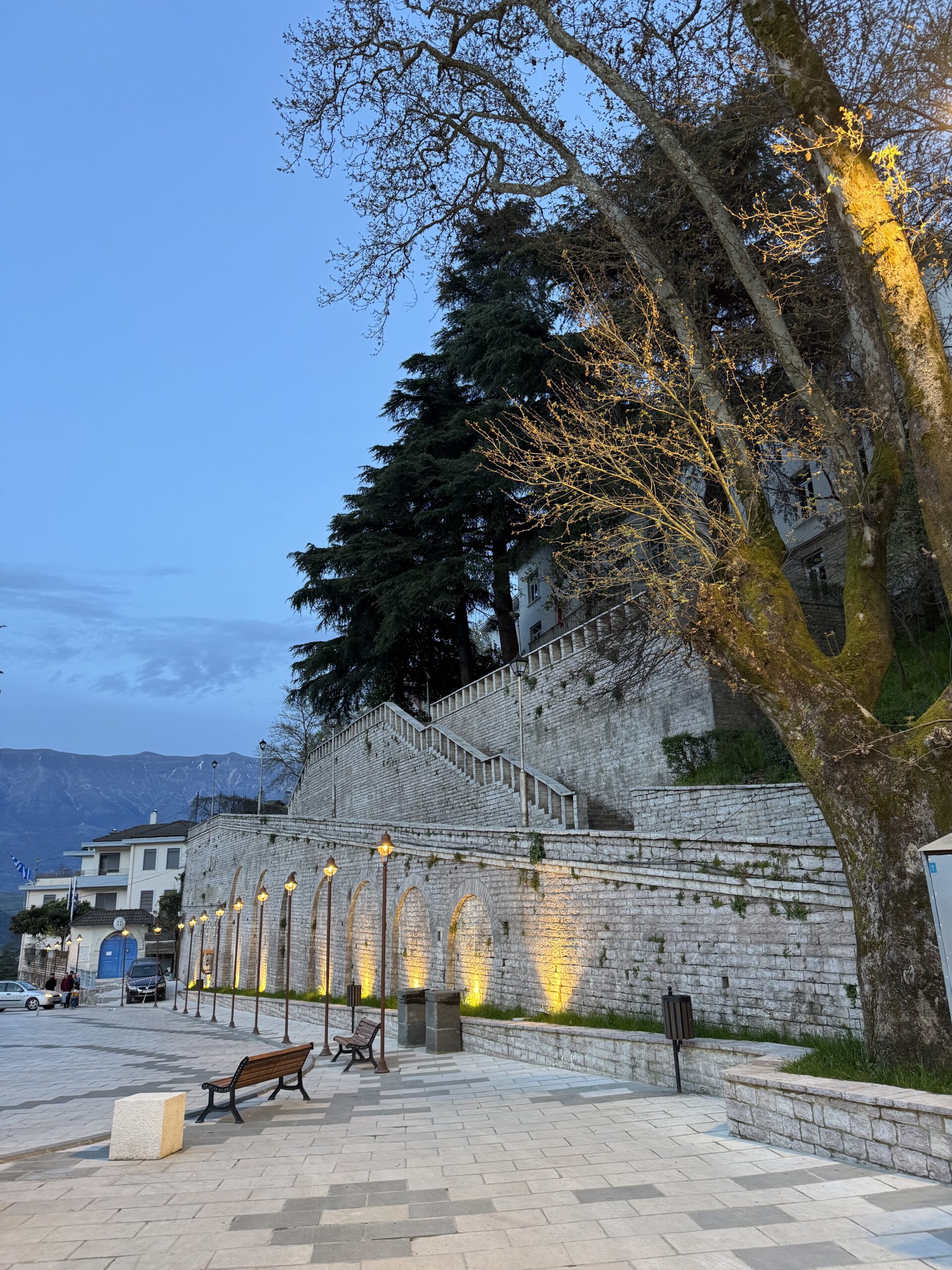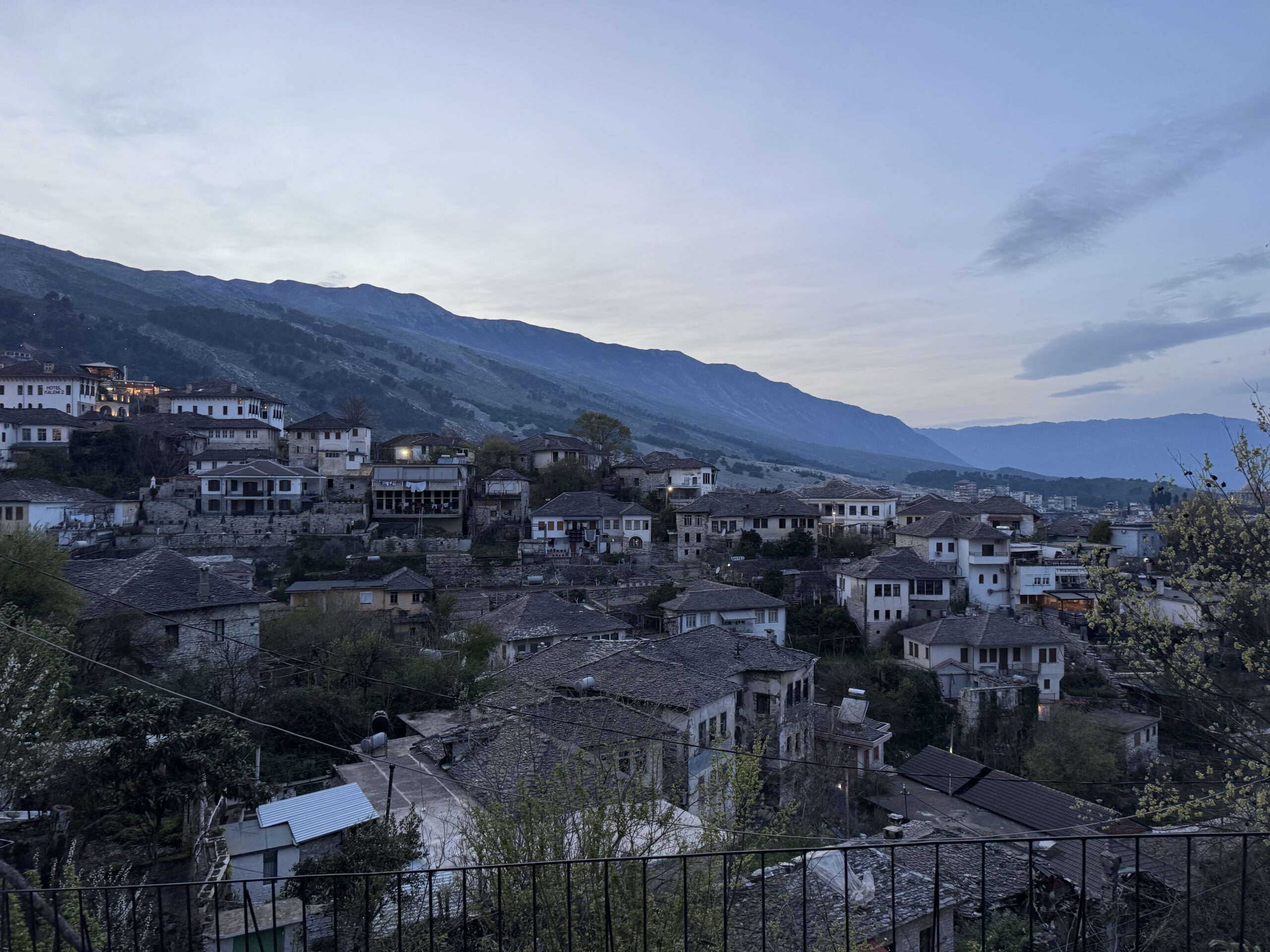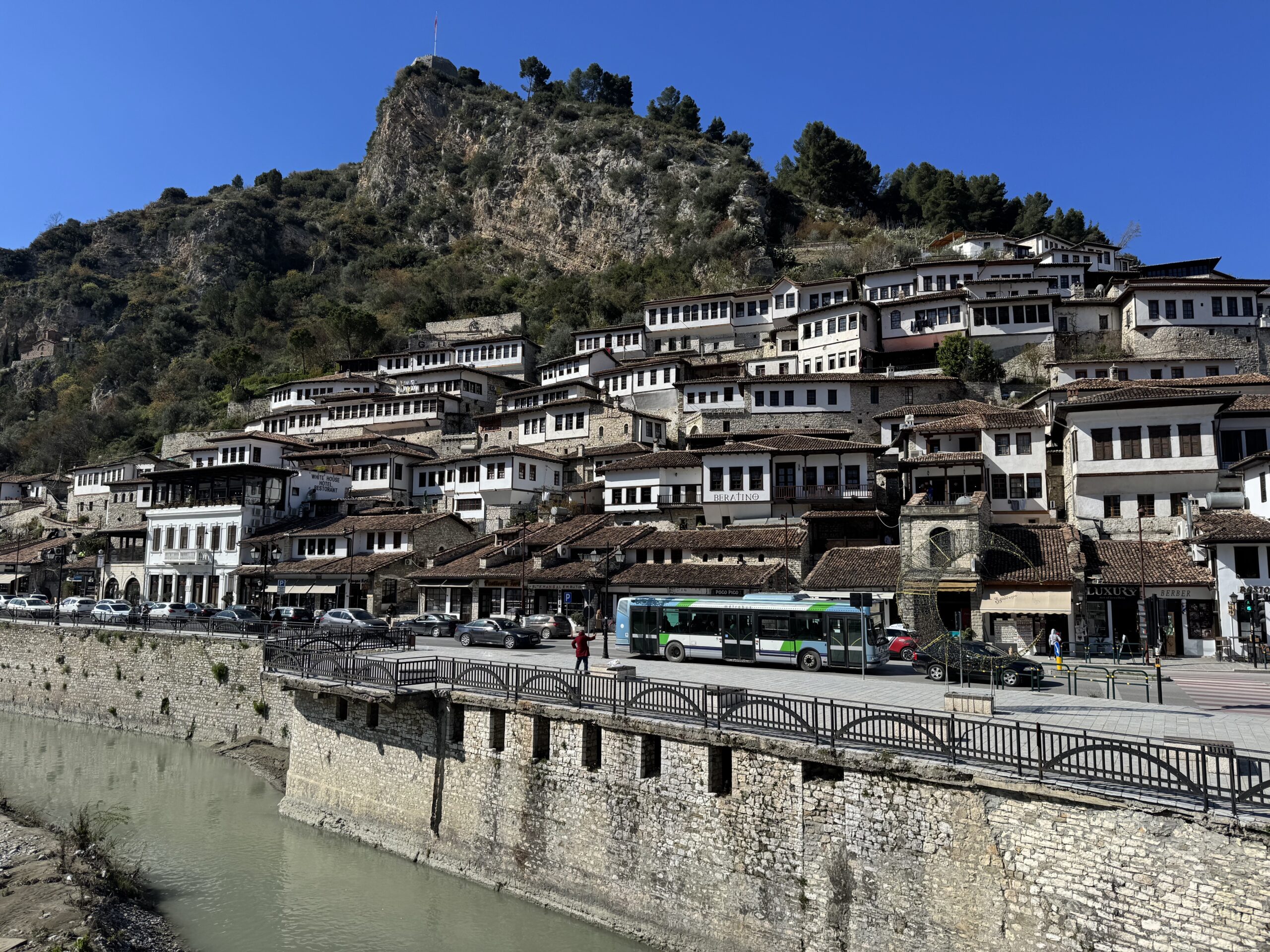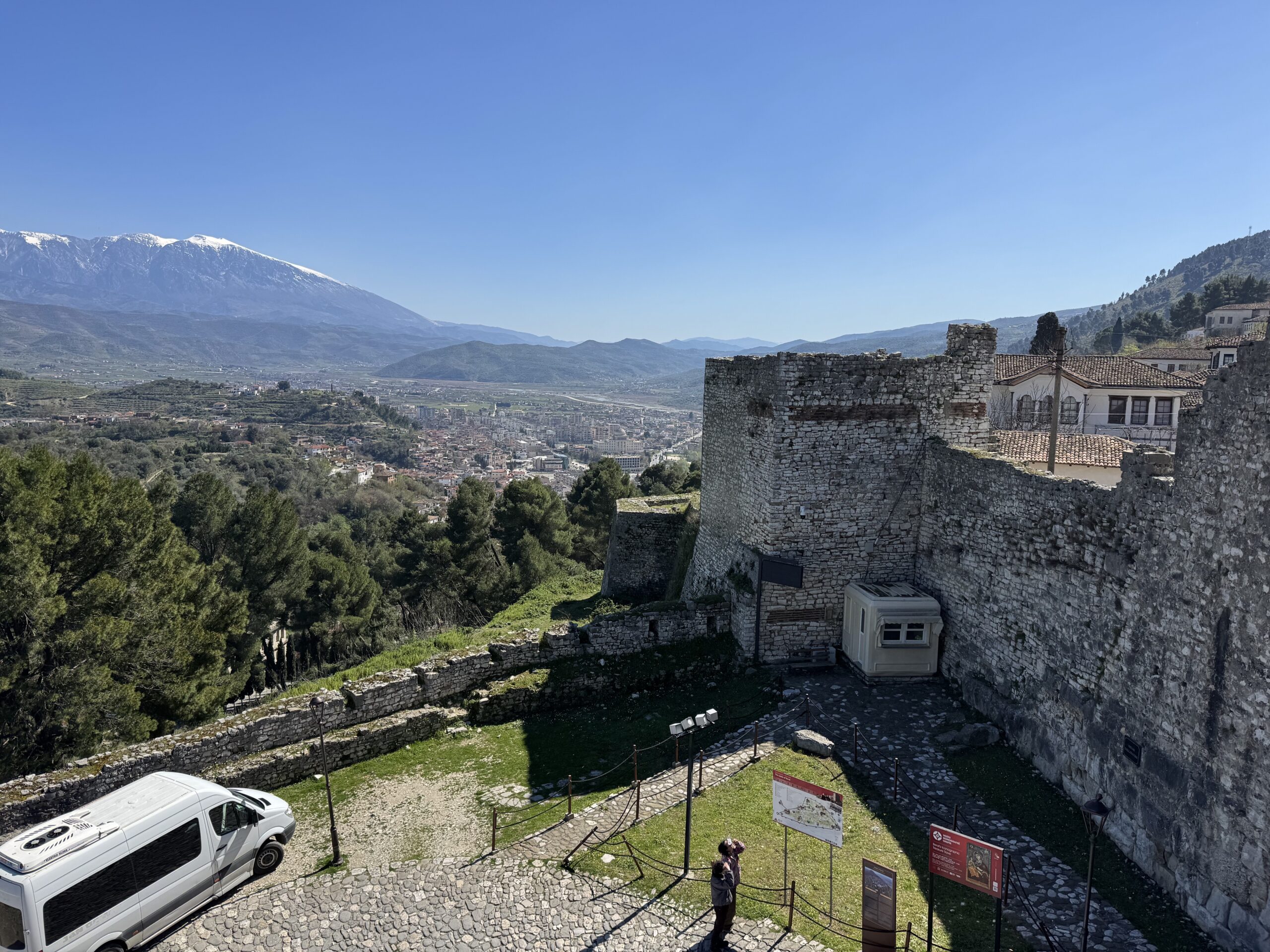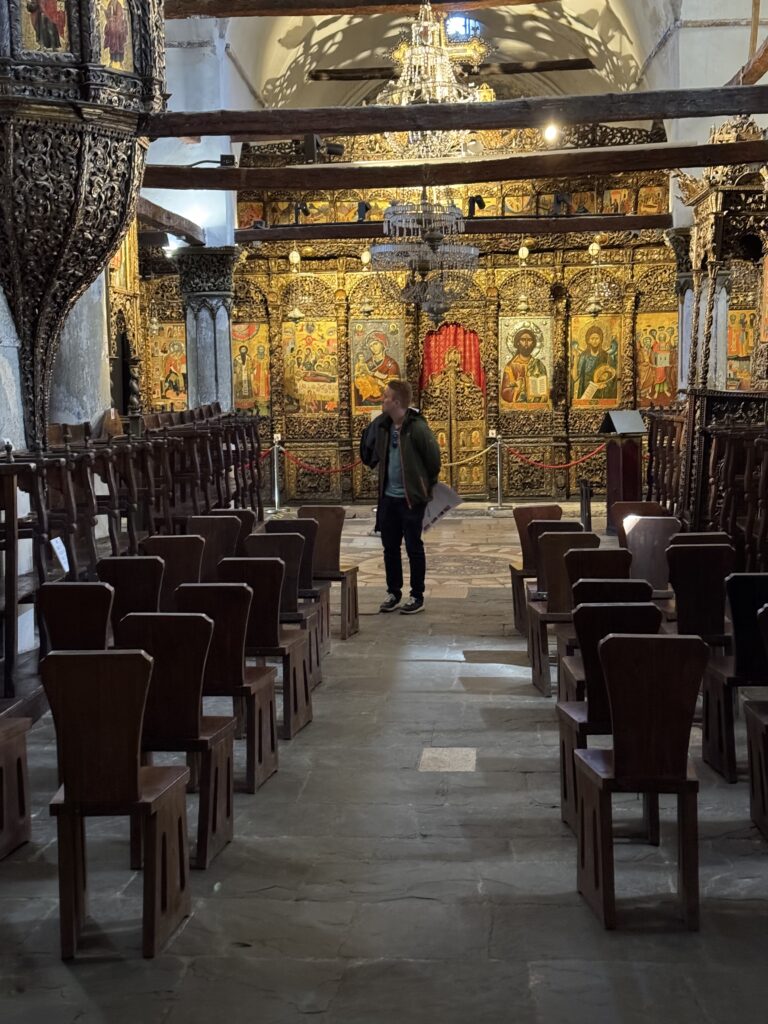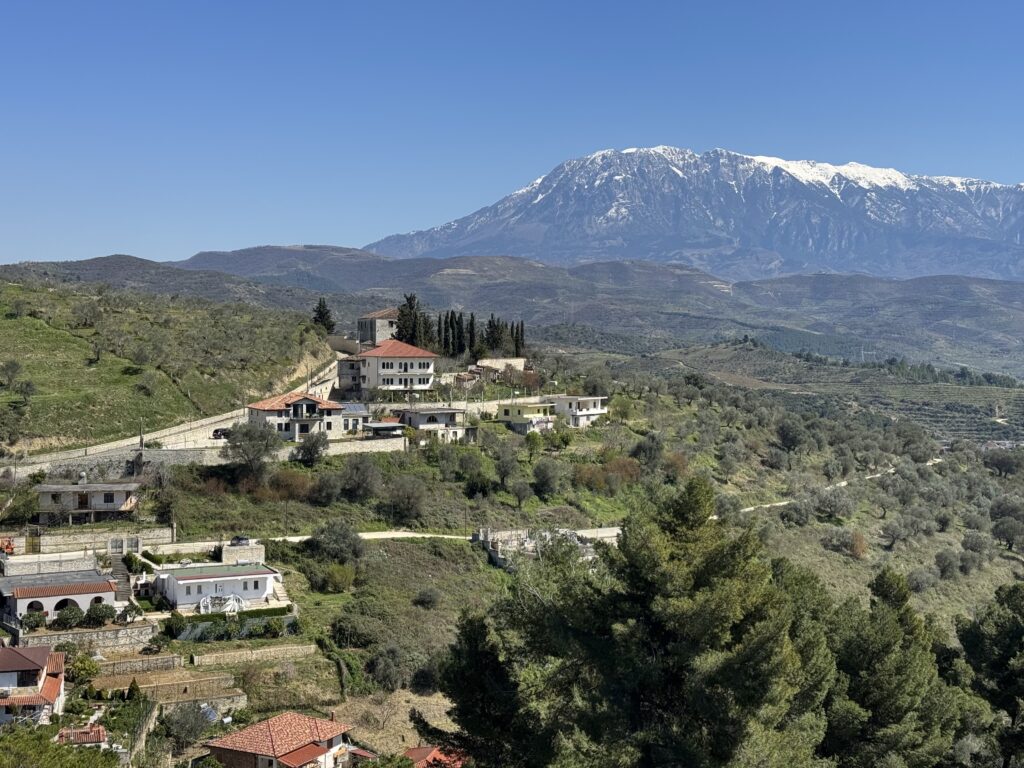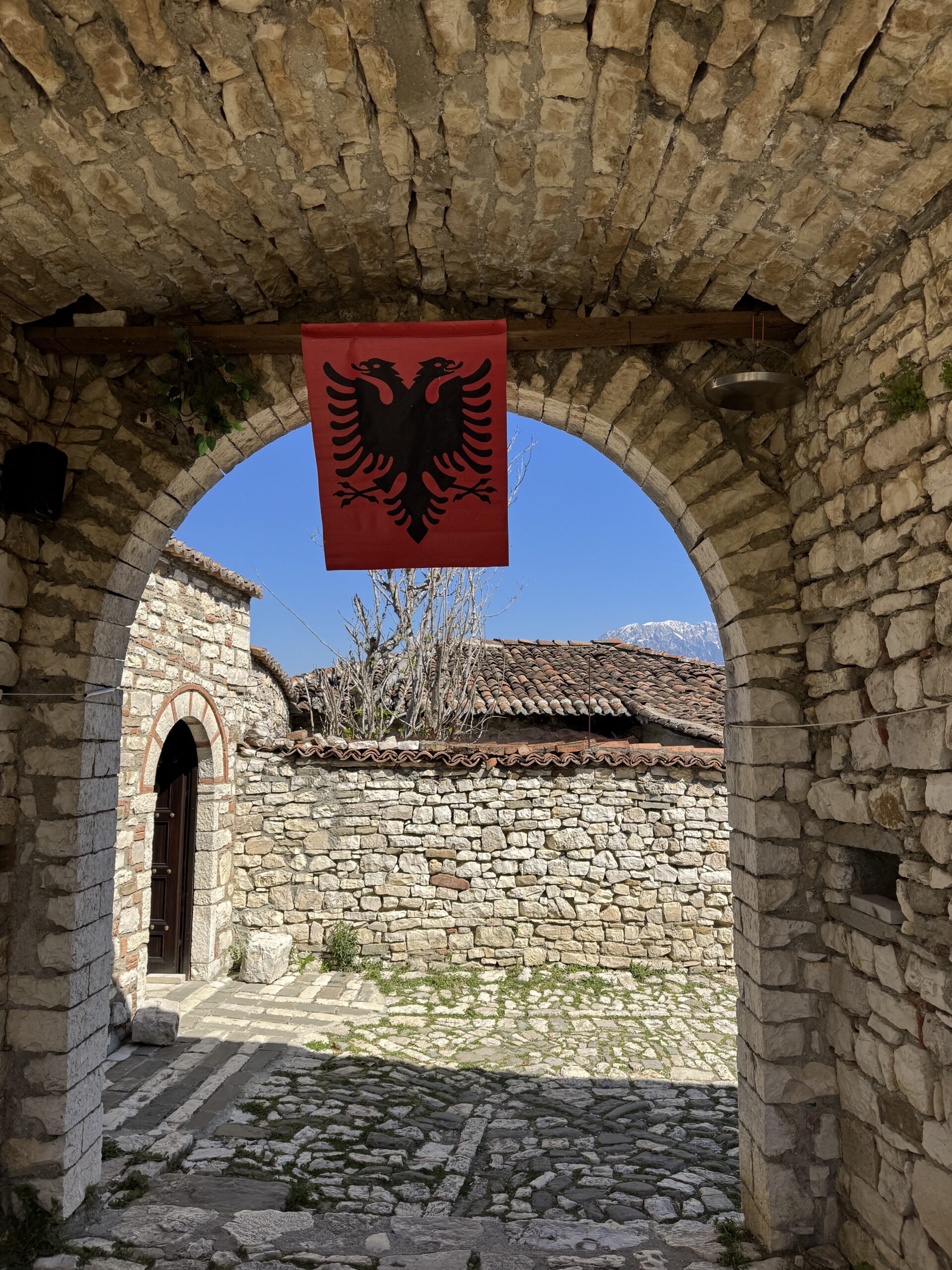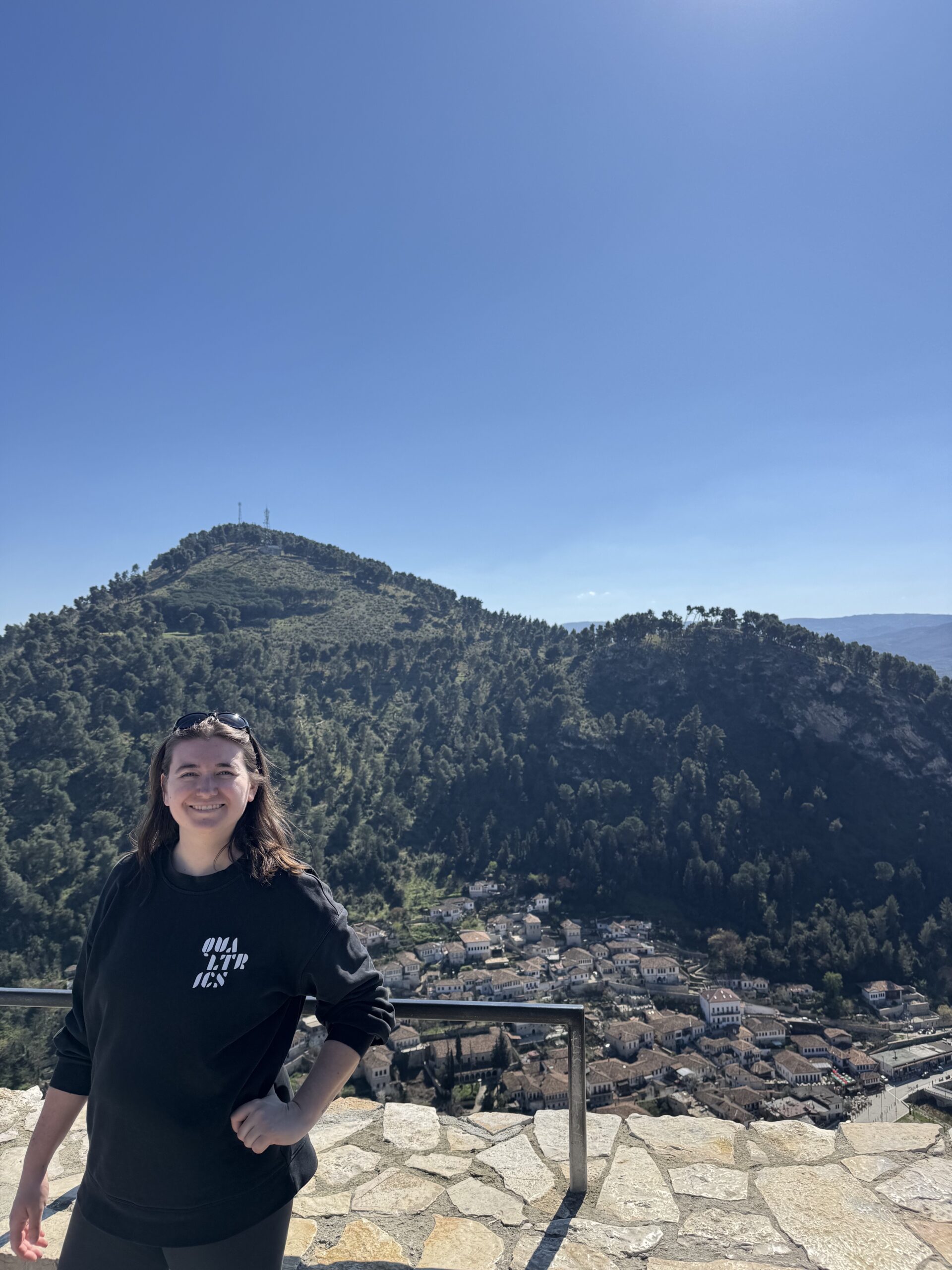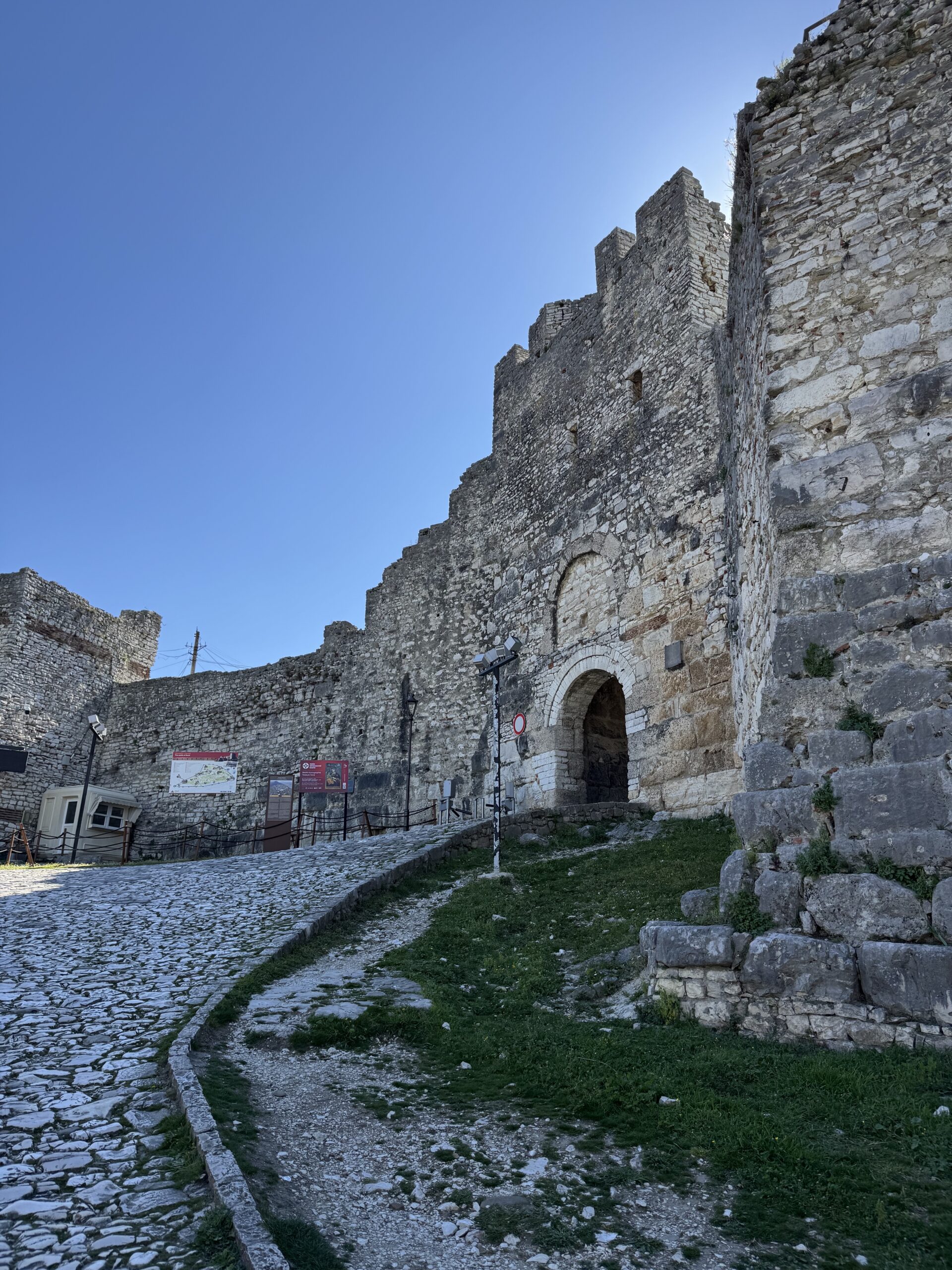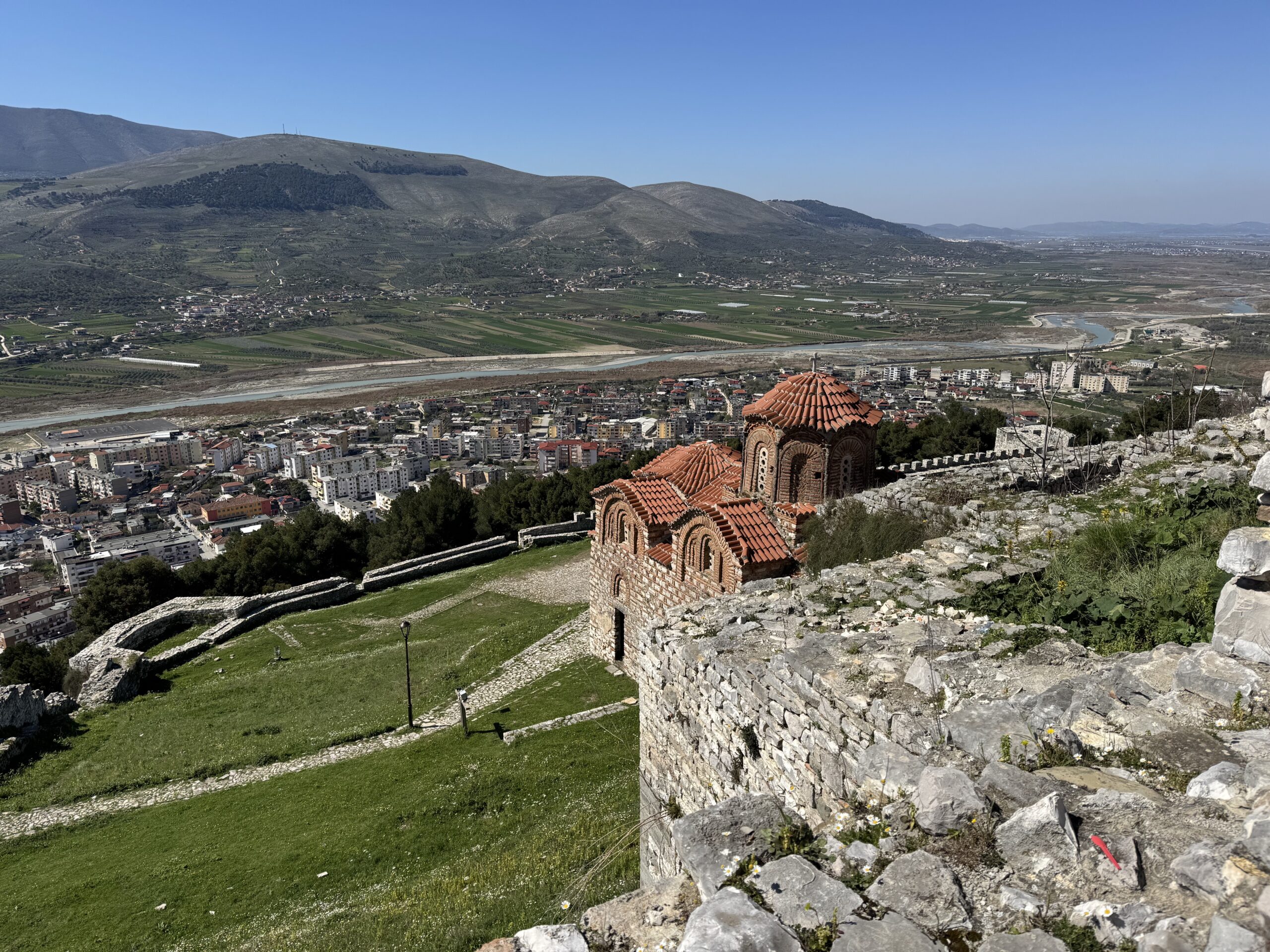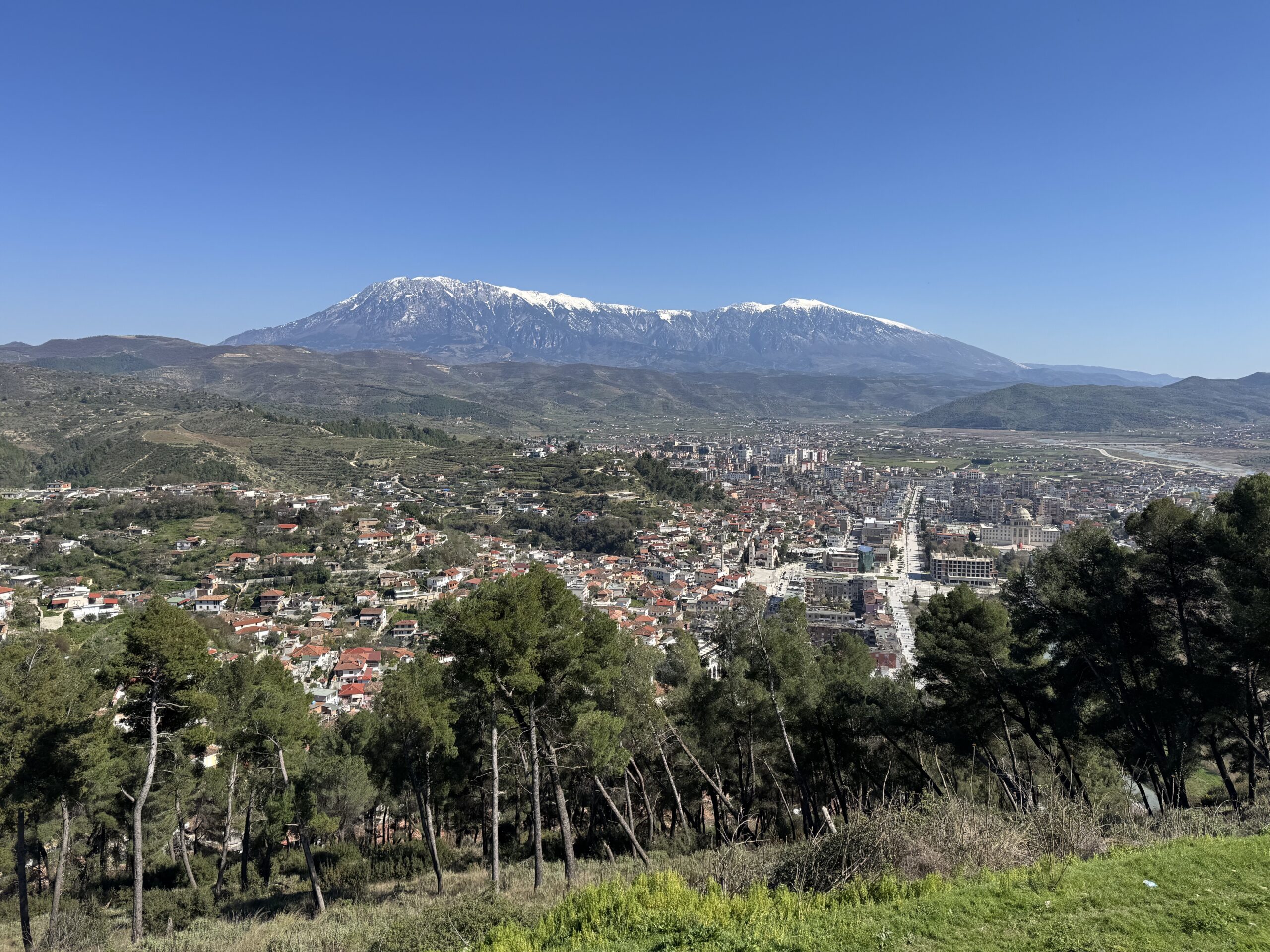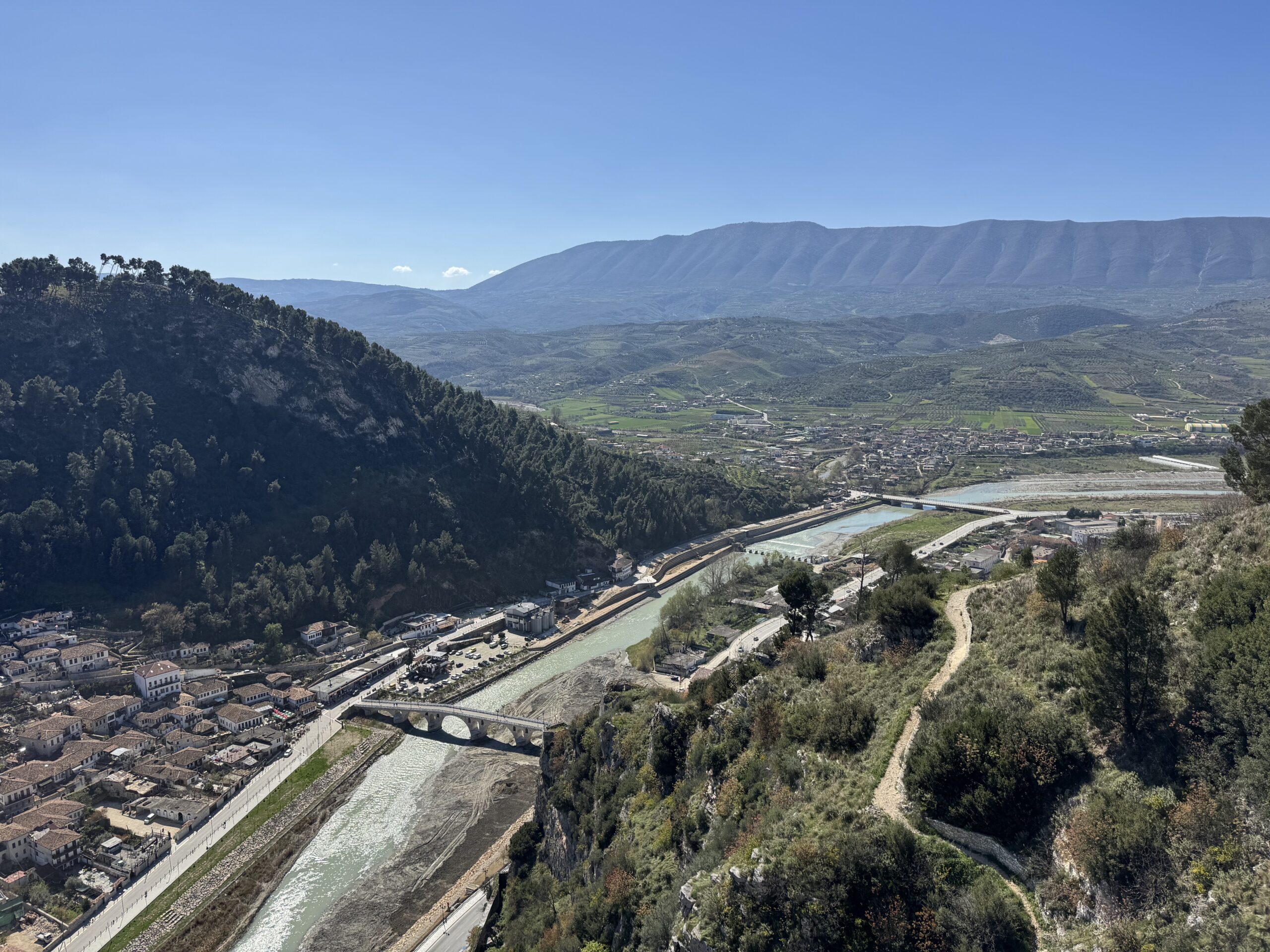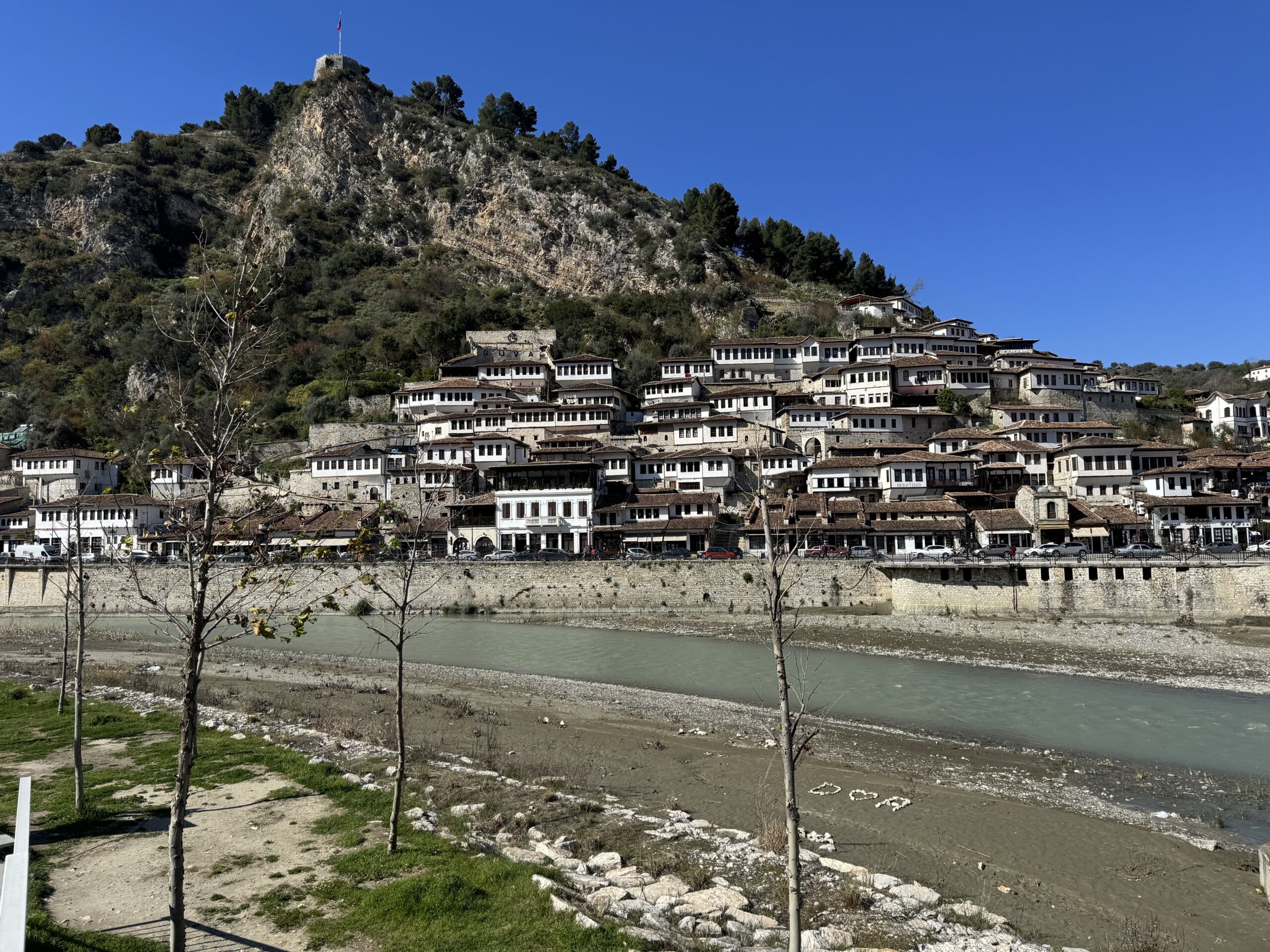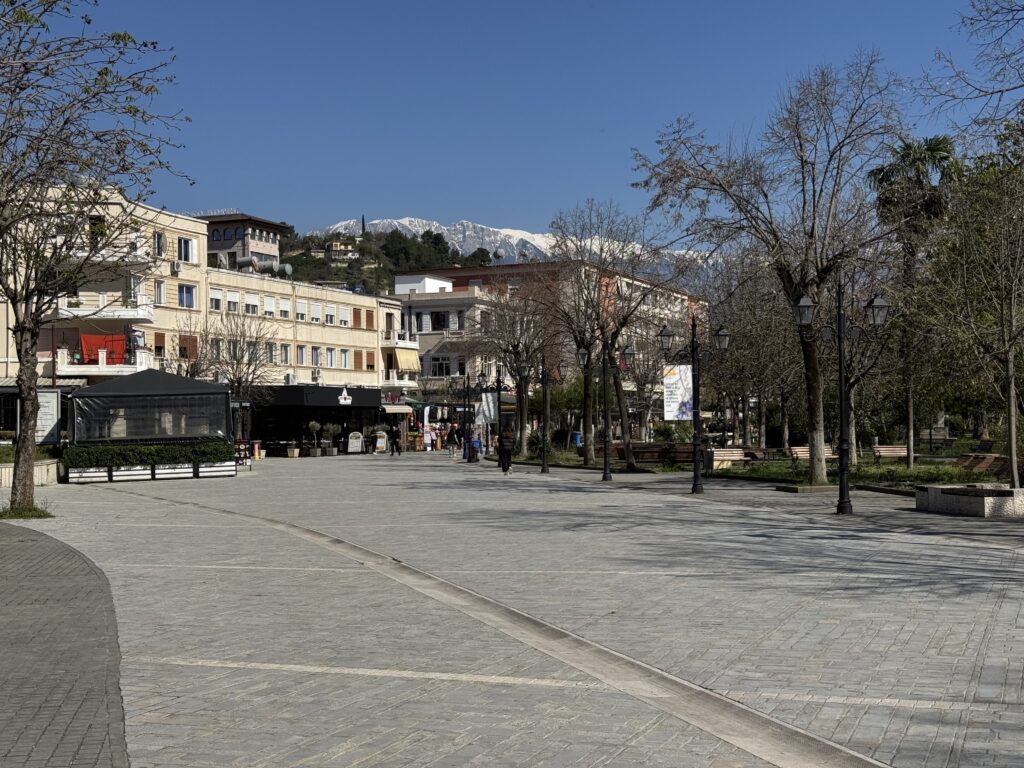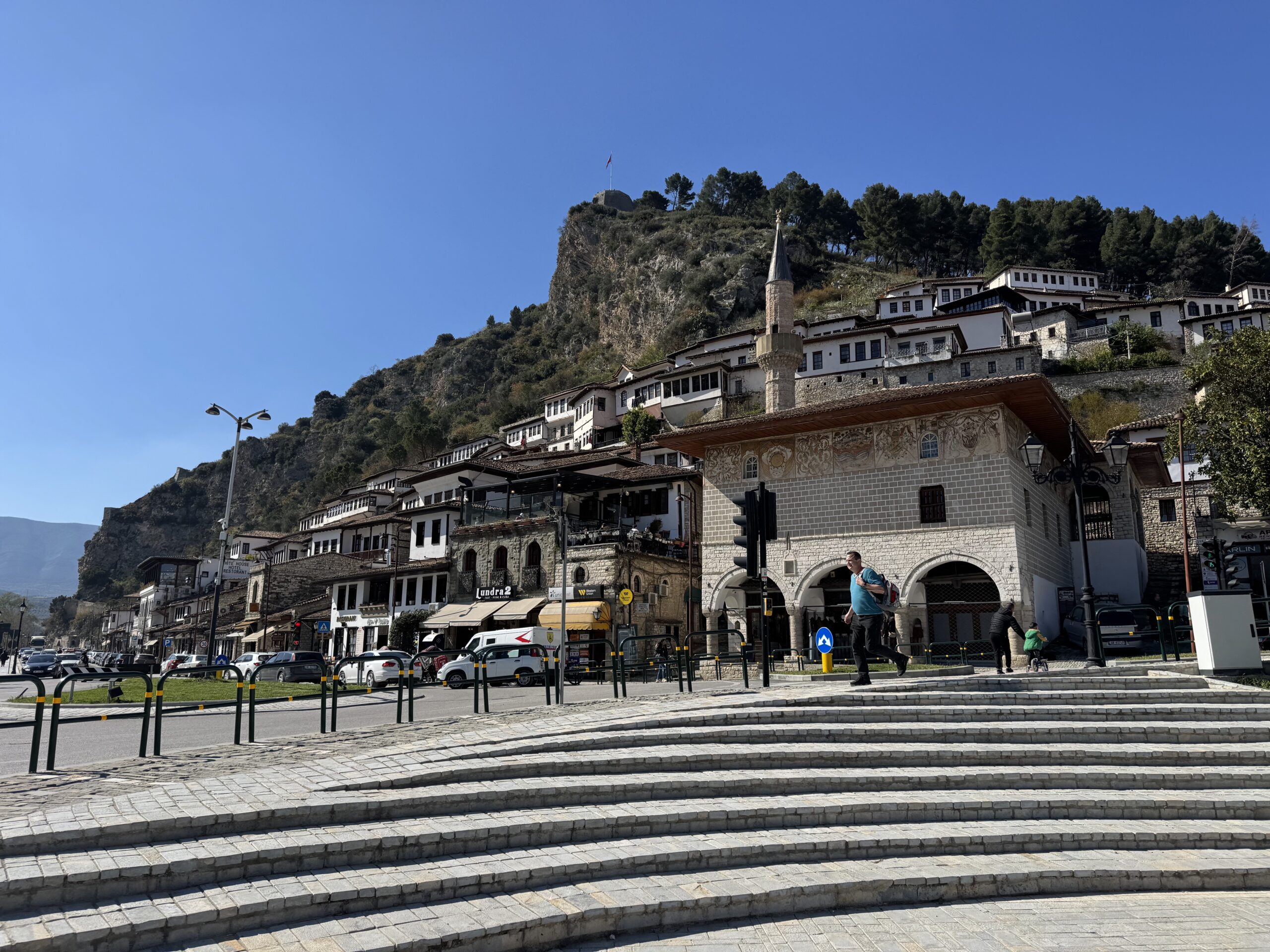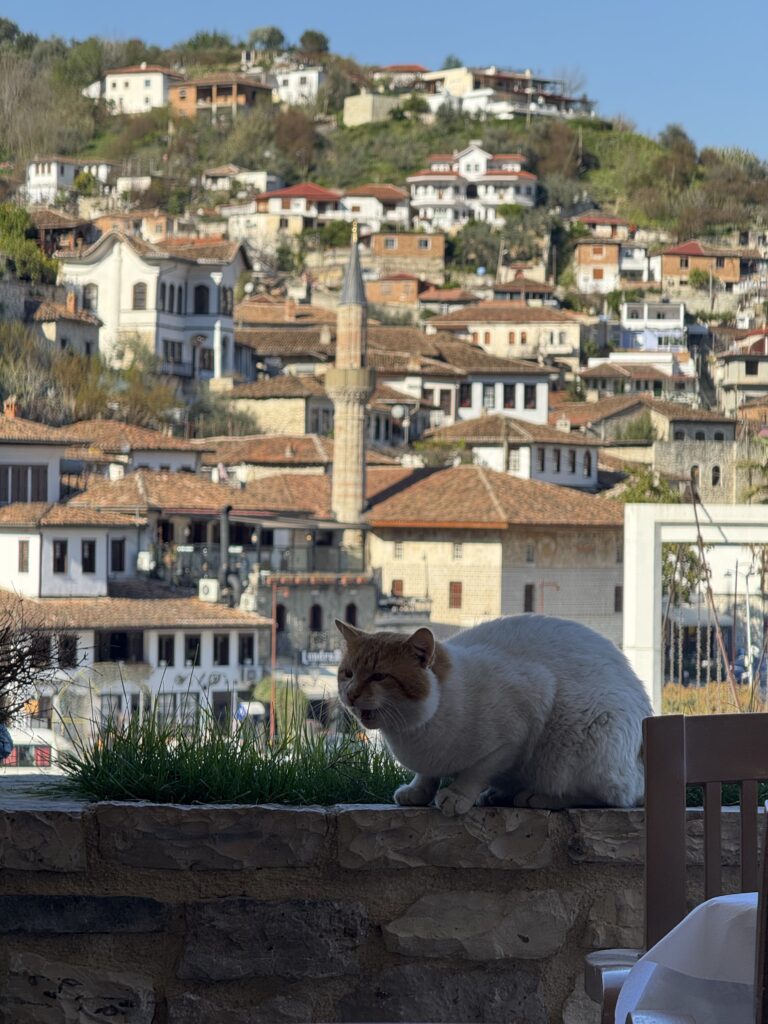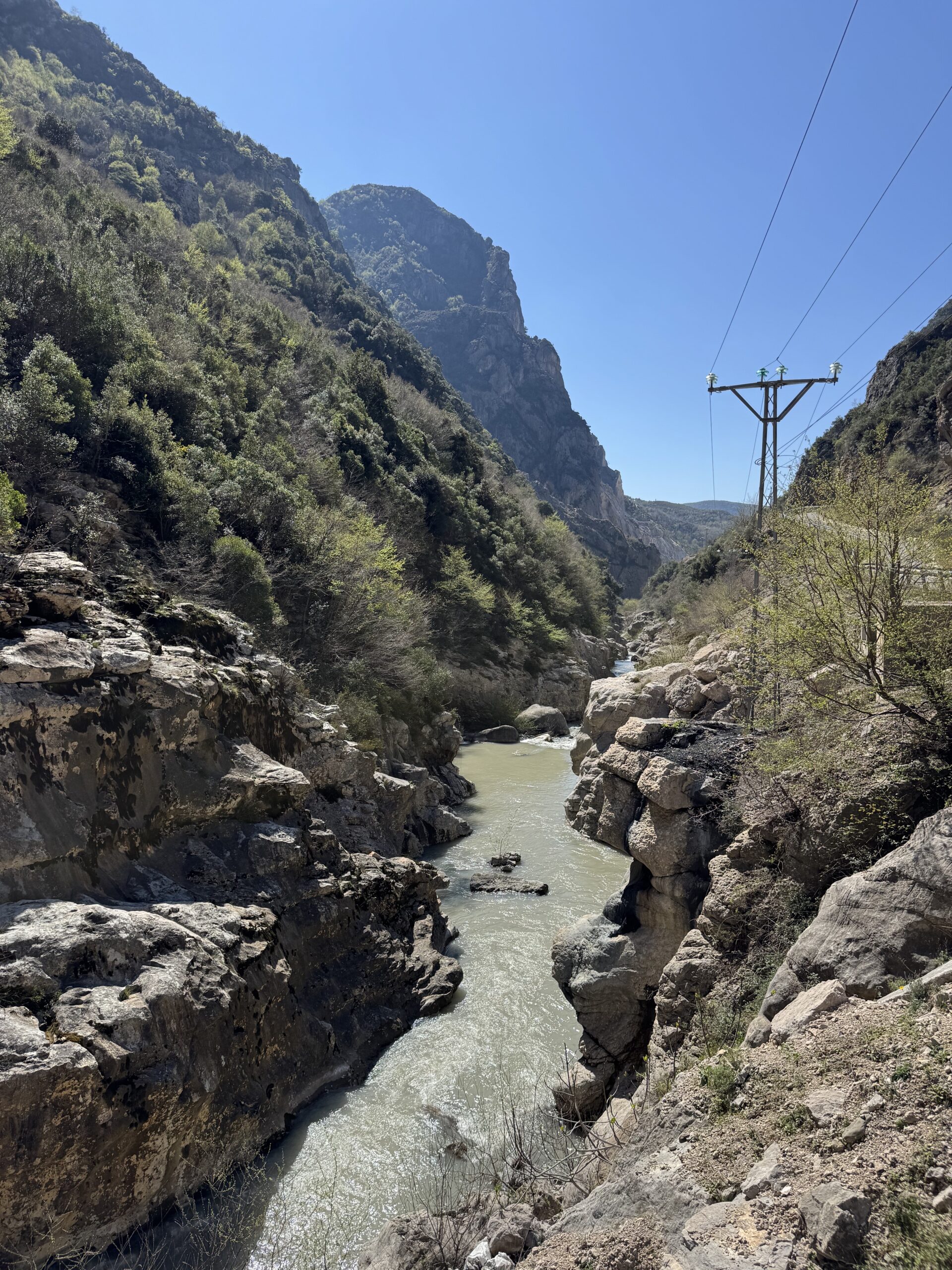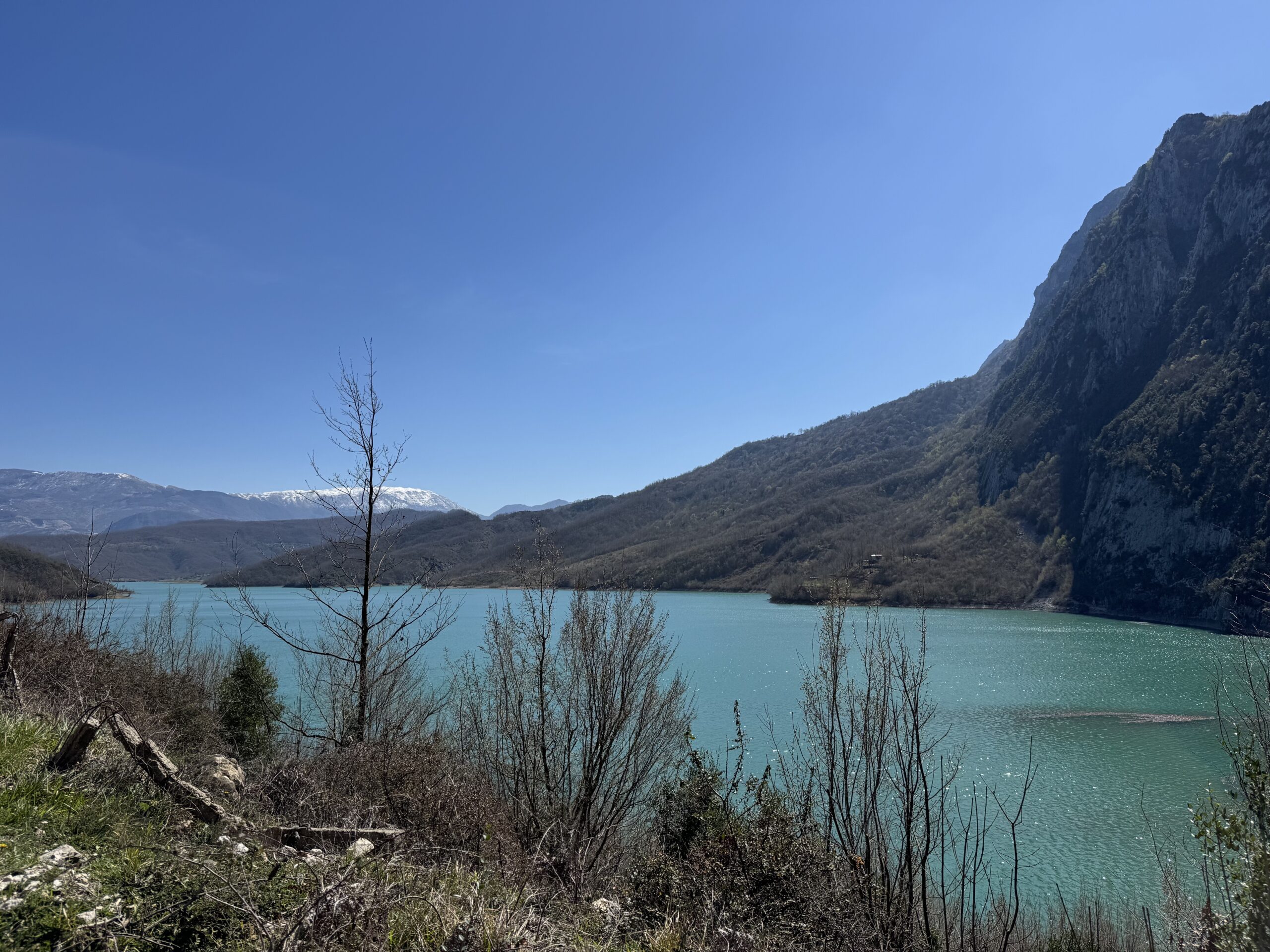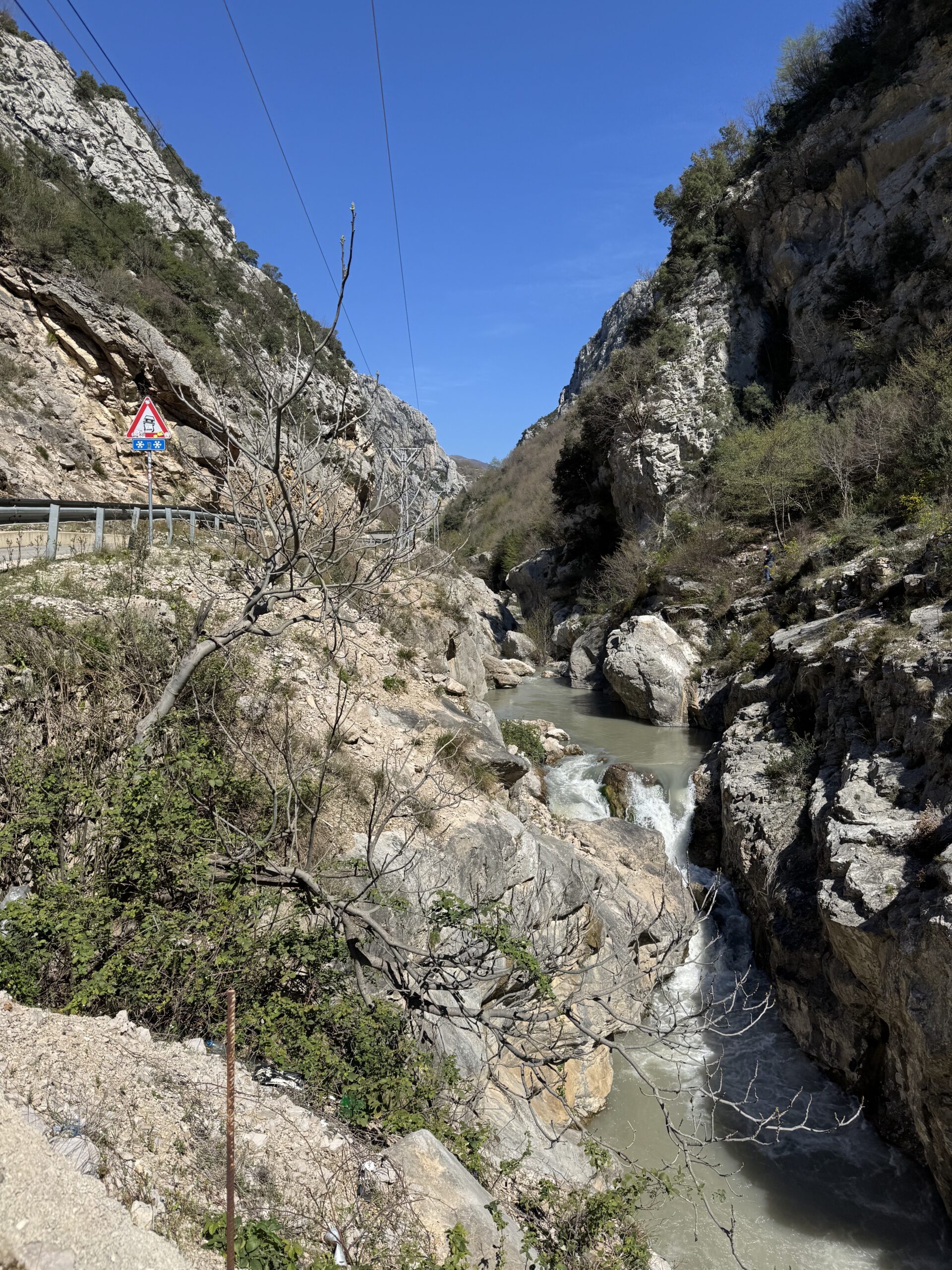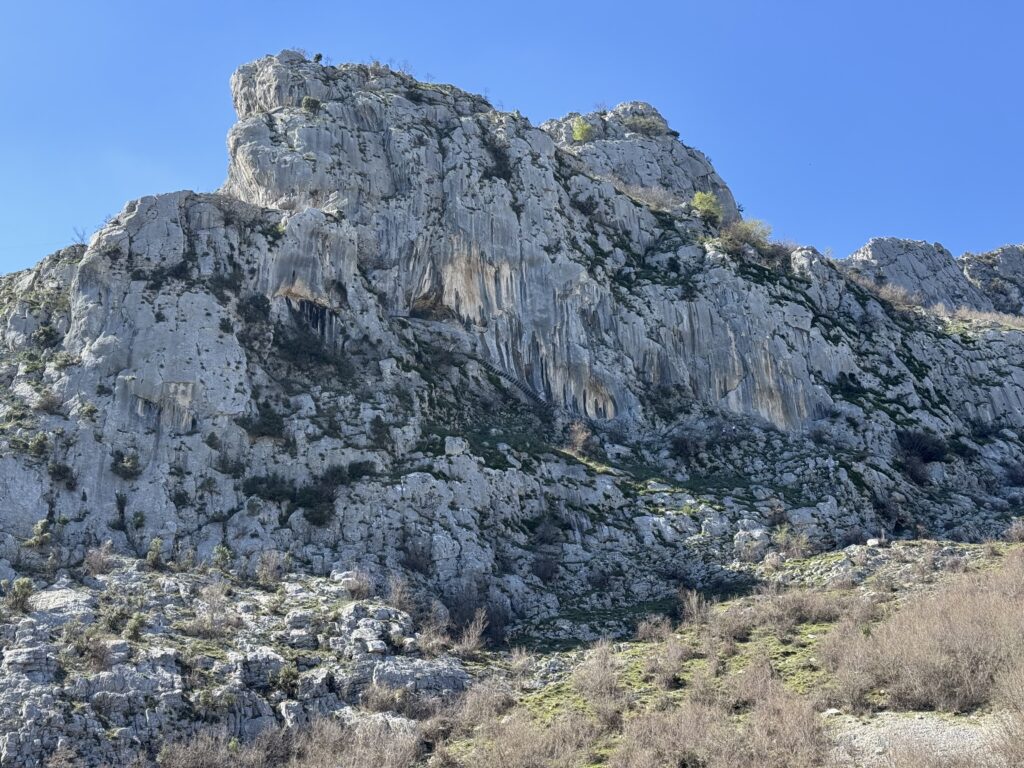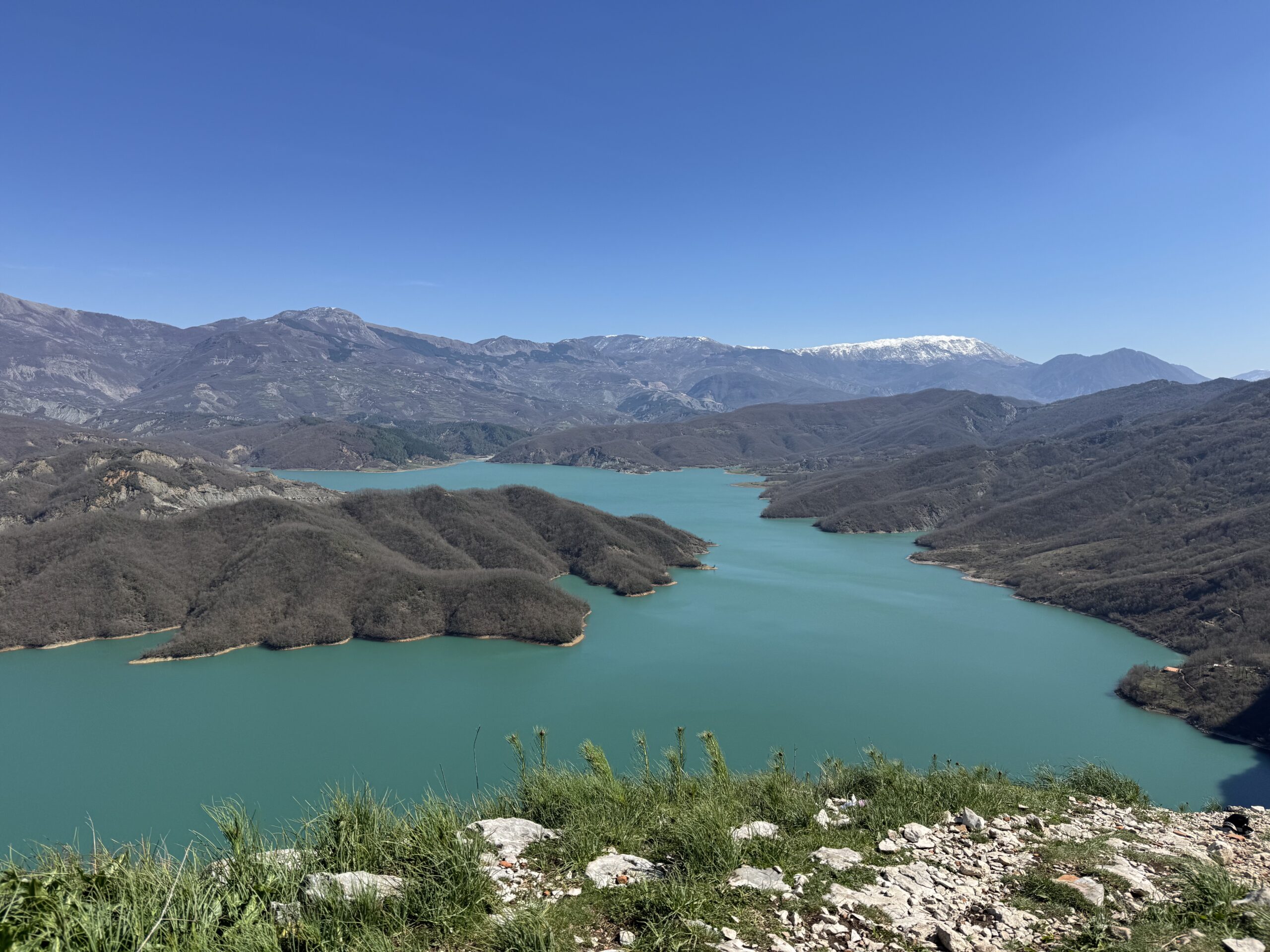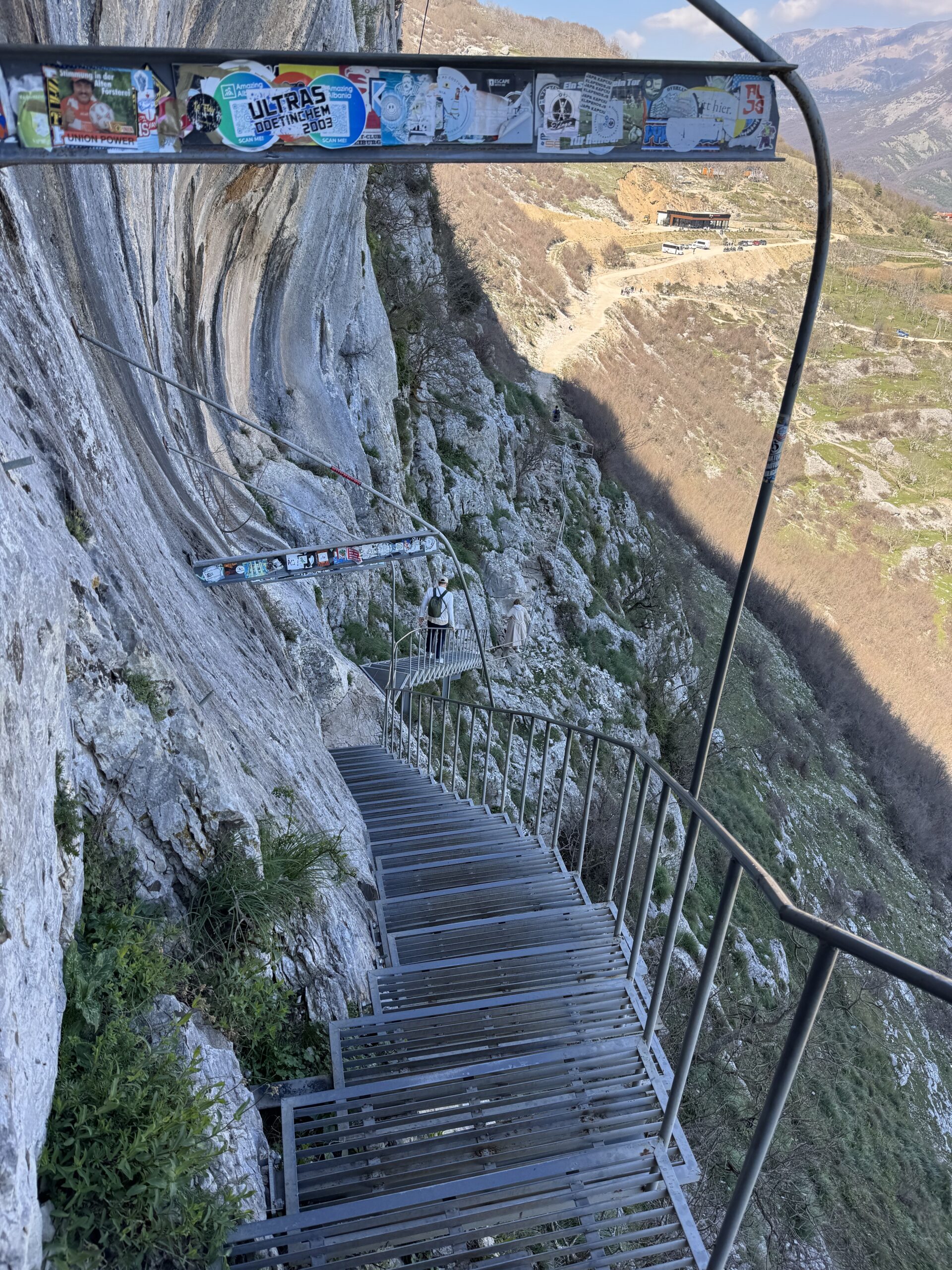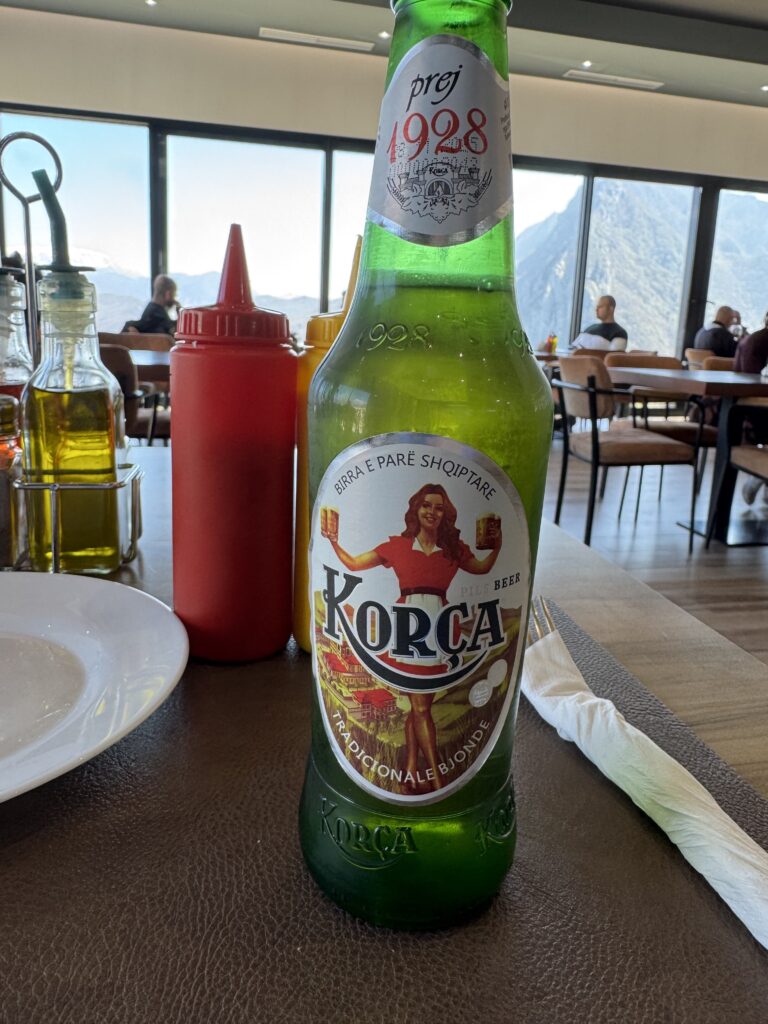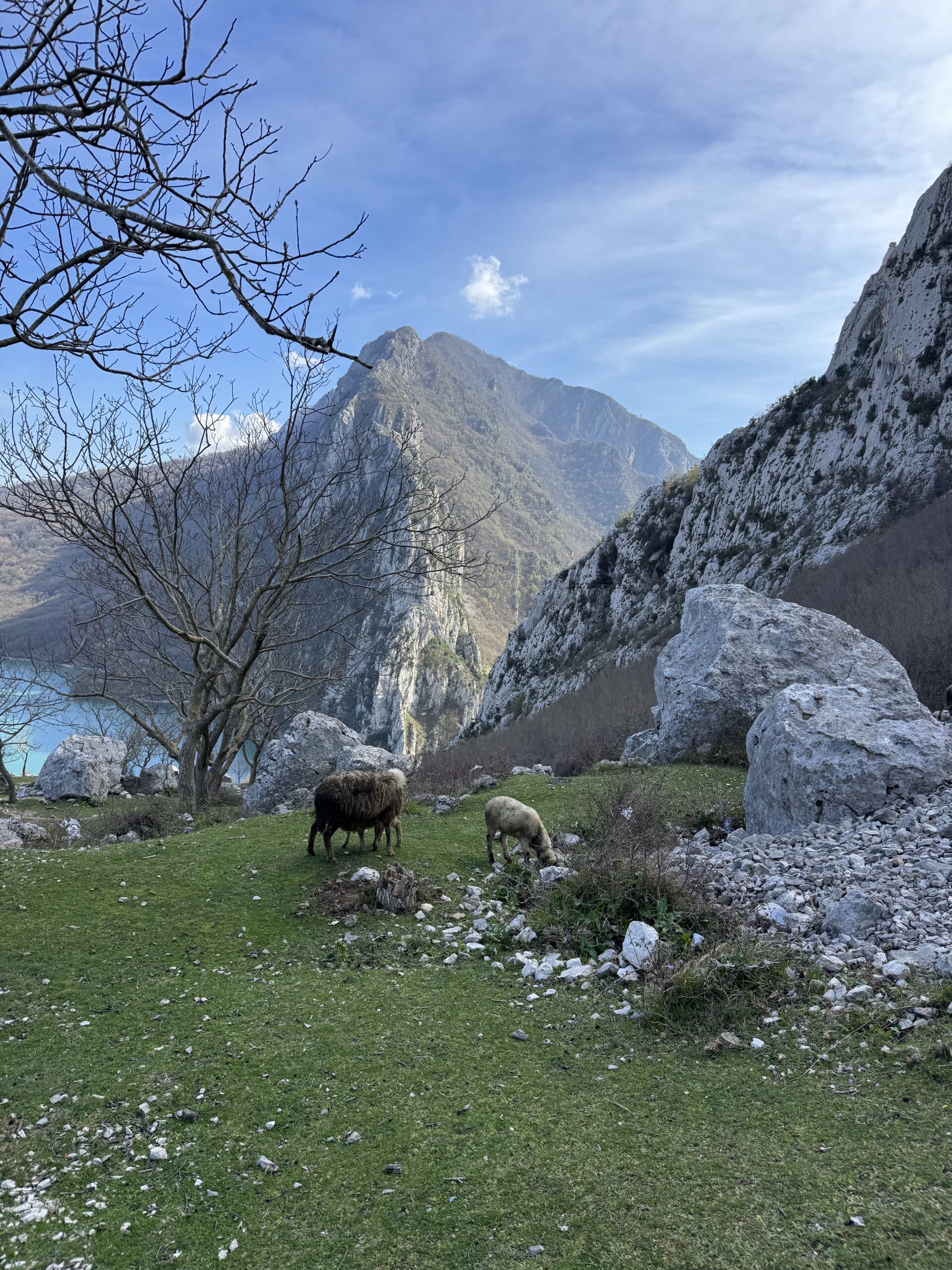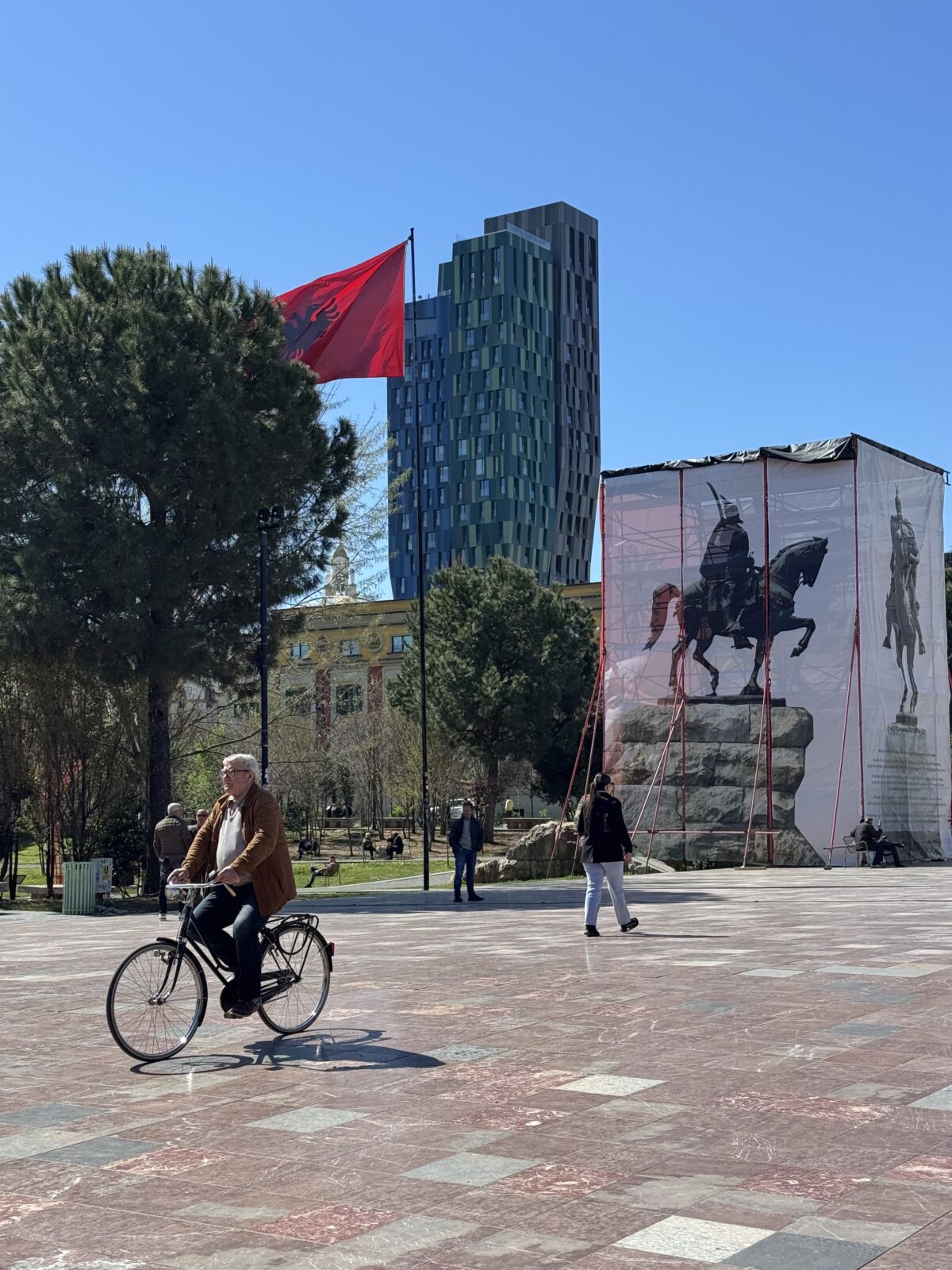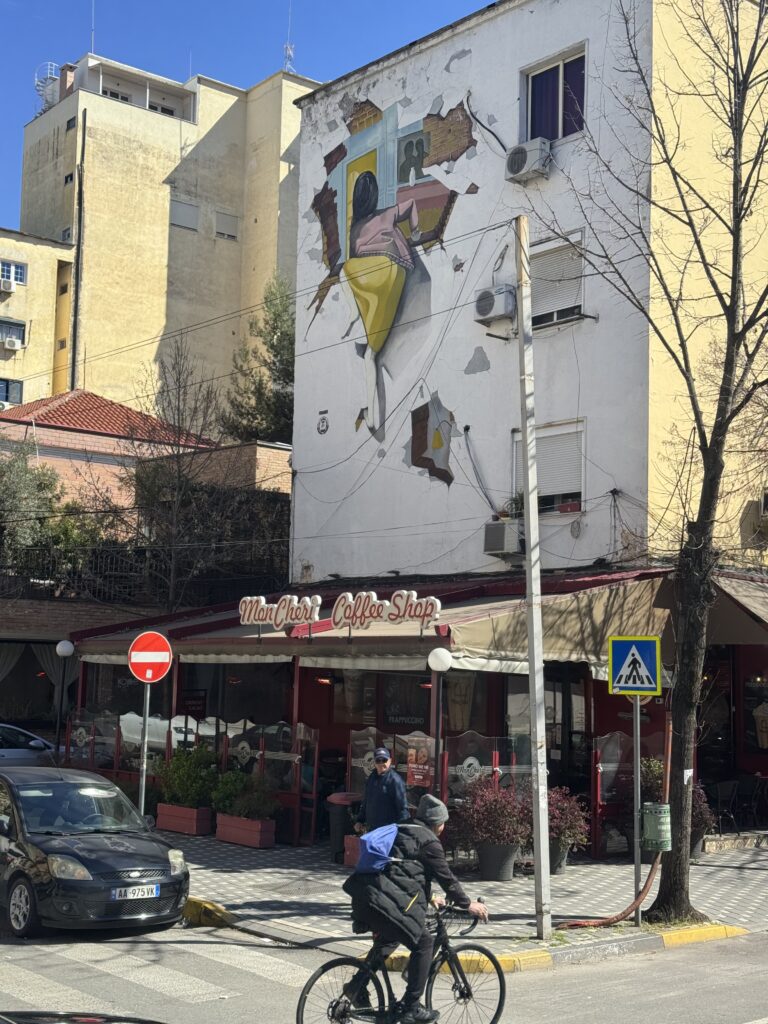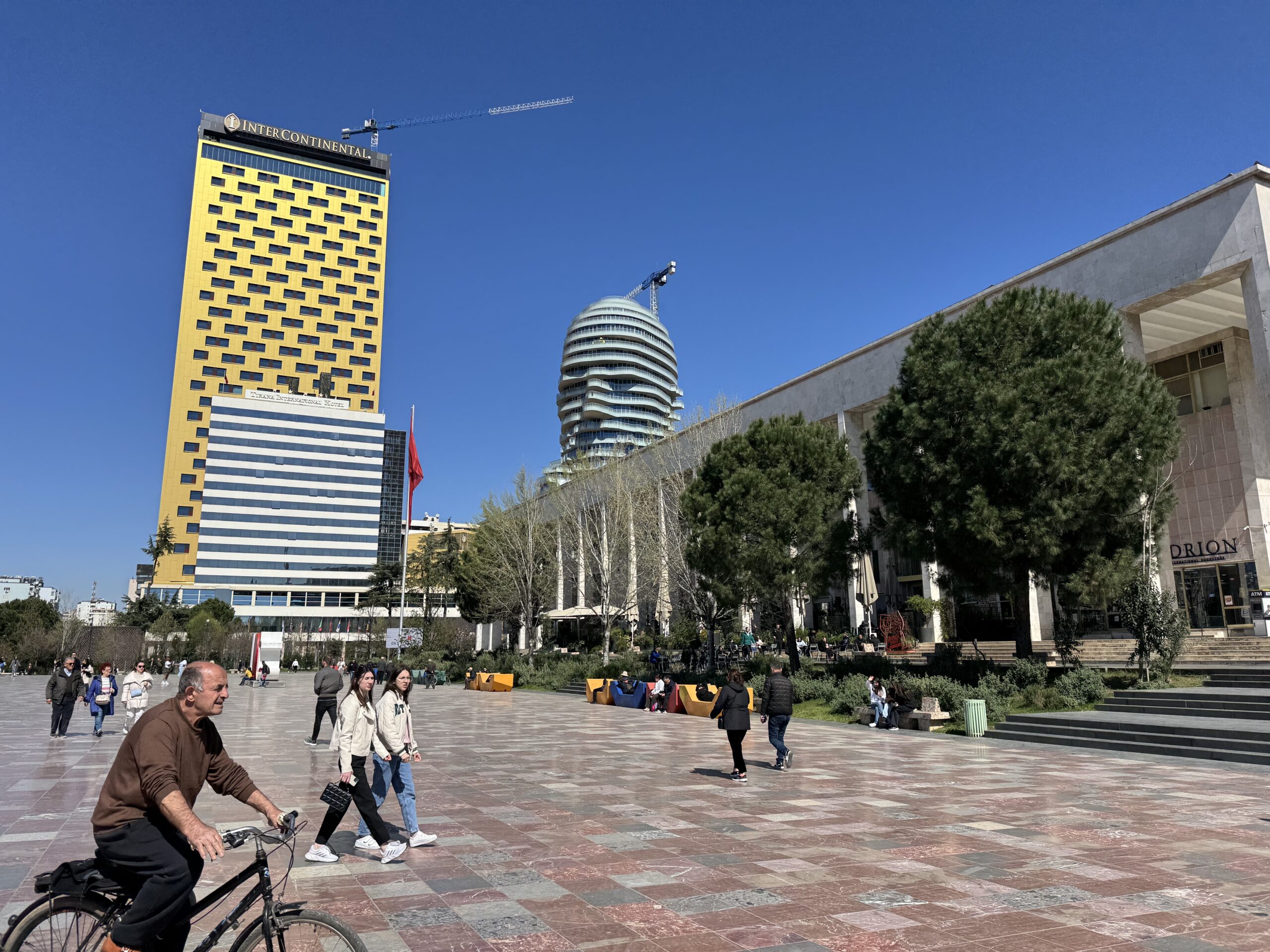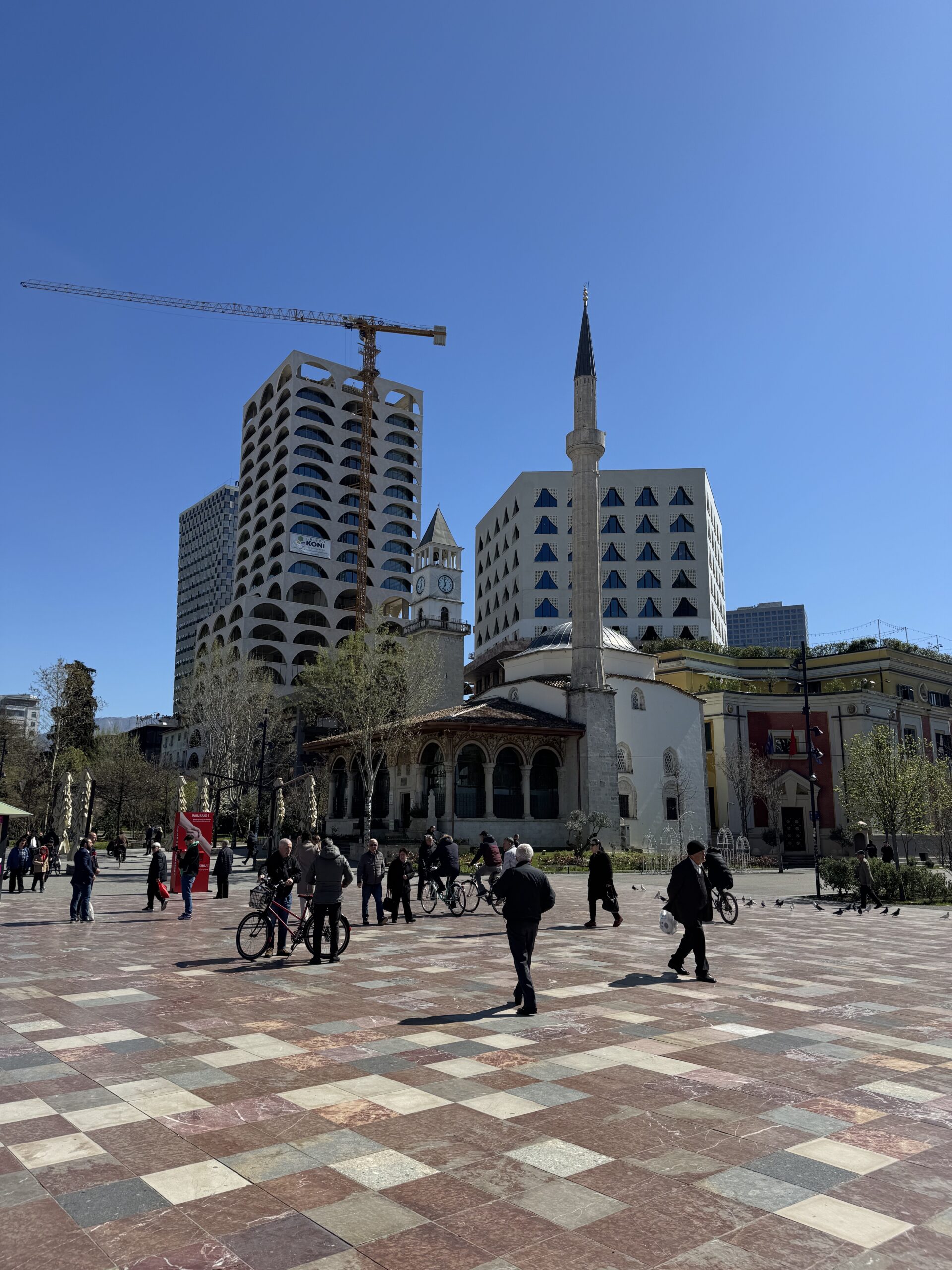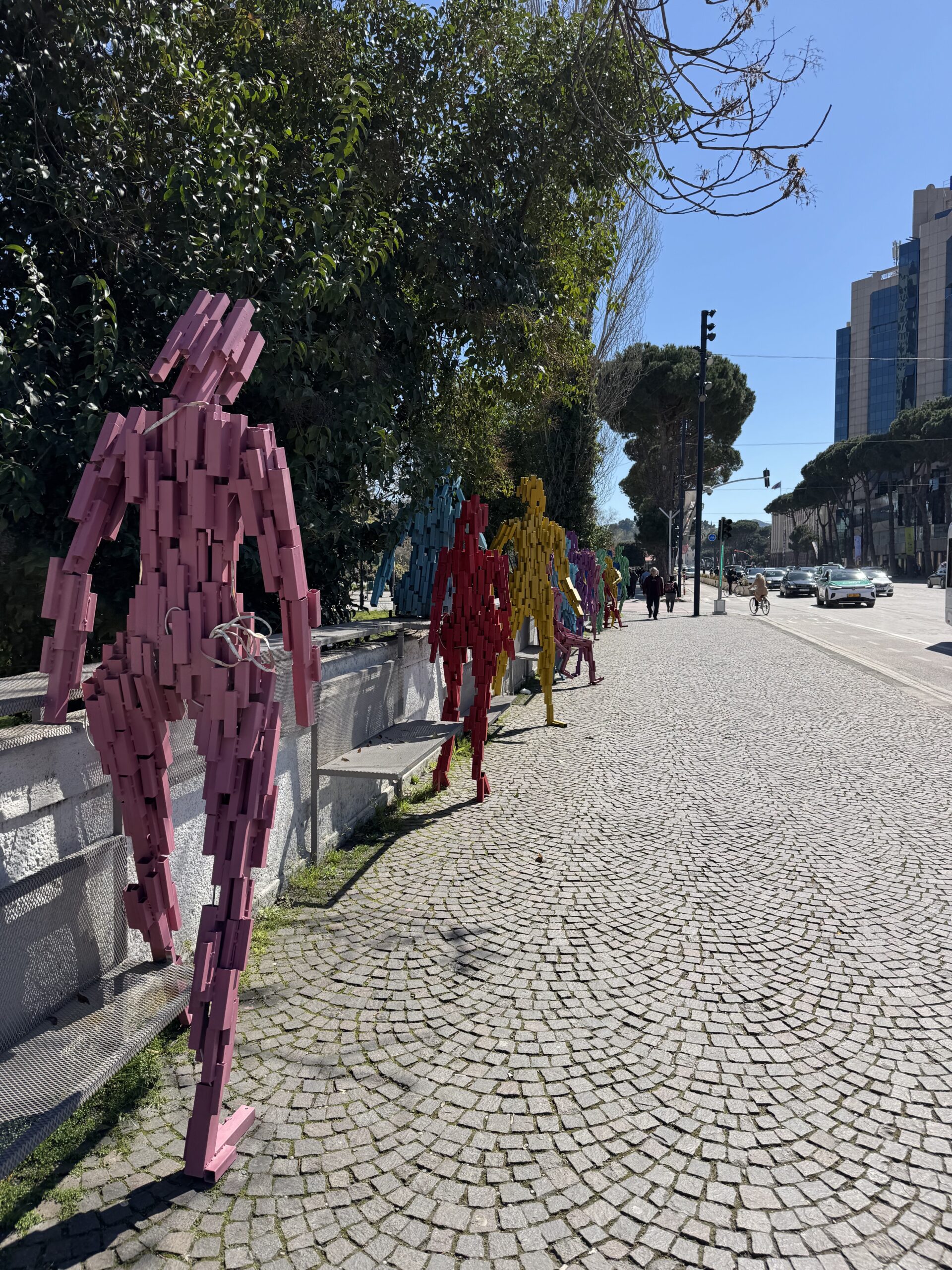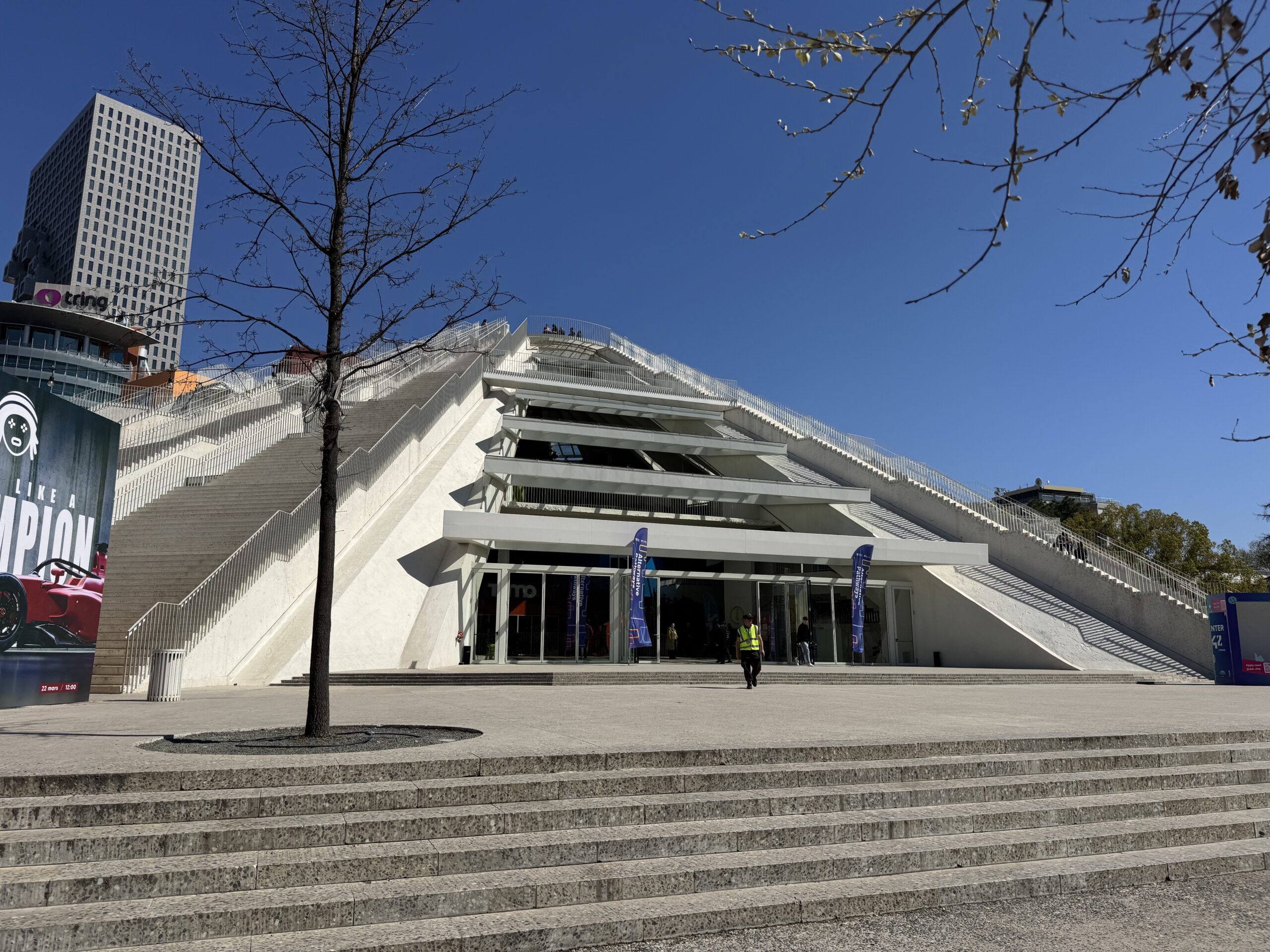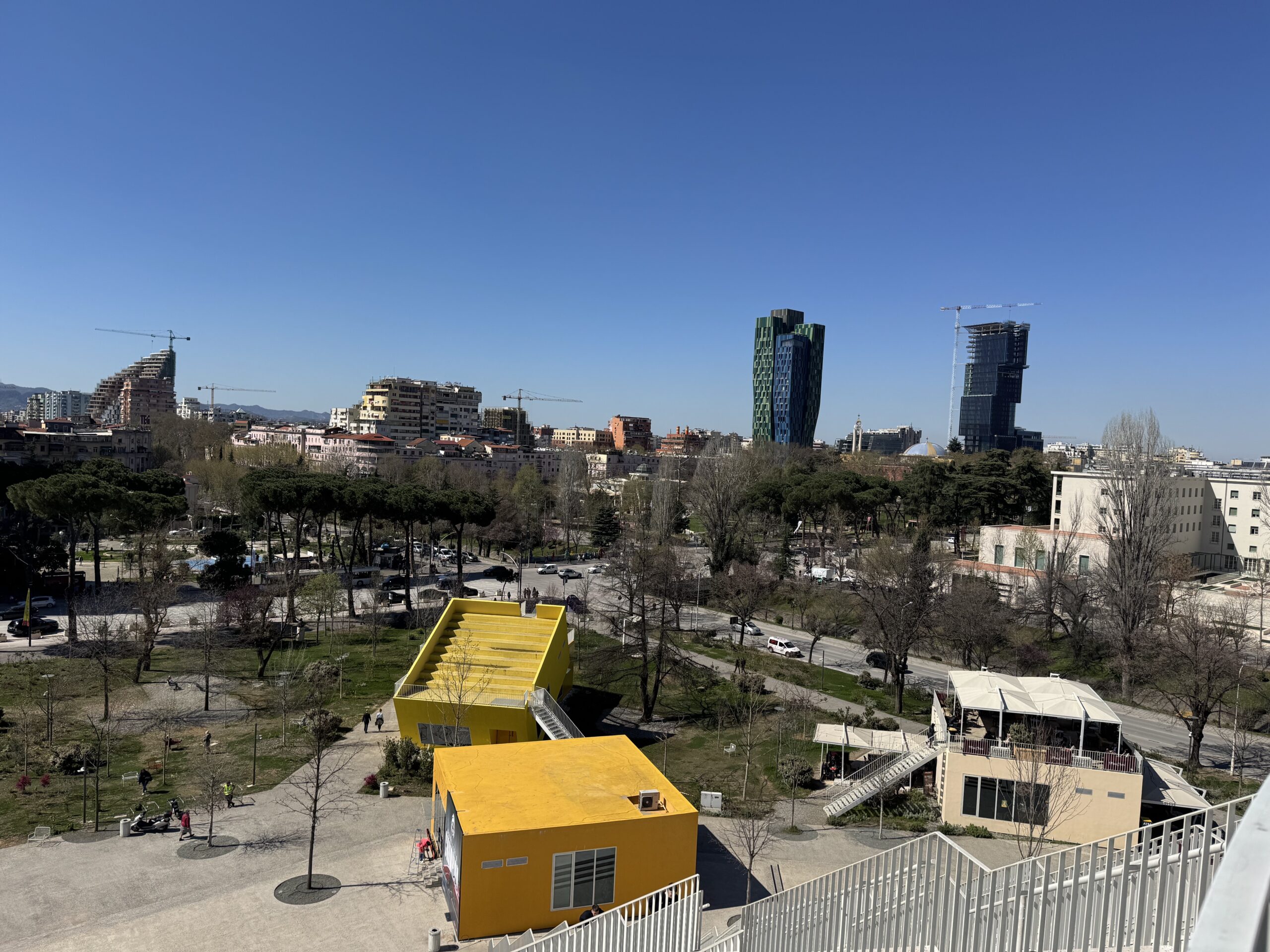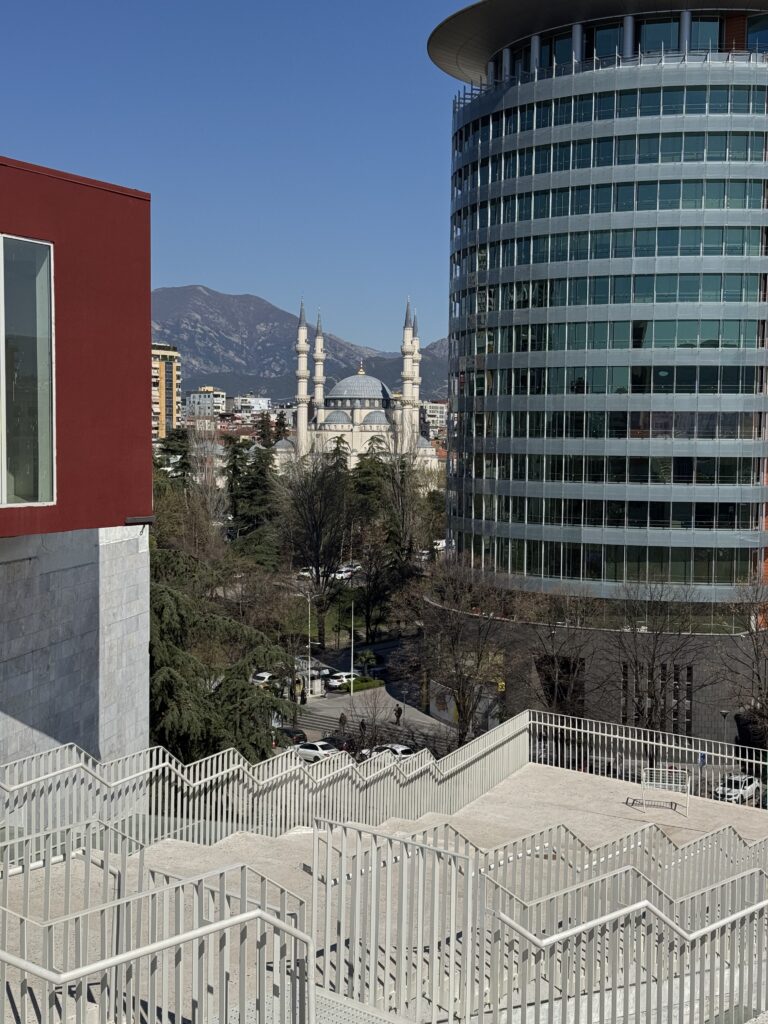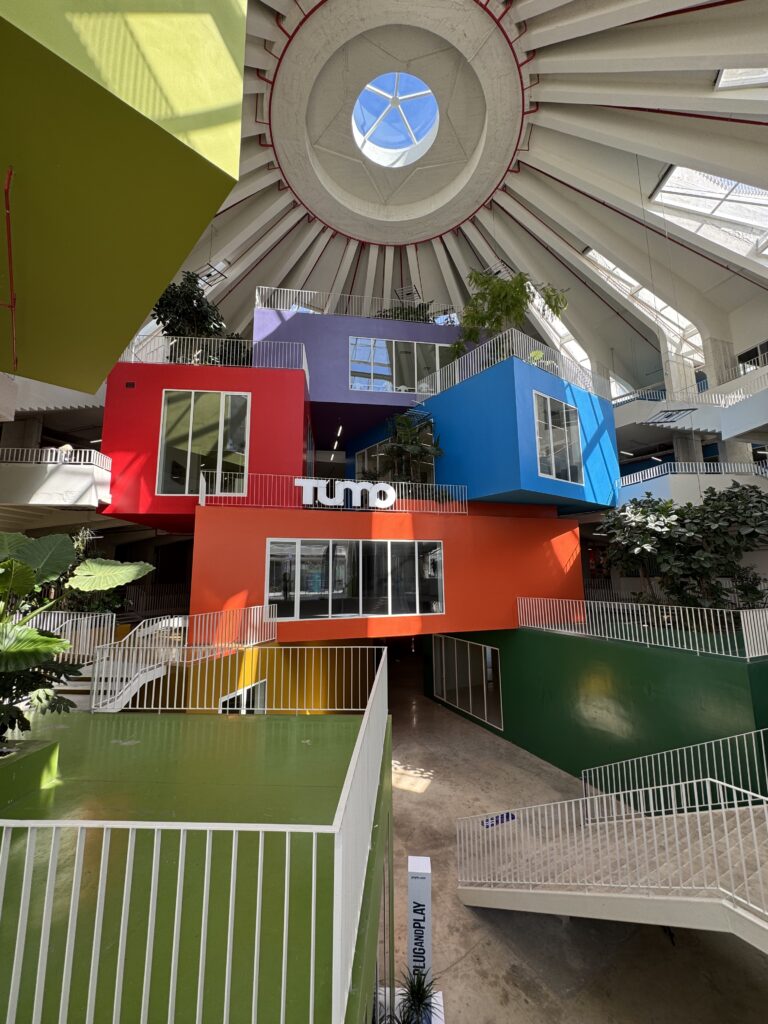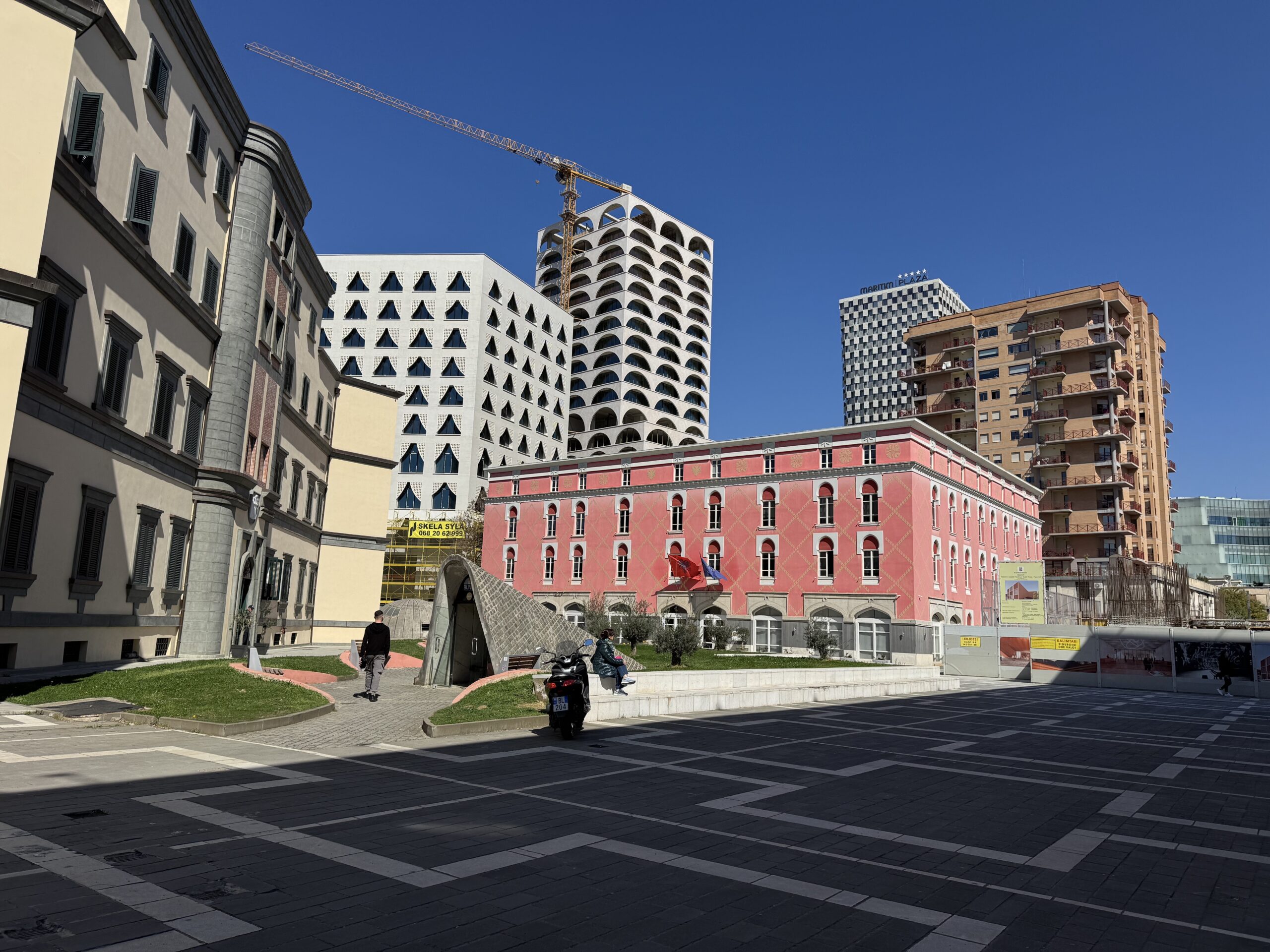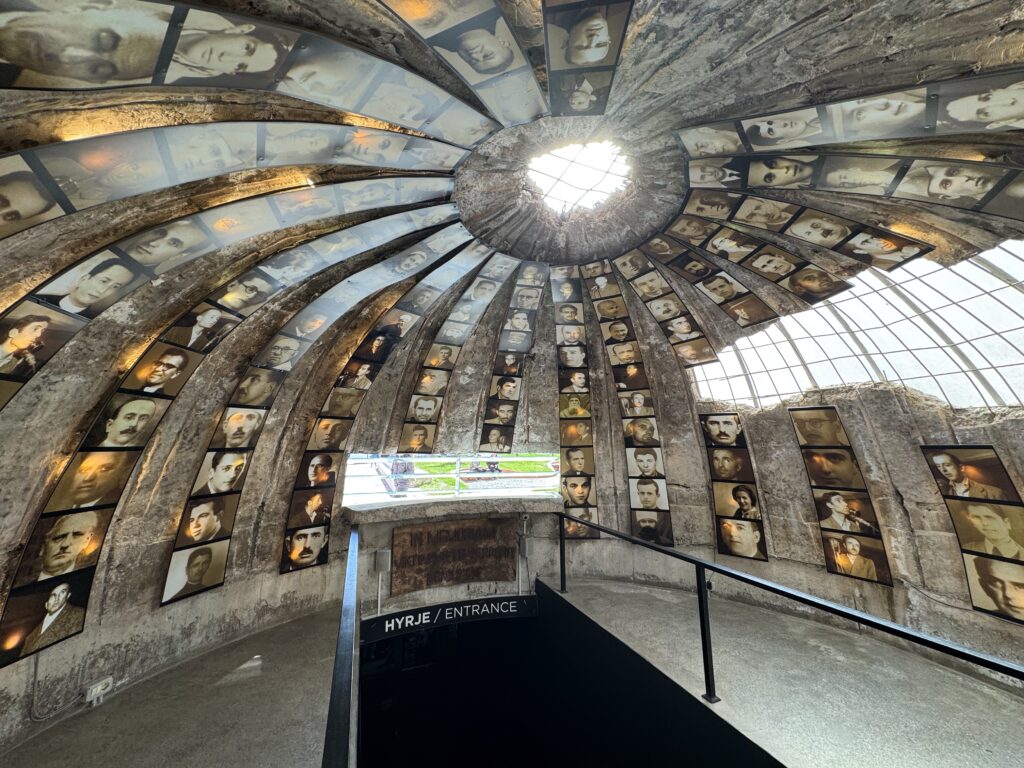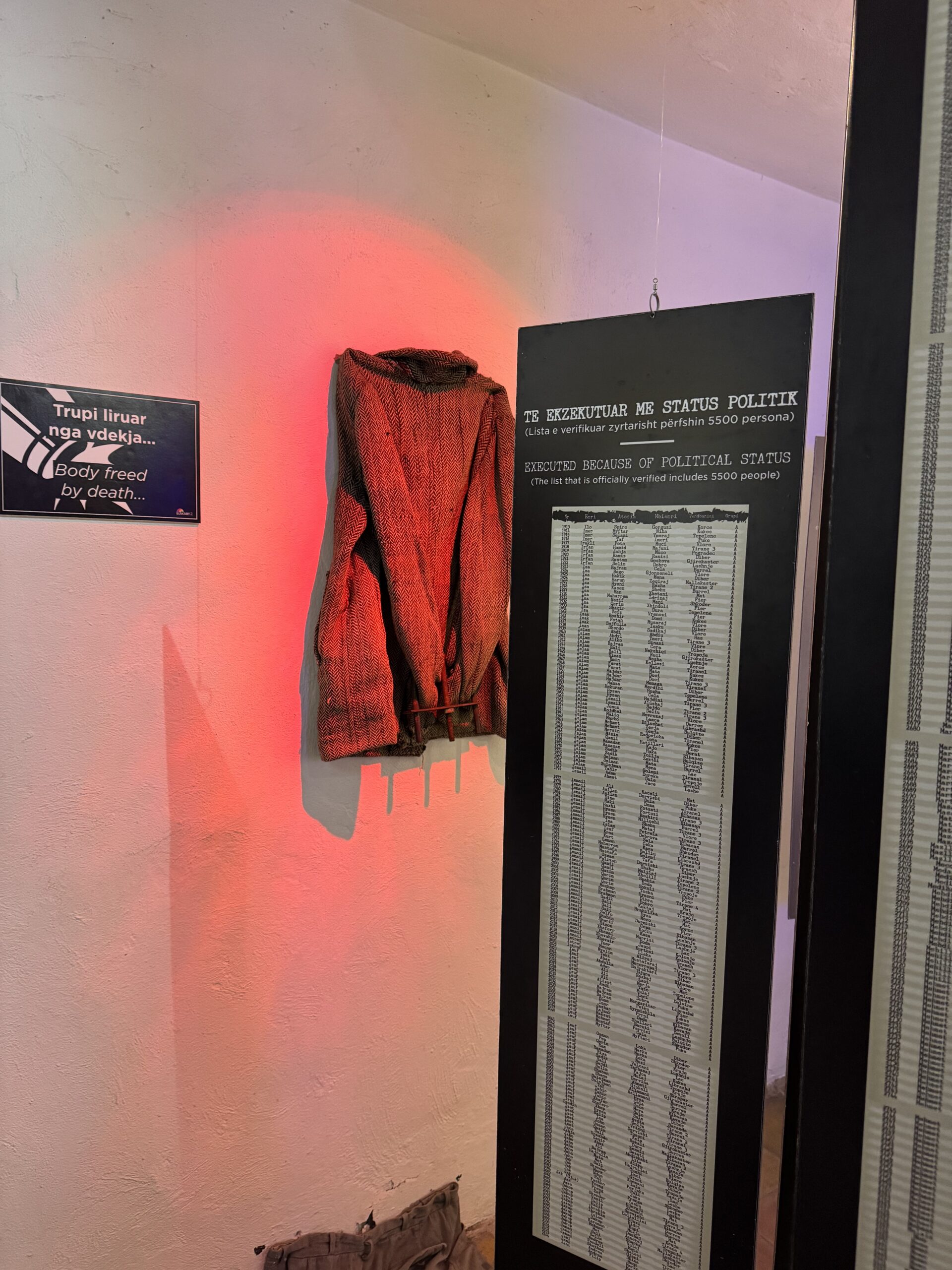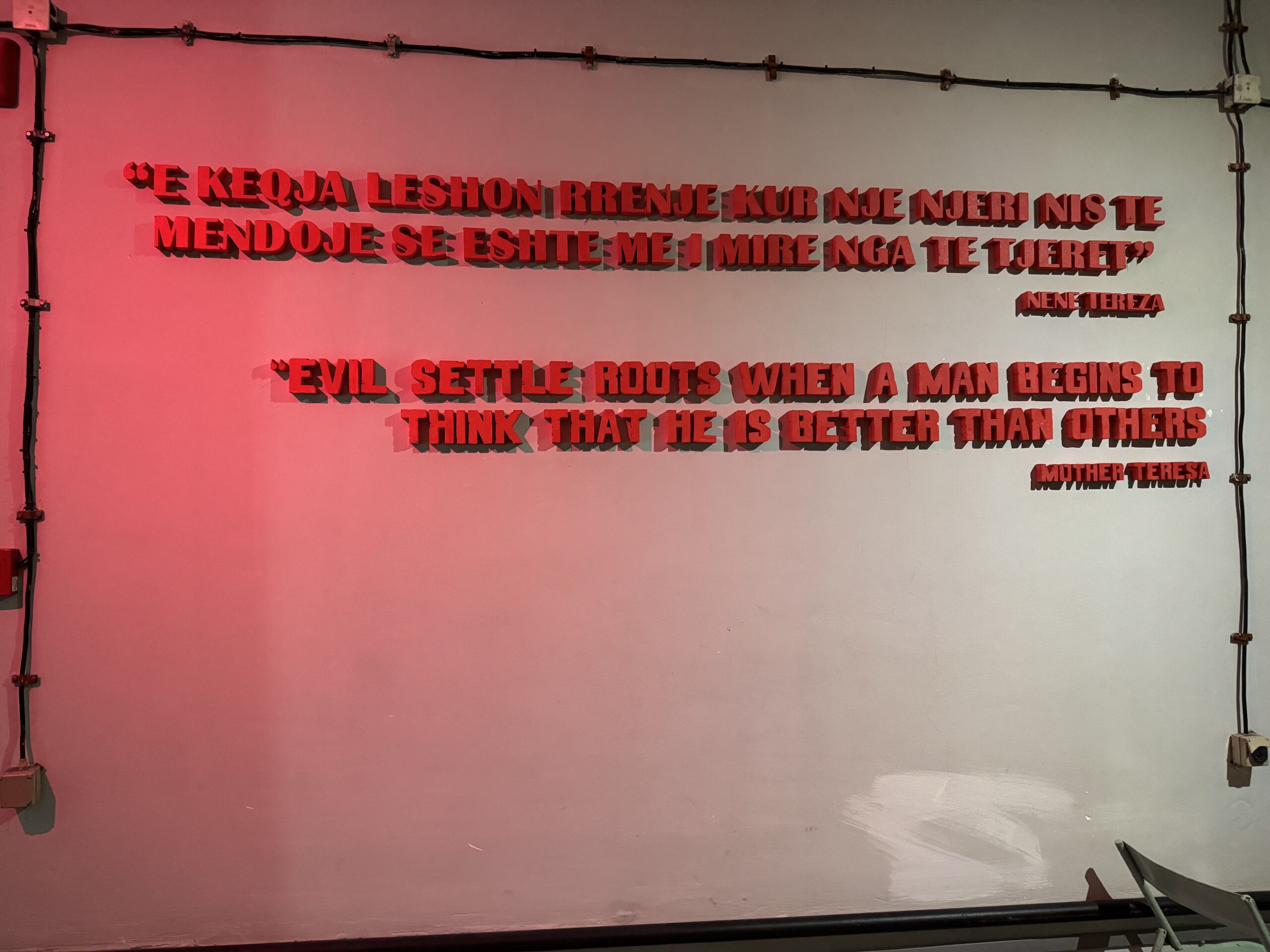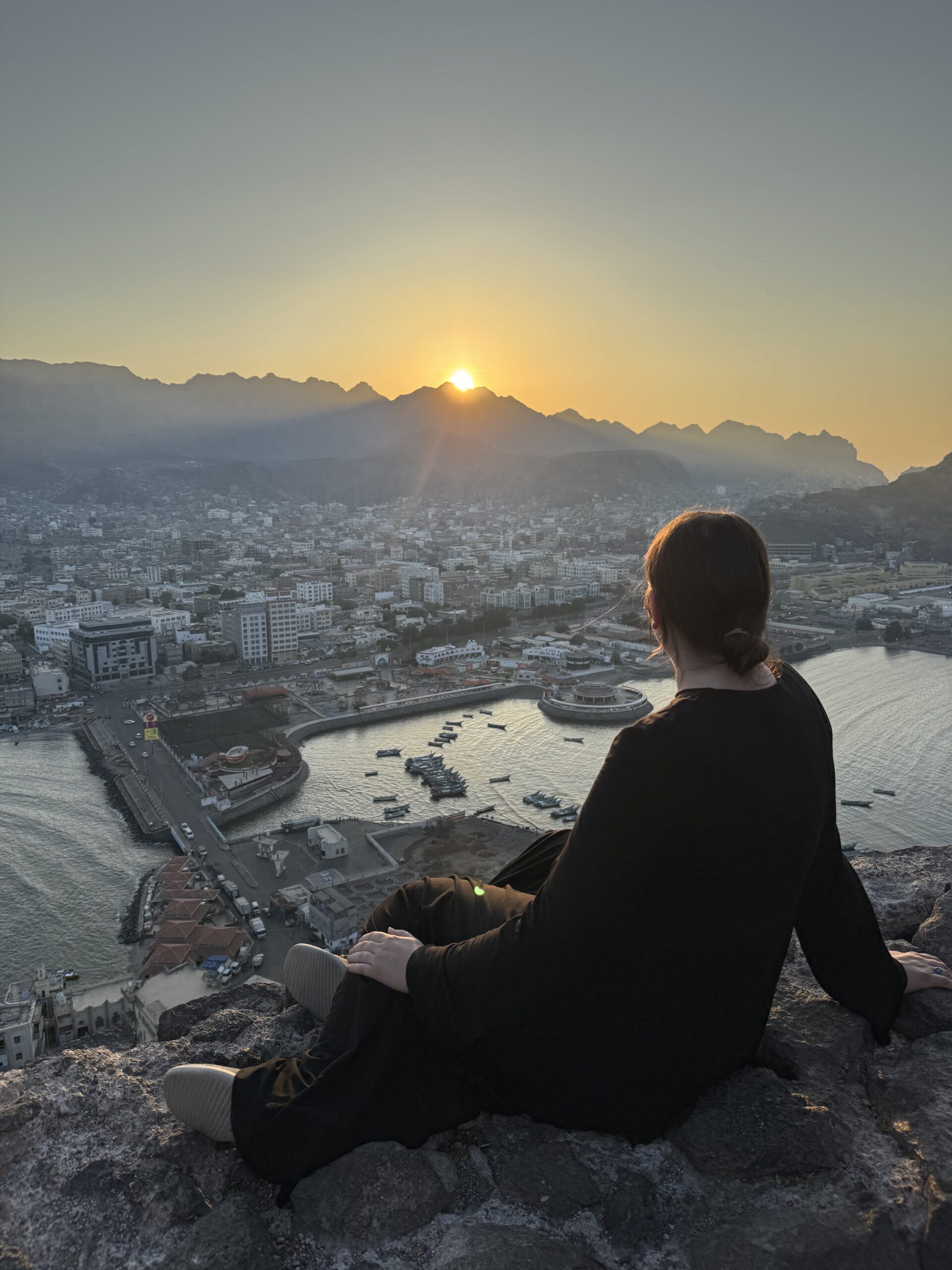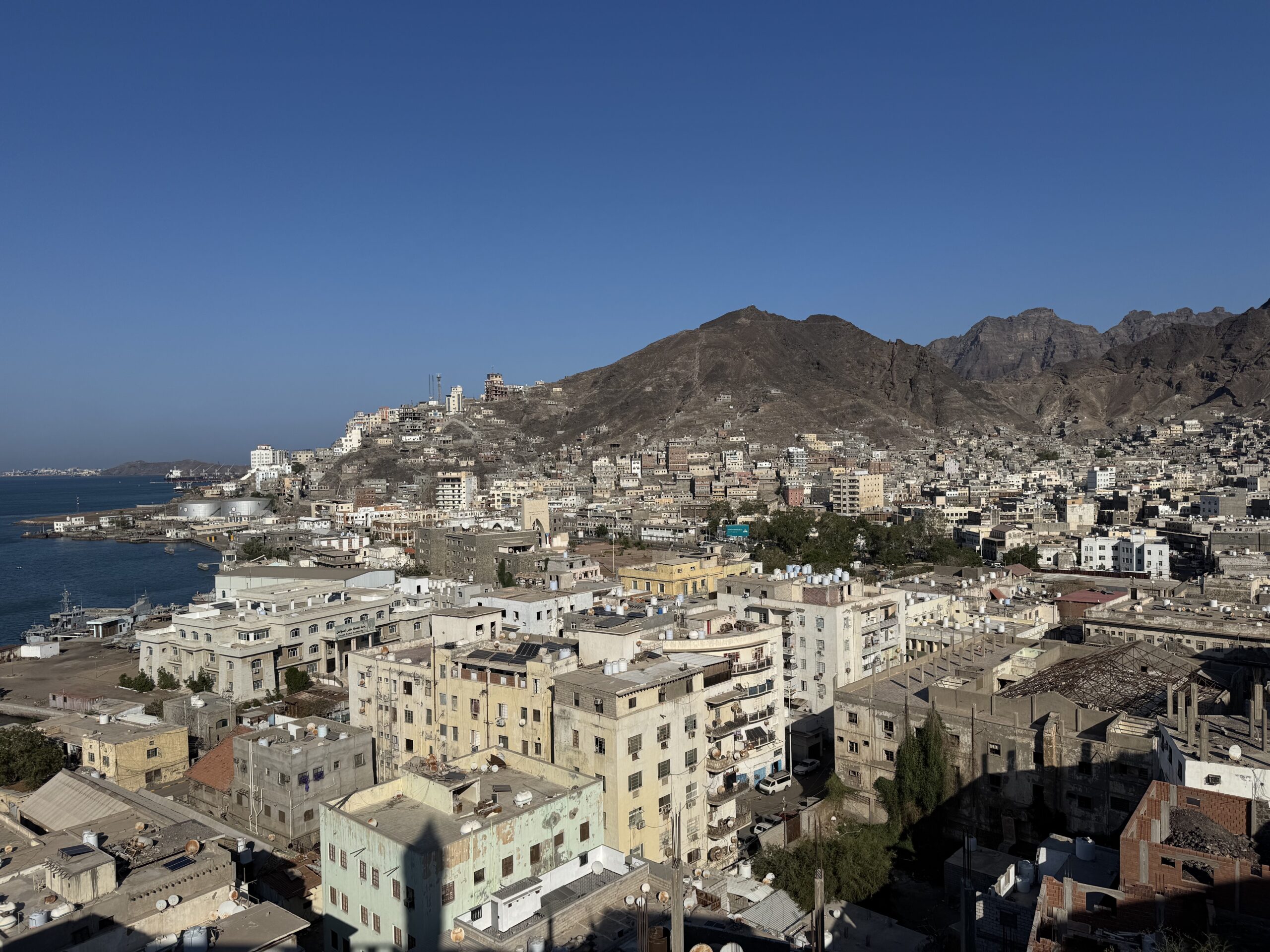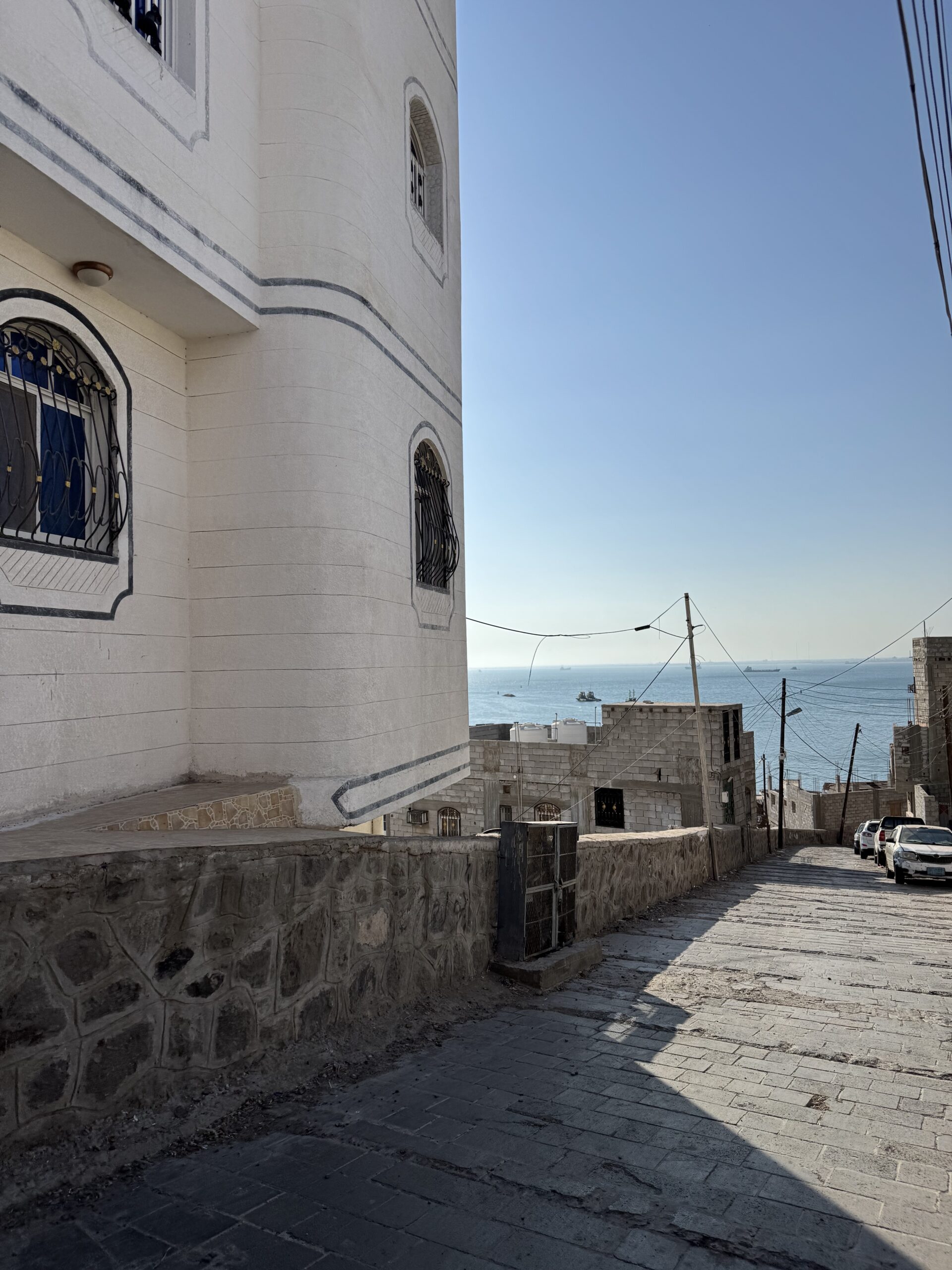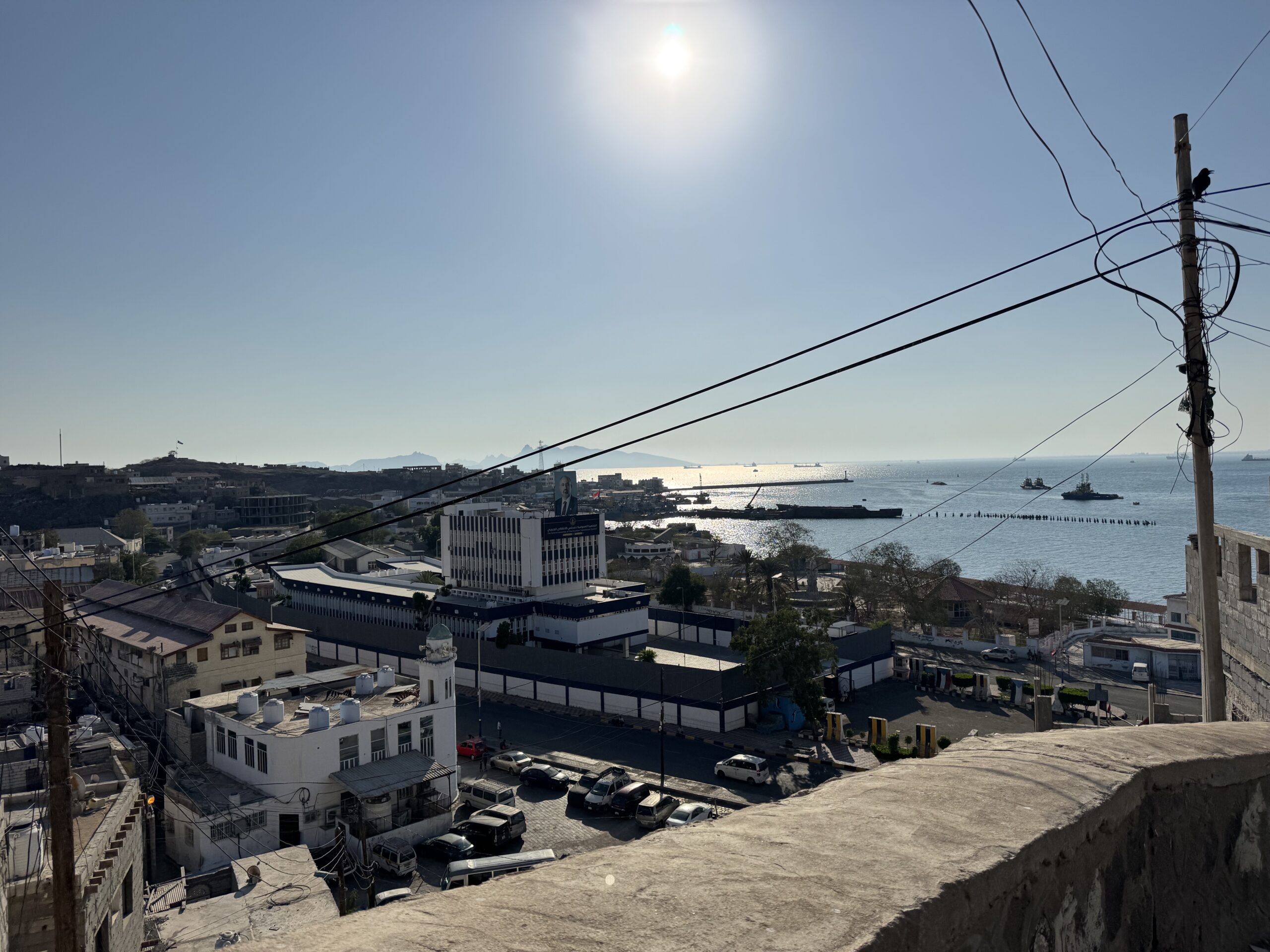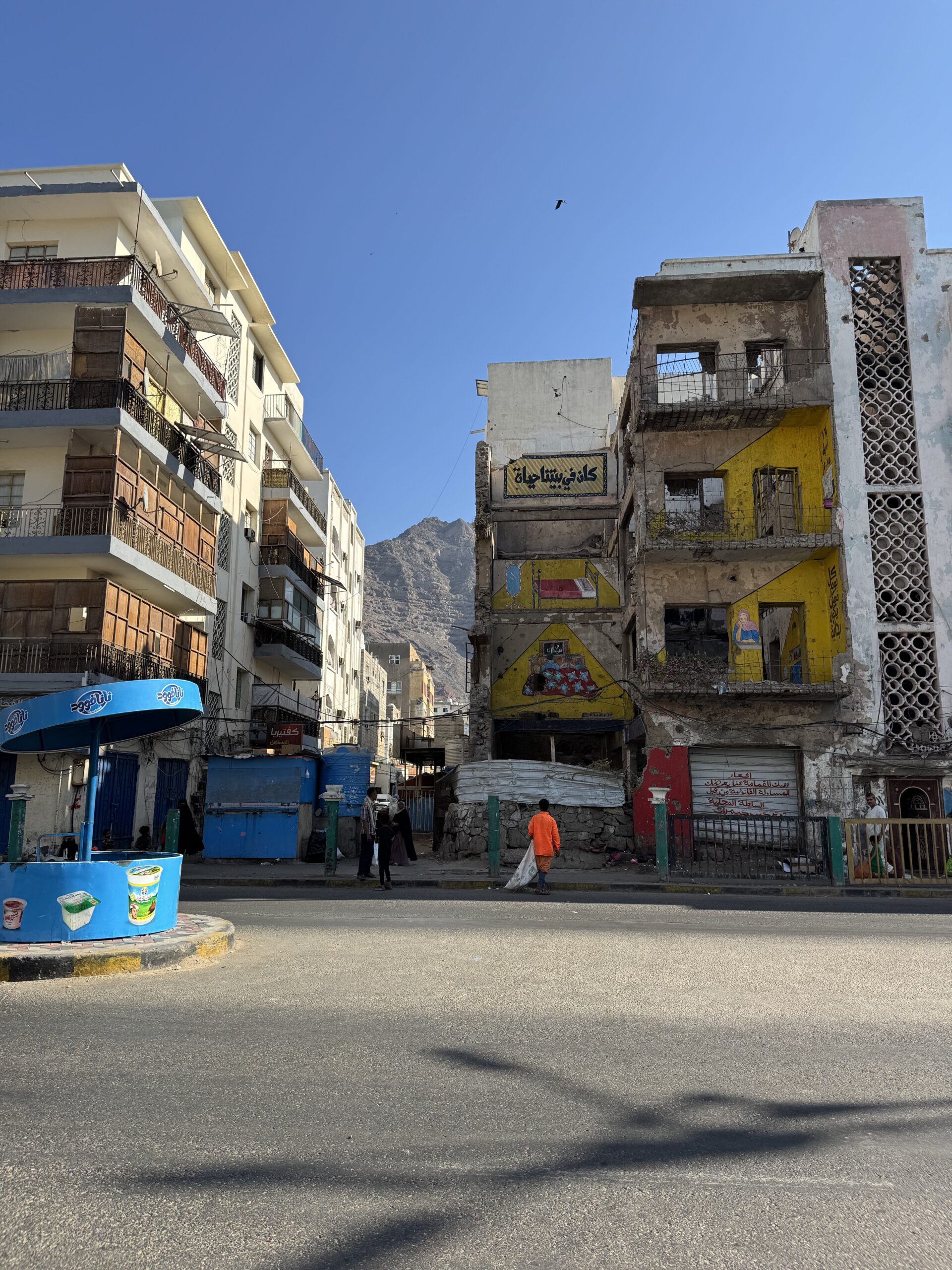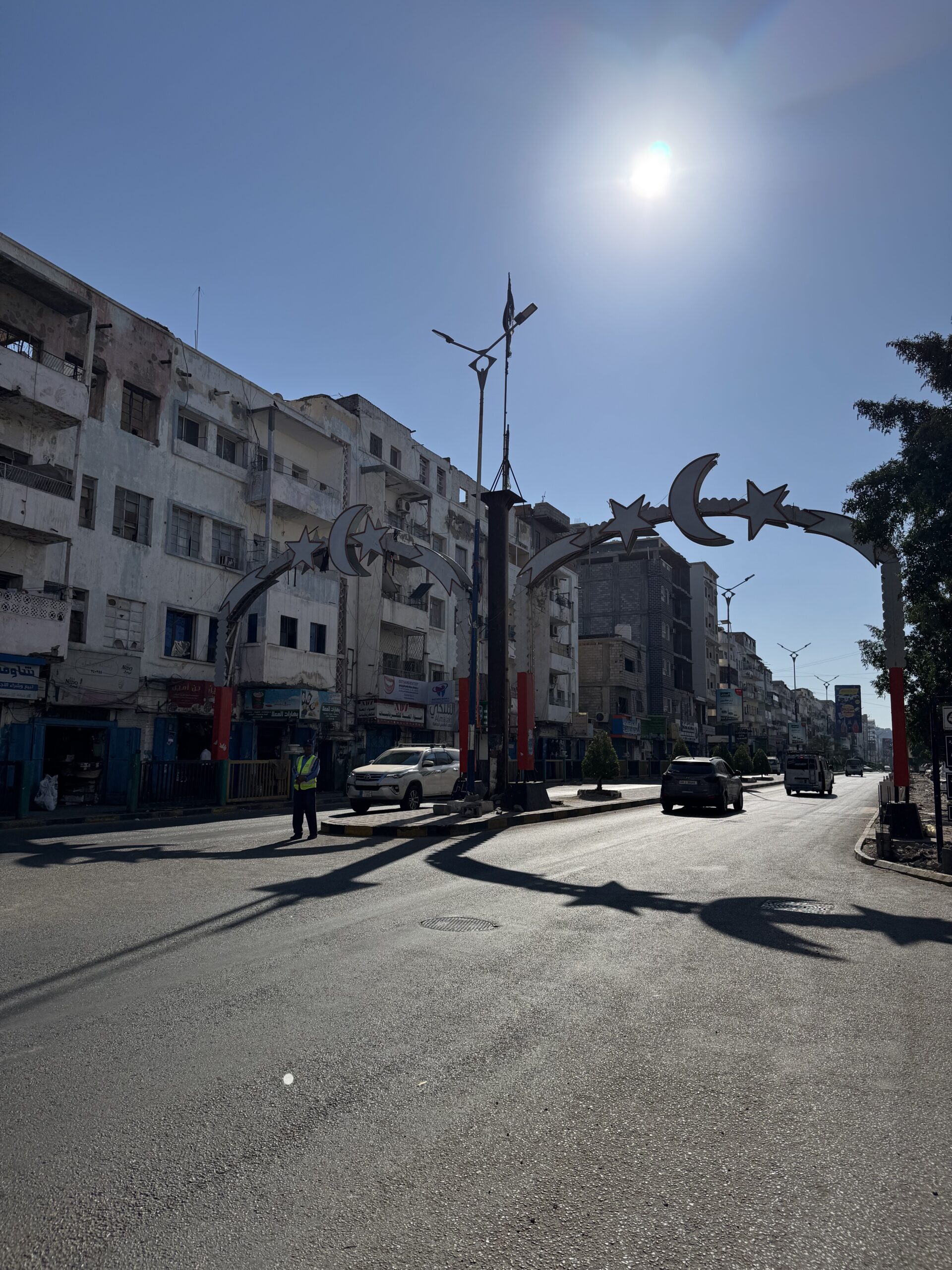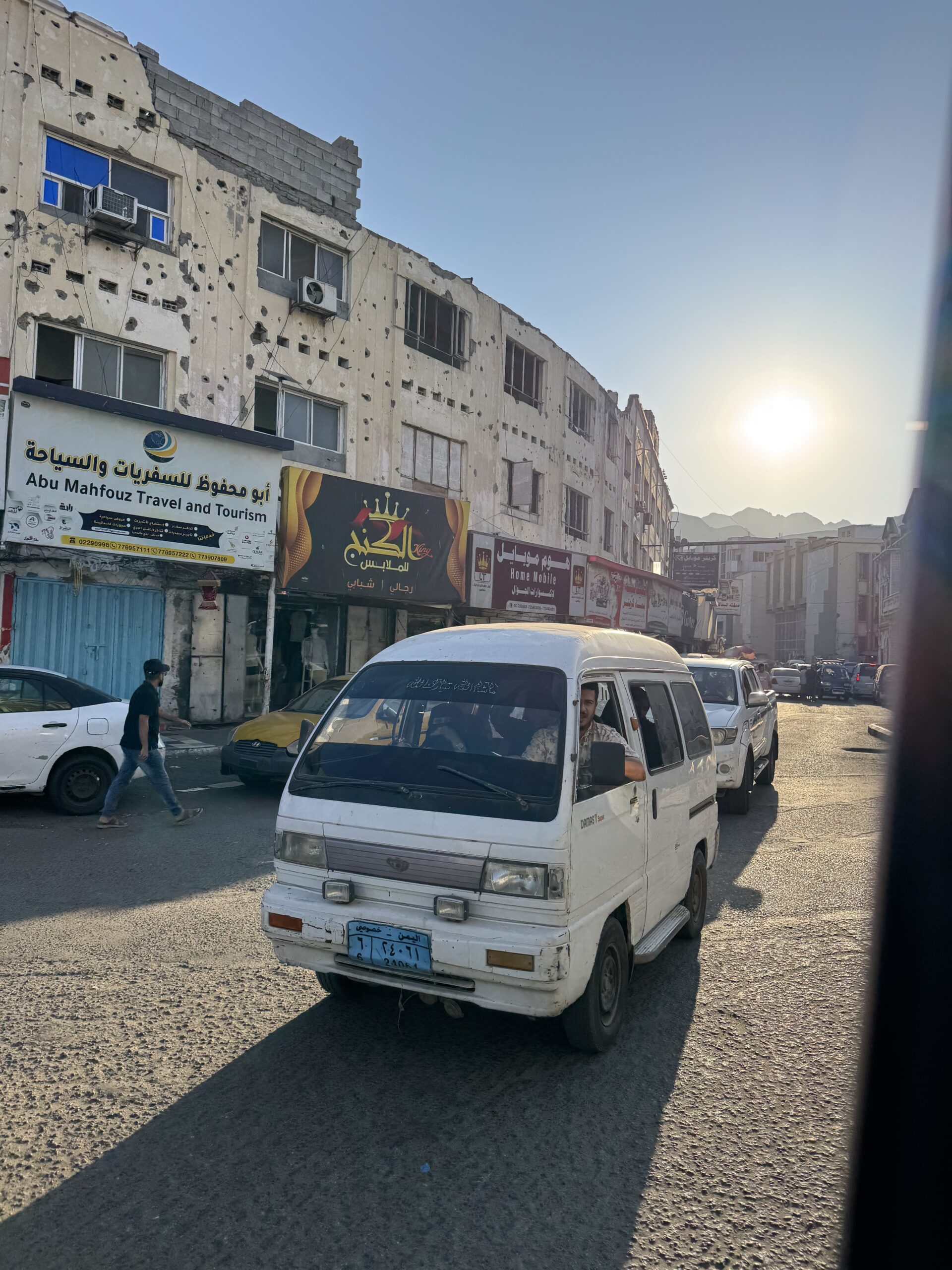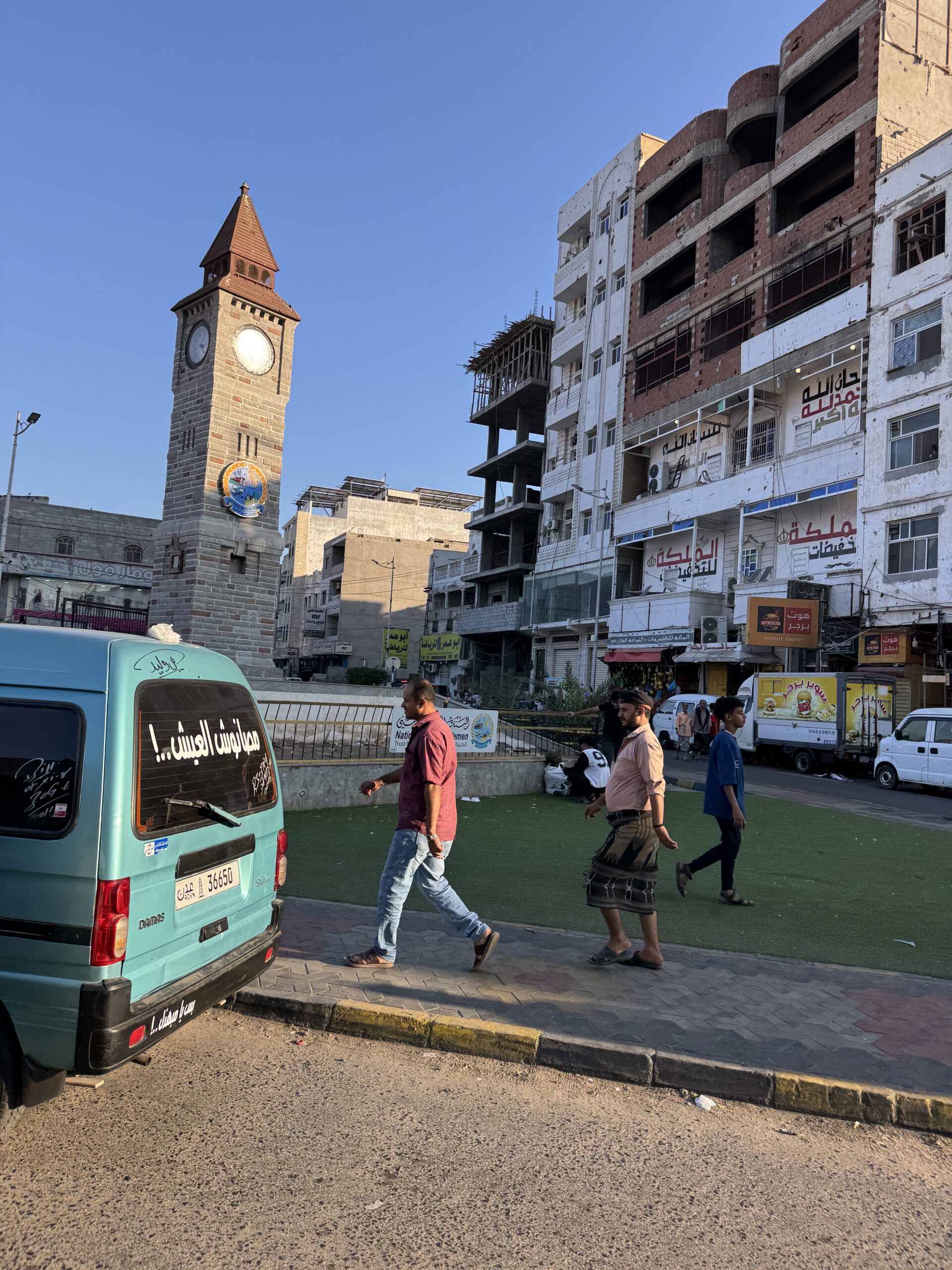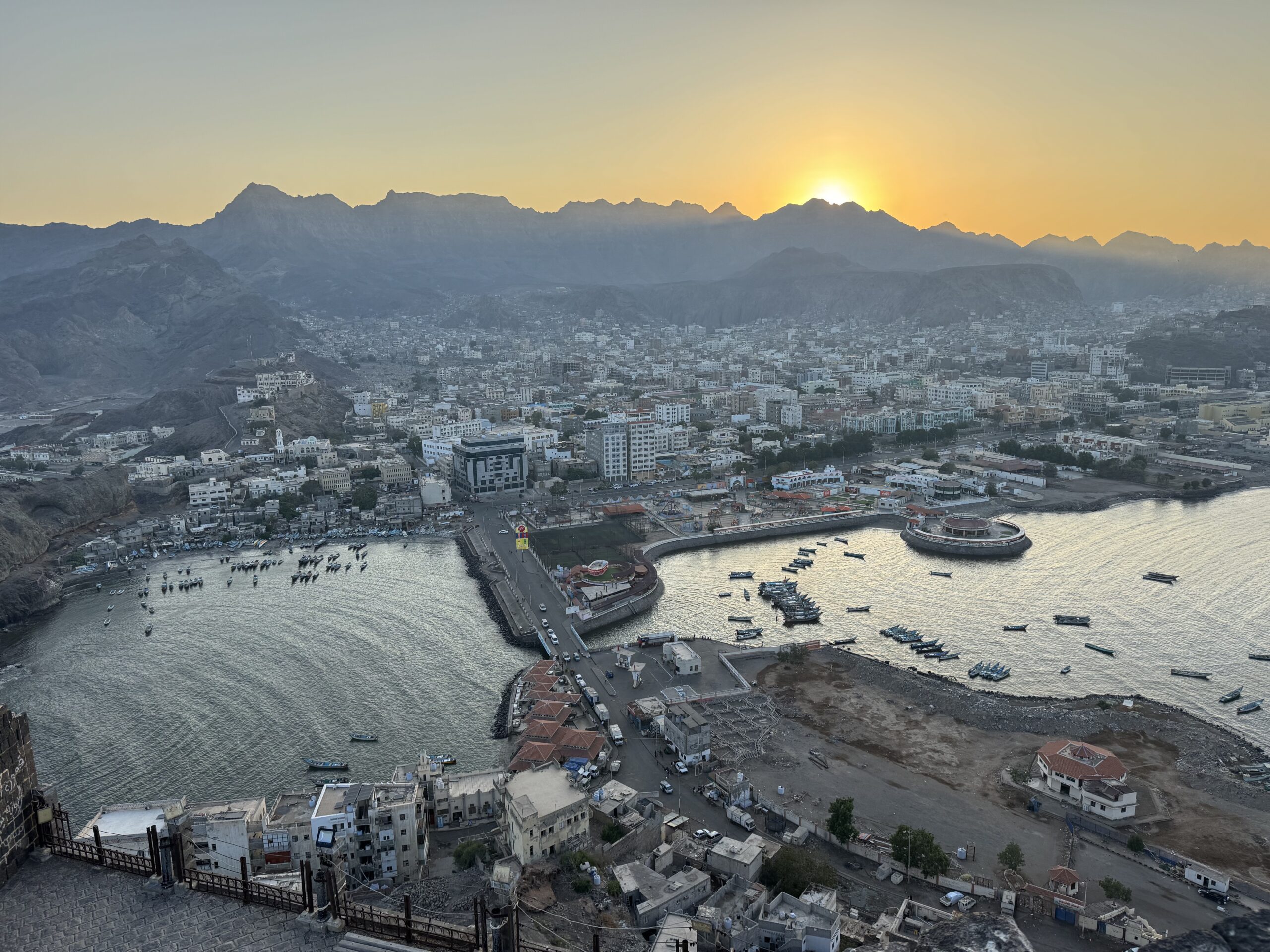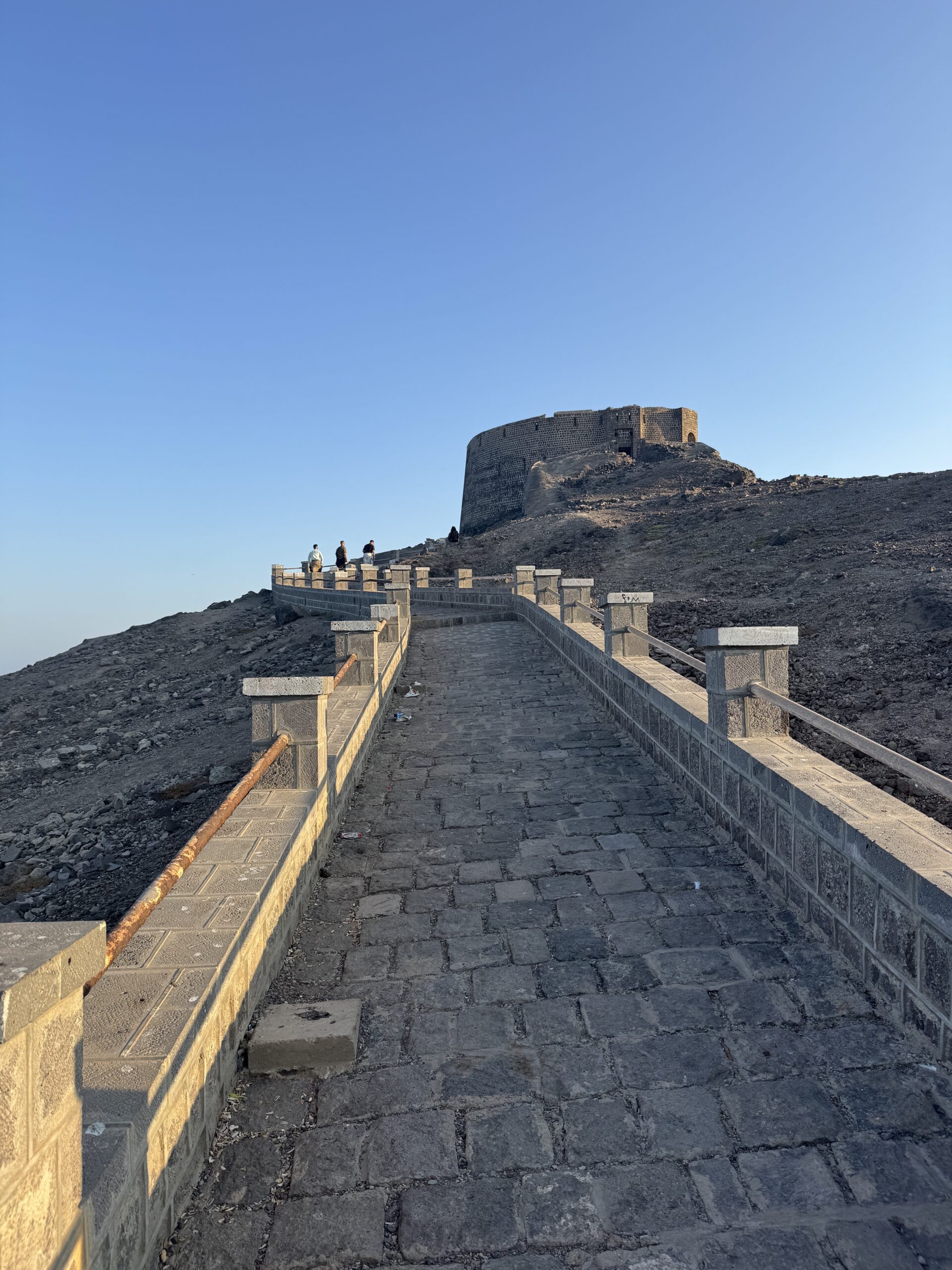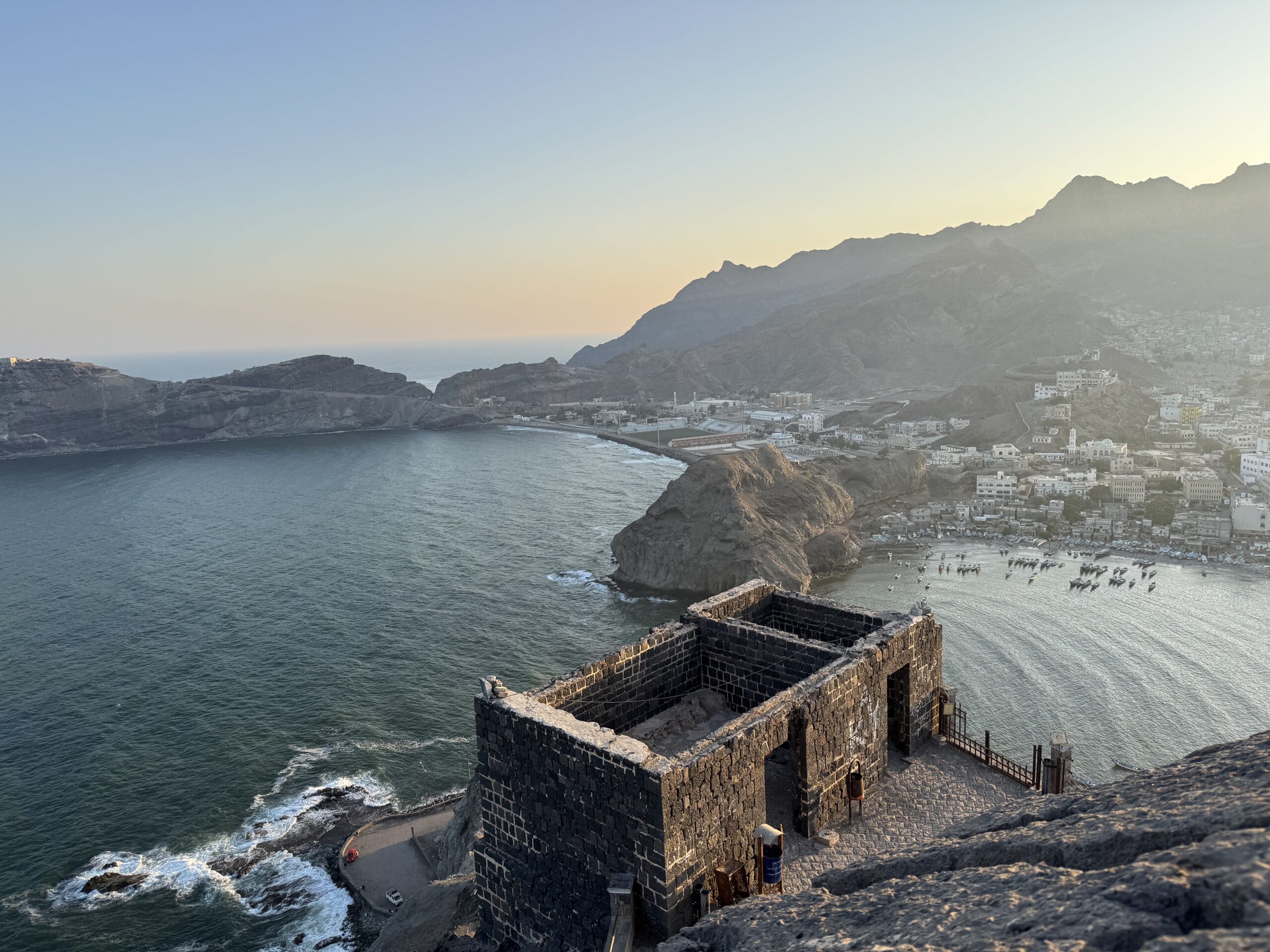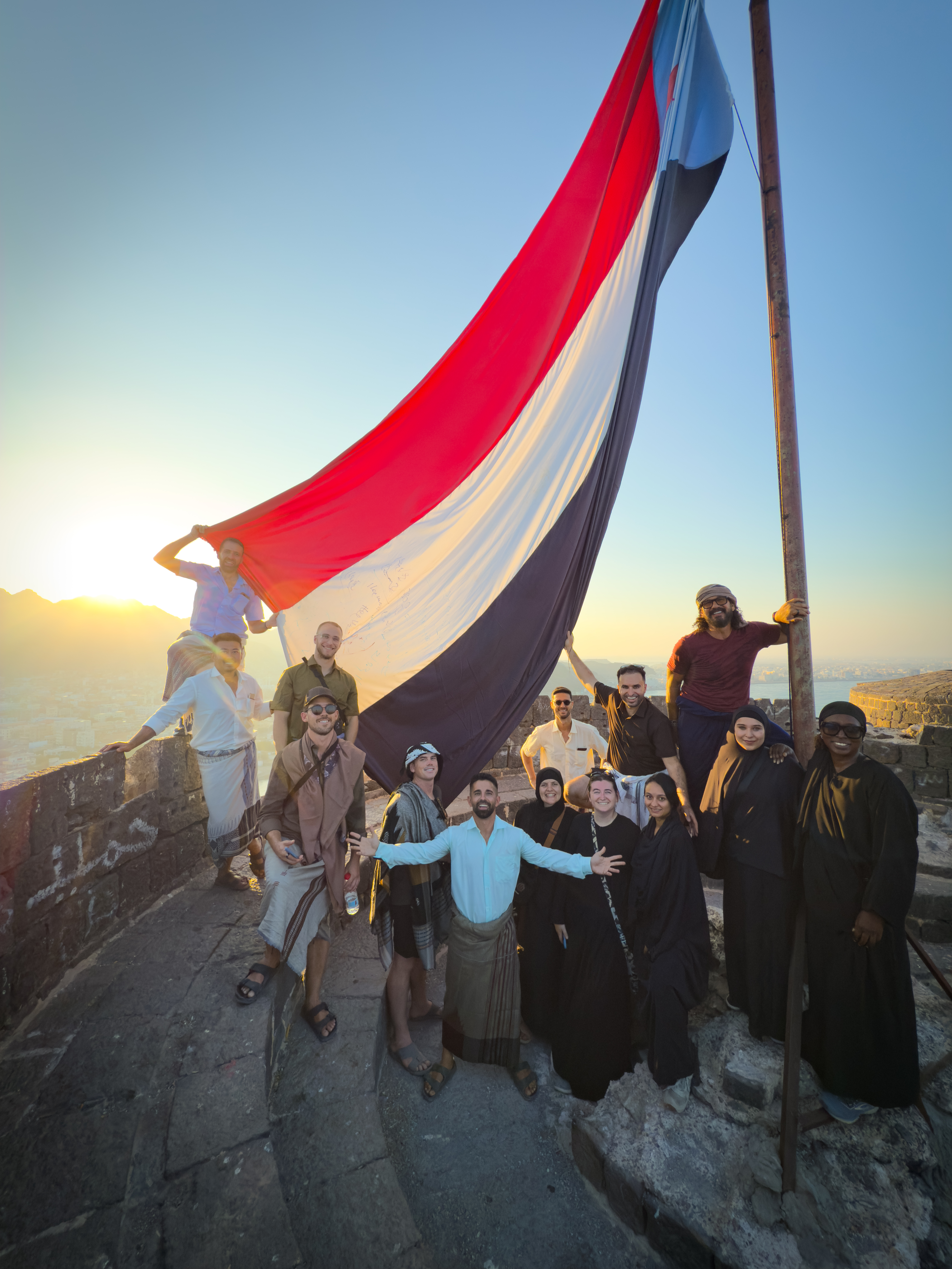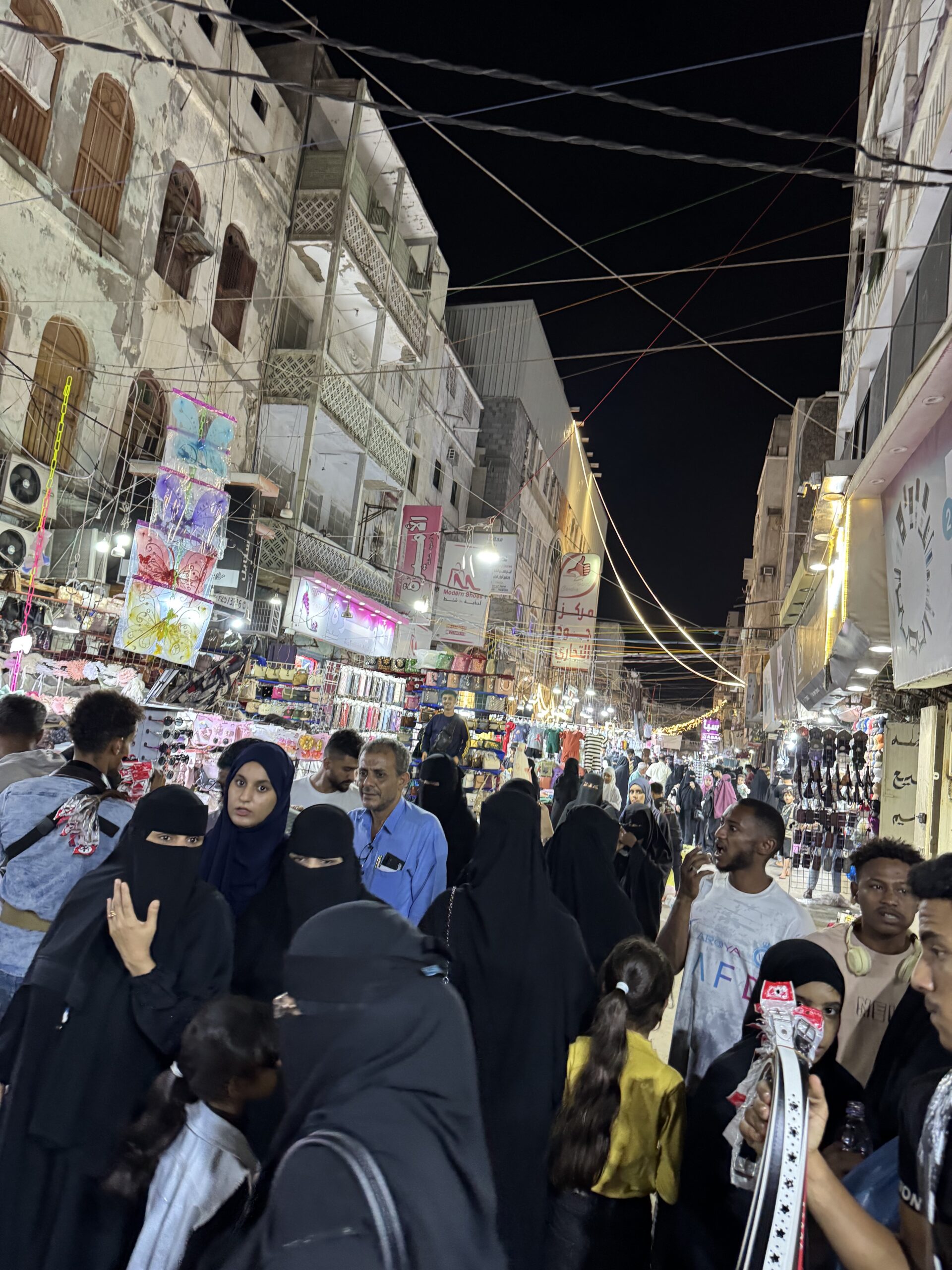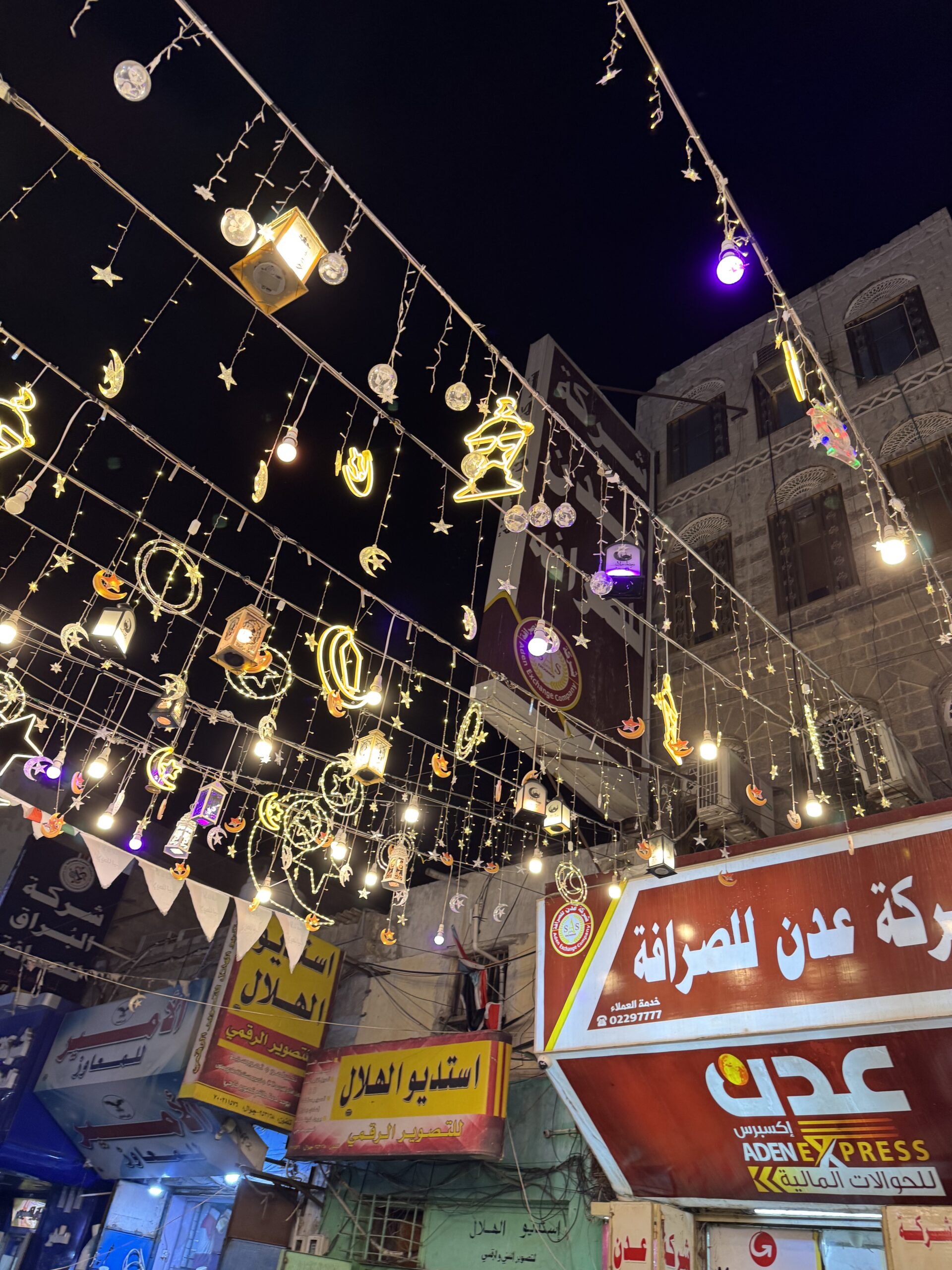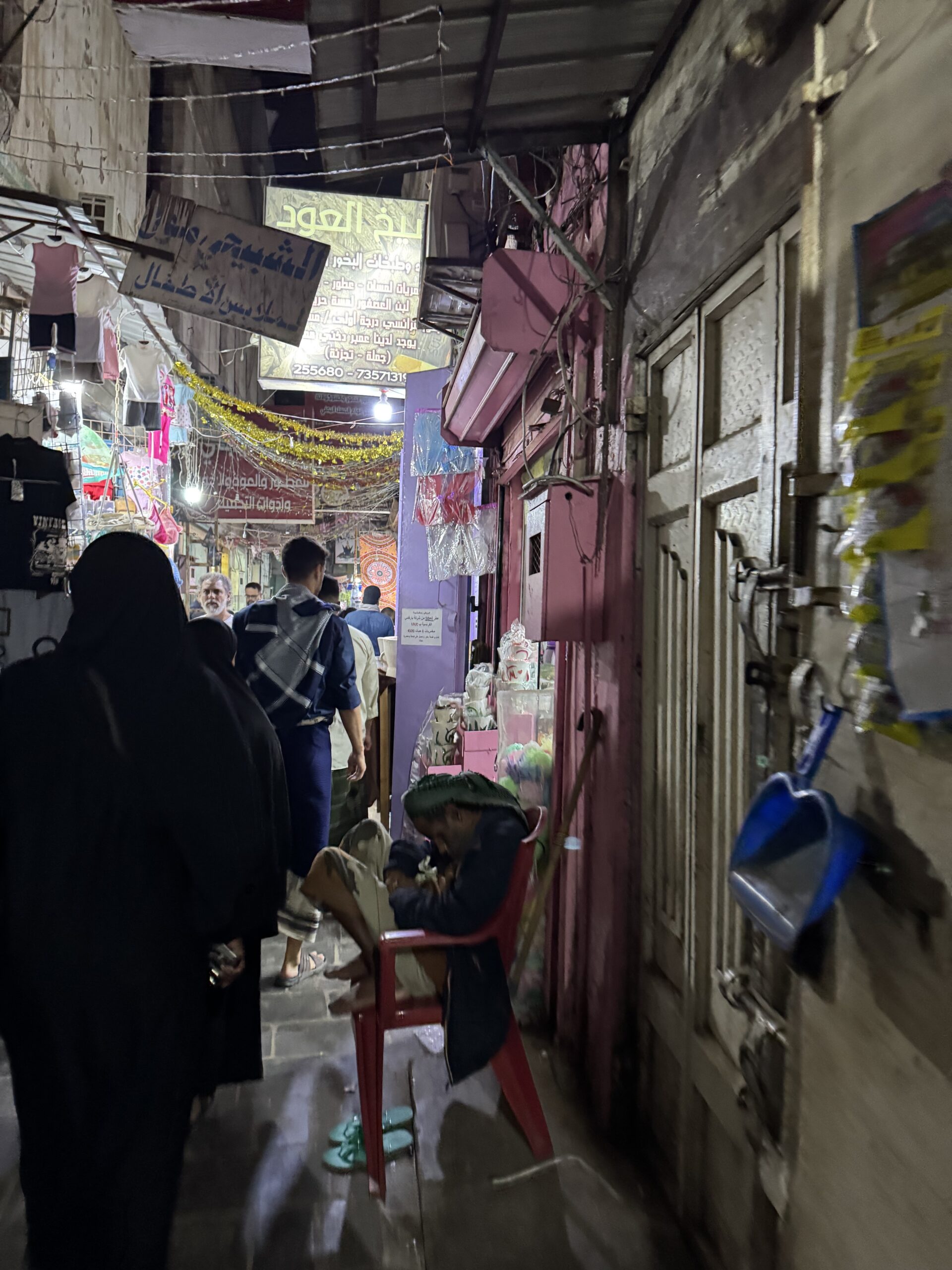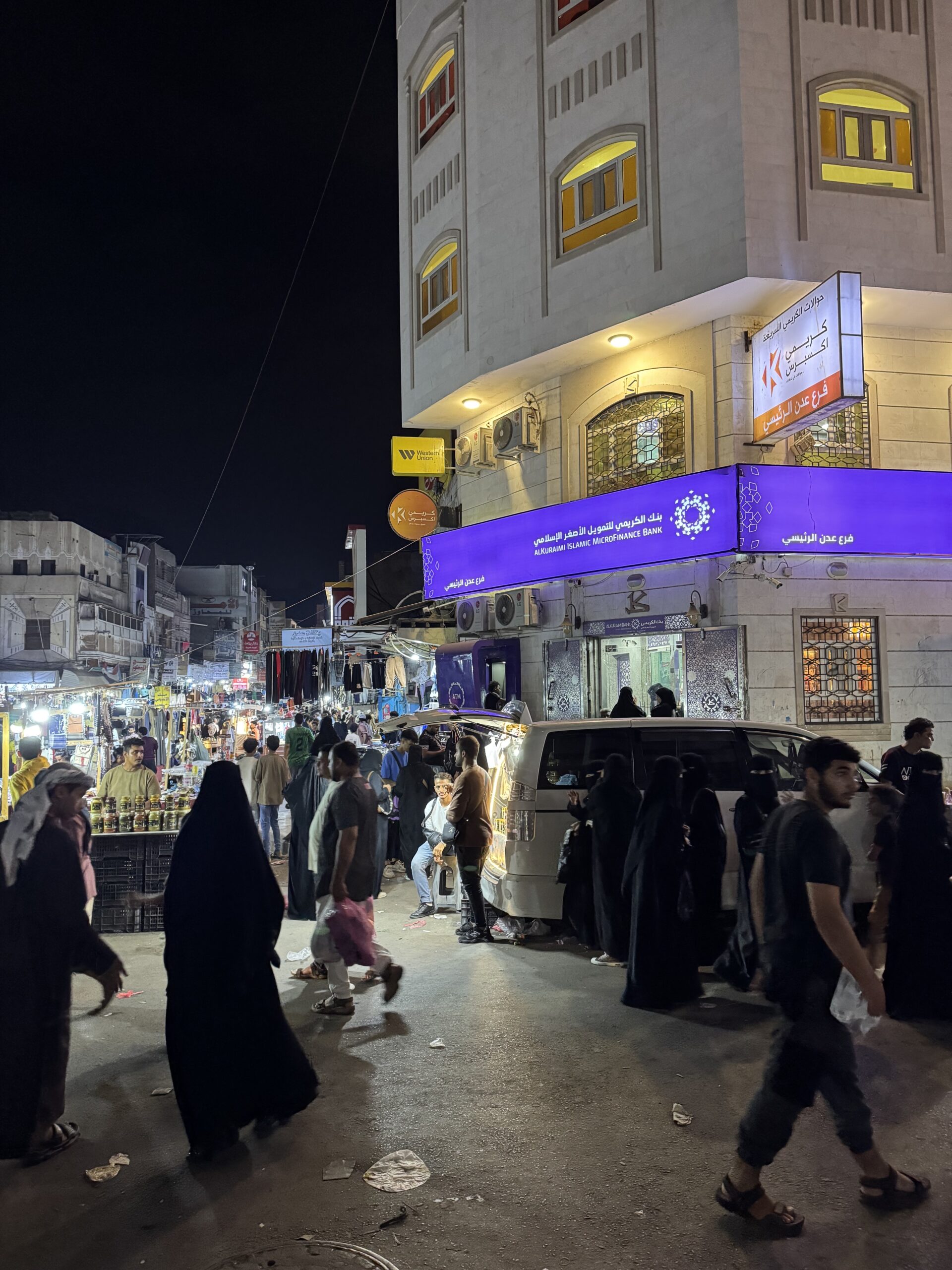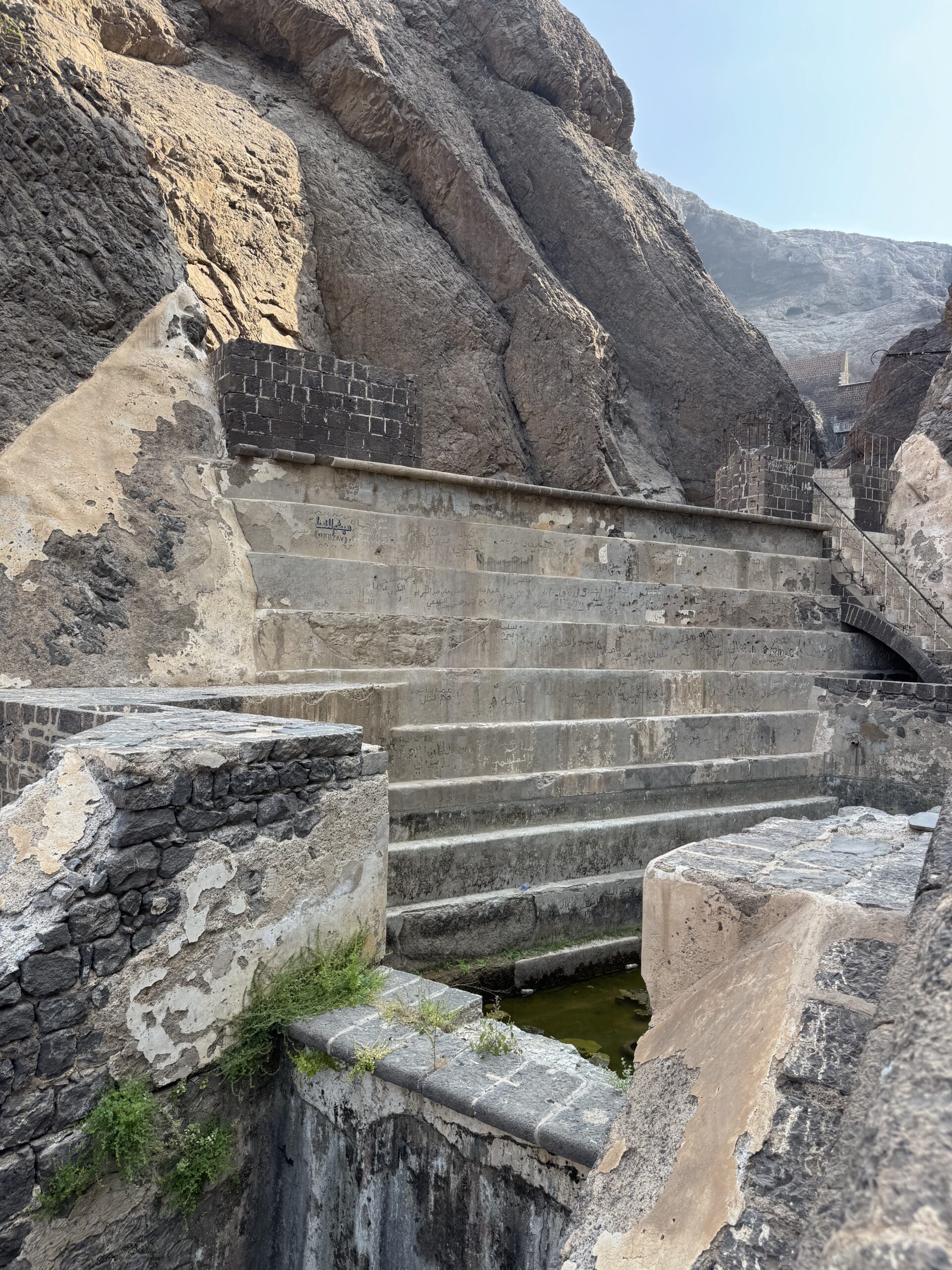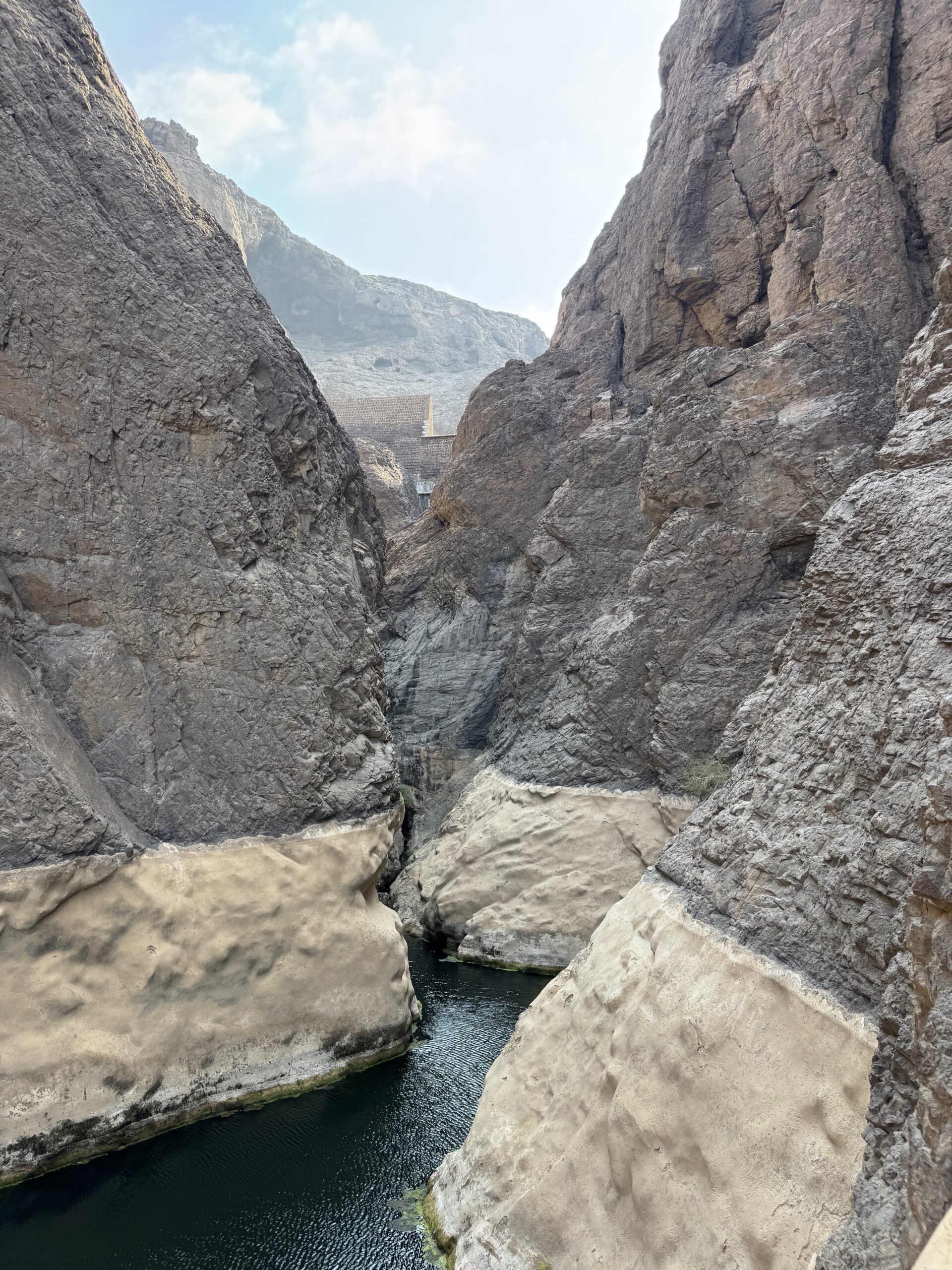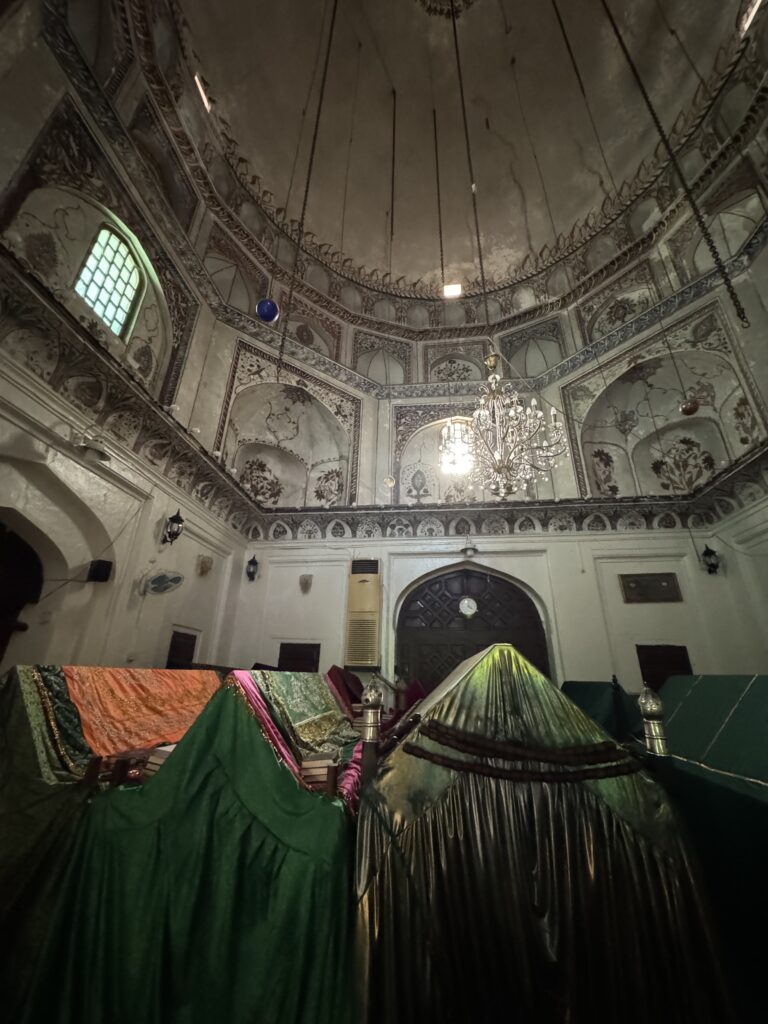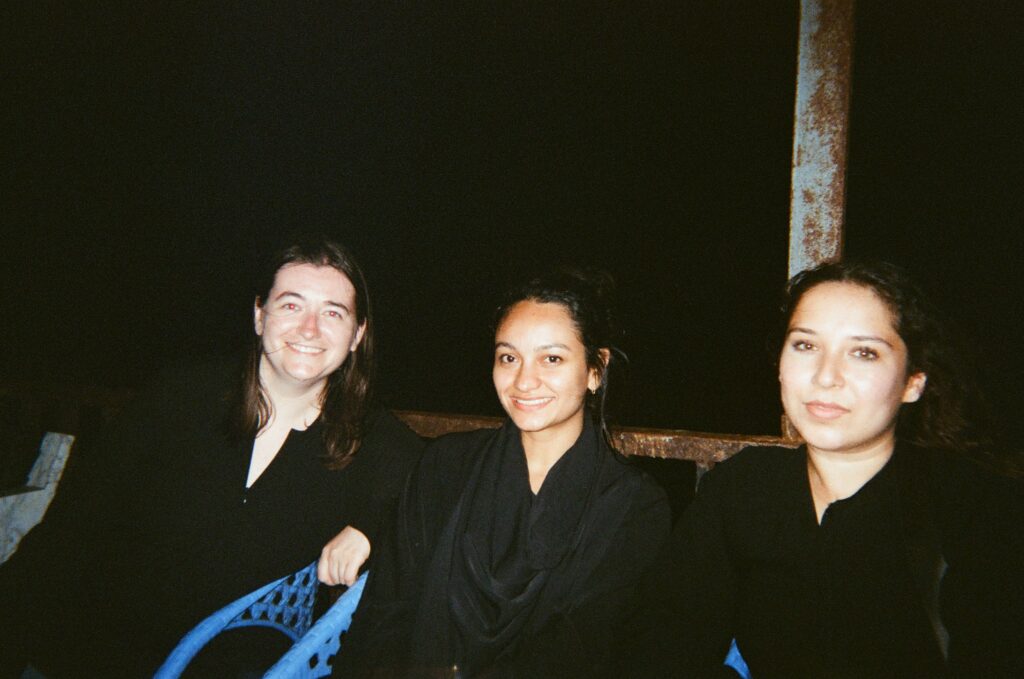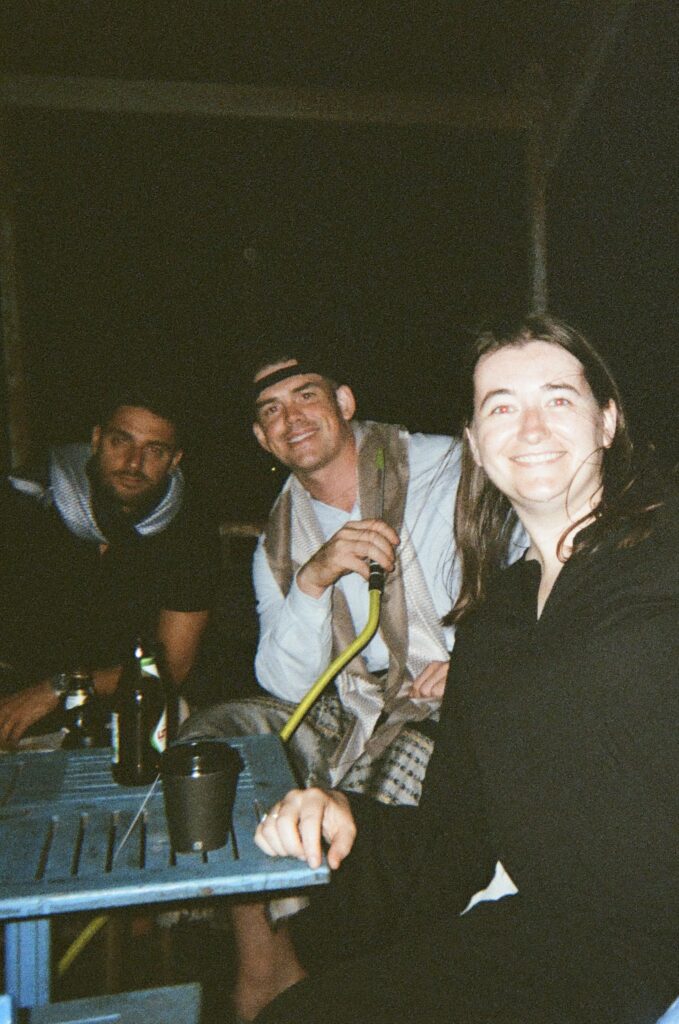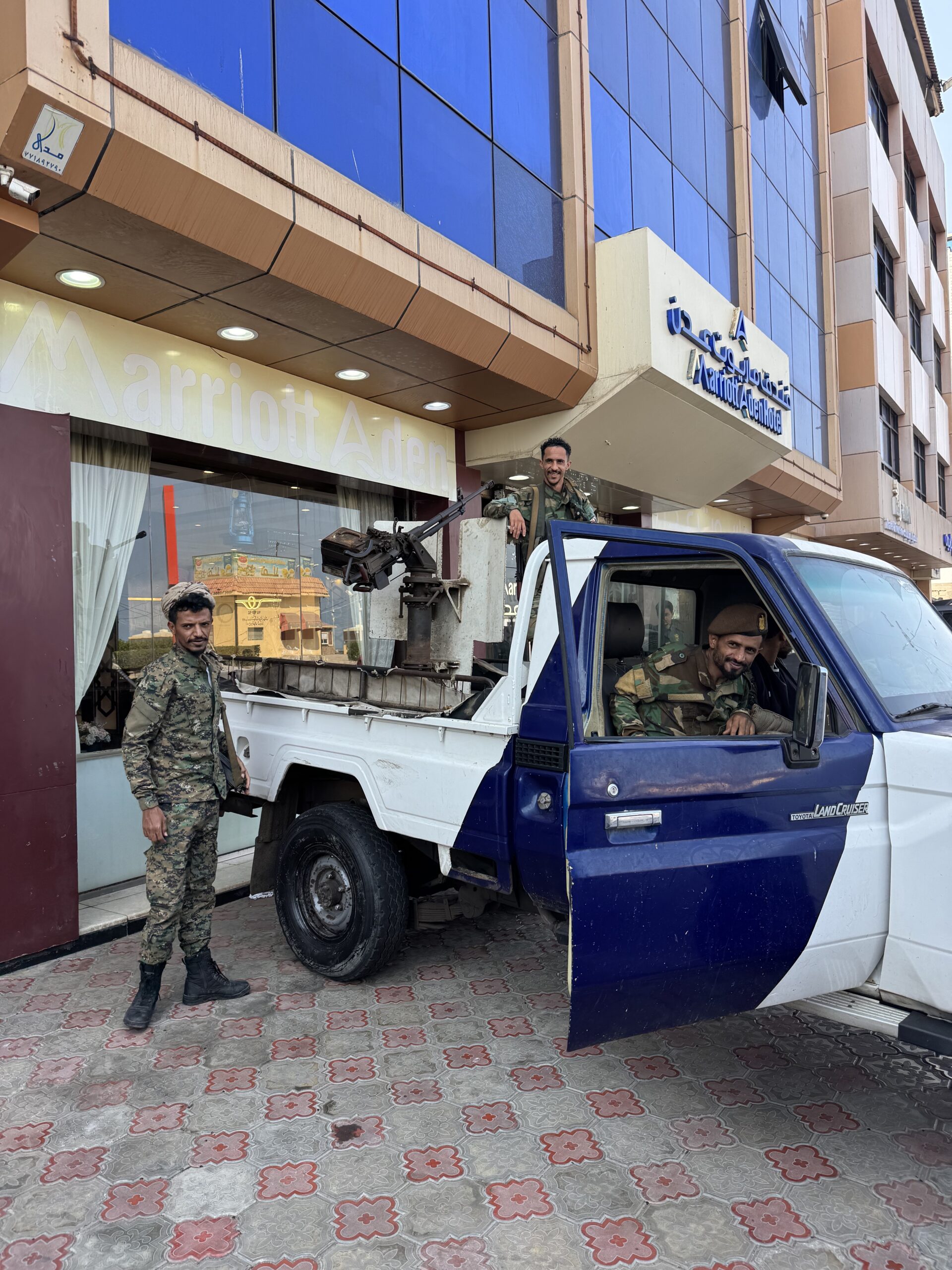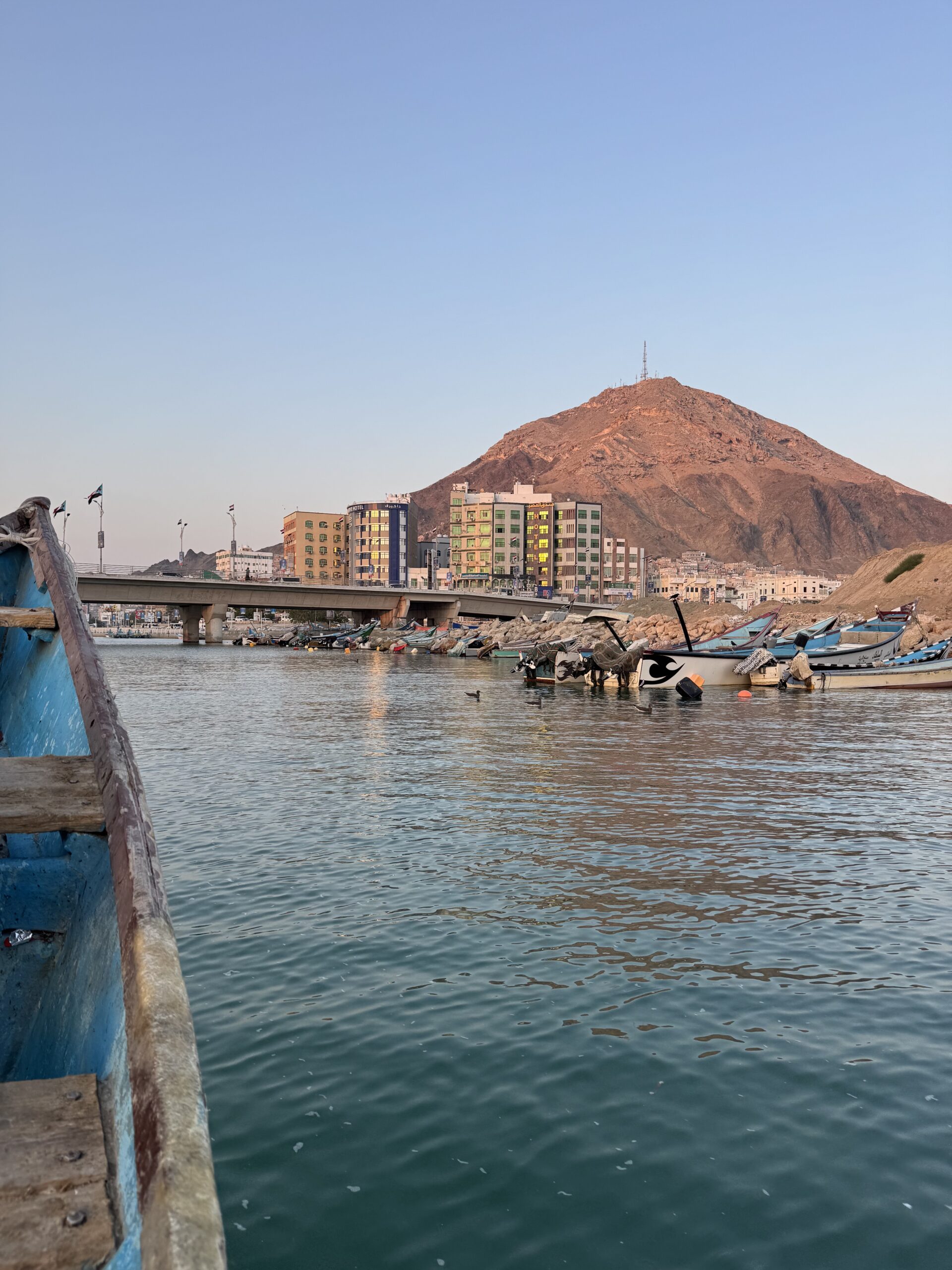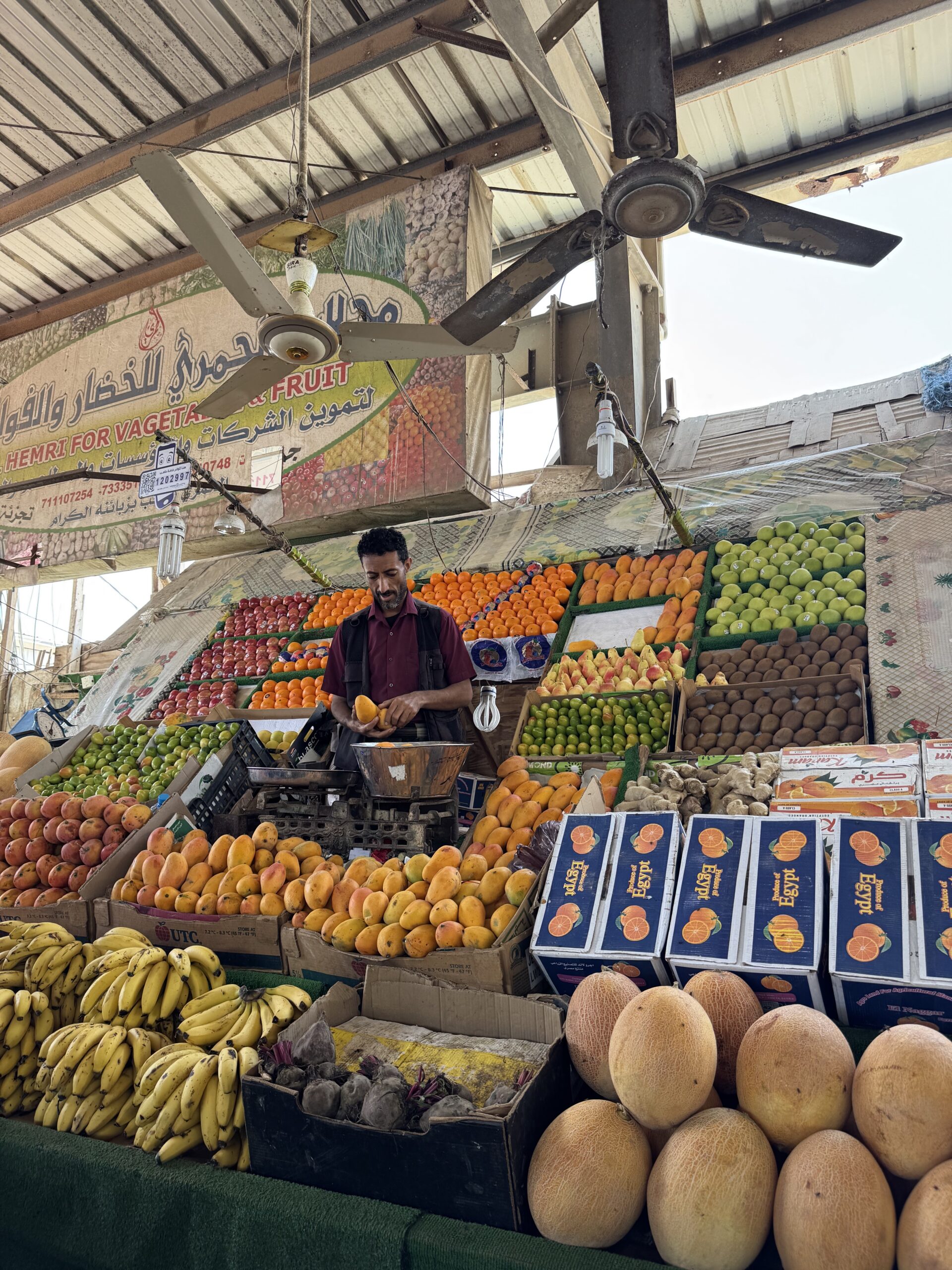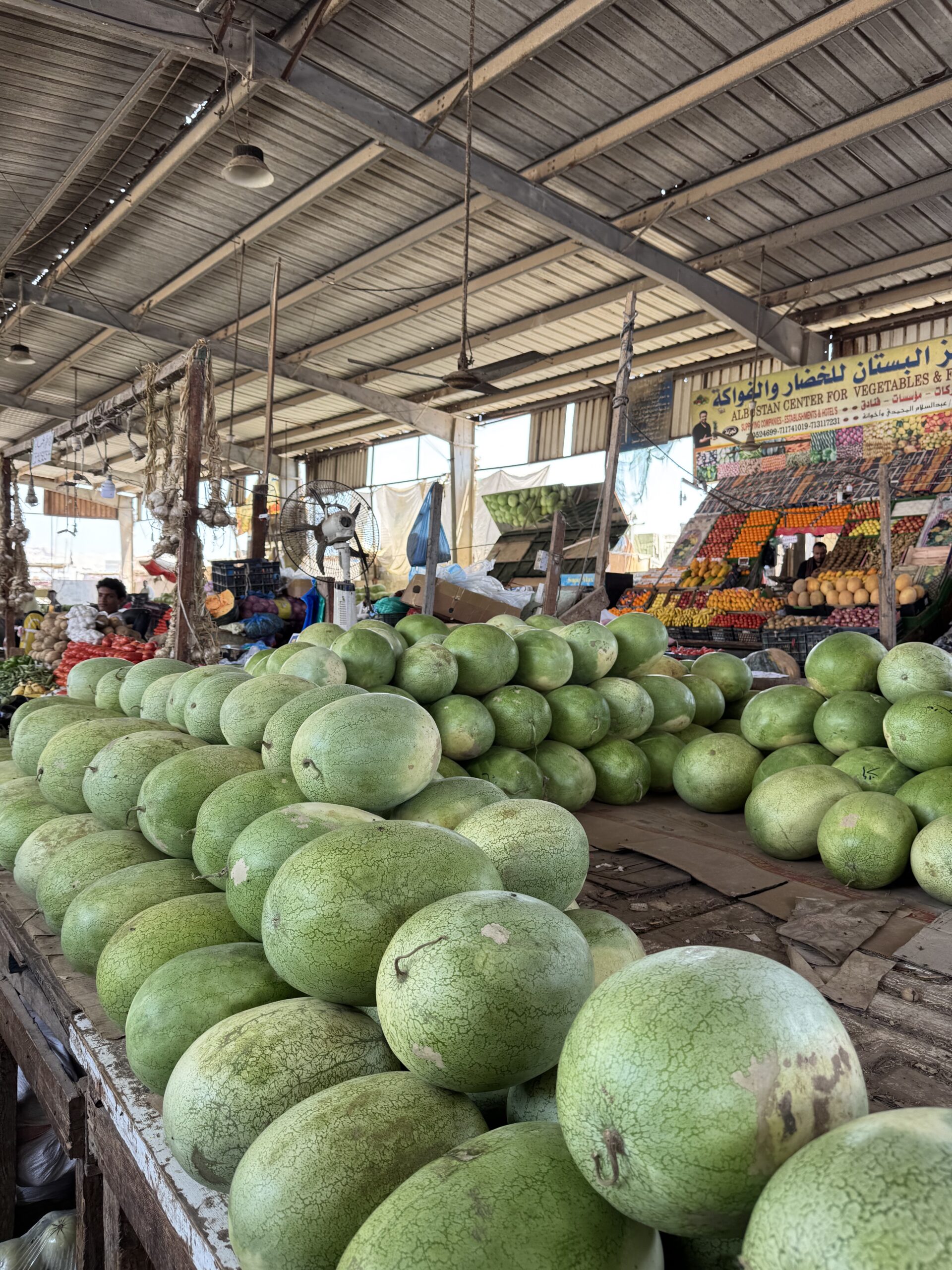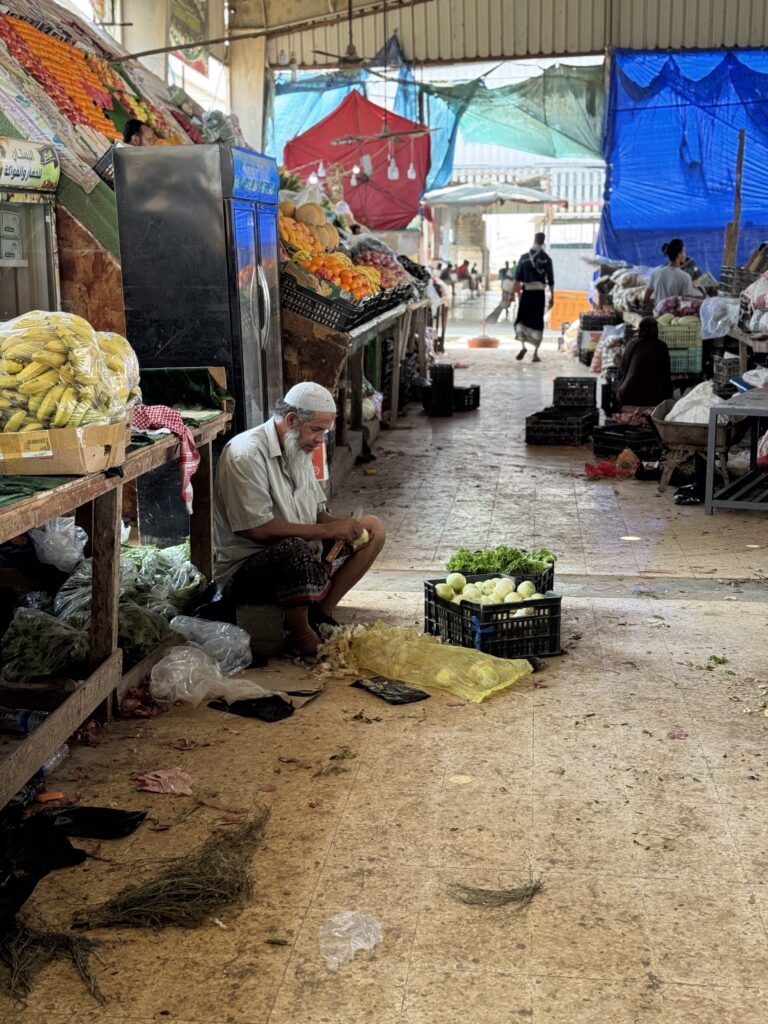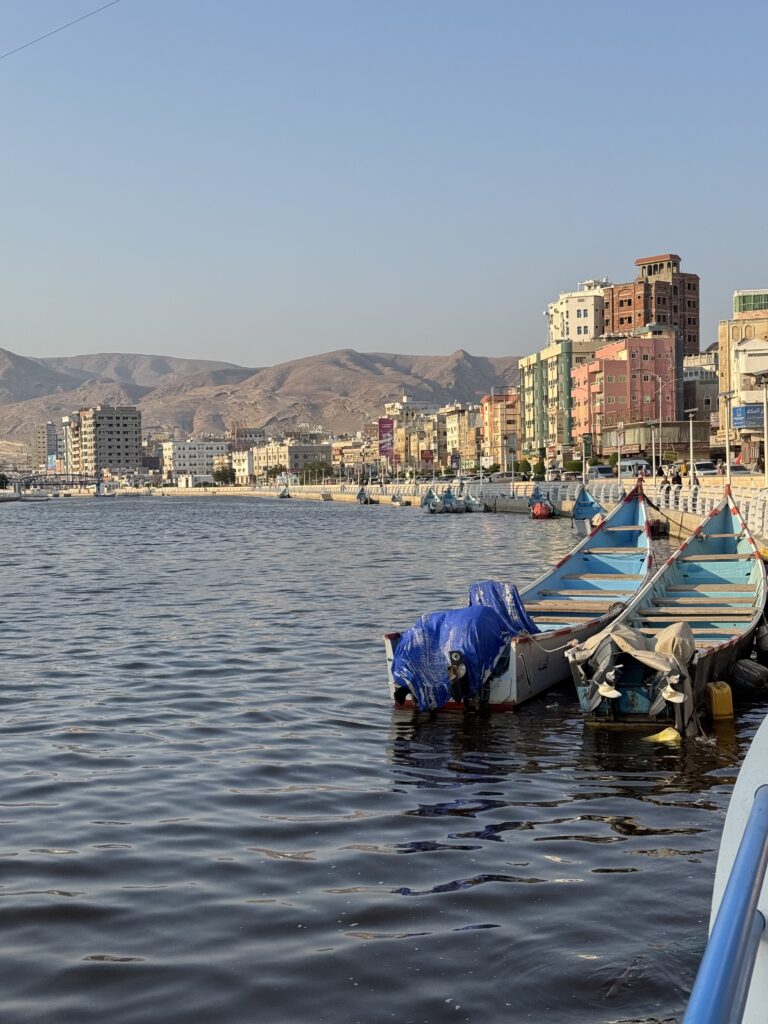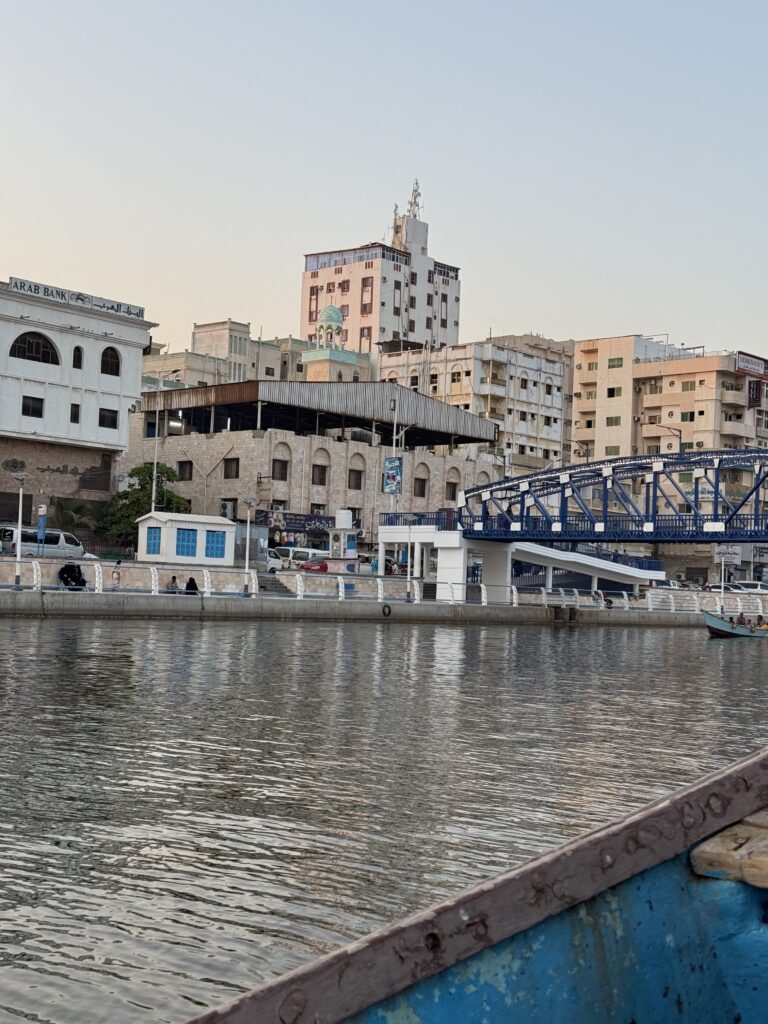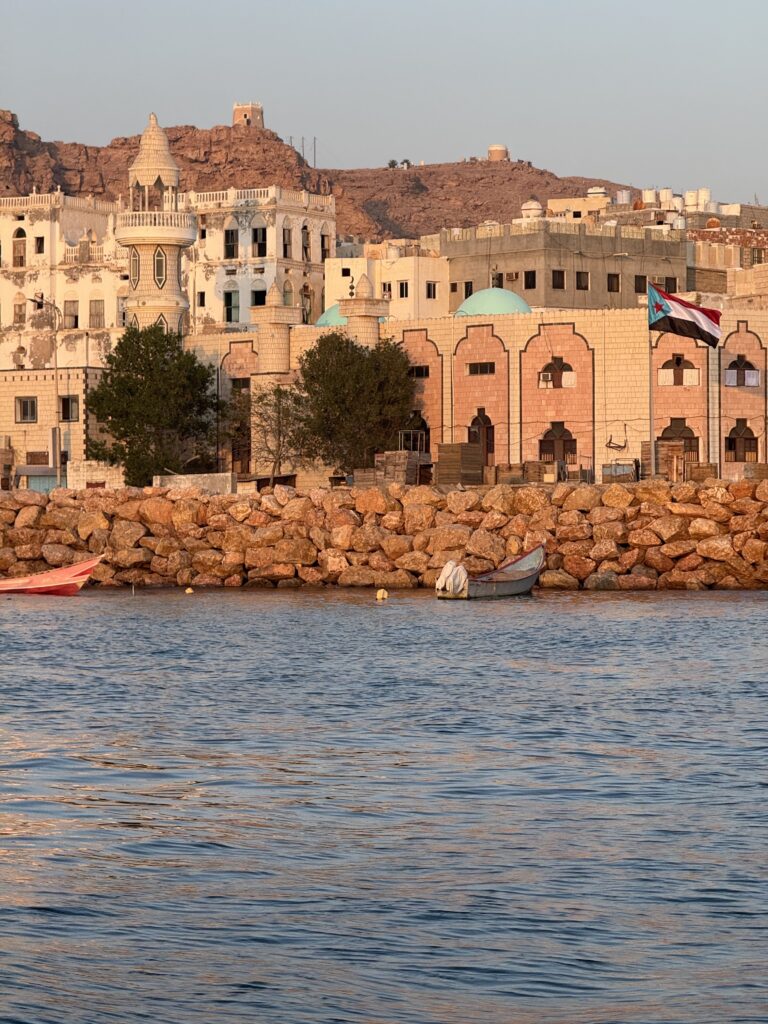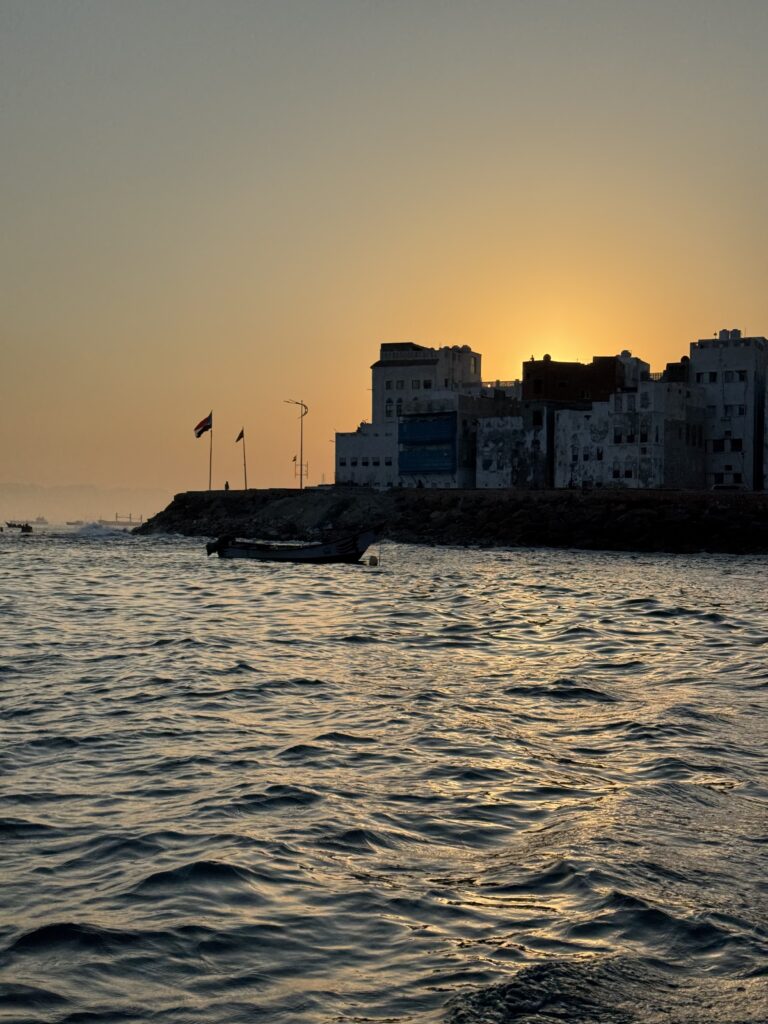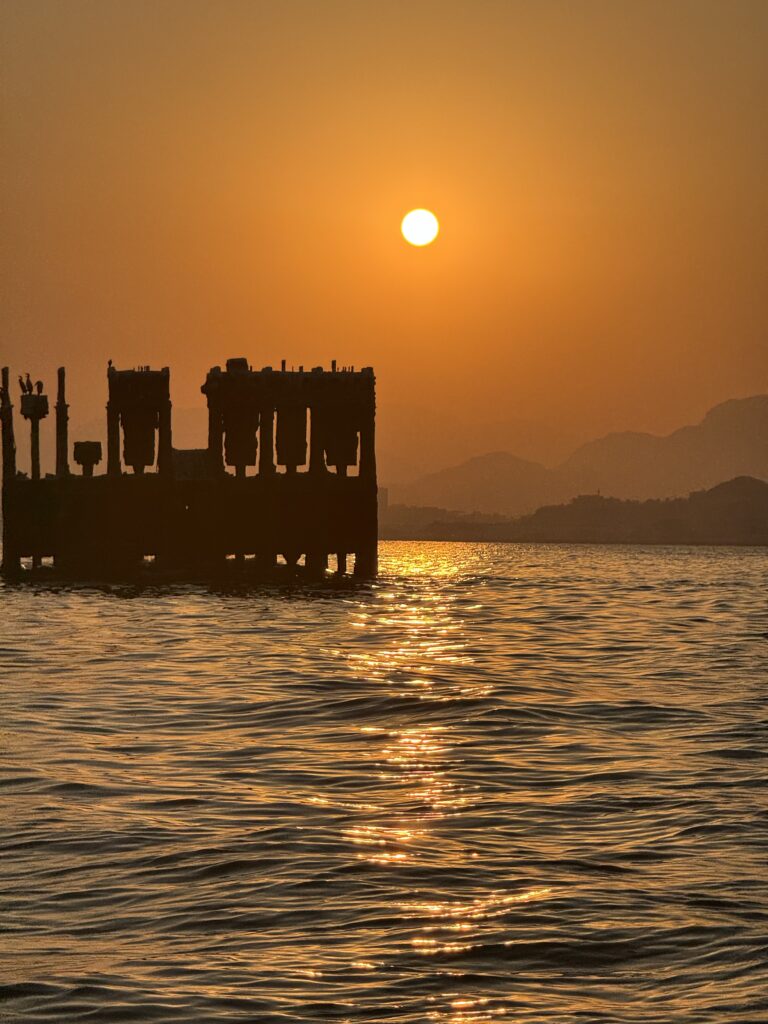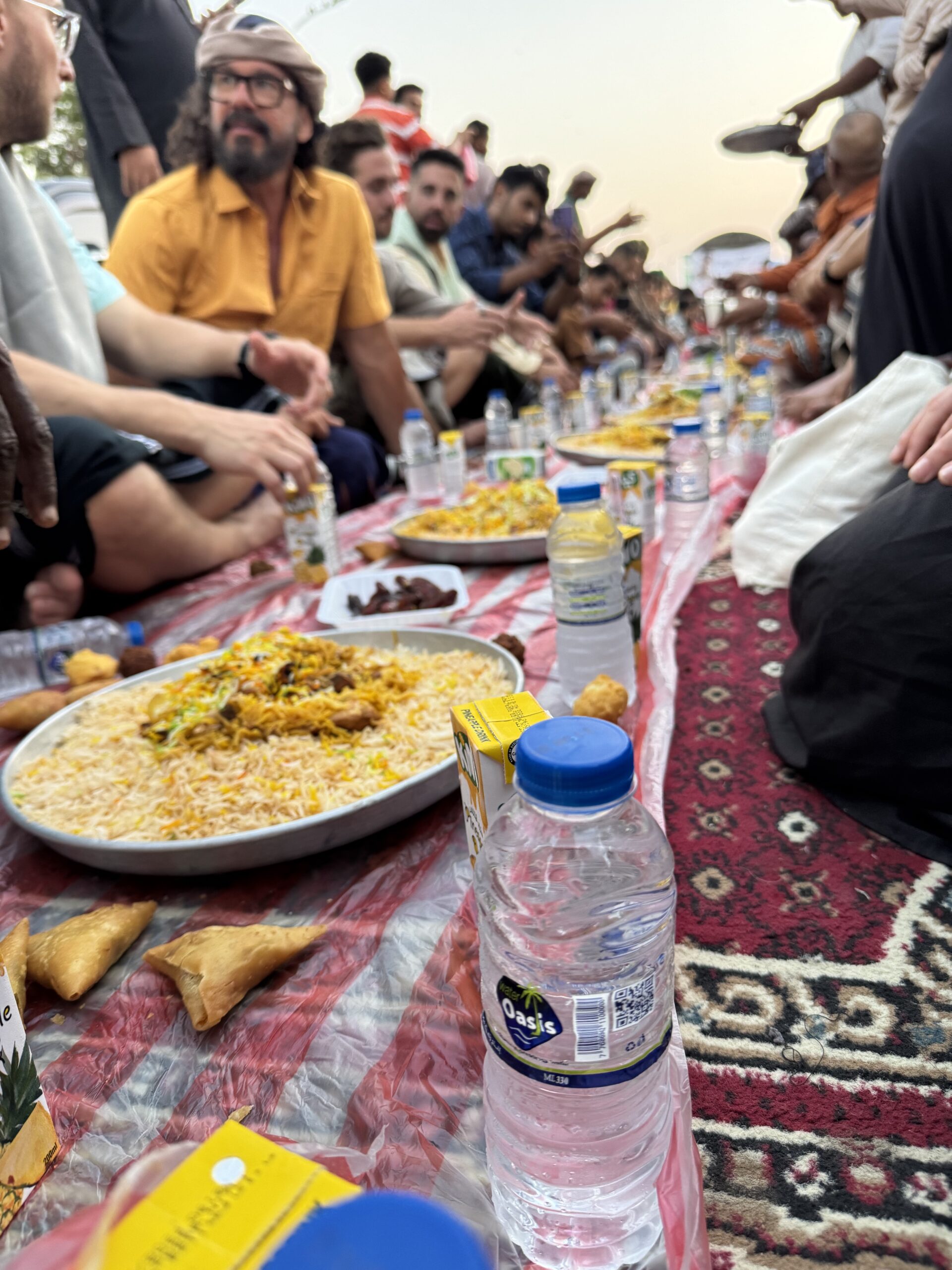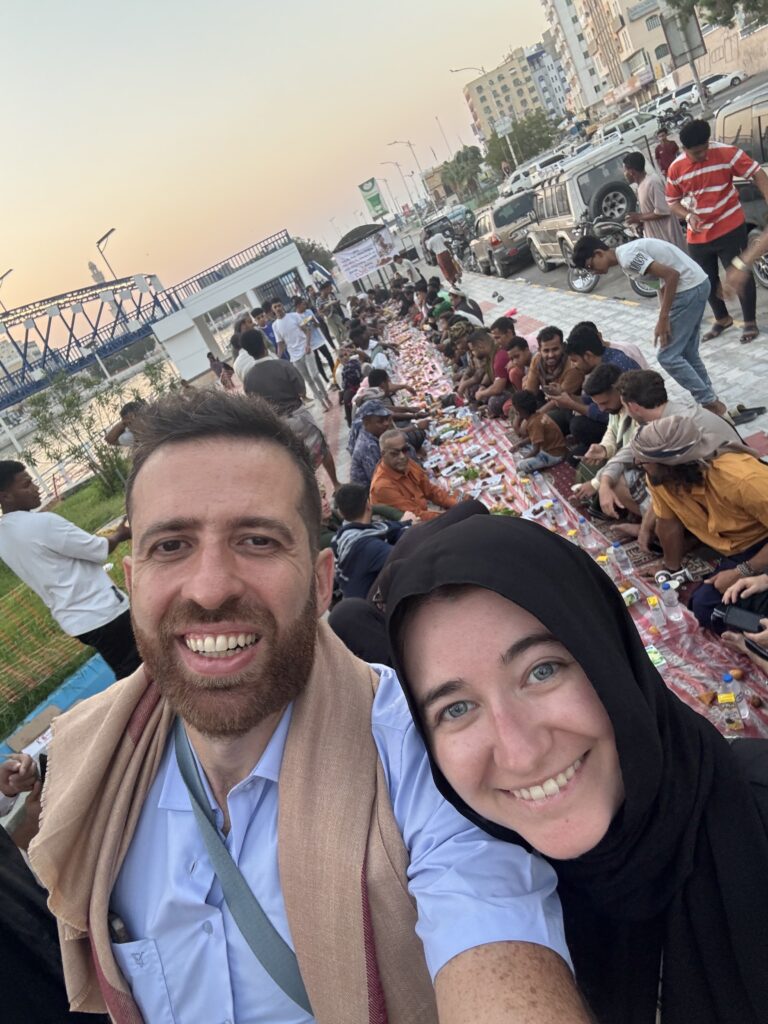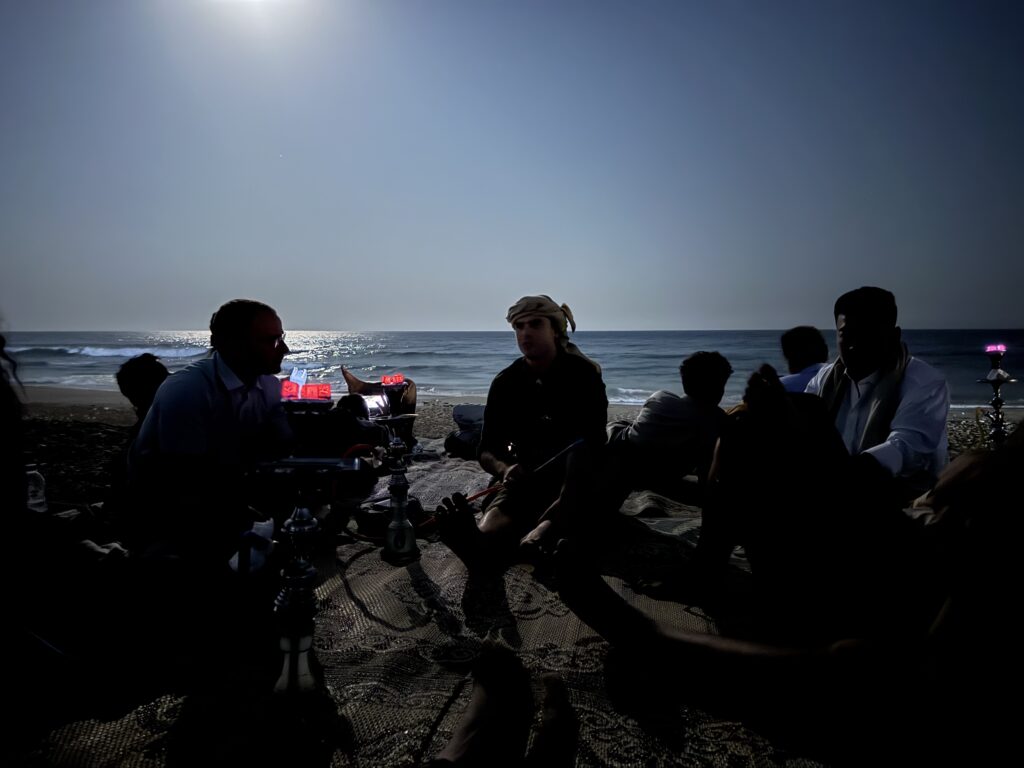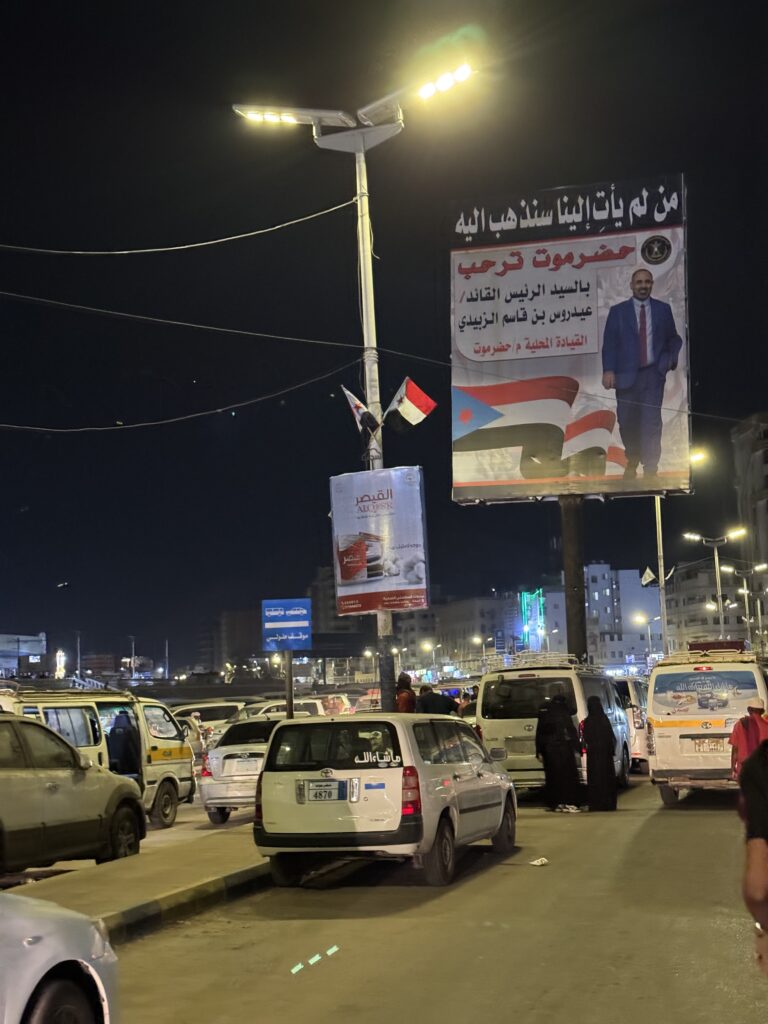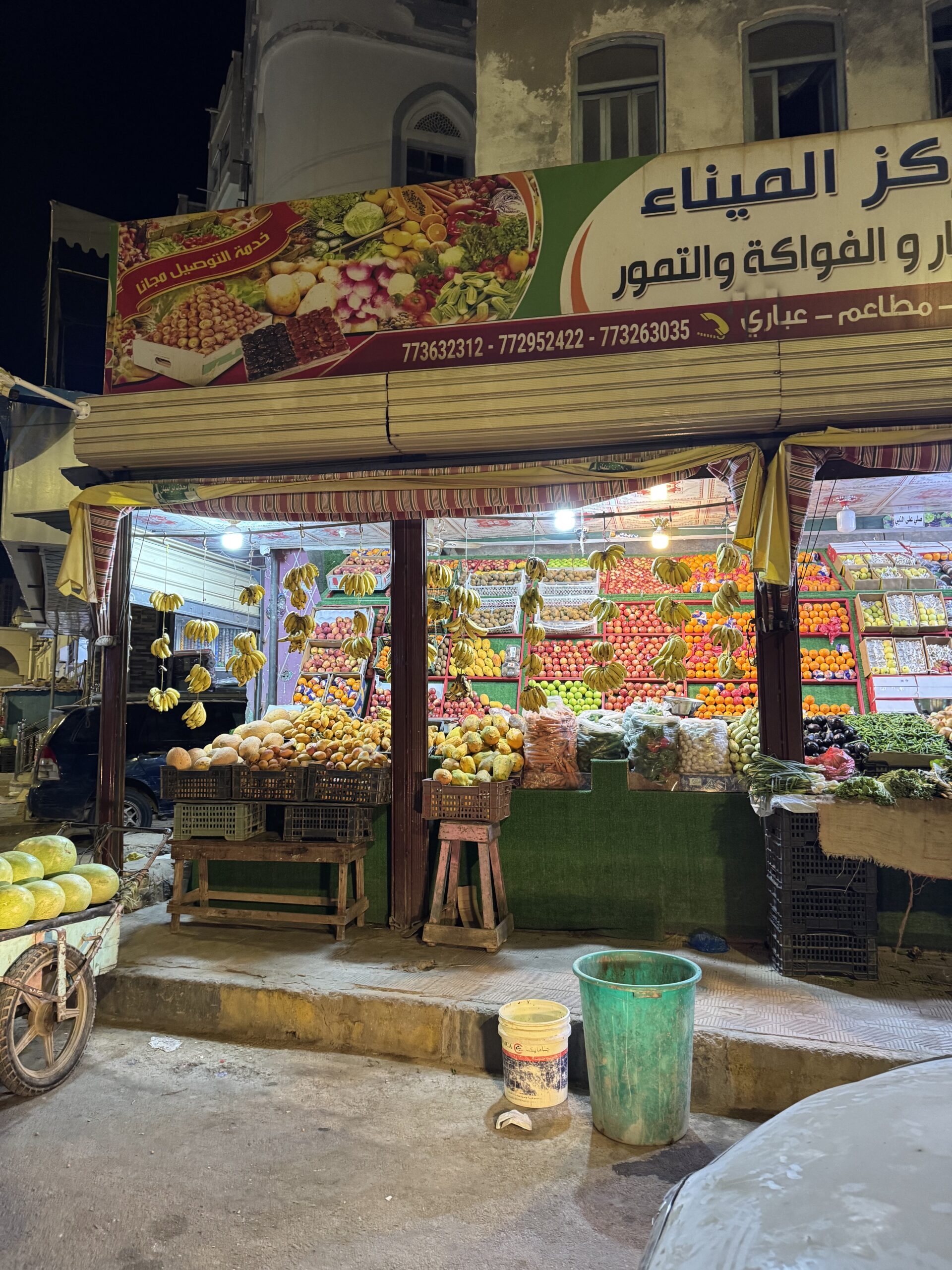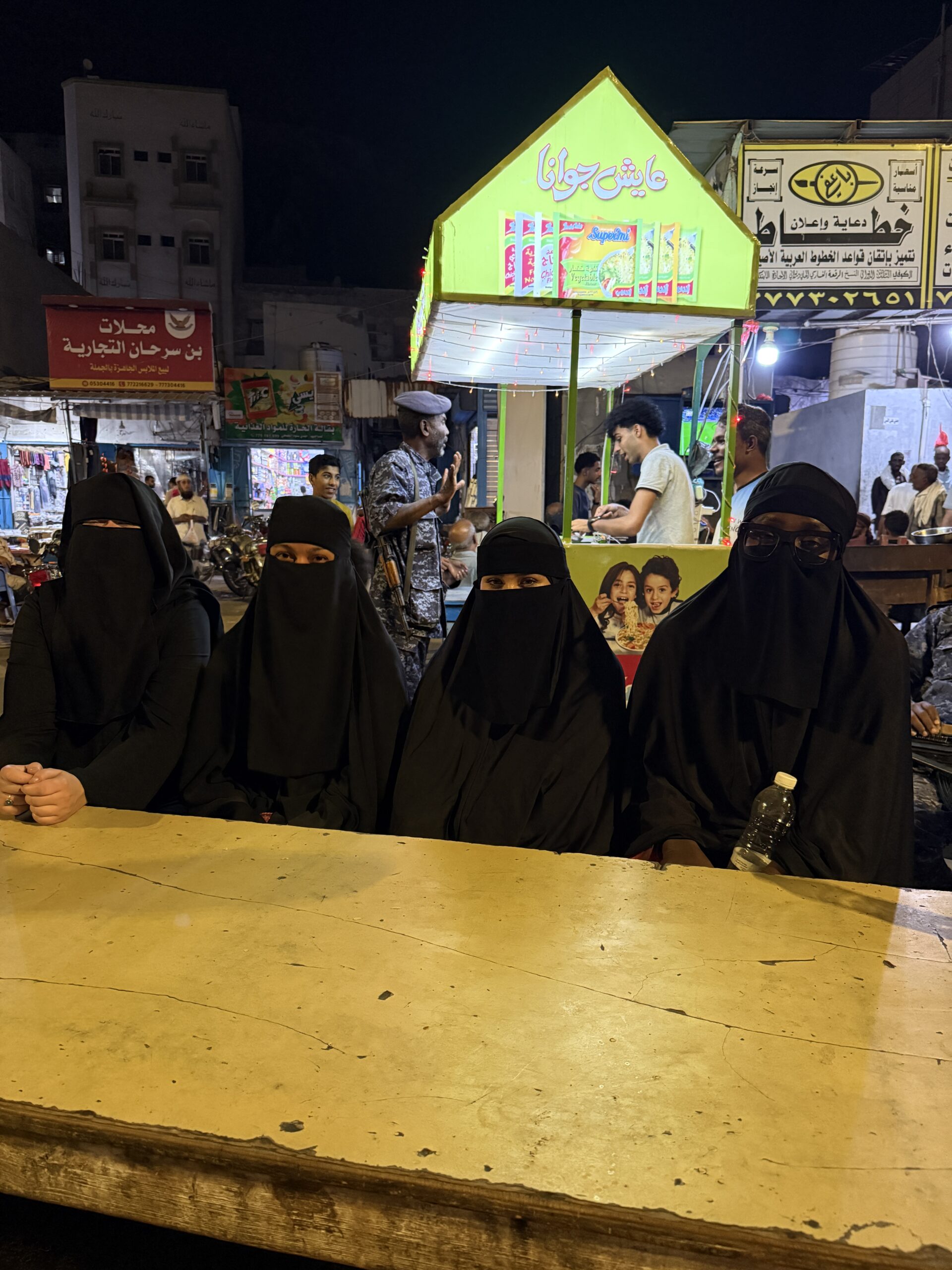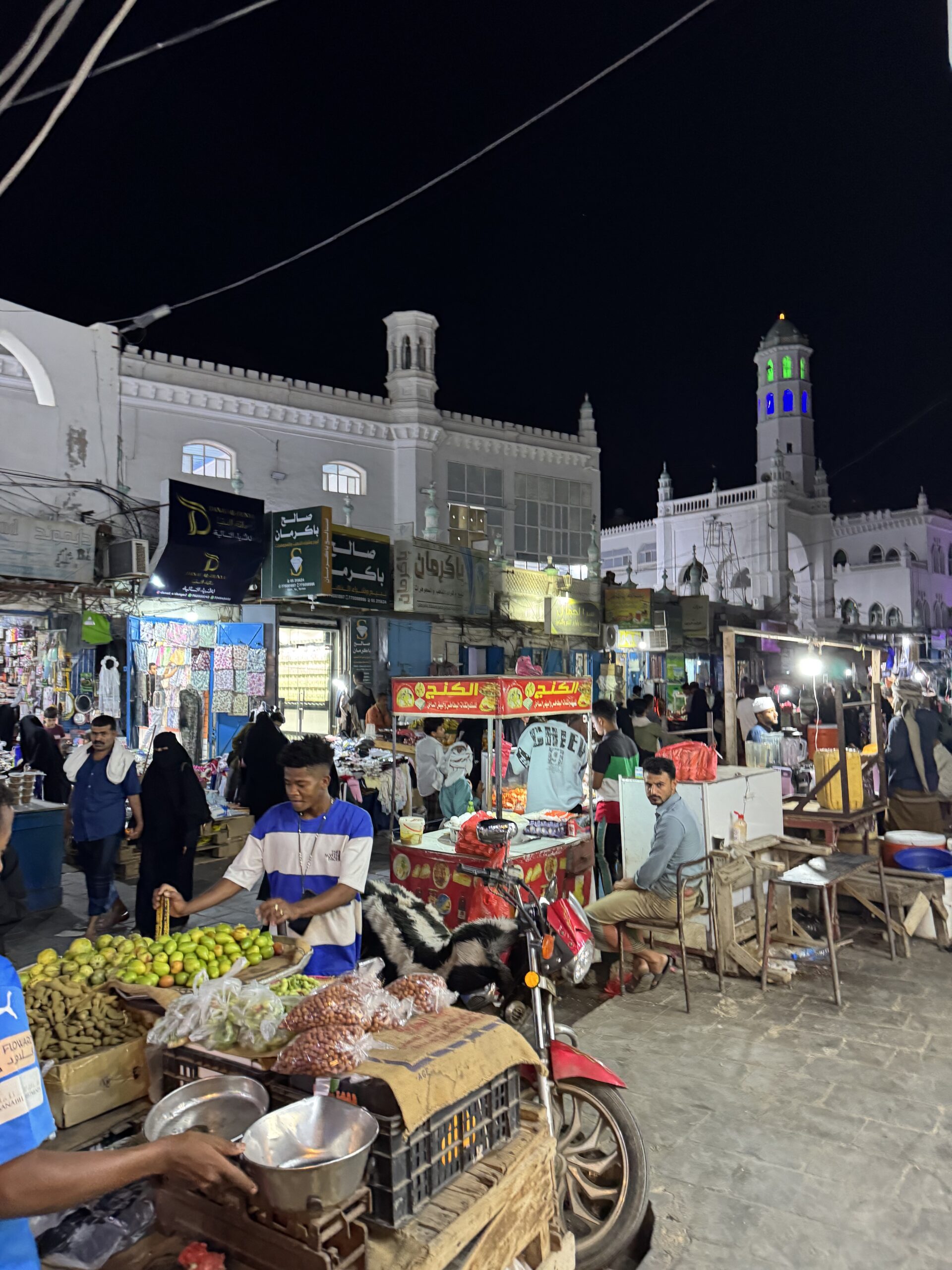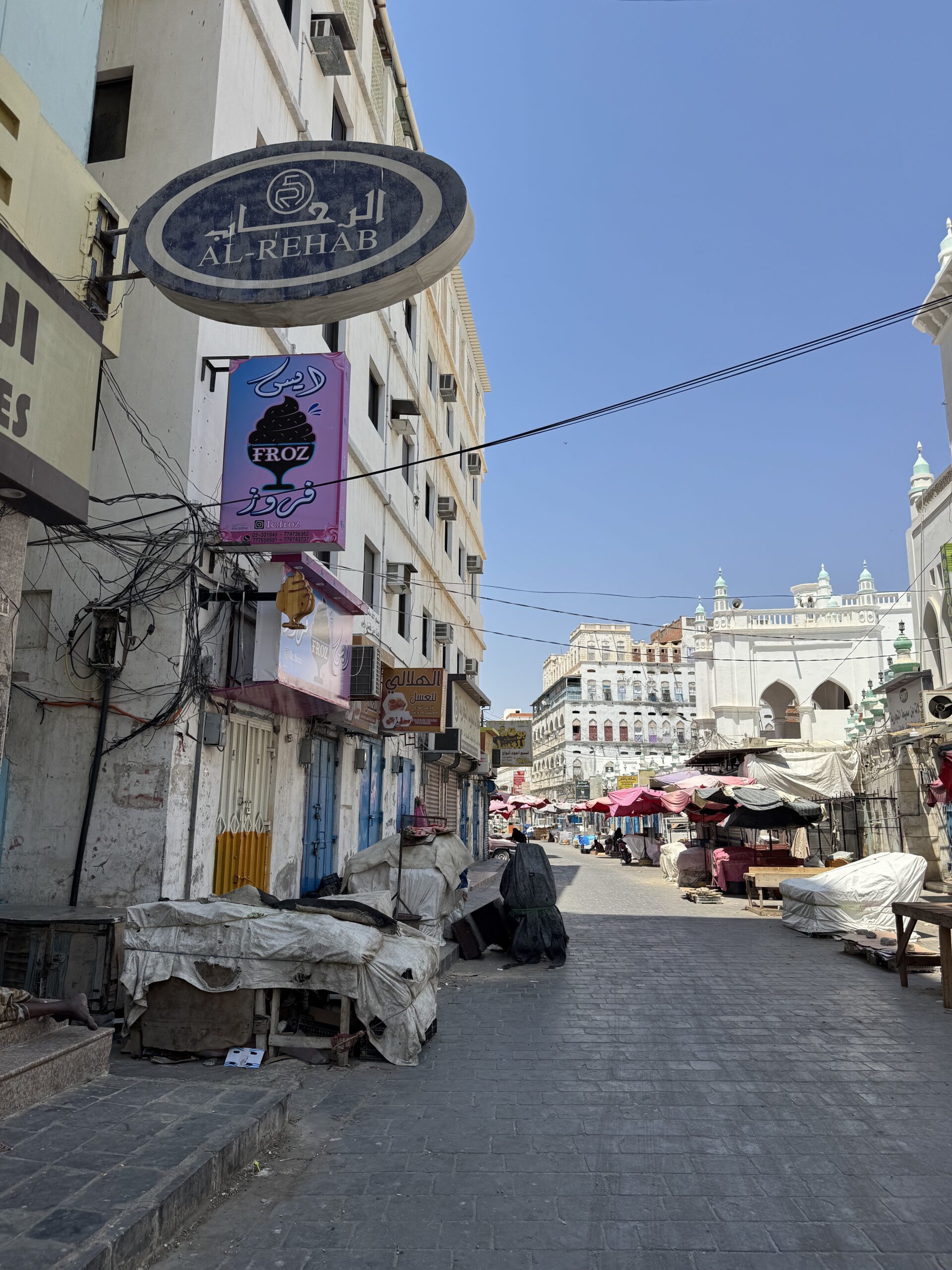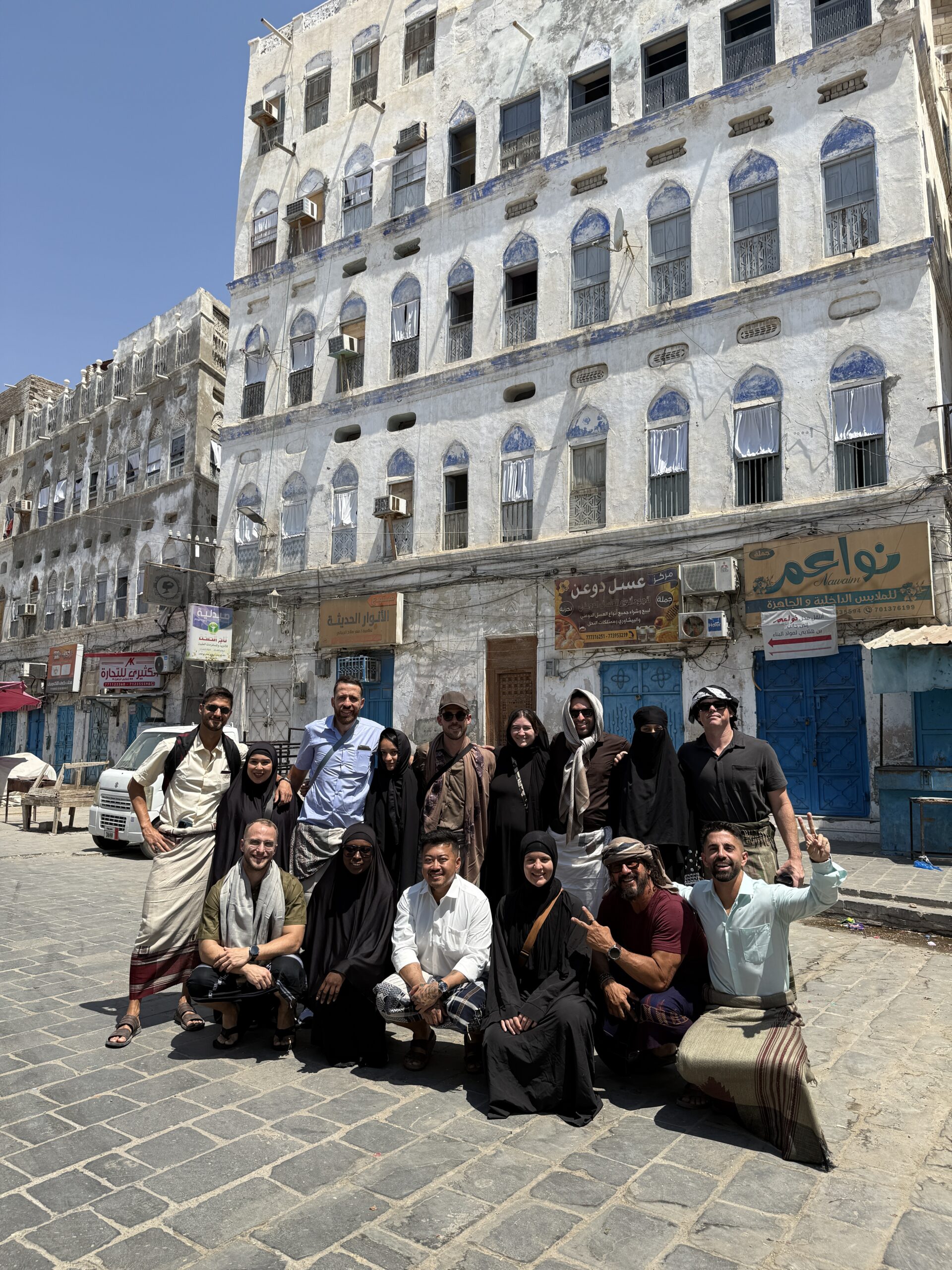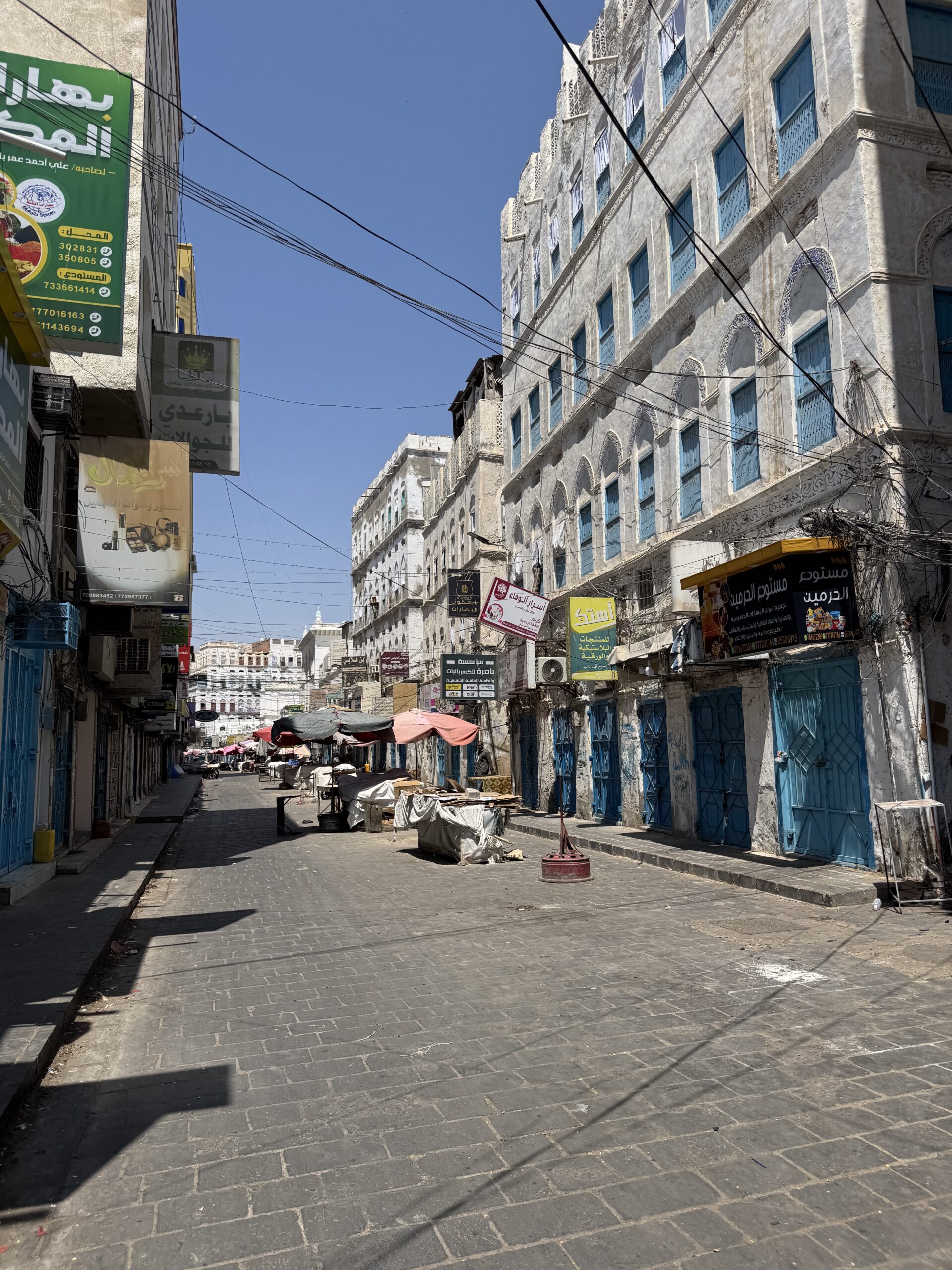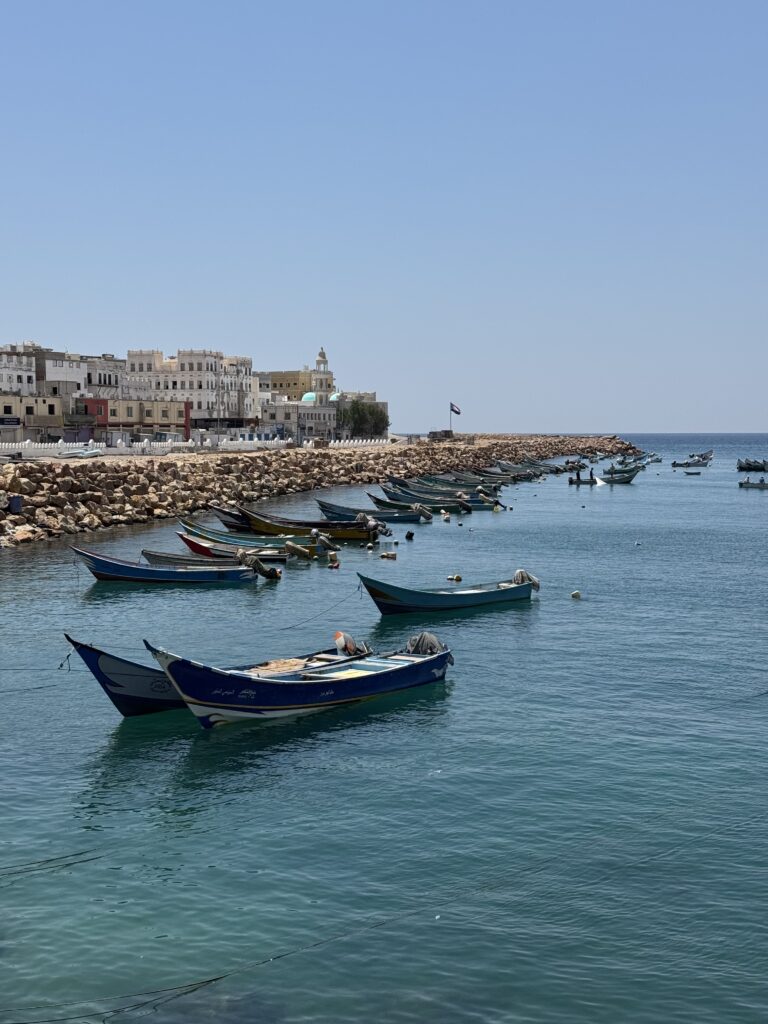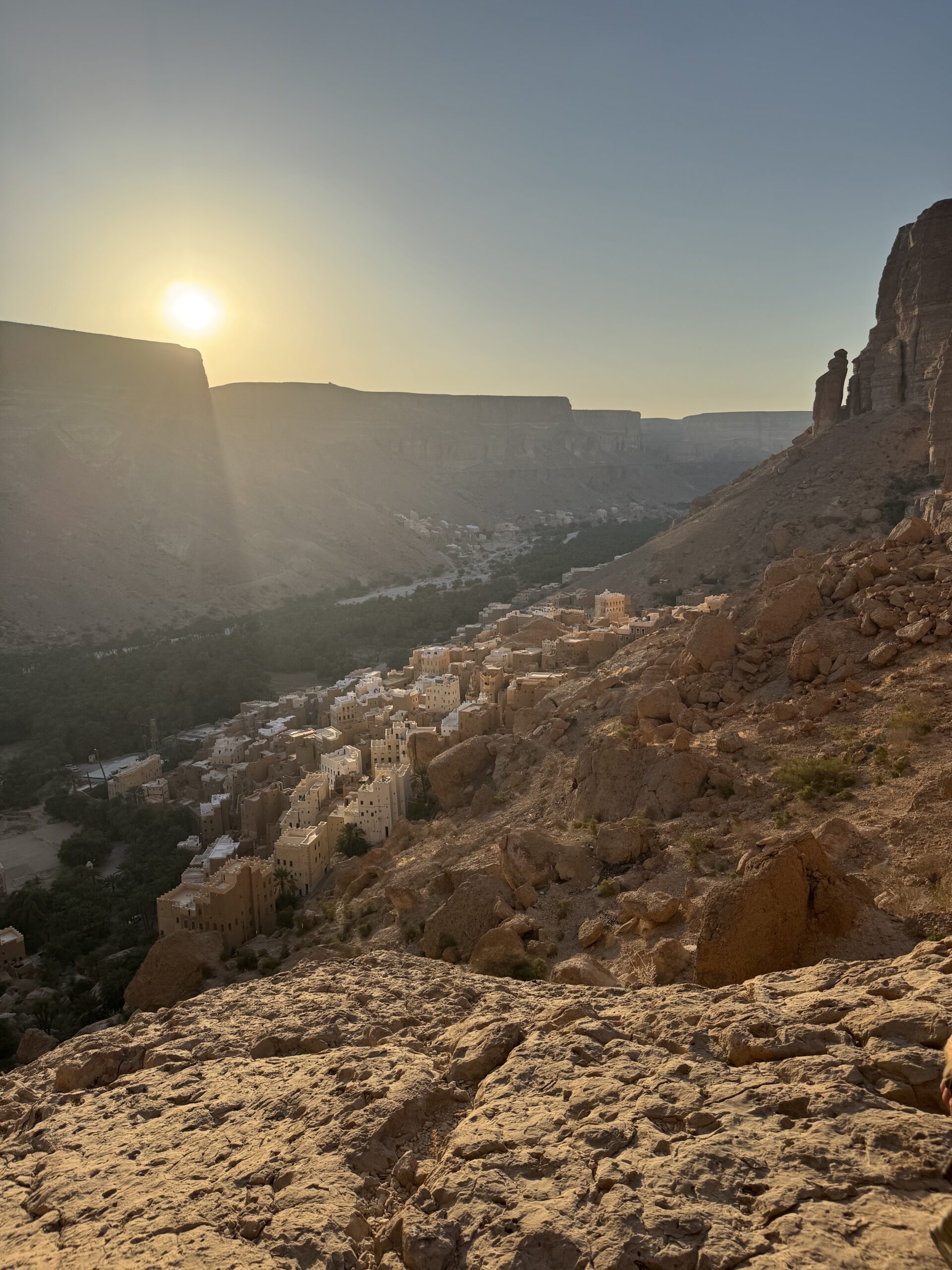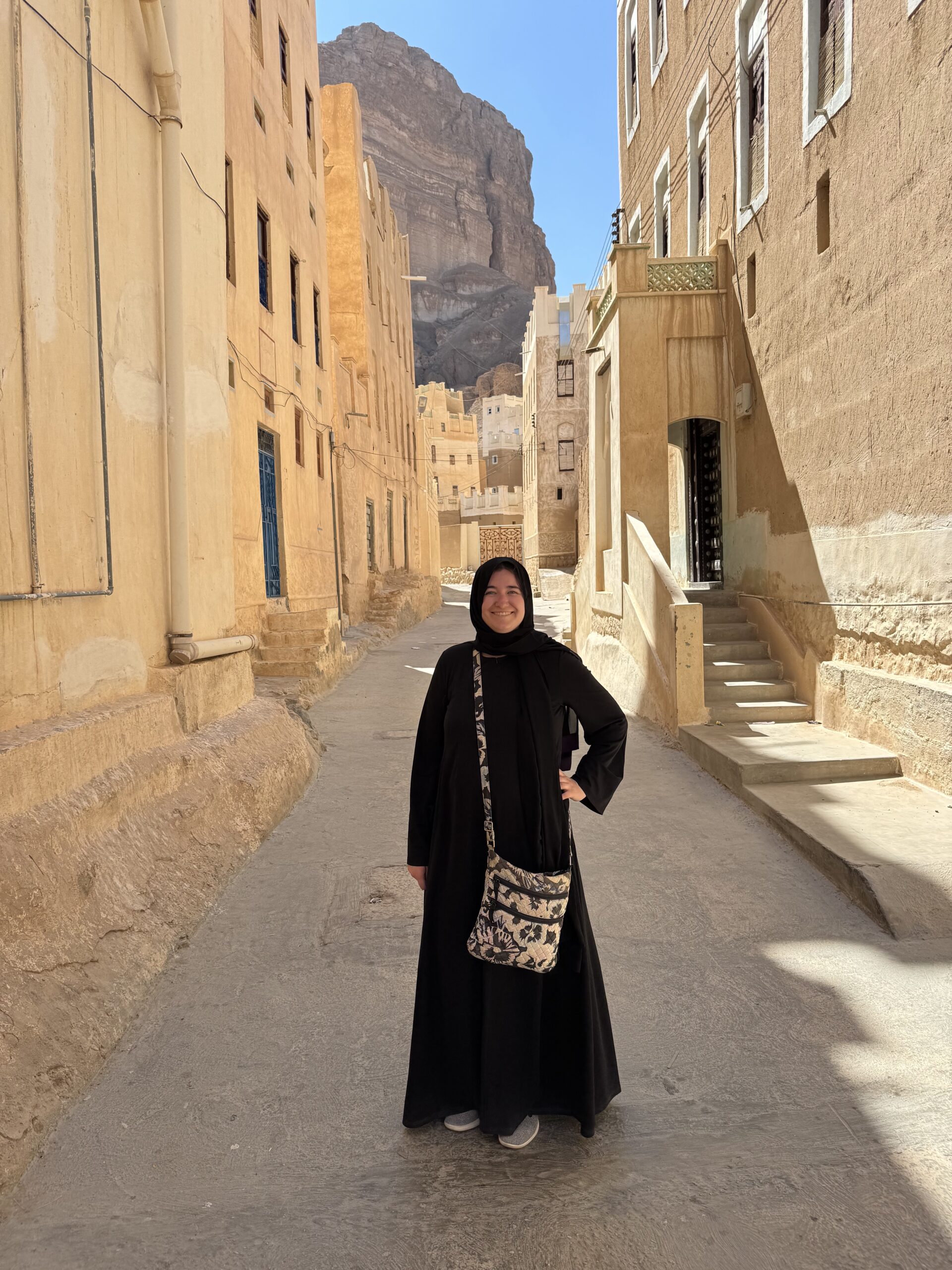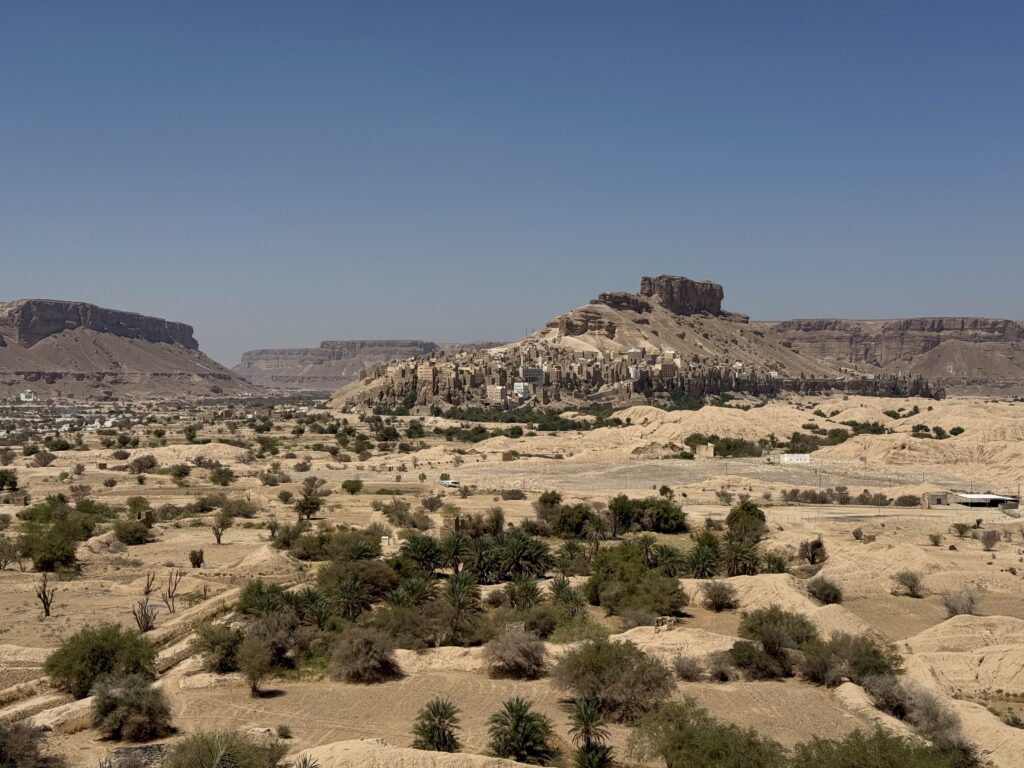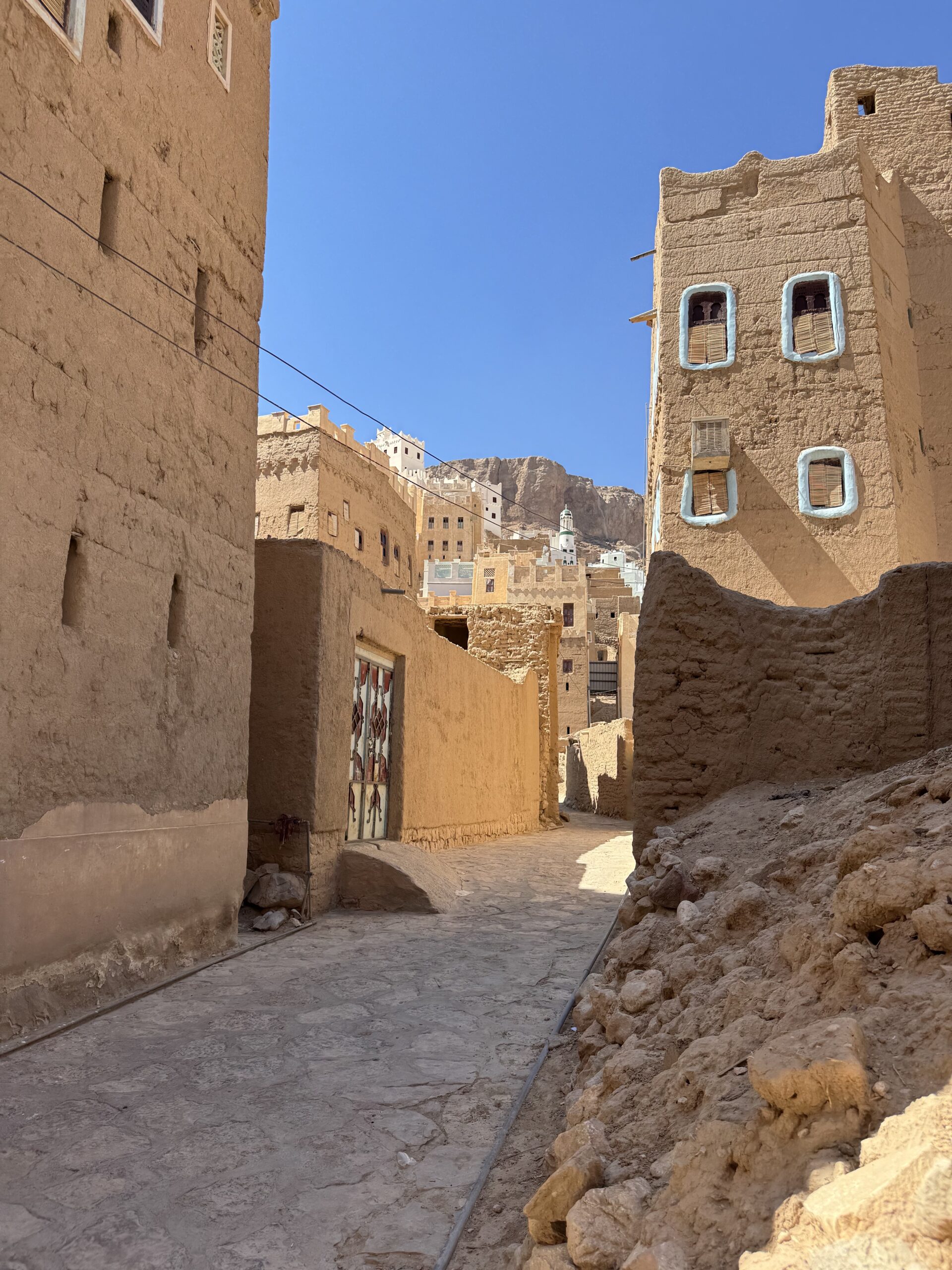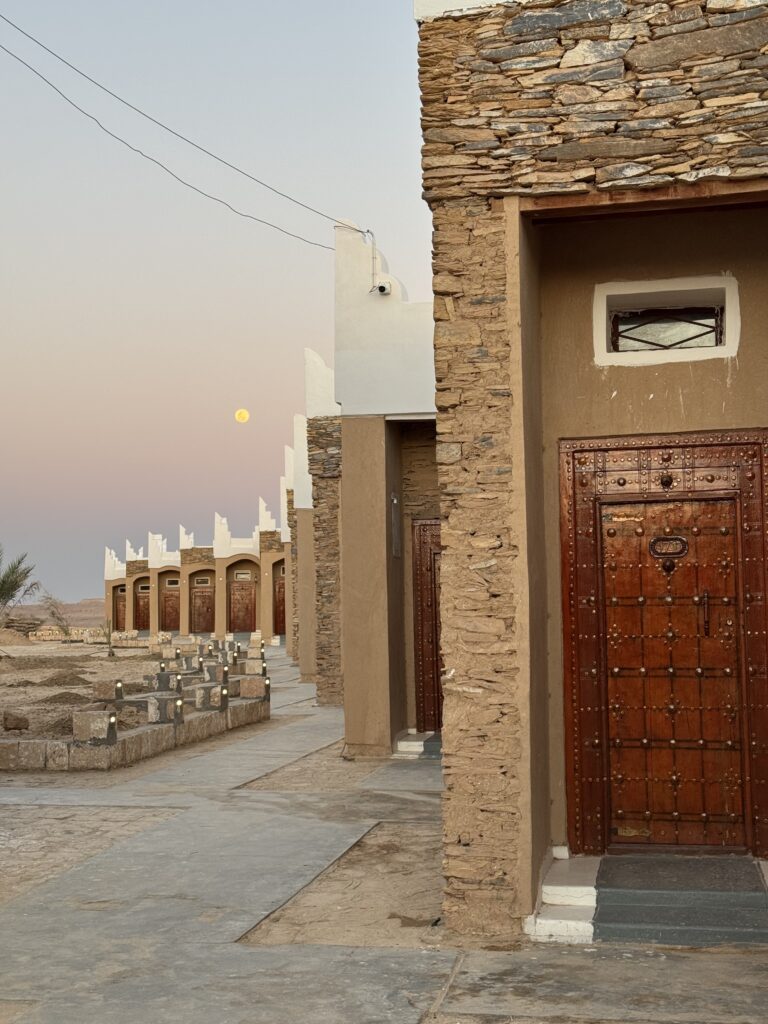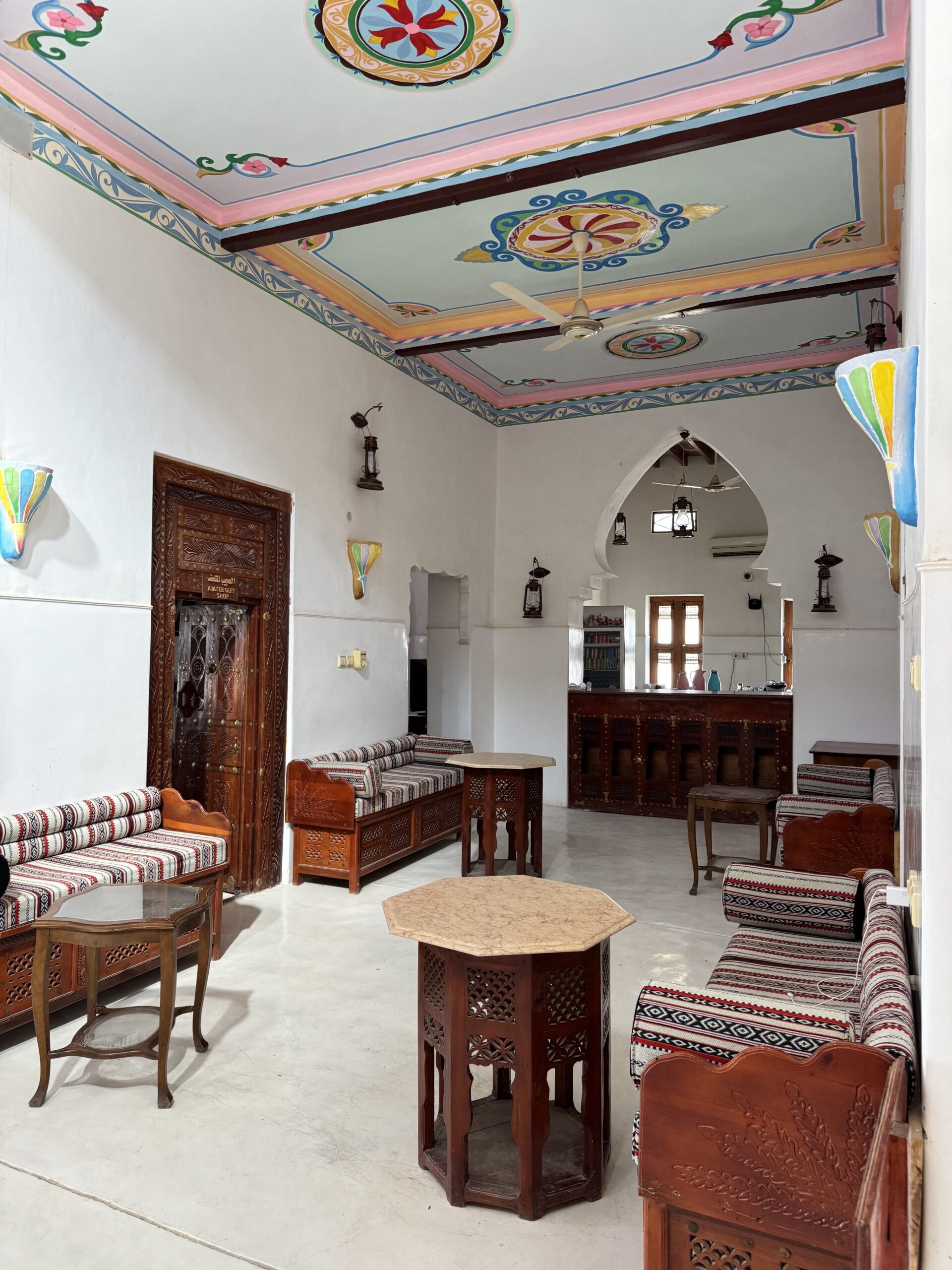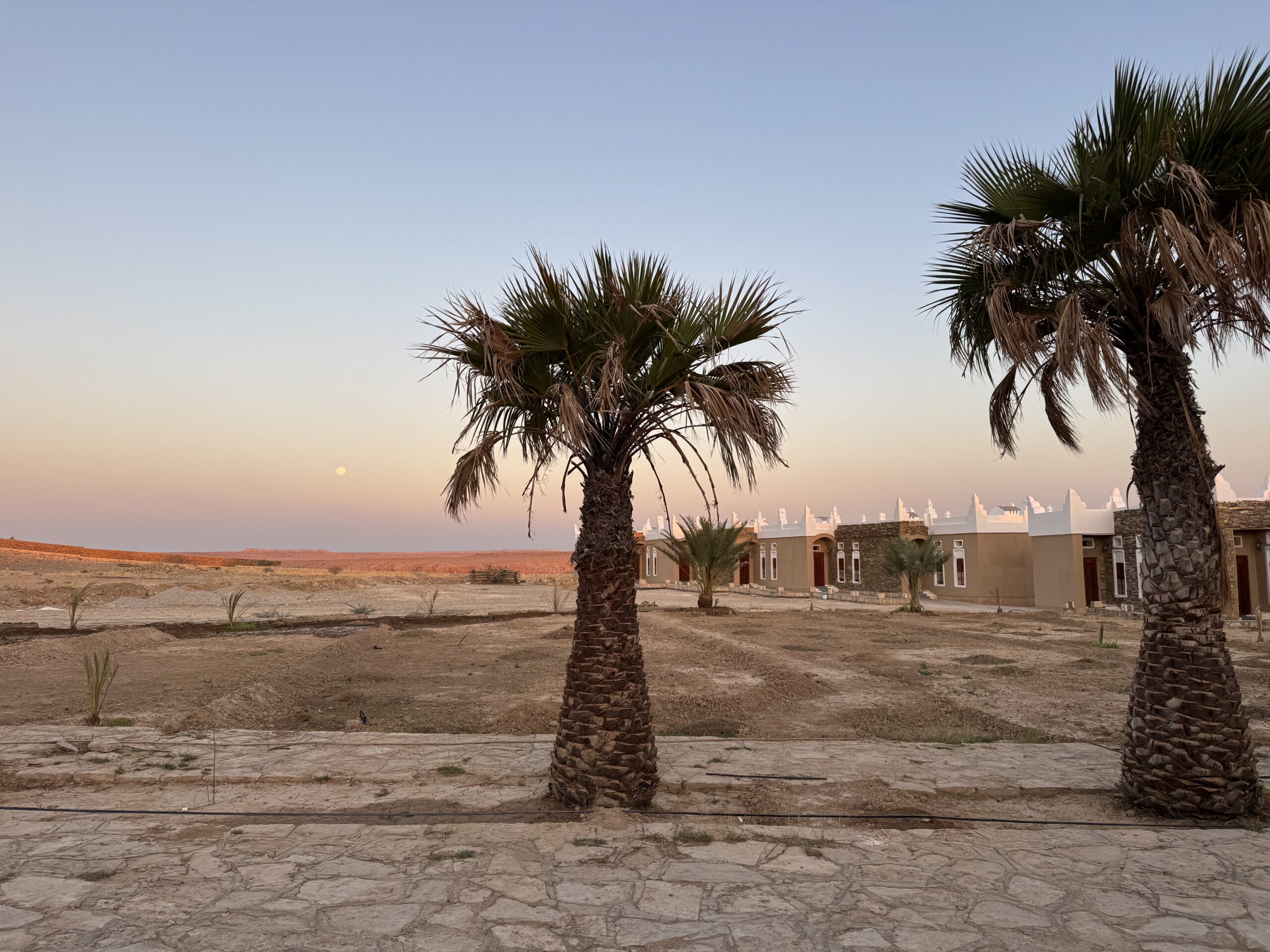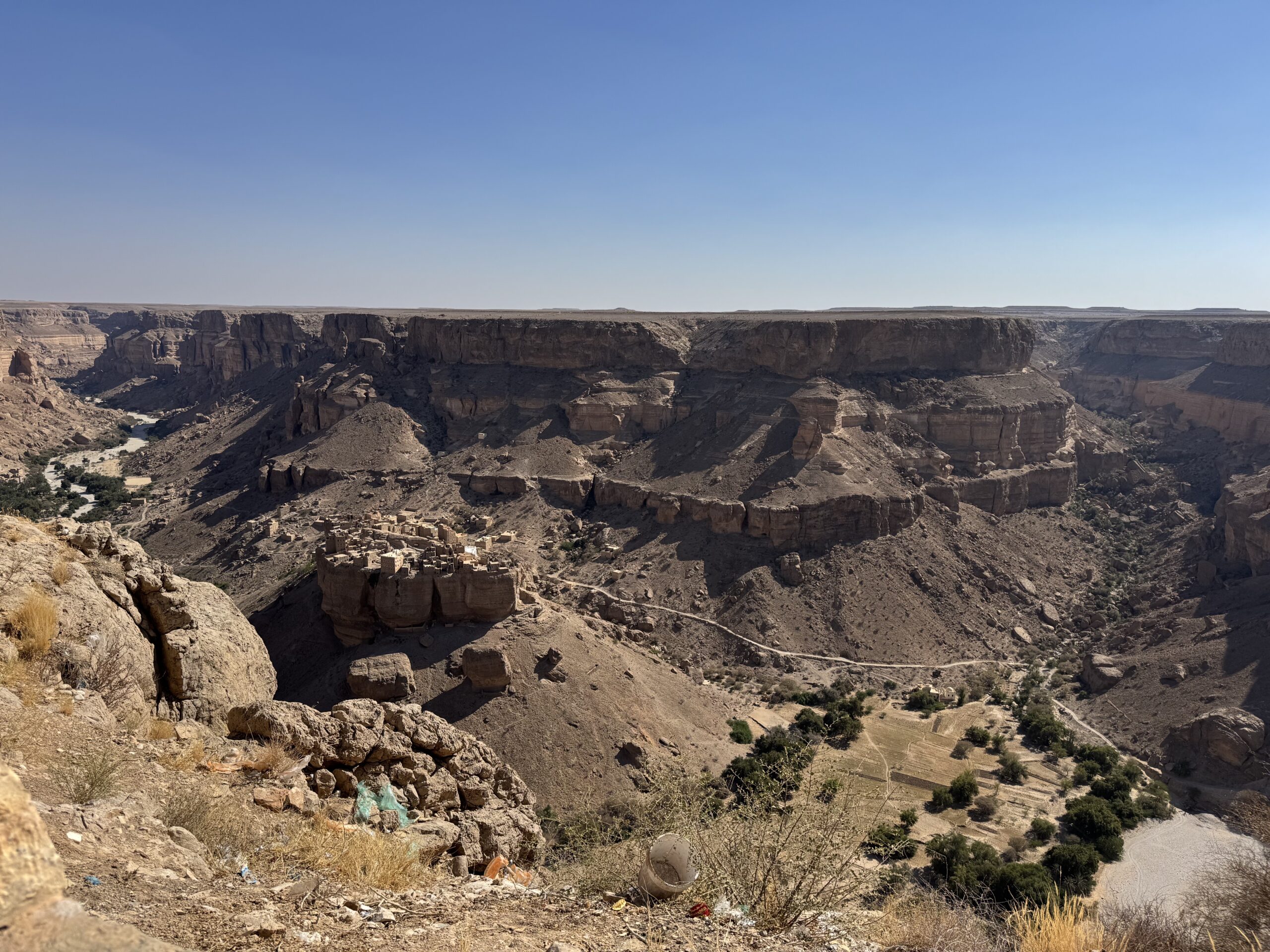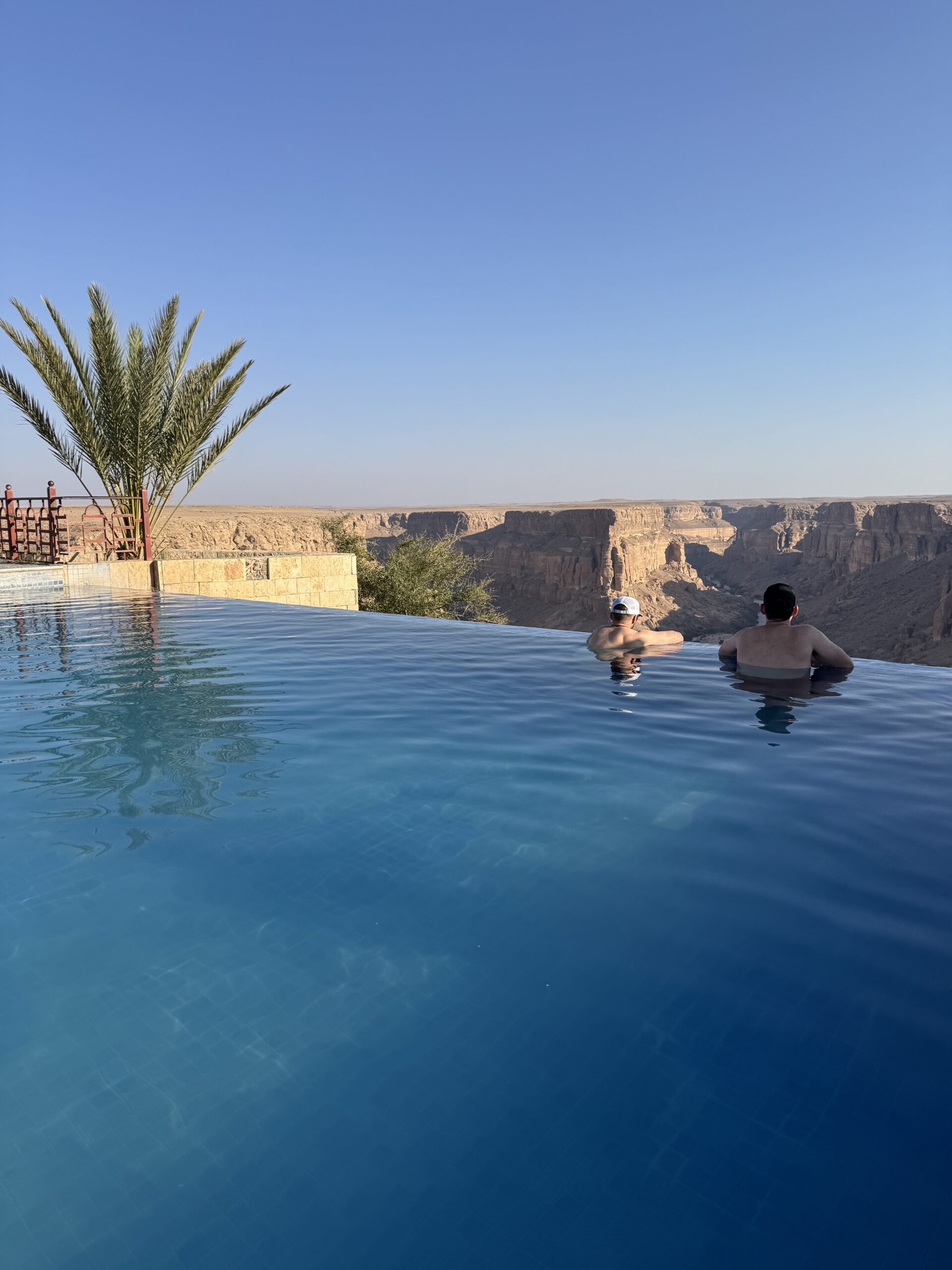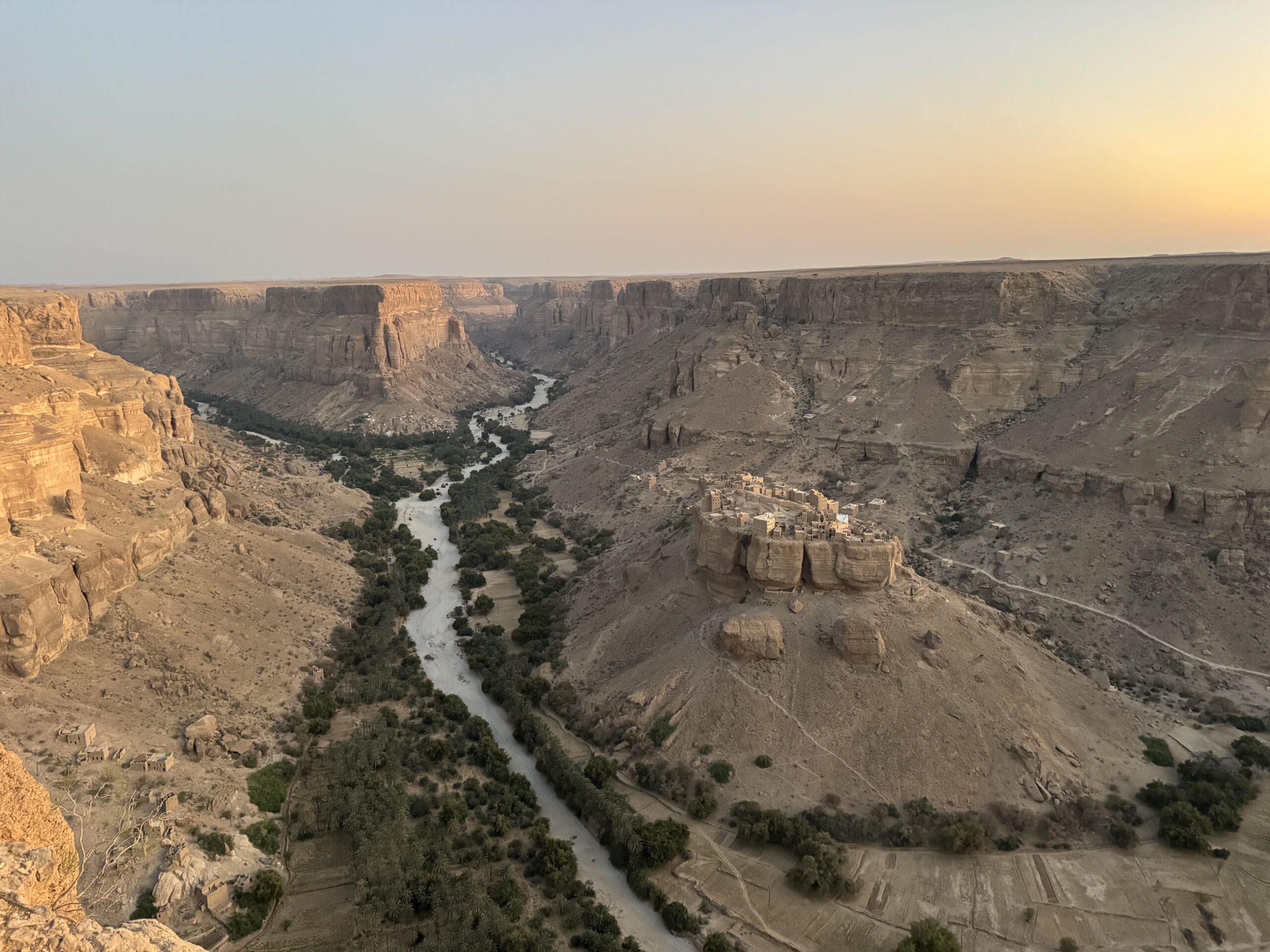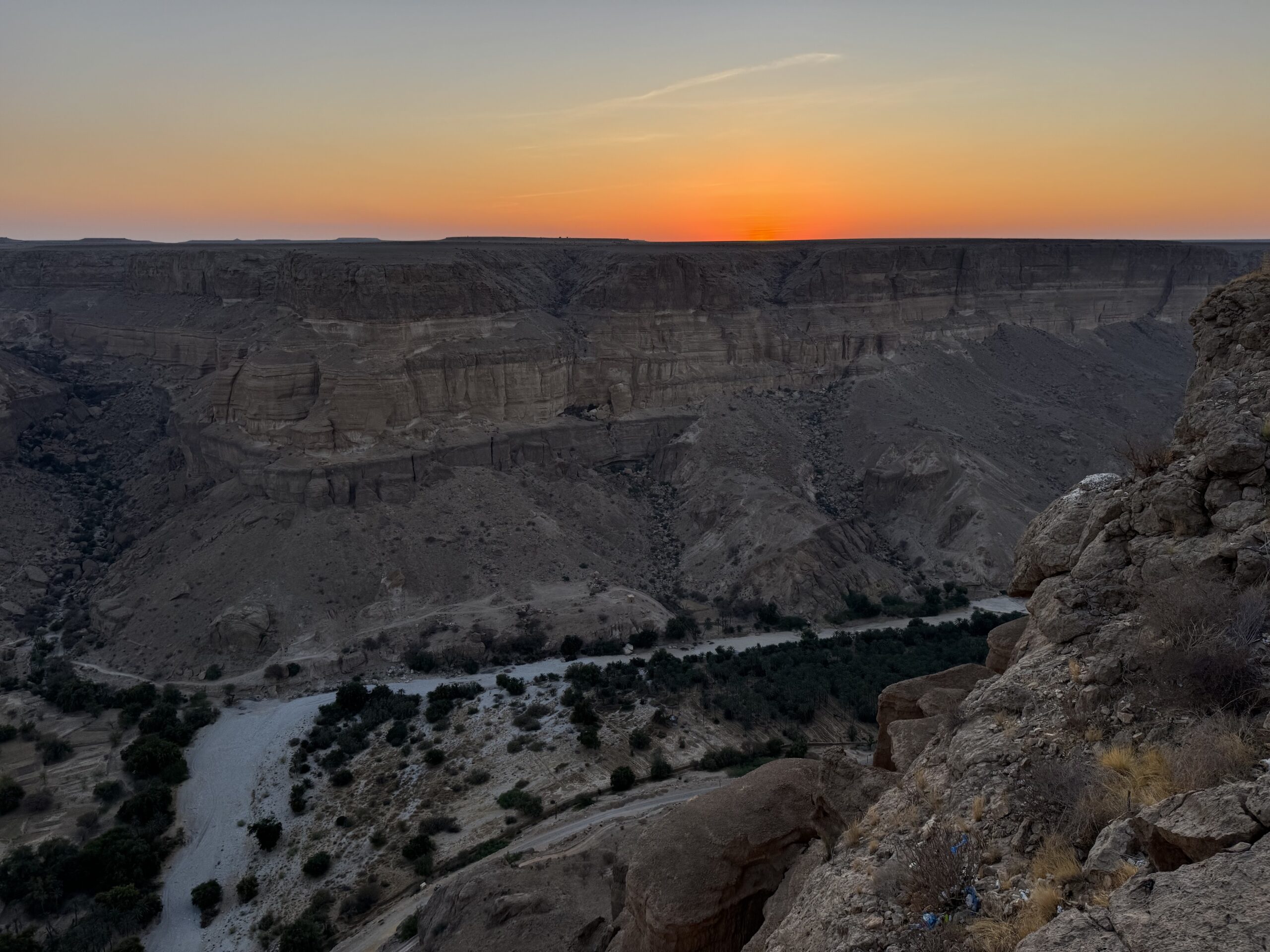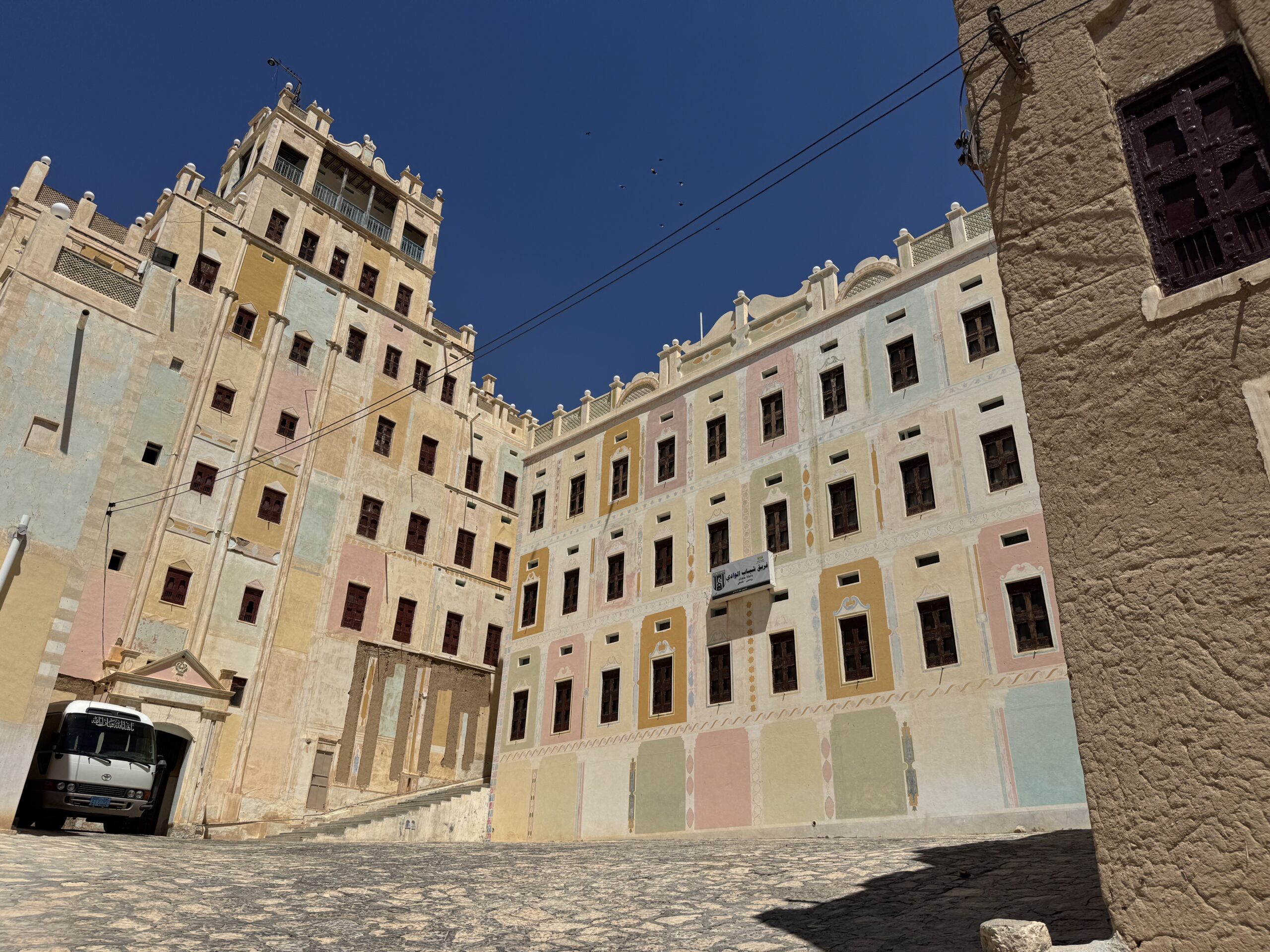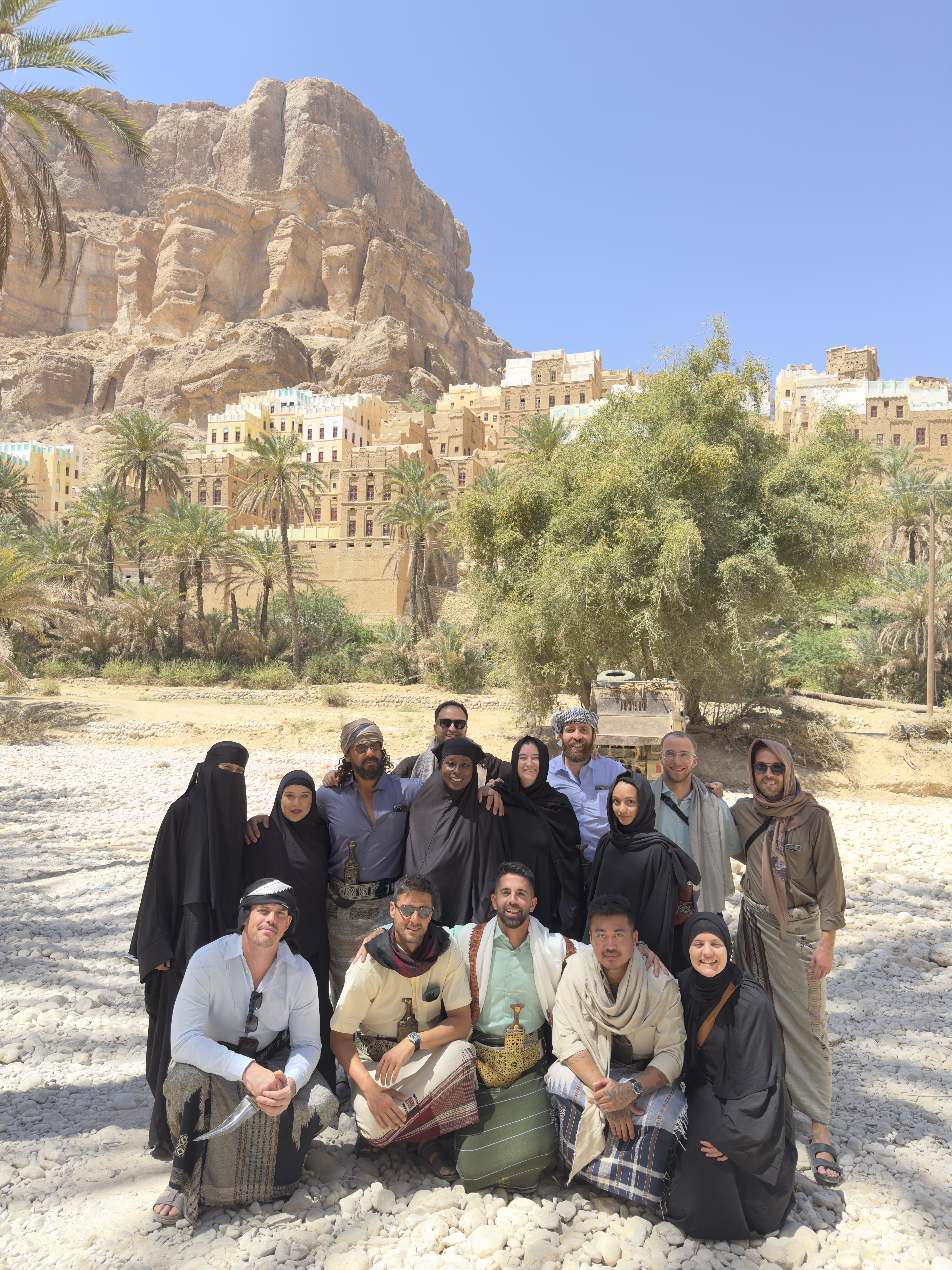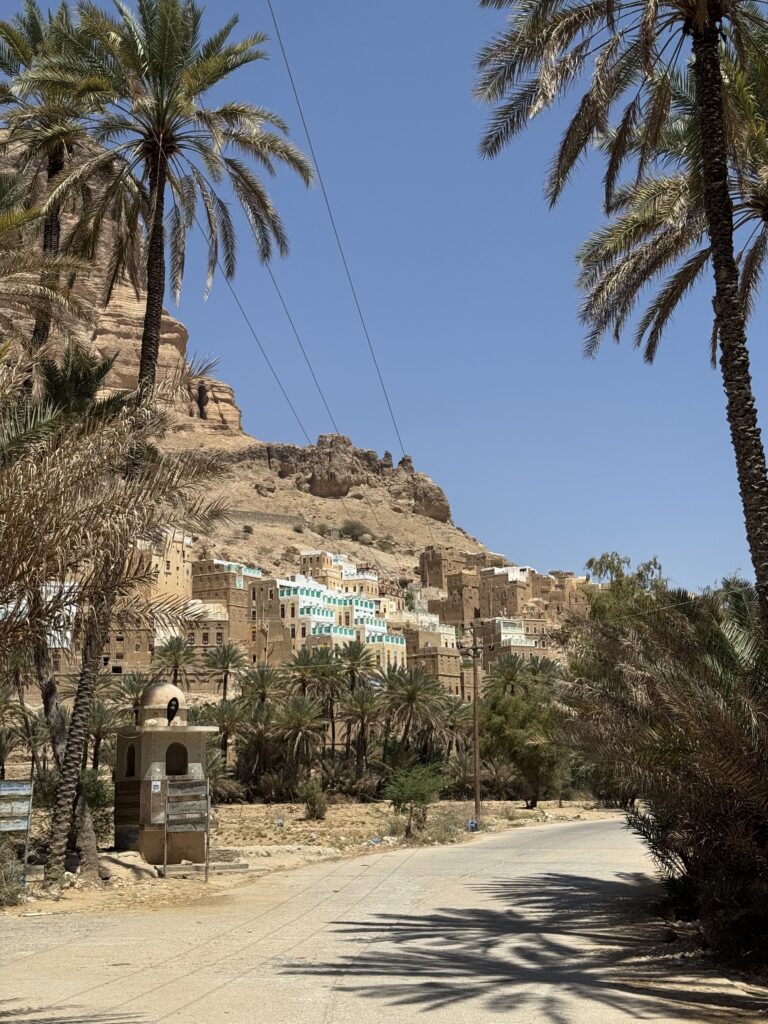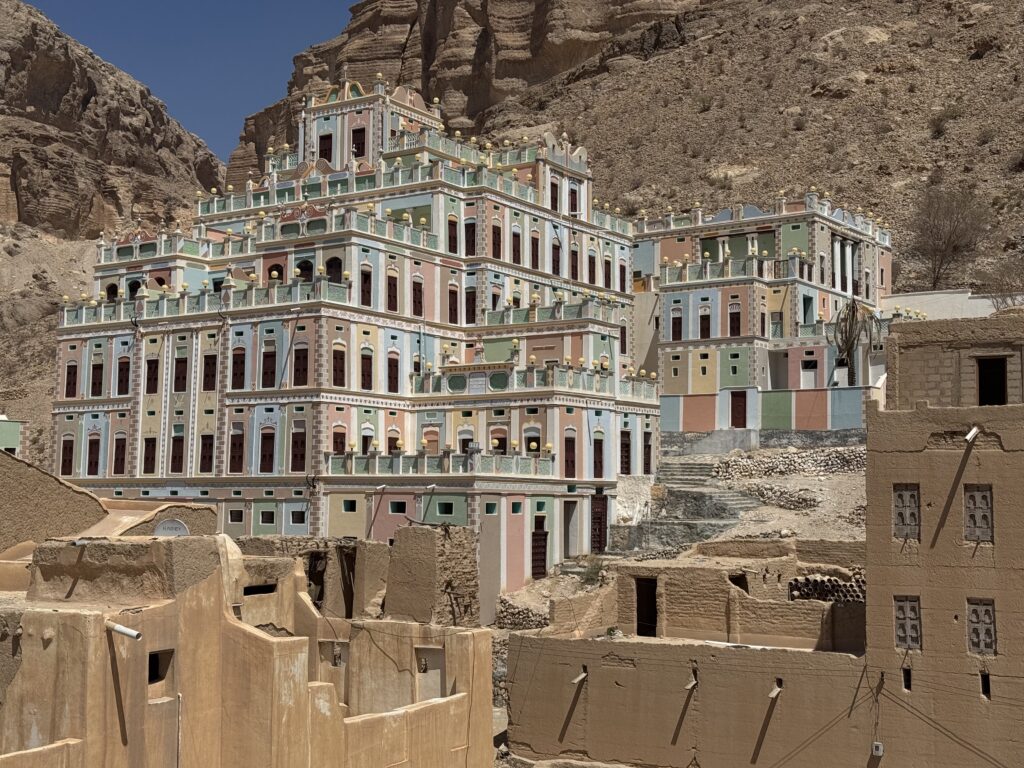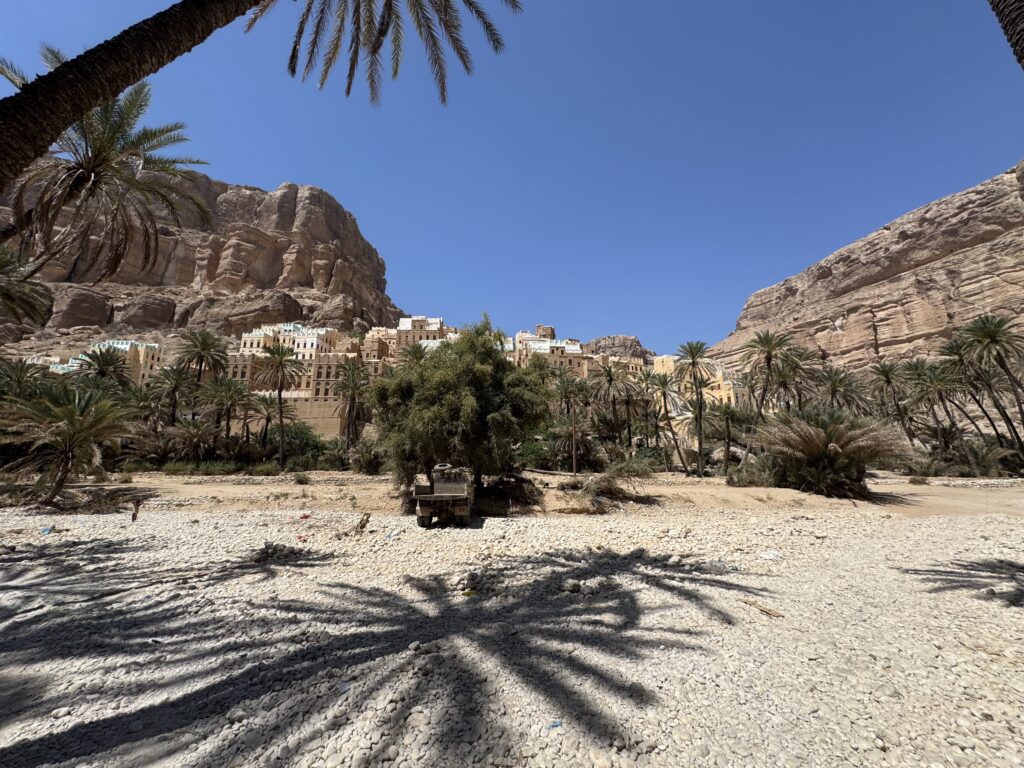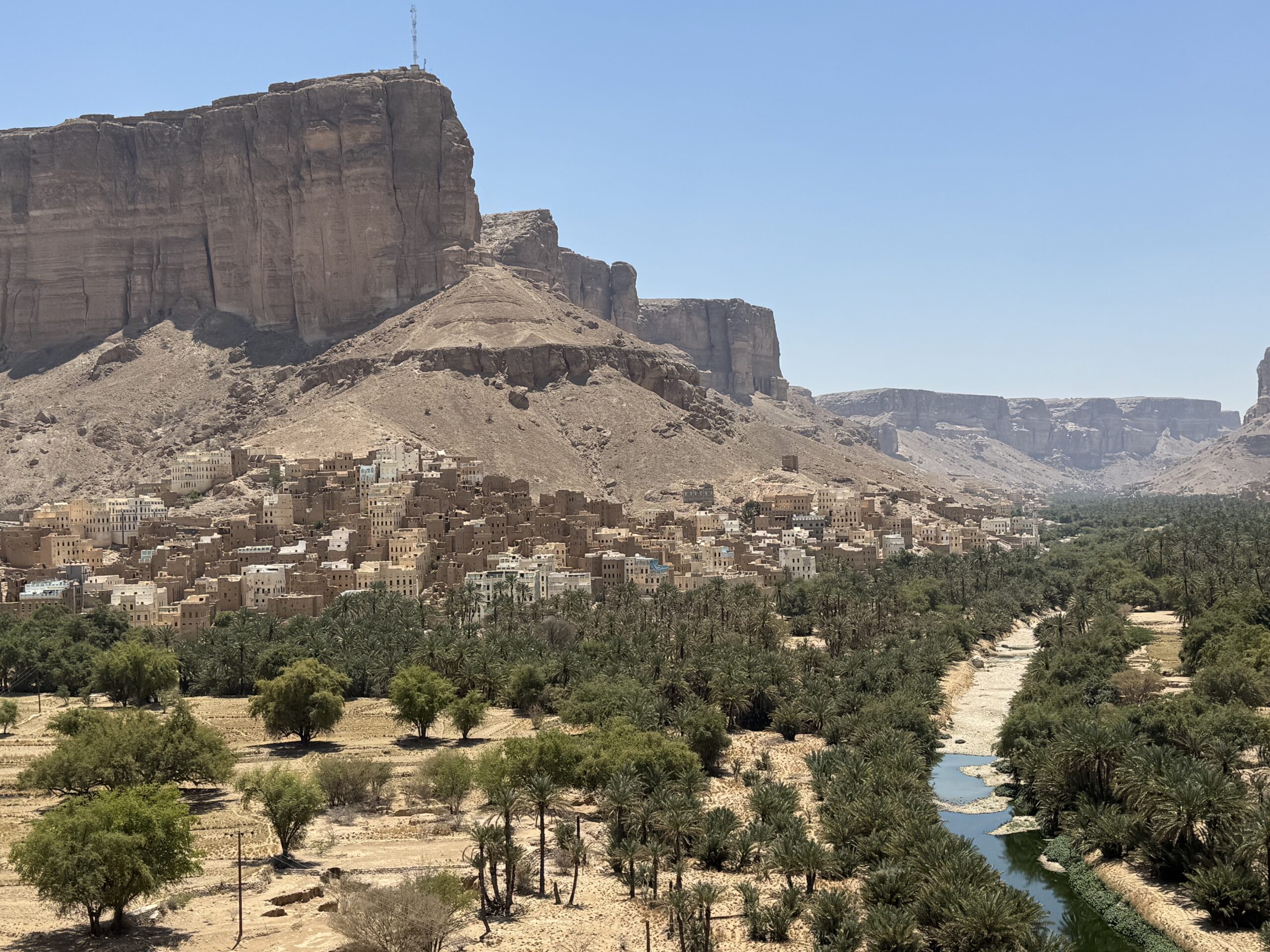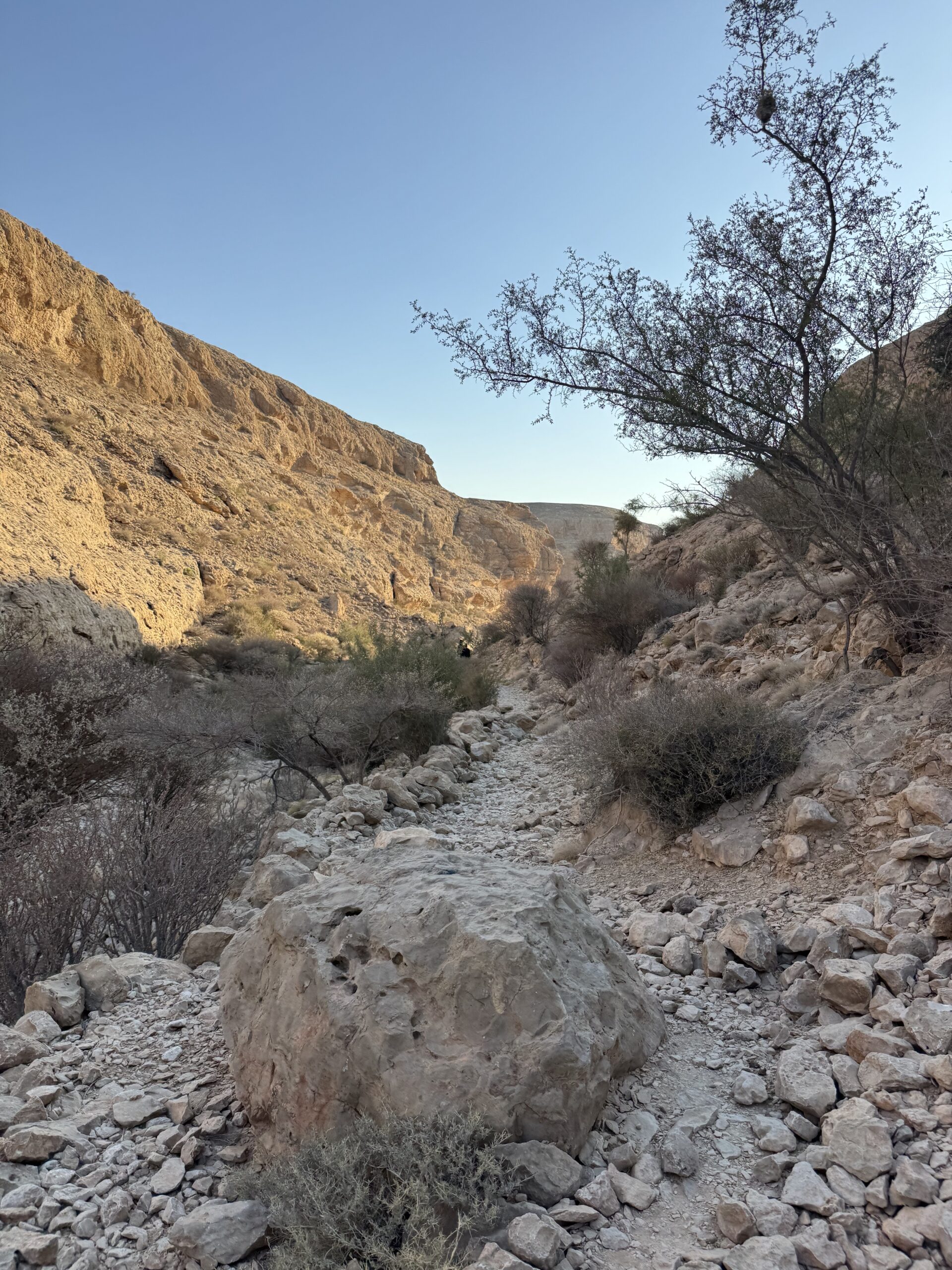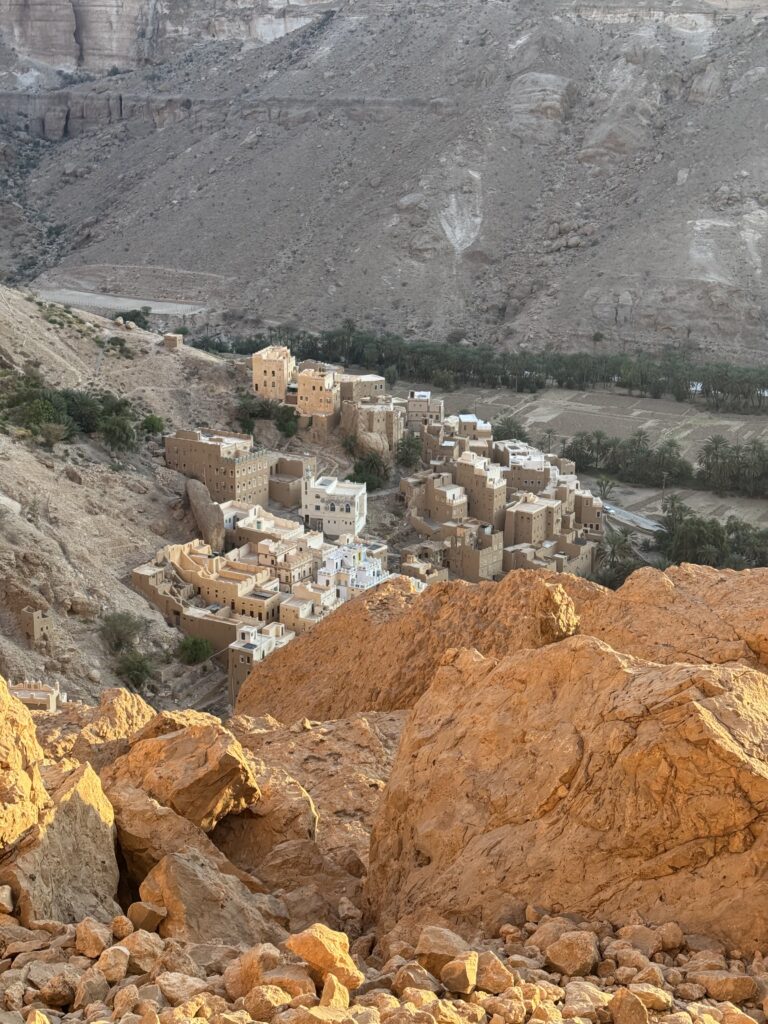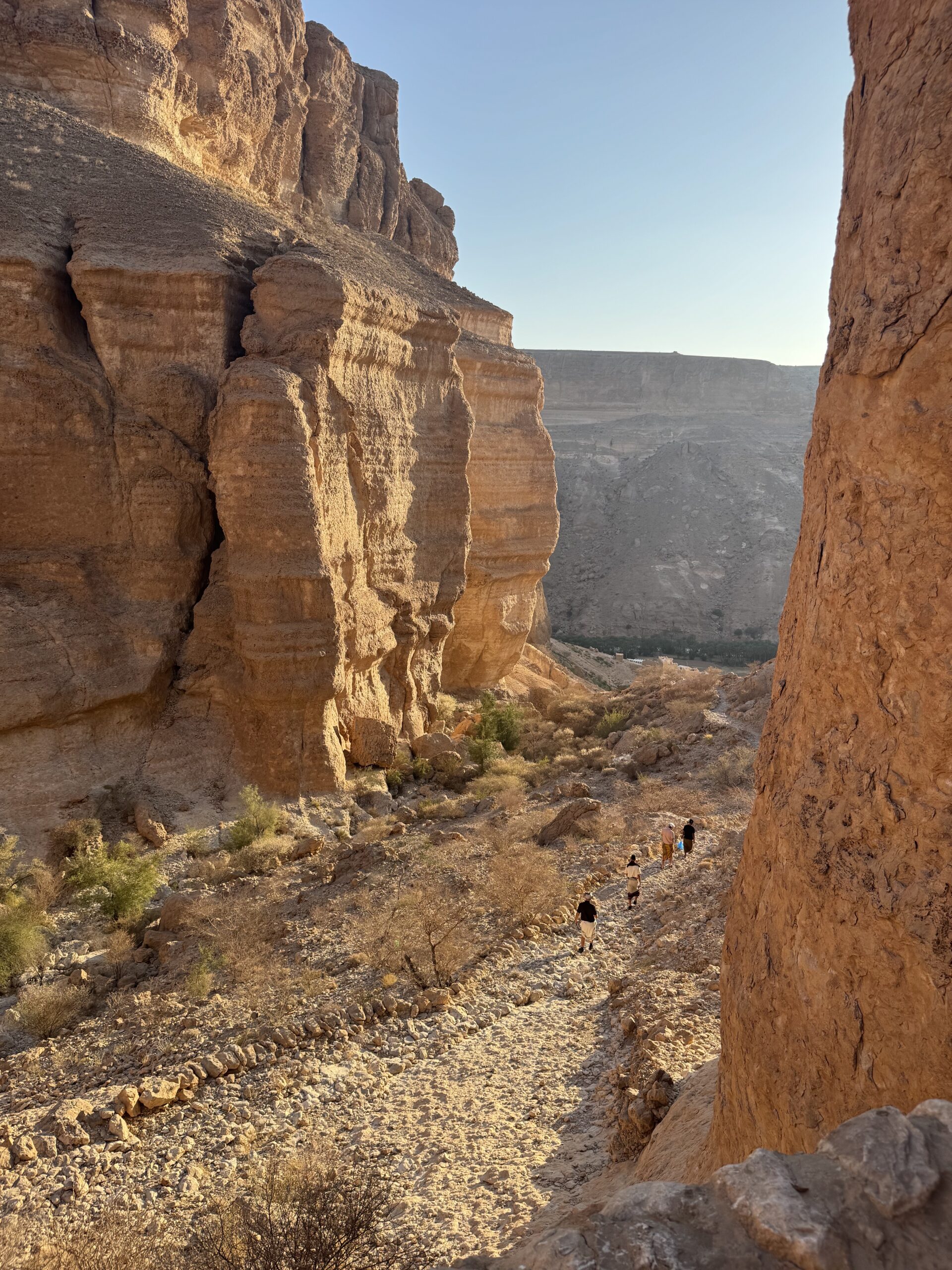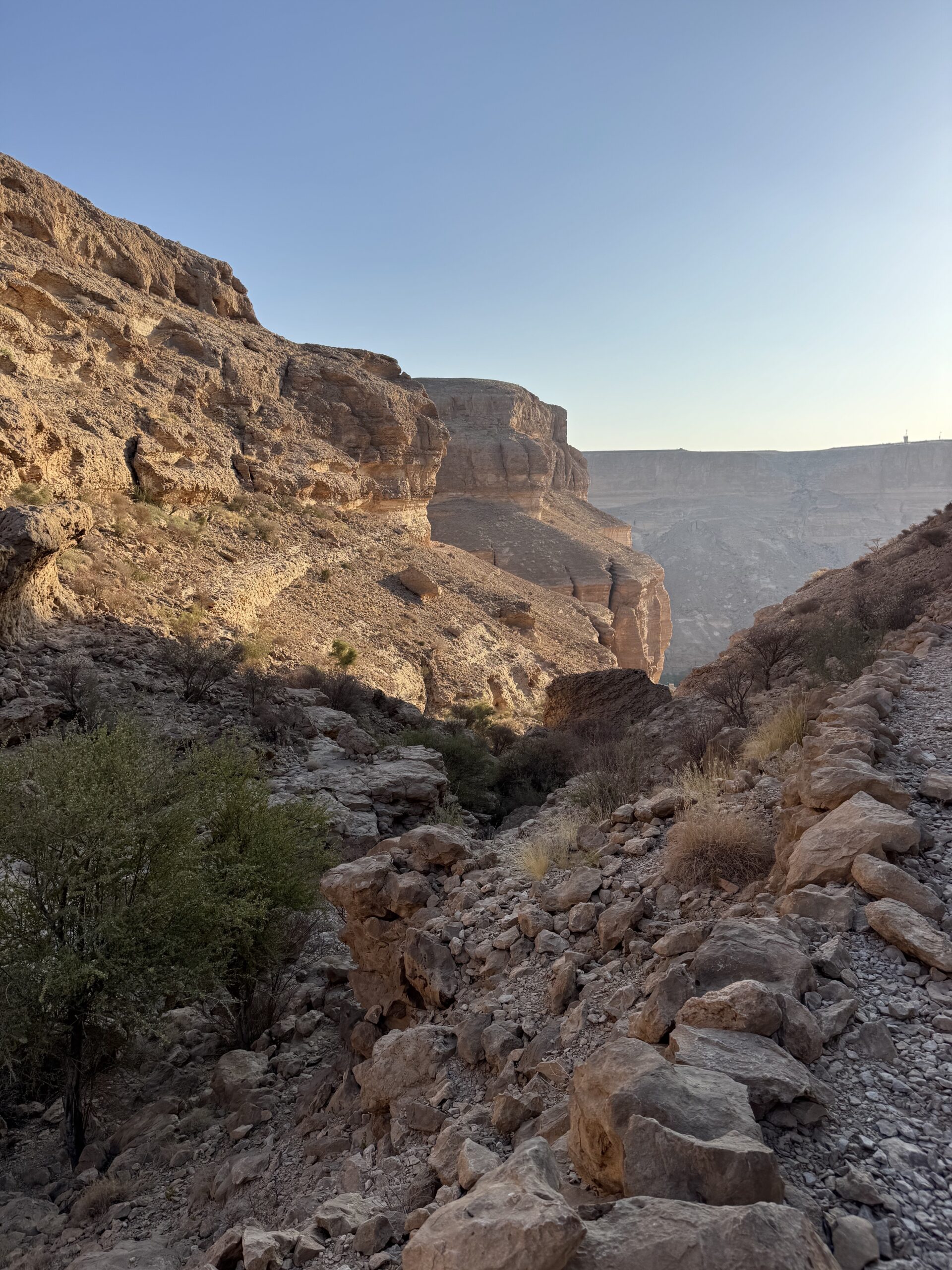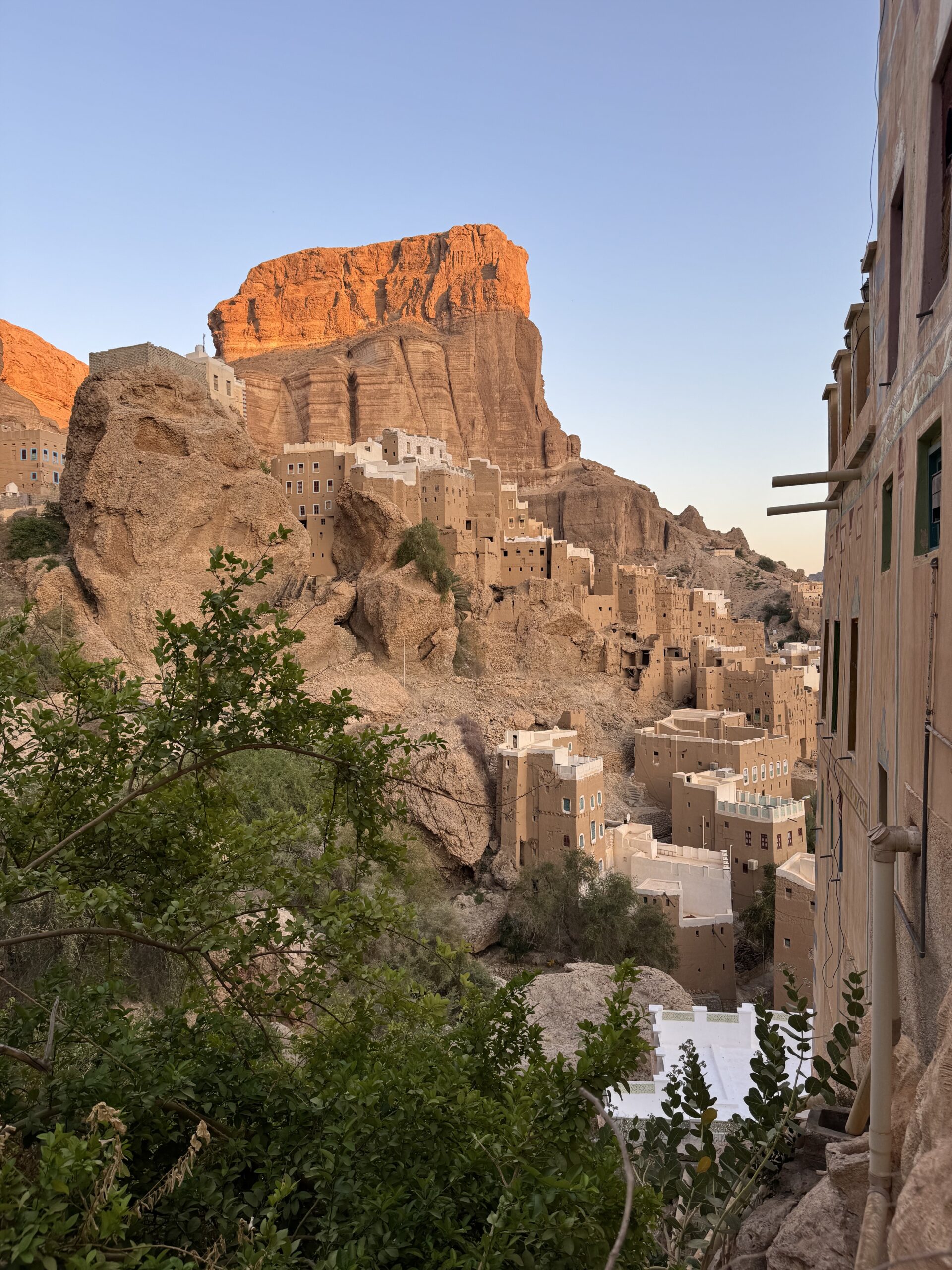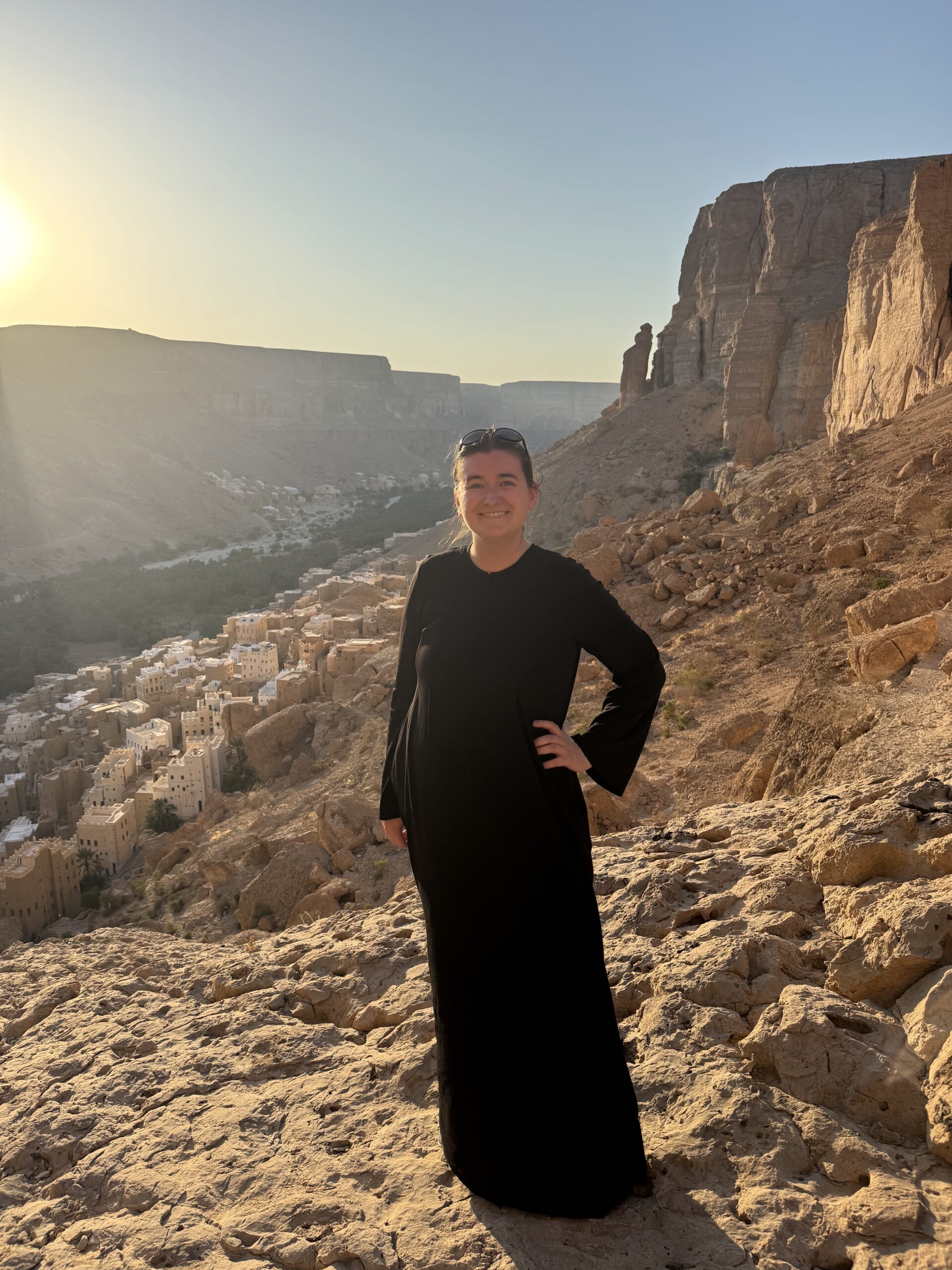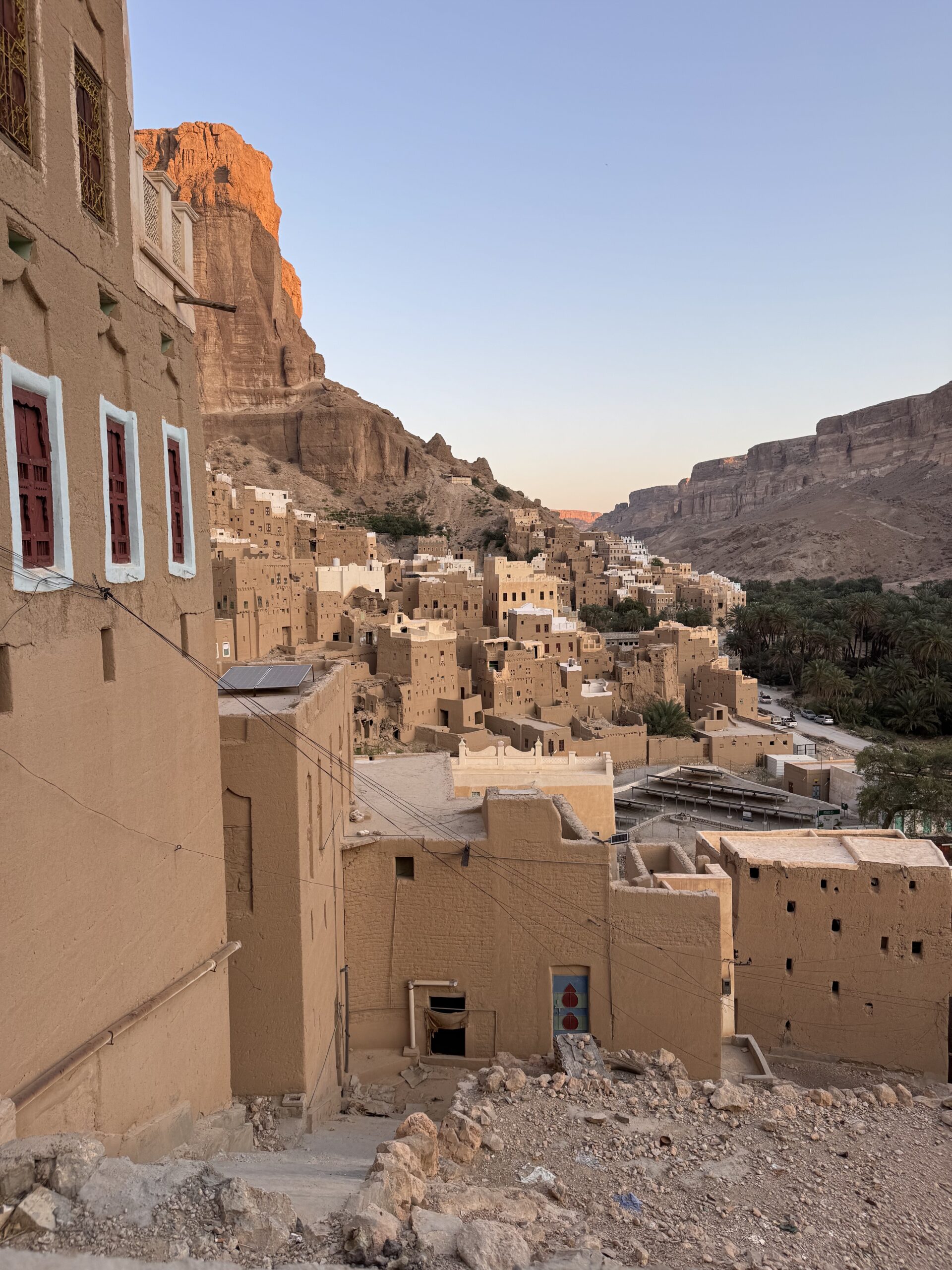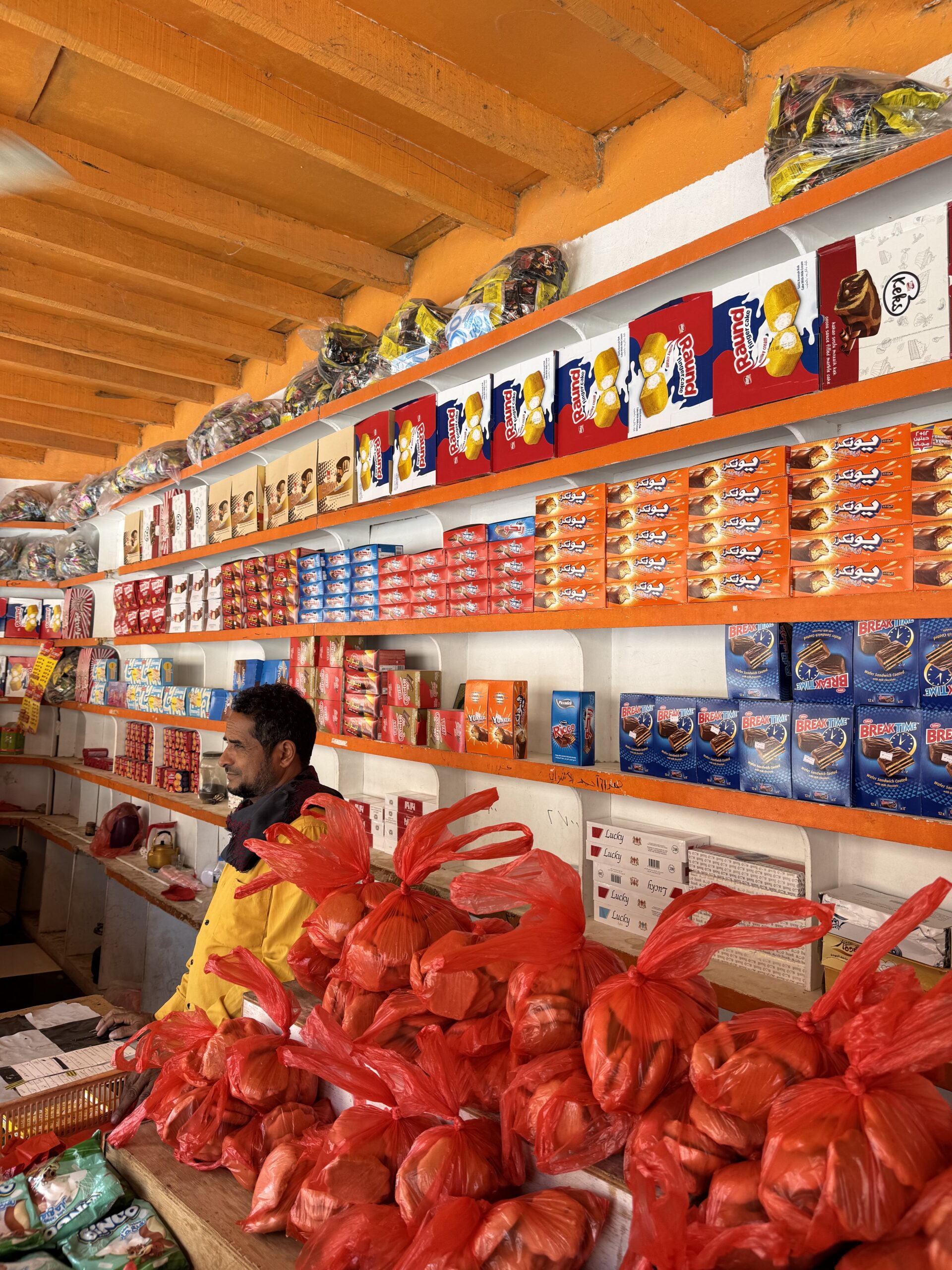This year, my book club decided to do a group trip! We decided on Mackinac Island, which I was thrilled about. I’ve always wanted to visit Mackinac Island, and it was the perfect destination to slow down and spend some time with my friends.
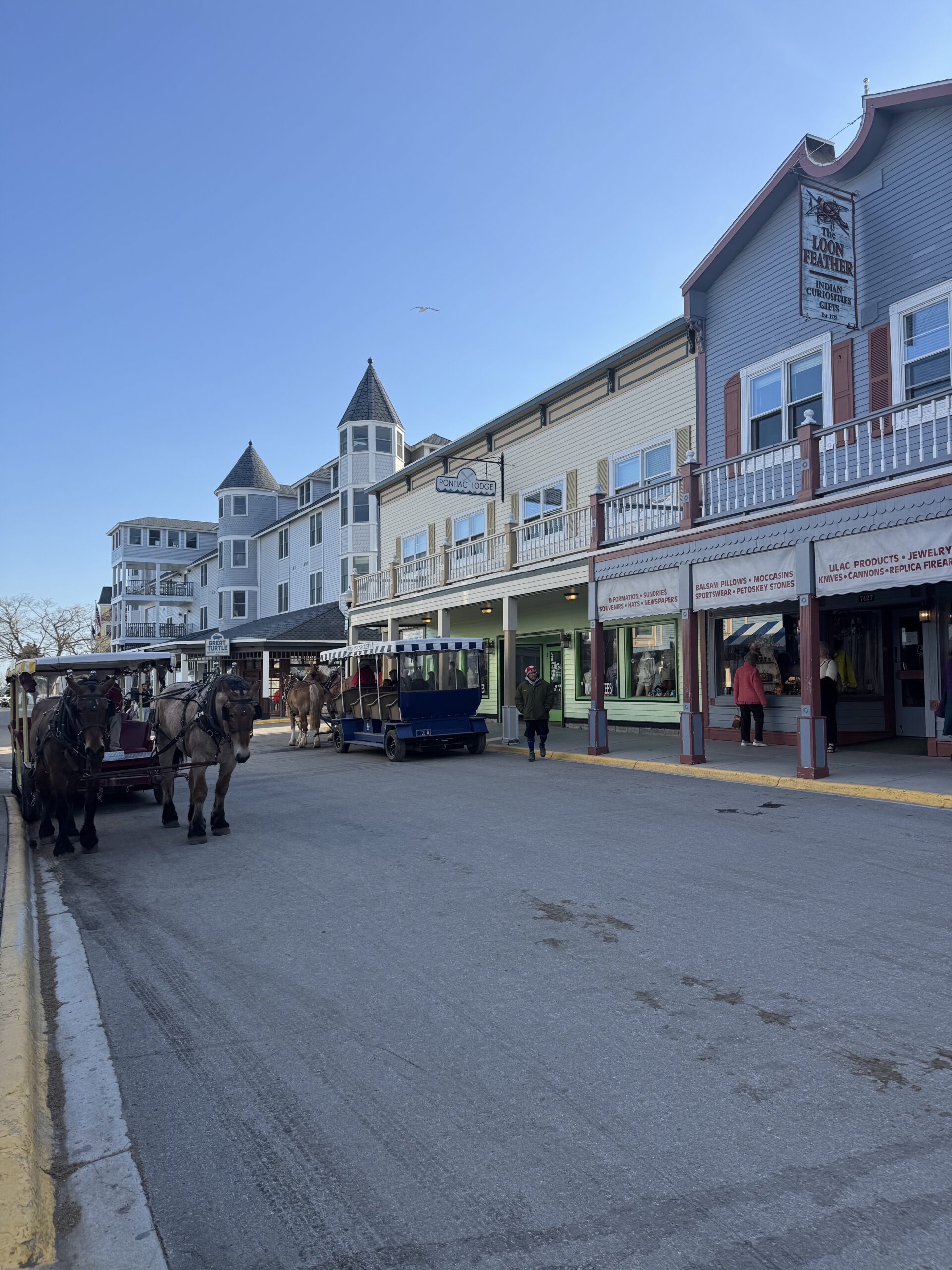
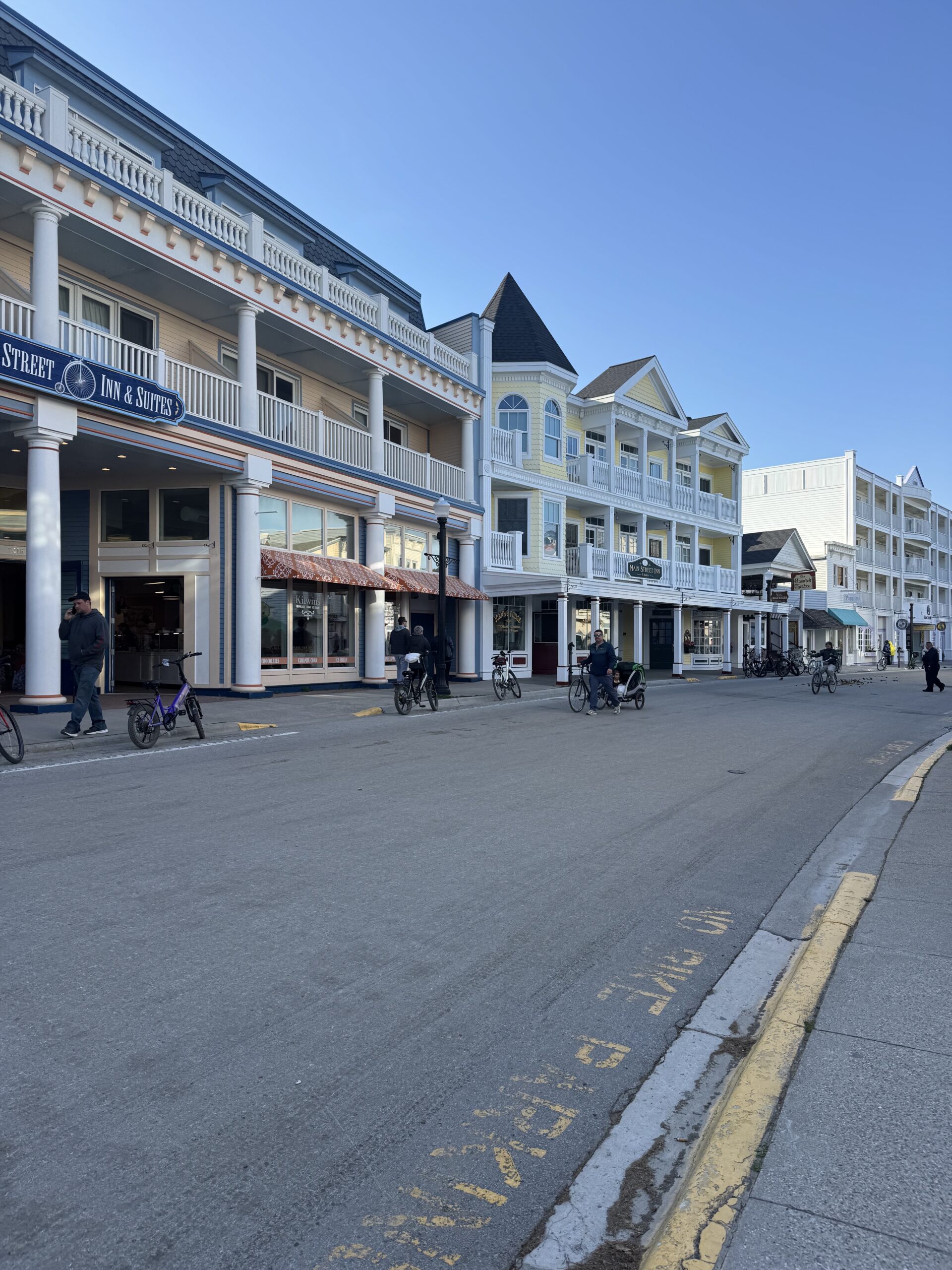
If you don’t know anything about Mackinac Island, what makes it so unique is that it has banned basically all cars except emergency vehicles on the island, so all of the transport is done by bike or horse-drawn carriage. It feels like stepping back in time, into a quaint, Main Street-style America, with general stores and fudge shops.
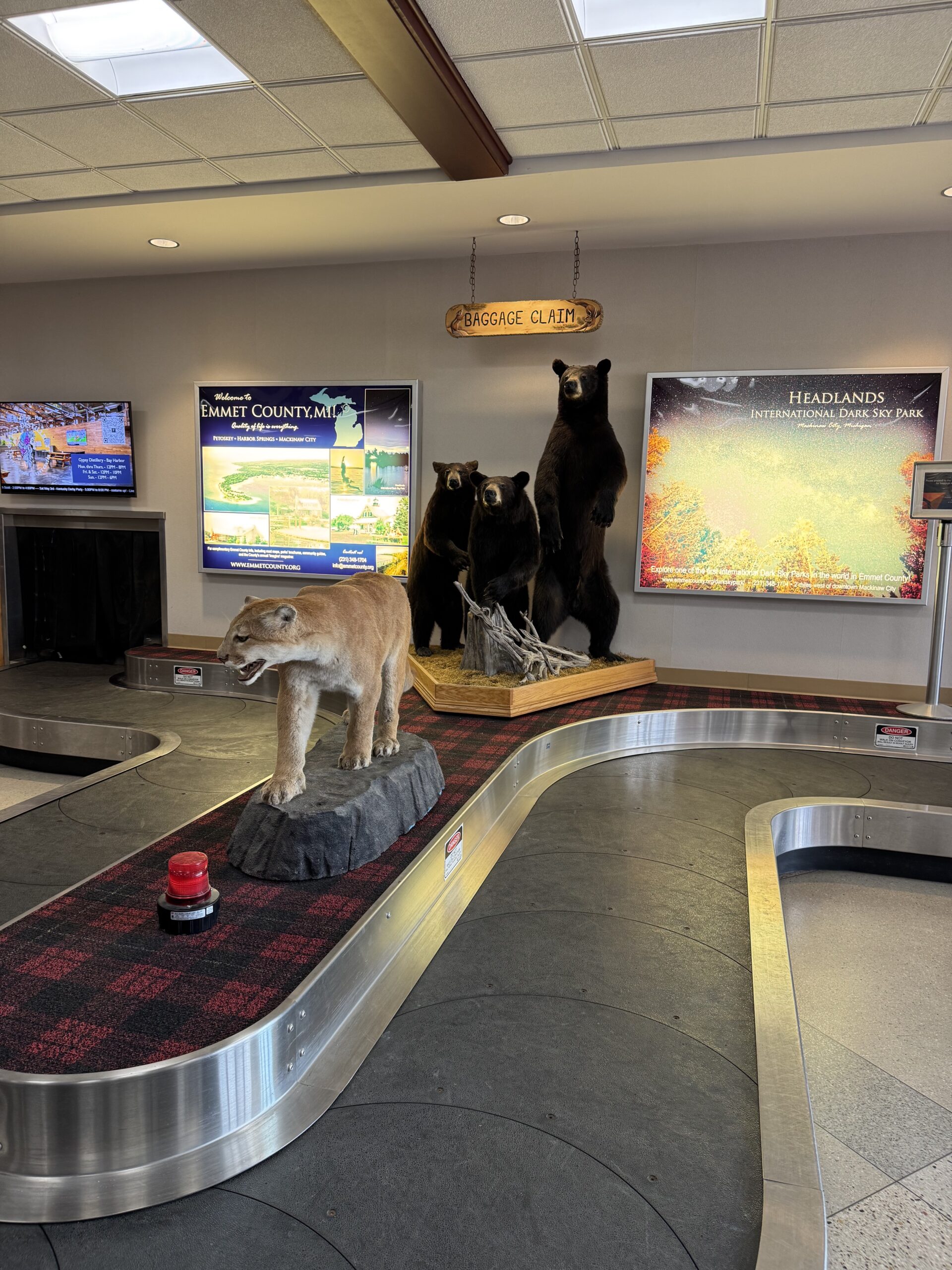
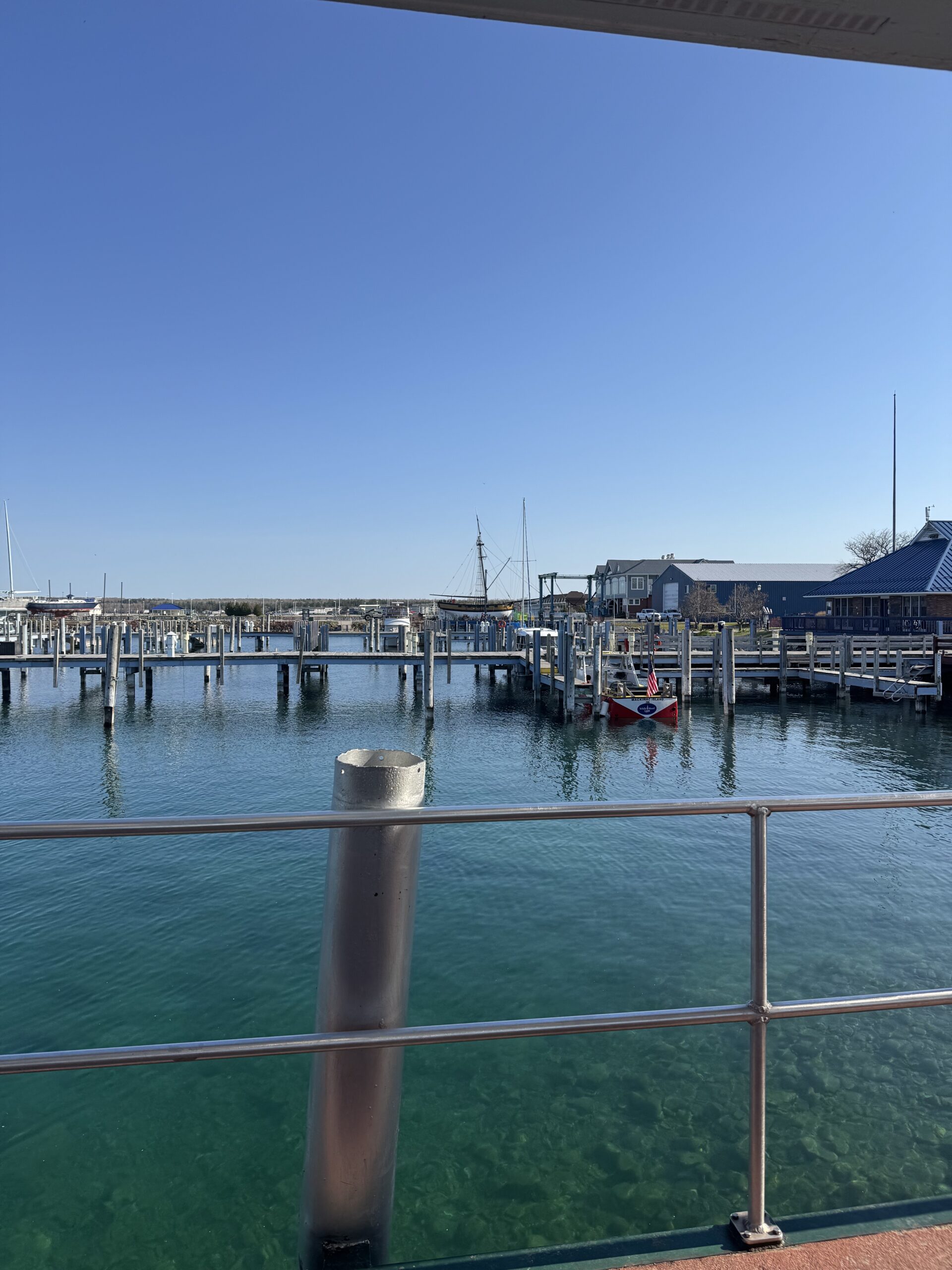

Getting there was a bit of an ordeal – Sam and I flew from BWI to Chicago, and then boarded our flight to Pellston. That flight got diverted to Traverse City, which was a new one for my own personal flight fuck-up bingo board, and then we sat on the tarmac for a while. They couldn’t let us get off the plane because we were a United plane at a Delta gate, and they told us that if they let us get off, they weren’t sure they could get us back on the plane without issue. I was just nervous because if we missed the last ferry, that was going to be a problem. But we did finally get back in the air, made the short trip up to Pellston, and then took a bus to the ferry terminal and a ferry to the island. It was a long day.
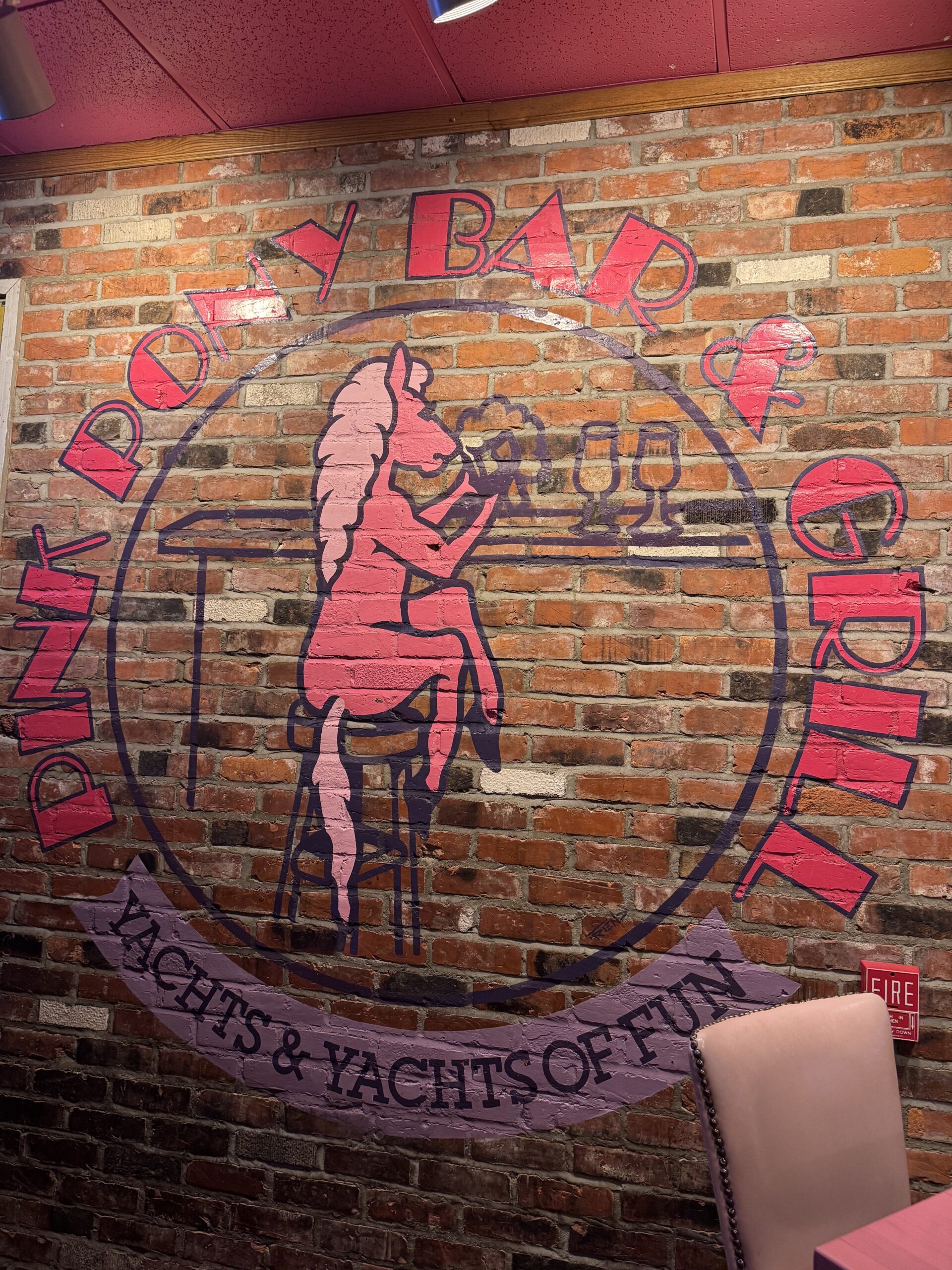
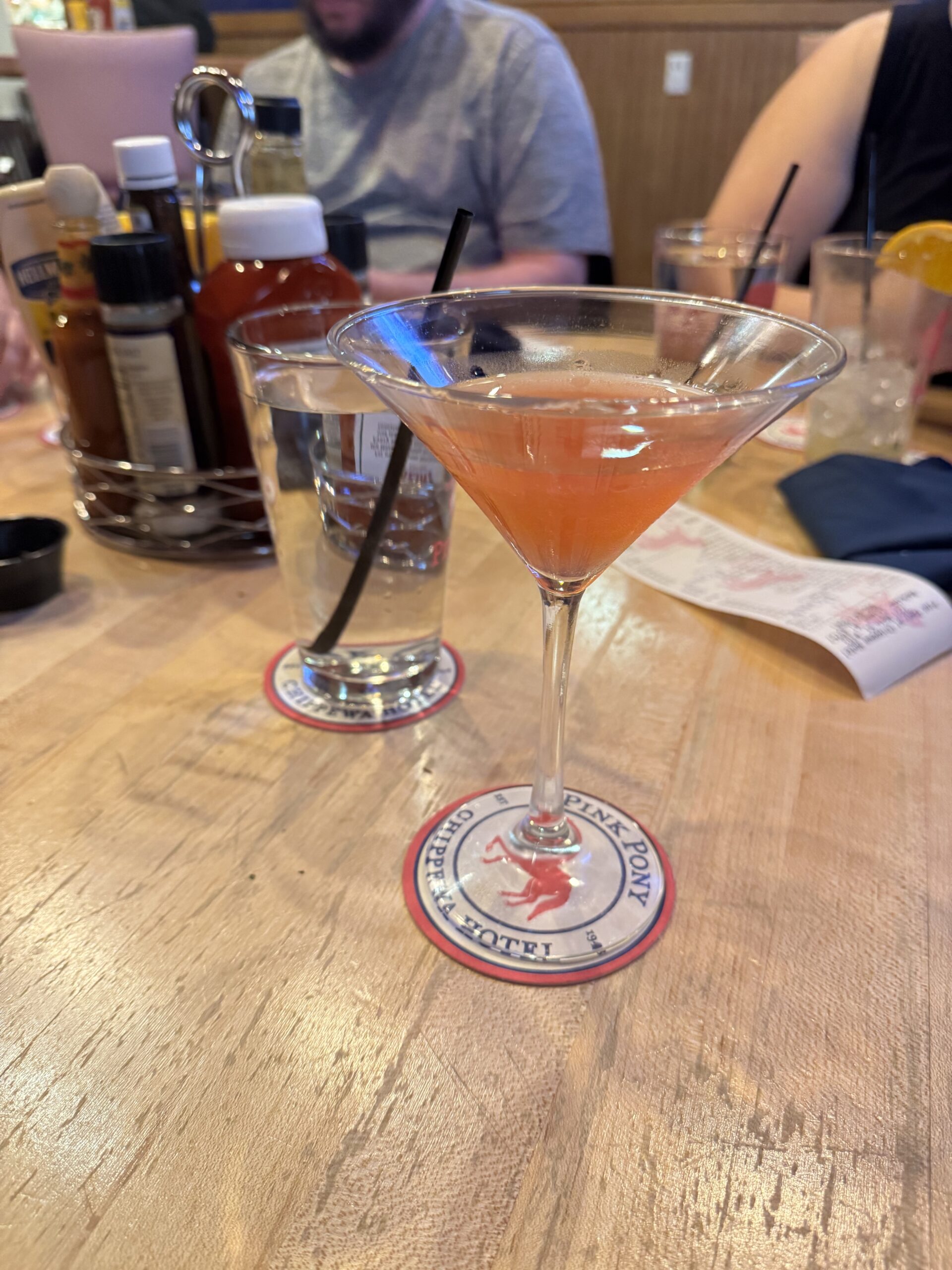

But it was all worth it to make it to the island! After checking it at our hotel, we headed to the iconic Pink Pony for our first dinner. This is one of the ones that Steph had discovered in her research and we were all excited to try. The food was good and the atmosphere was even better, with fun pink decorations throughout the restaurant.
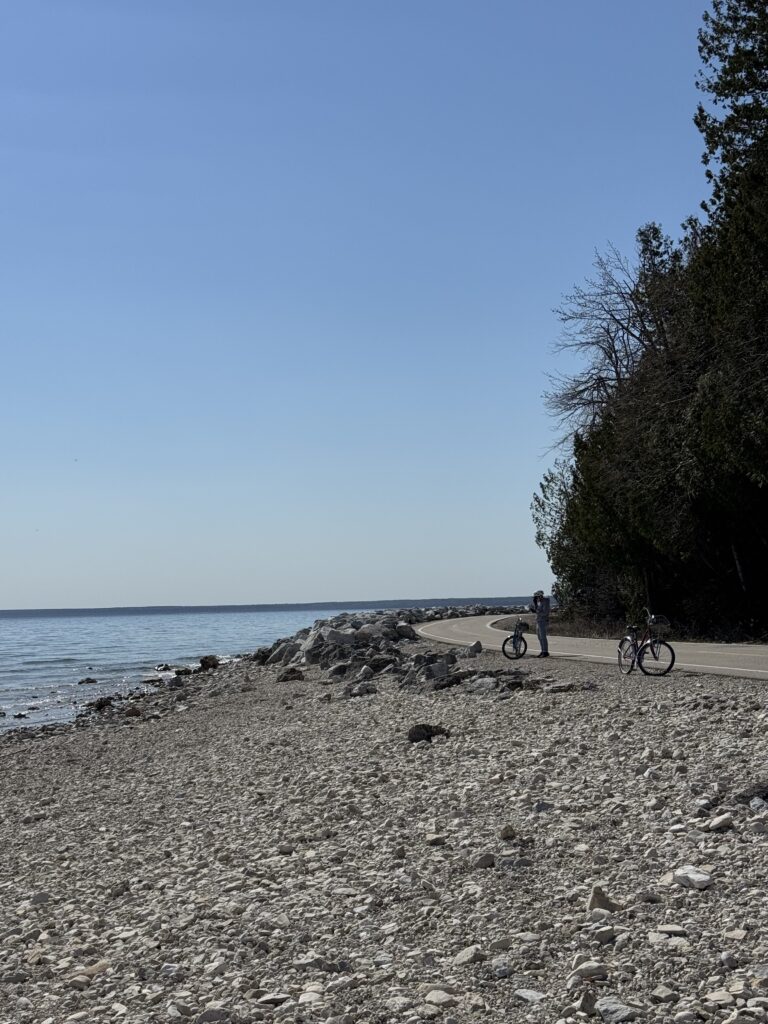
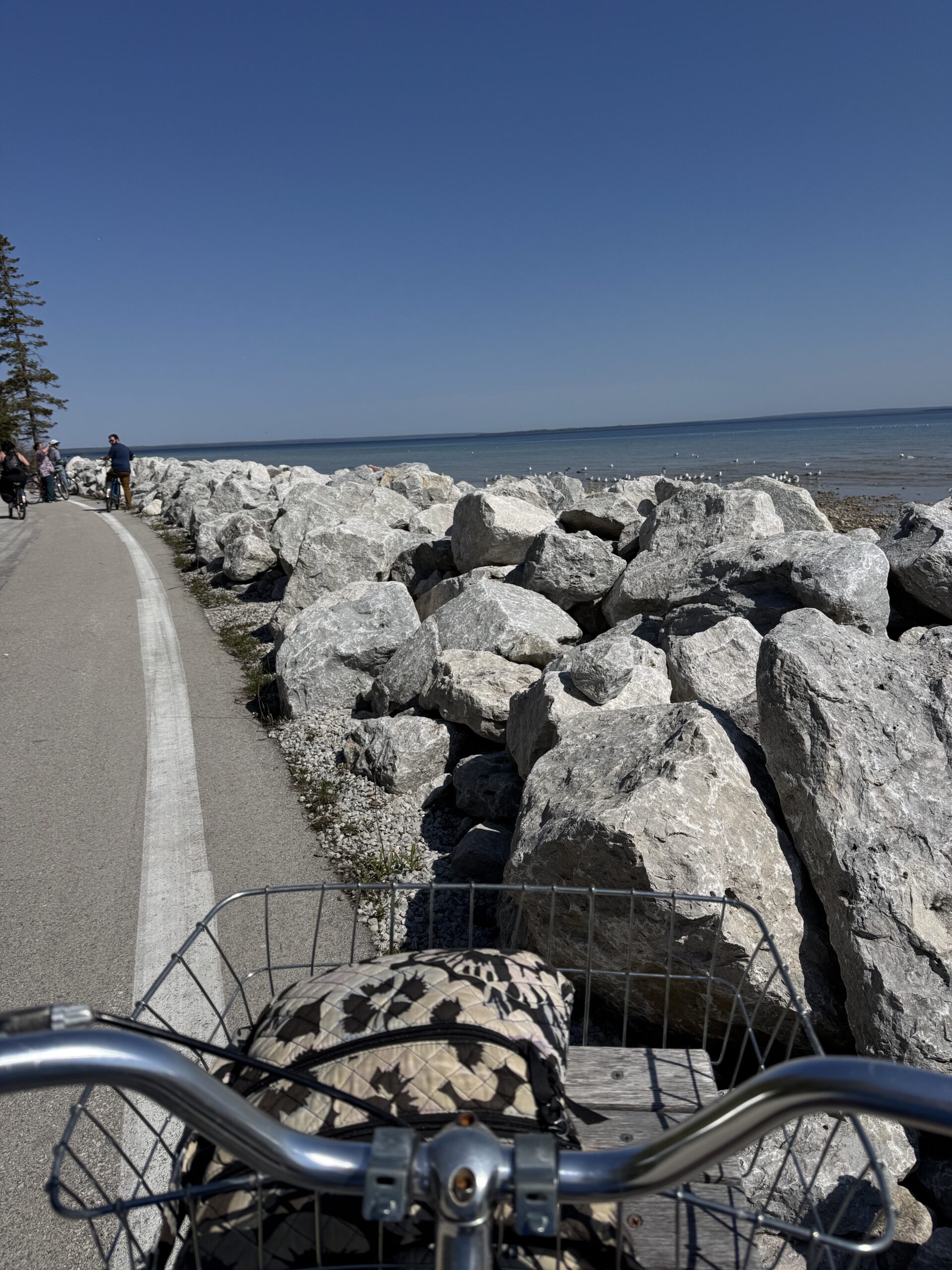
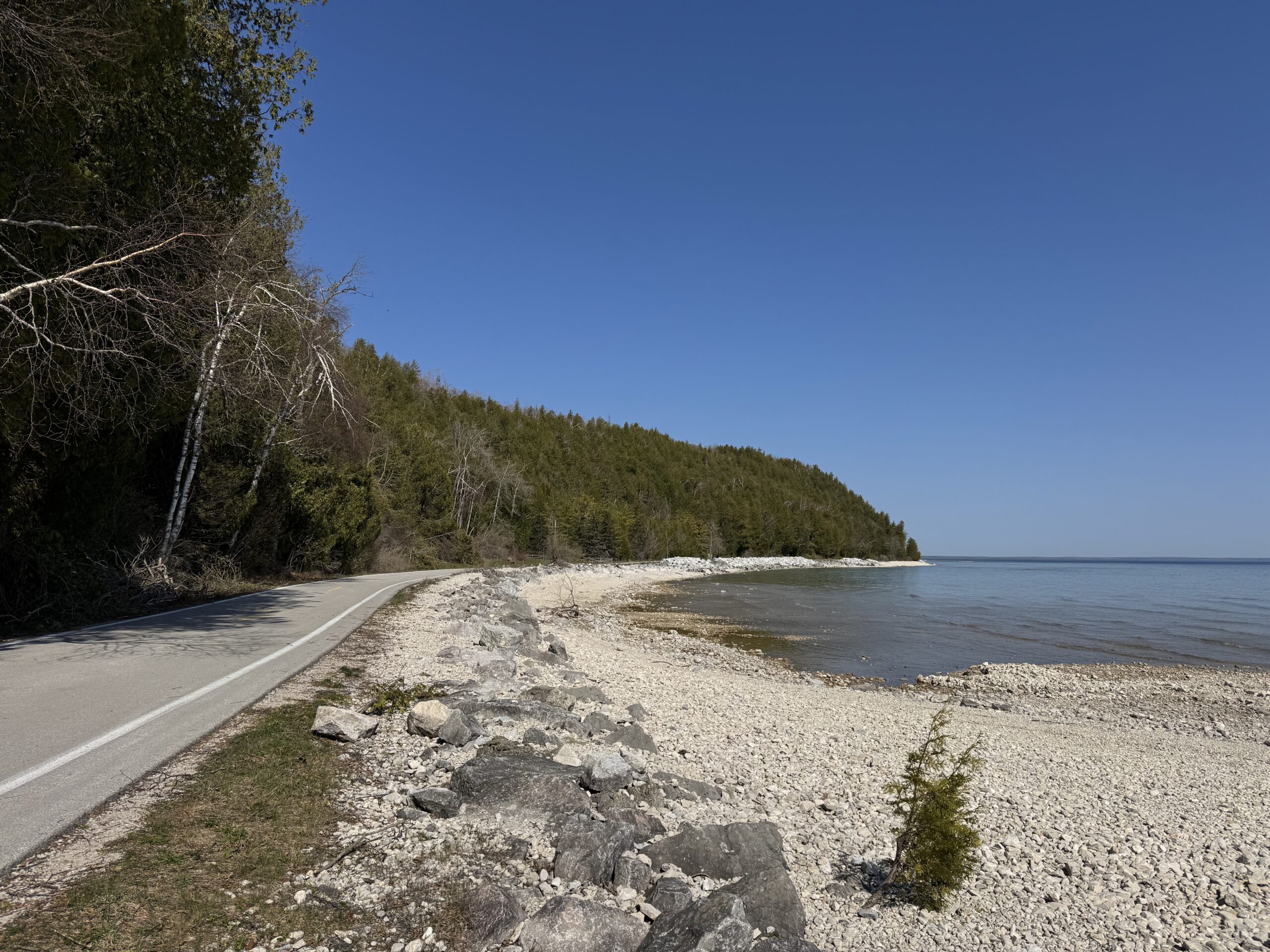
The next morning, we rented bikes so we could cycle around Mackinac! It’s only about 8 miles, and it was the perfect way to see the whole island in a fairly short period of time. We made lots of stops so that we could take pictures. The only negative is that this time of year has a lot of black flies in Michigan, and it seemed as though every time we stopped, we would get swarmed. At times, I was biking while holding my hand over my face just to try to keep them away from my nose and mouth. Thankfully, they didn’t bite.
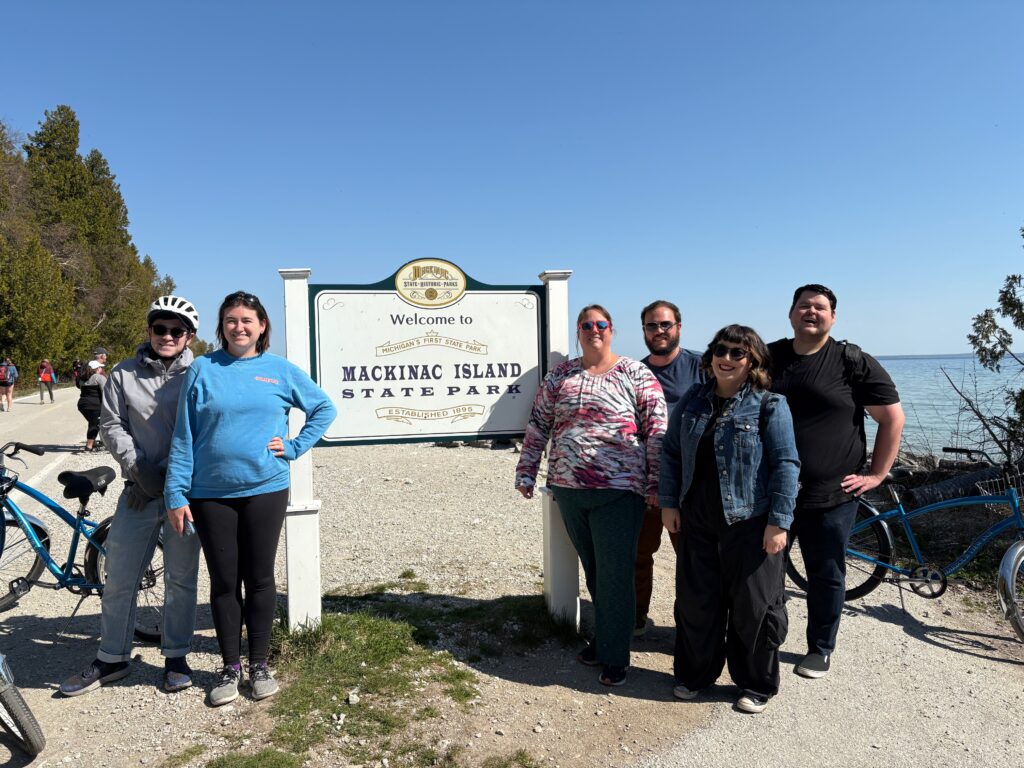
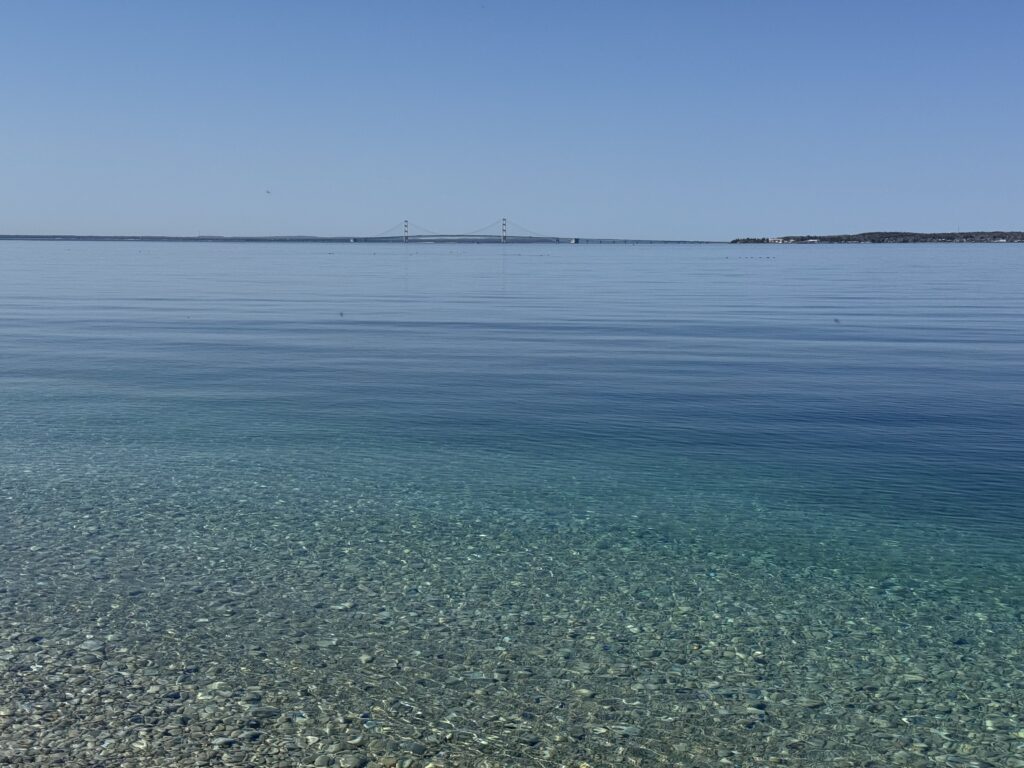
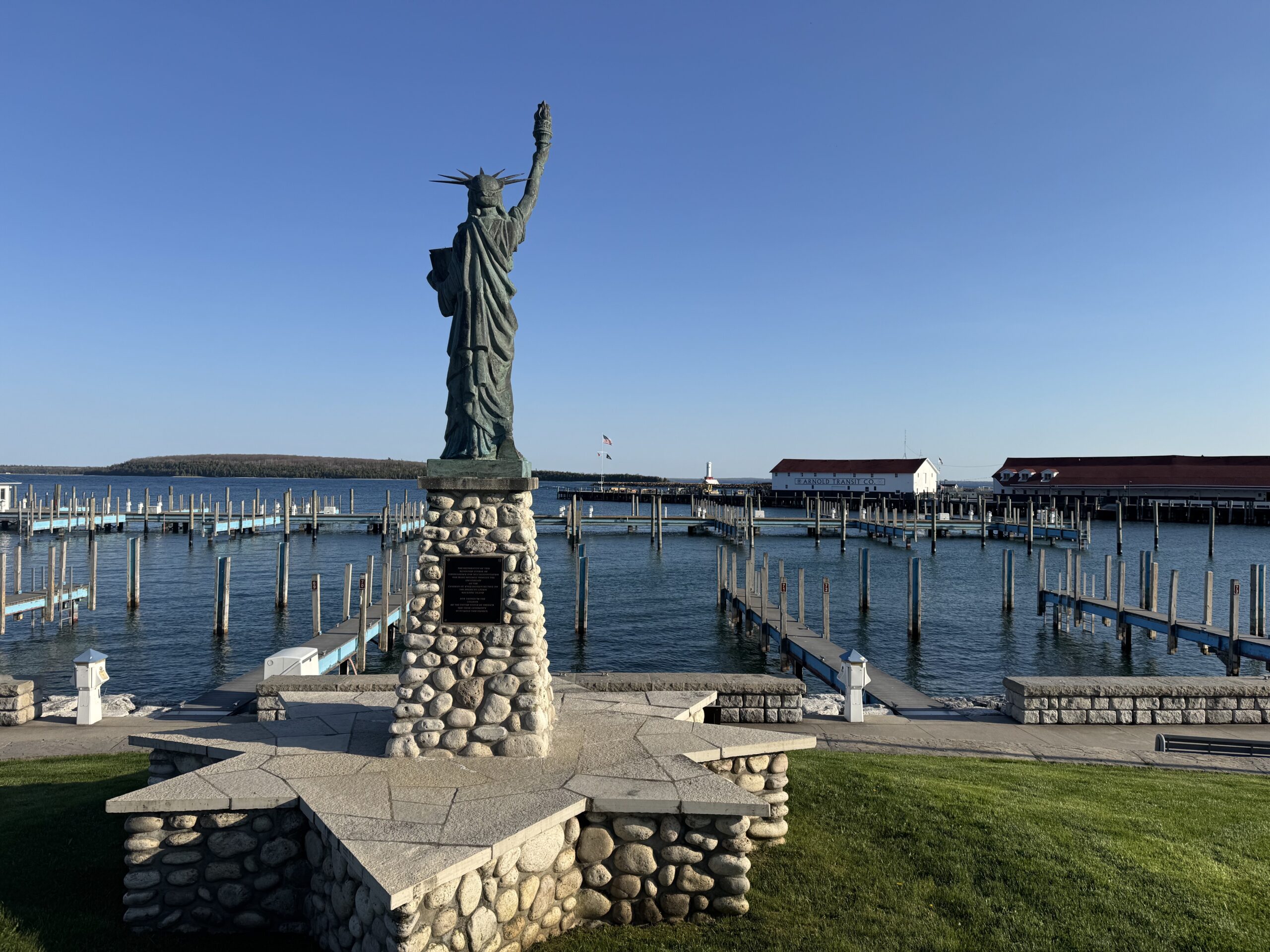
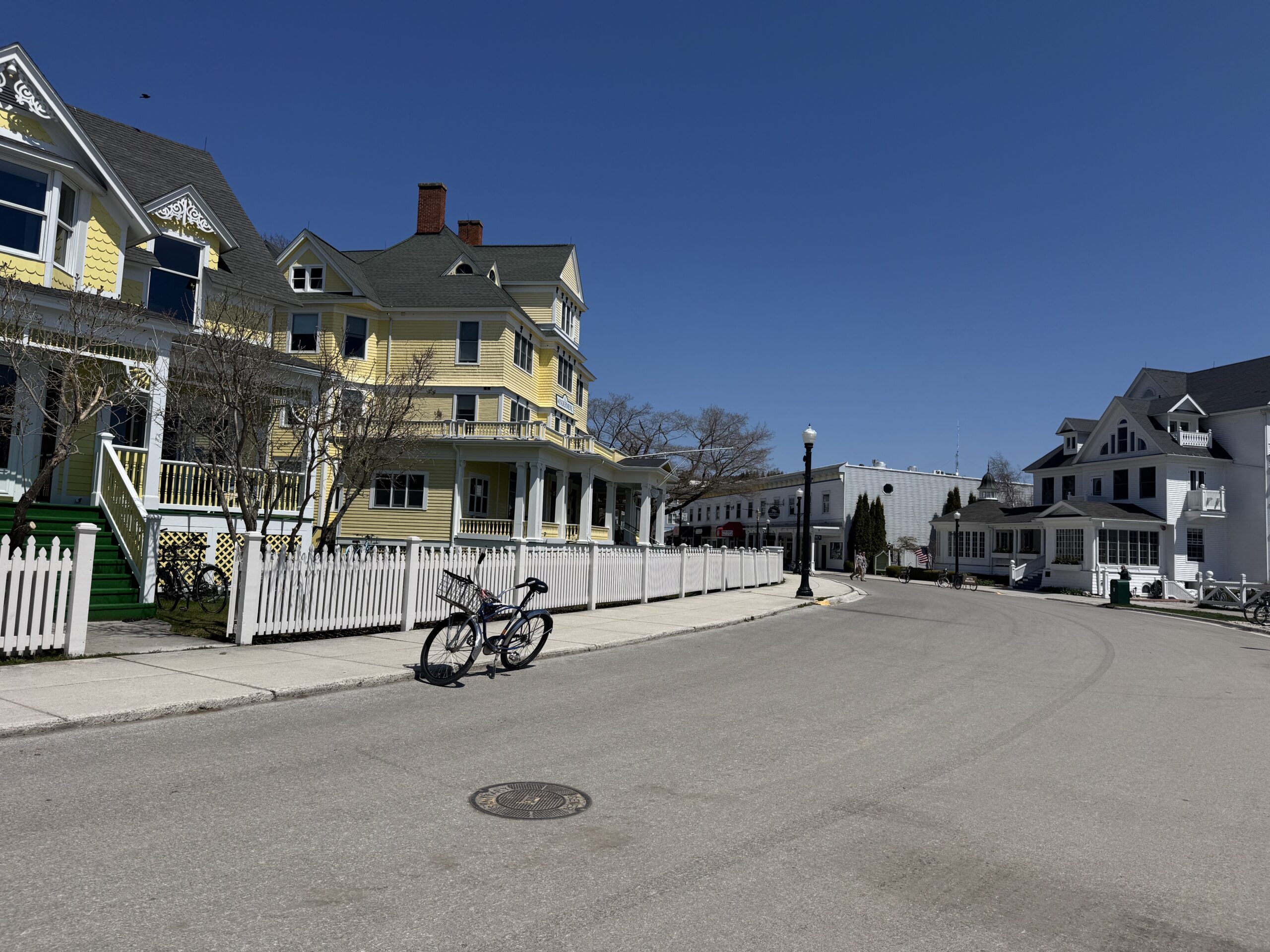
After a post-biking lunch, we headed up to Mackinac Fort! I loved the views from the hill. We watched a couple demonstrations on old-timey weapons and explored the museum exhibits about Mackinac’s history.
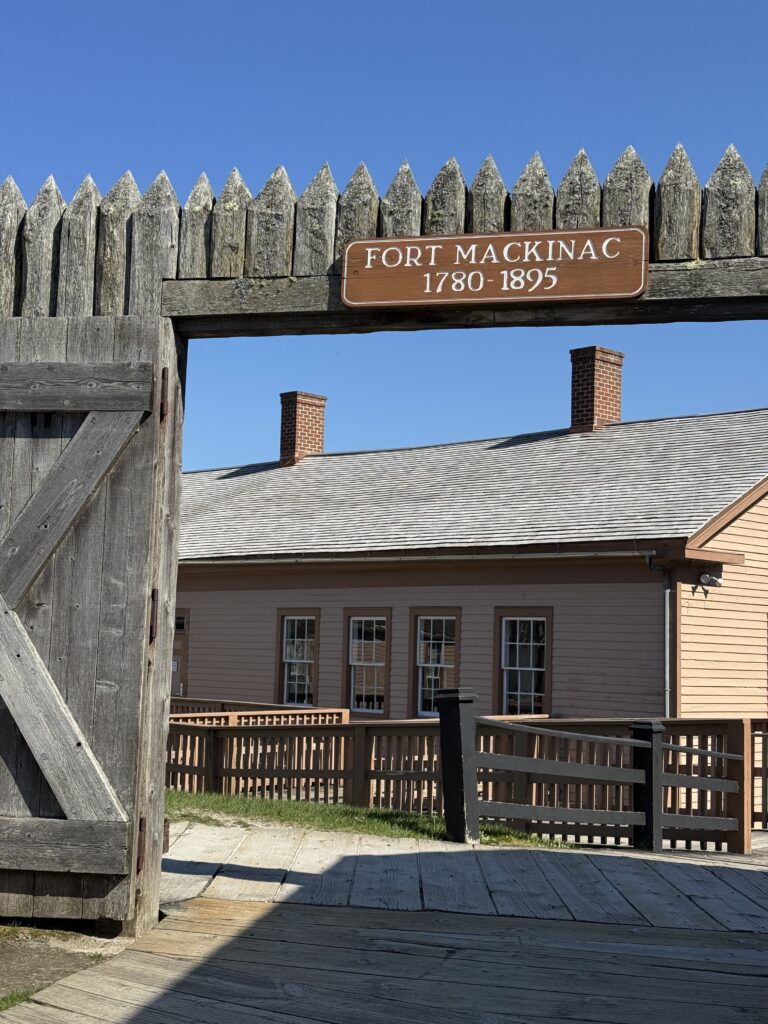
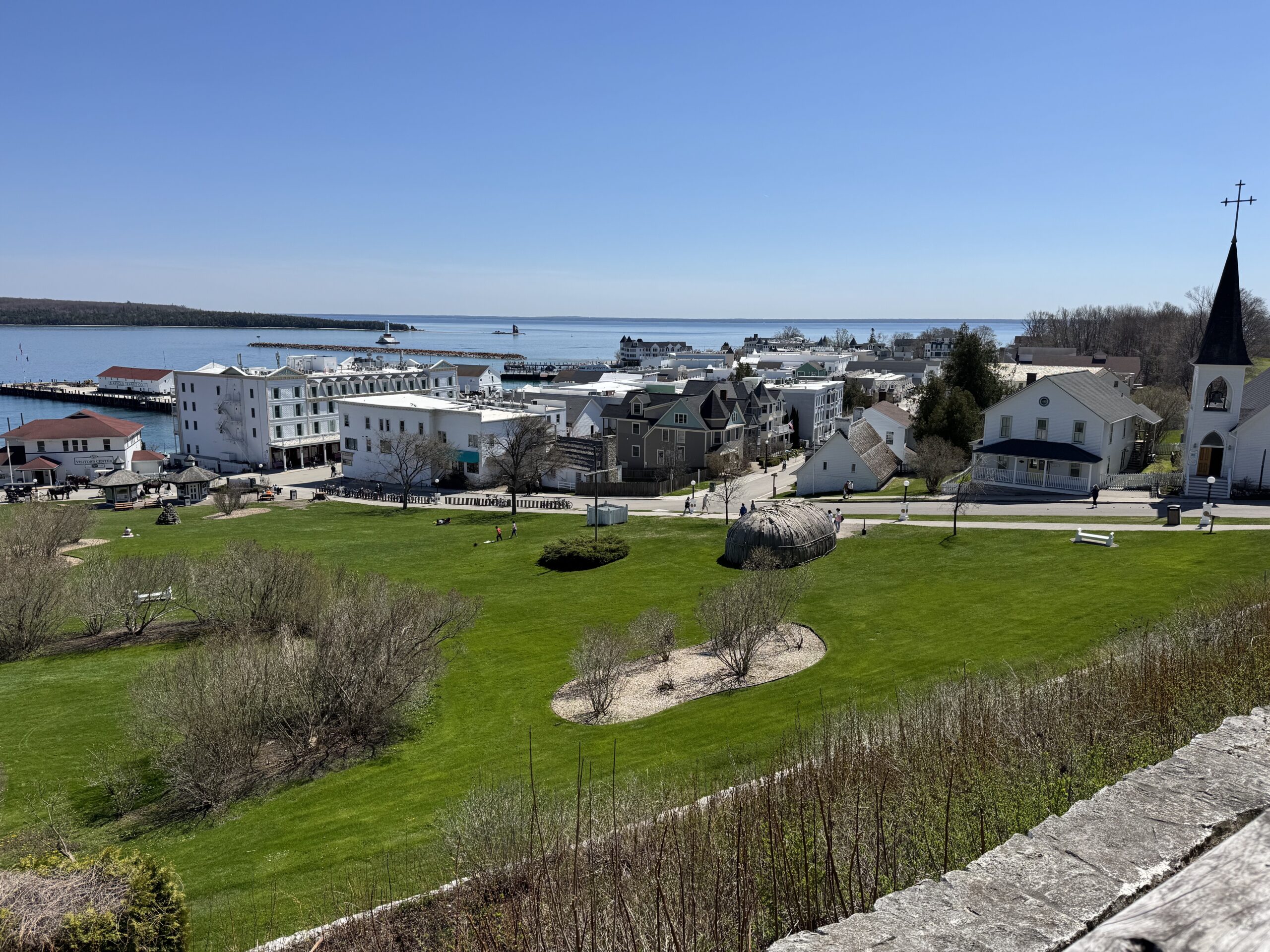

Of the various demonstrations we saw, my favorite was the blacksmith! He talked to us about the techniques used as well as what it’s like being a blacksmith in the modern era. He mentioned that doing something like this, where he gets to talk about the history and older techniques, is the only way he gets to make certain types of objects – something like a handmade hammer, for example, is prohibitively expensive compared to one made at a factory, and there’s no specific reason why handmade would be better. So this experience has been great for him to actually get to make some of the things he’s always wanted to try.
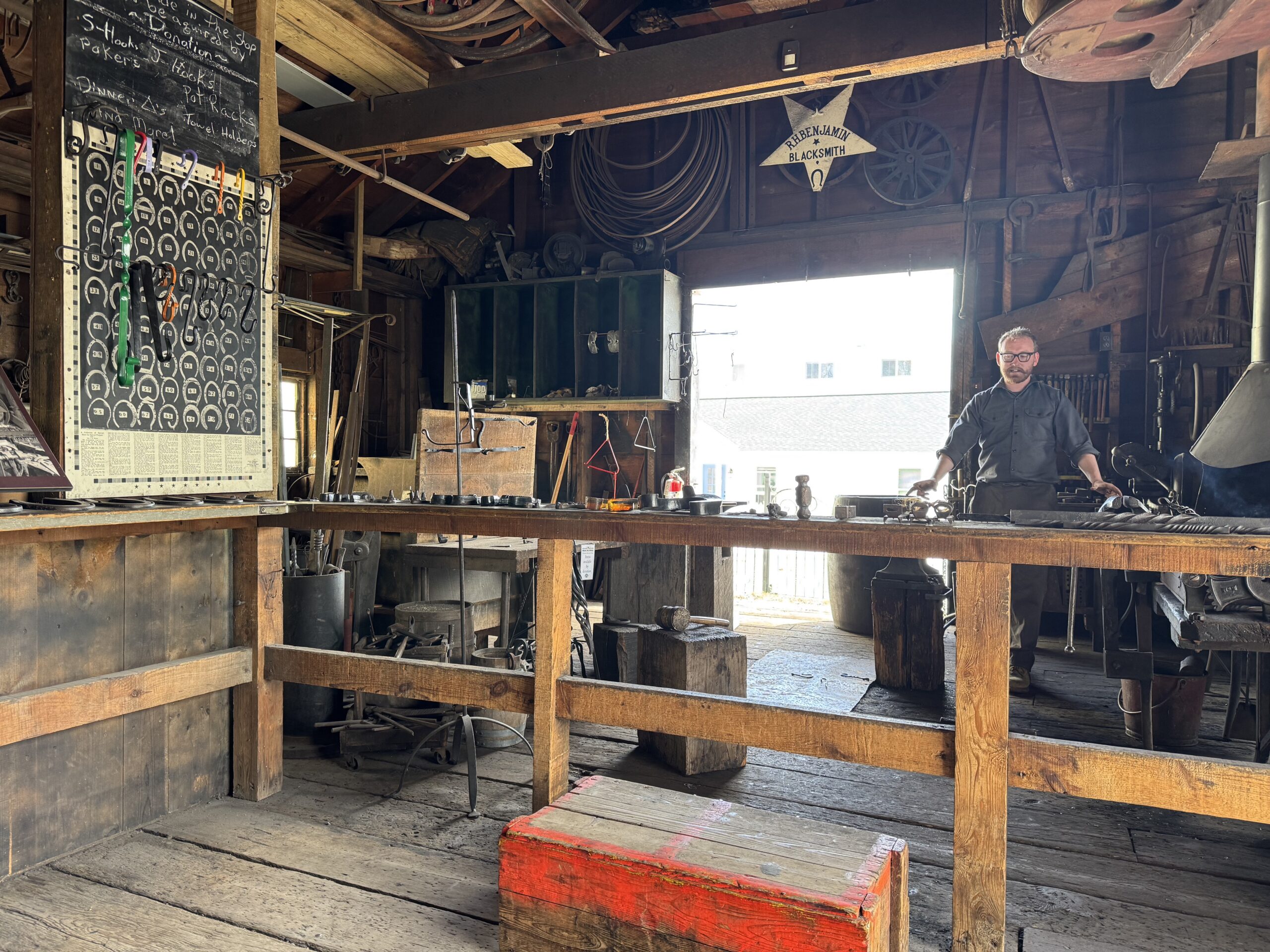
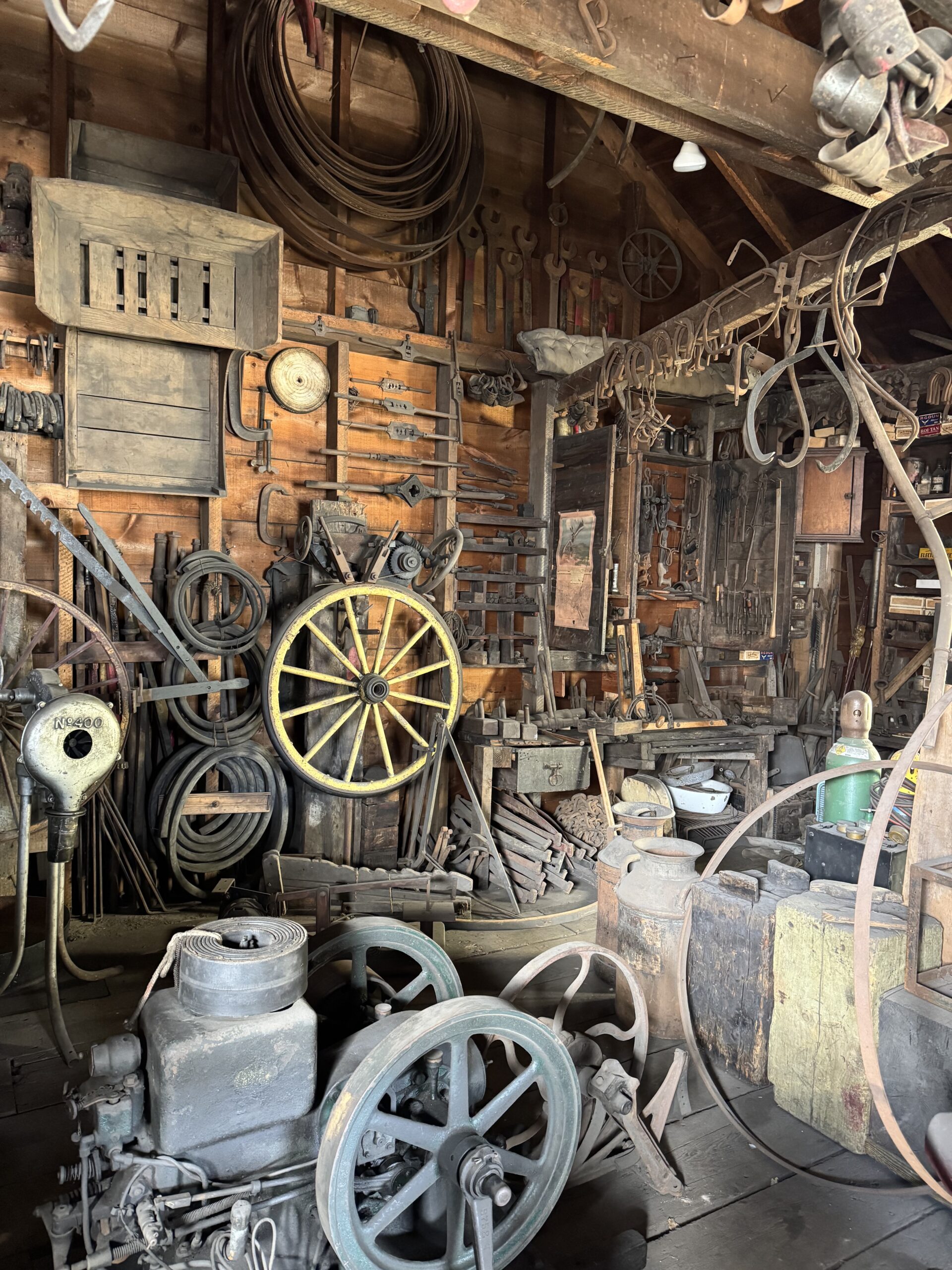
One of the mornings, we went up to Arch Rock. That area also had a visitor center, with more of a focus of the geography of Mackinac and some old photos of the early inhabitants of Mackinac at the rock.
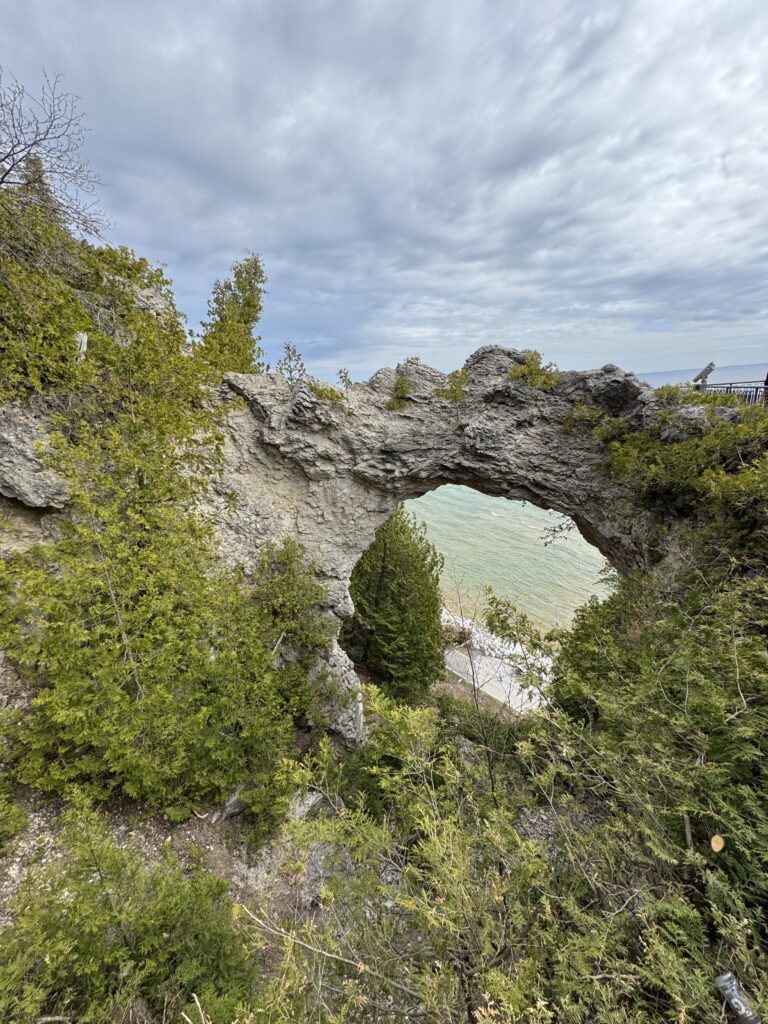
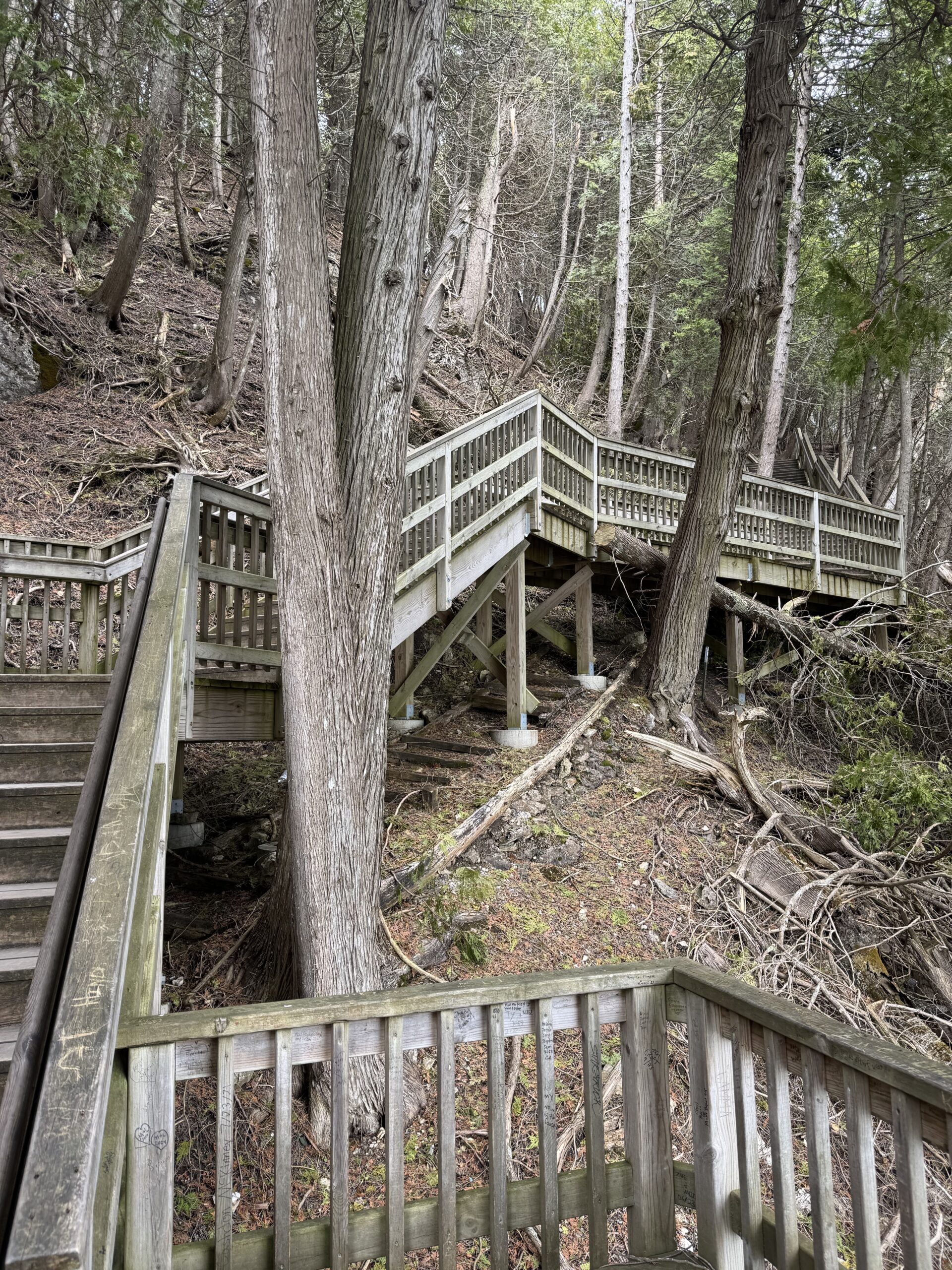
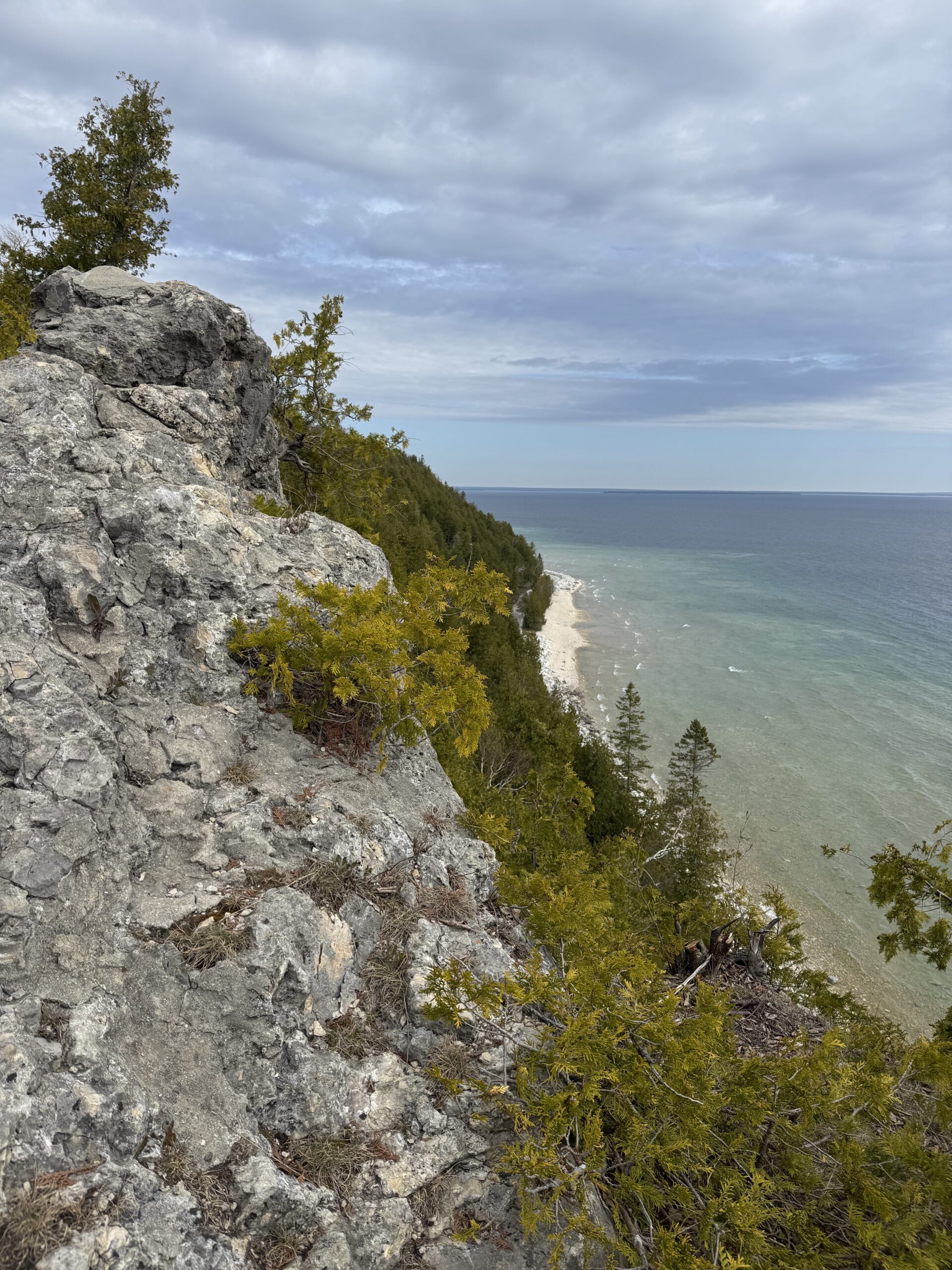
Mackinac was charming, and there is plenty to keep you occupied as a tourist. Lots of museums with exhibits on their history, natural sites to visit, and cute boutique shops. That said, for me, my favorite parts of the experience were the aspects that showed more of what it would be like to live there. One of the days, we walked inland, outside of where the tourists stayed and into the part of town where primarily locals and summer workers lived. It was so interesting to get a small look at what it takes to run a place that is seemingly set in the past. The play between traditional and modernity – the horse-drawn cart pulling Amazon packages, the police bike parking, the Starbucks sandwiched between fudge shops that gets its ingredients by ferry and horses and bikes. Part of me wants to get a job there for a summer or something, just to experience the daily rhythms of life there for a few months.
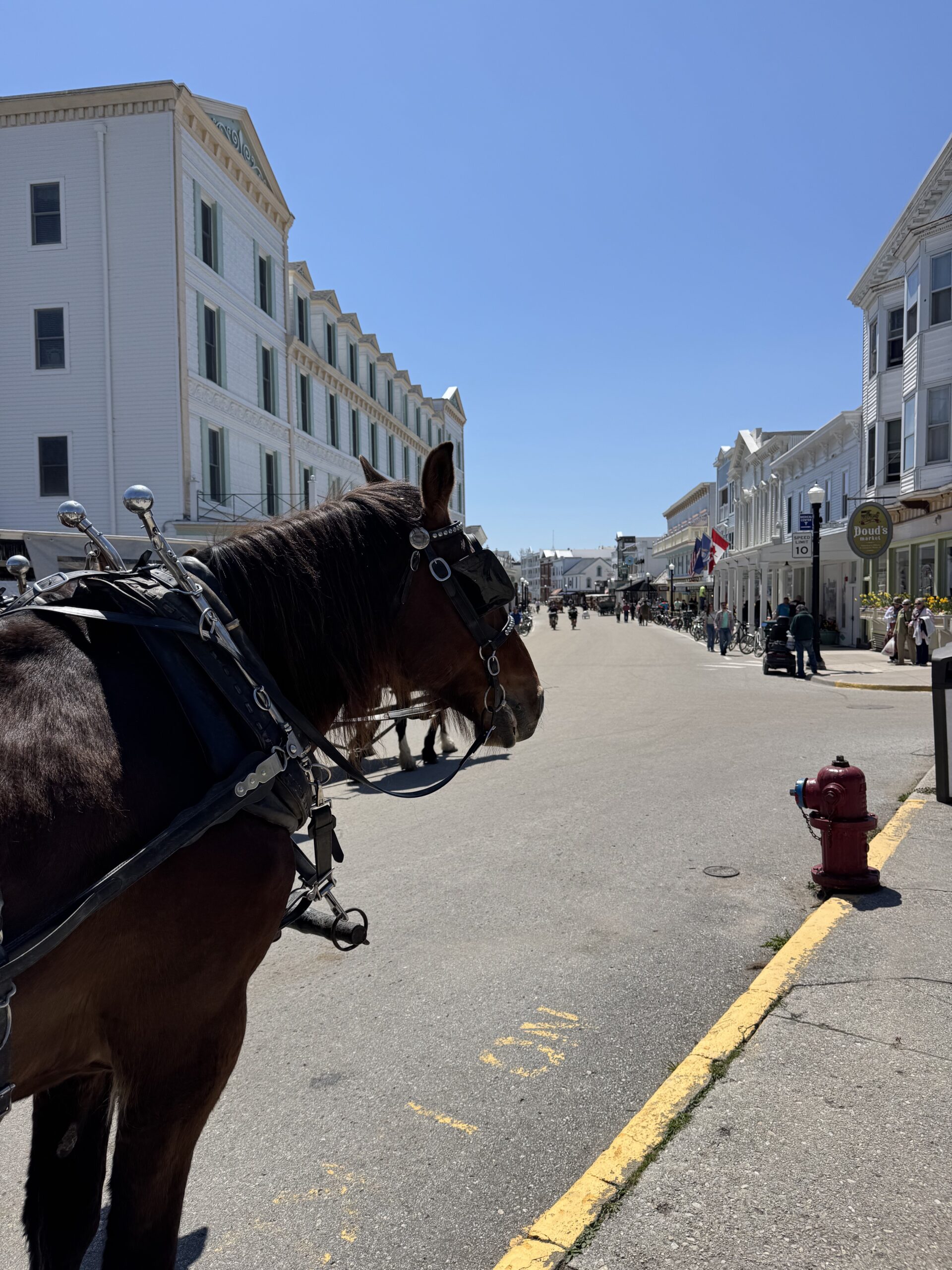

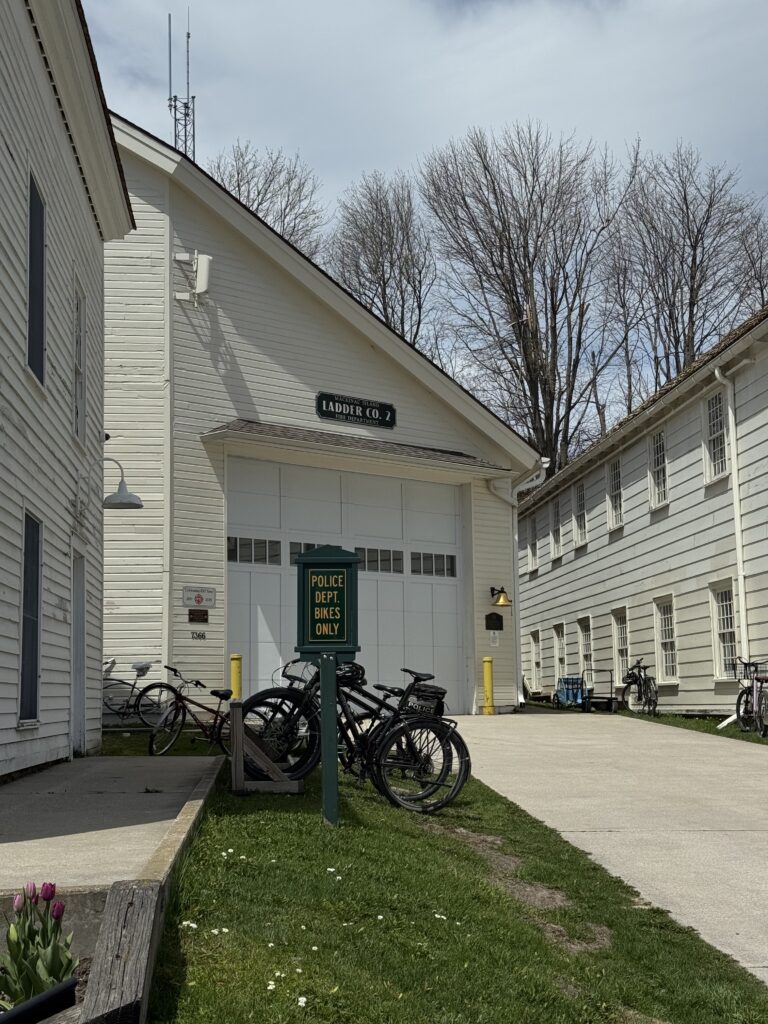
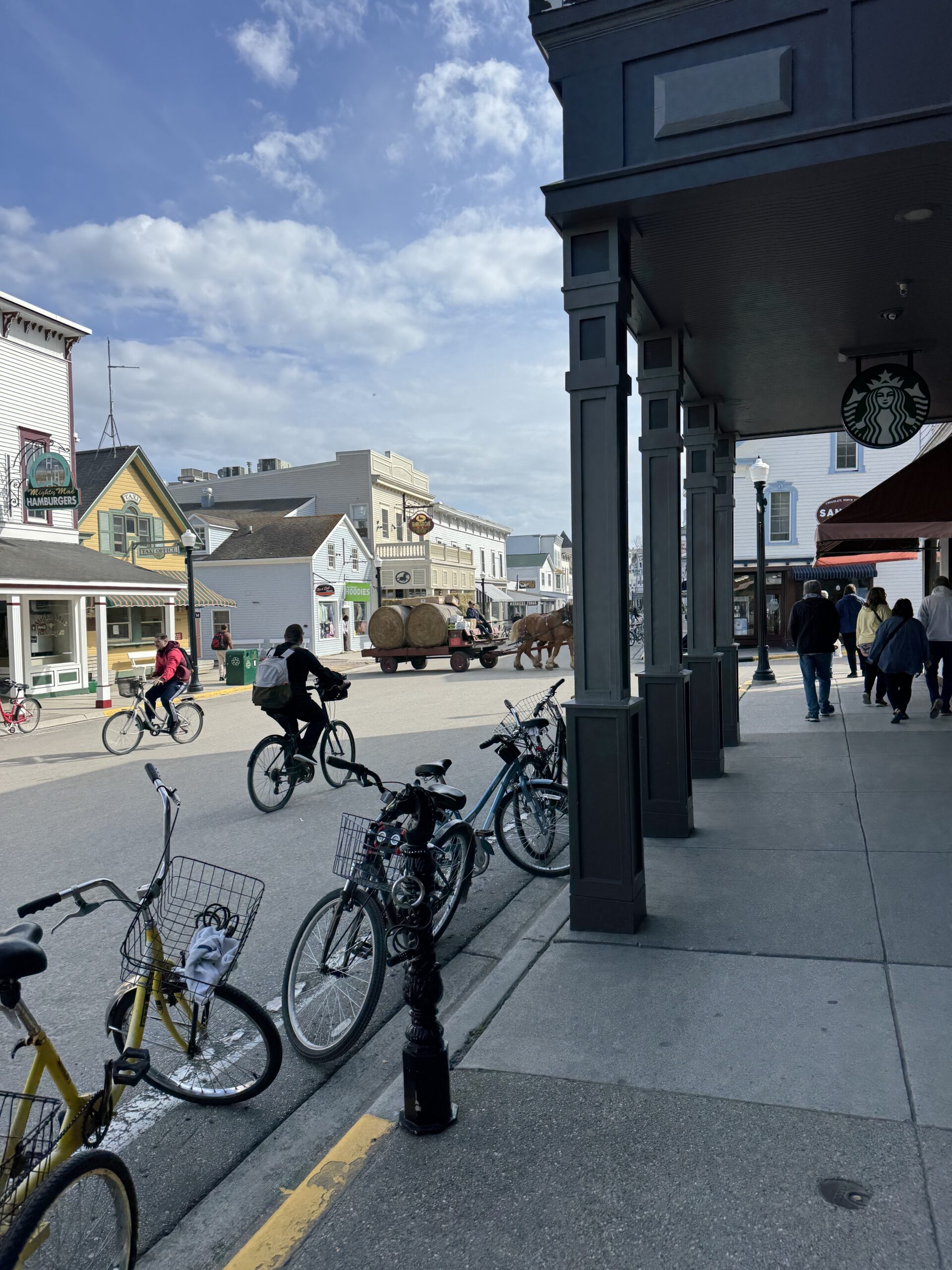
It was an amazing trip. Mackinac is truly special and unique, and I was so happy to spend some time there with people that I’ve been friends with for almost a decade. I would definitely recommend it if you’re looking for a summer lake destination!
